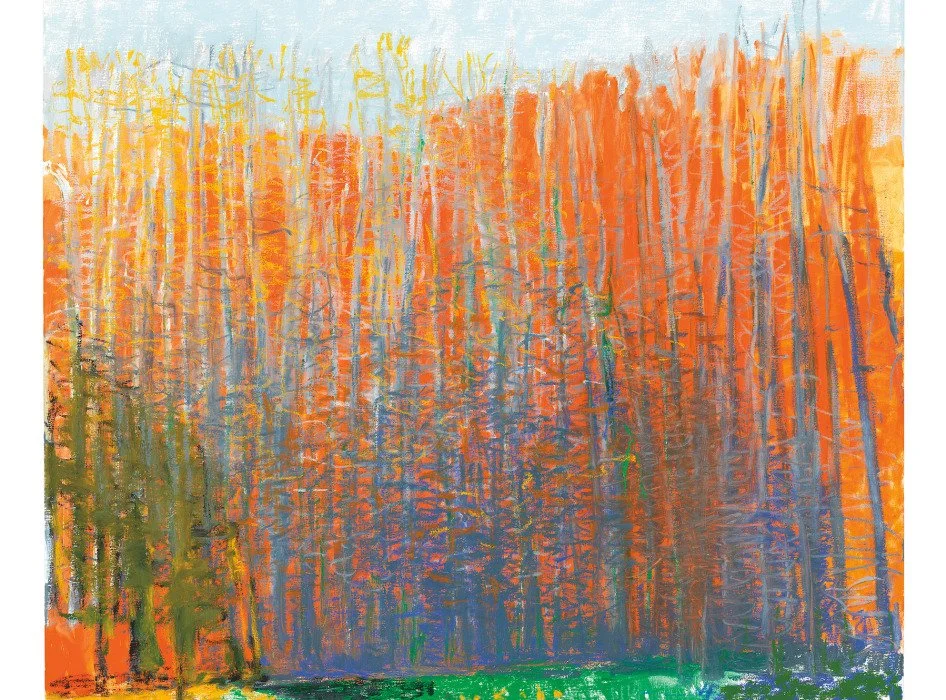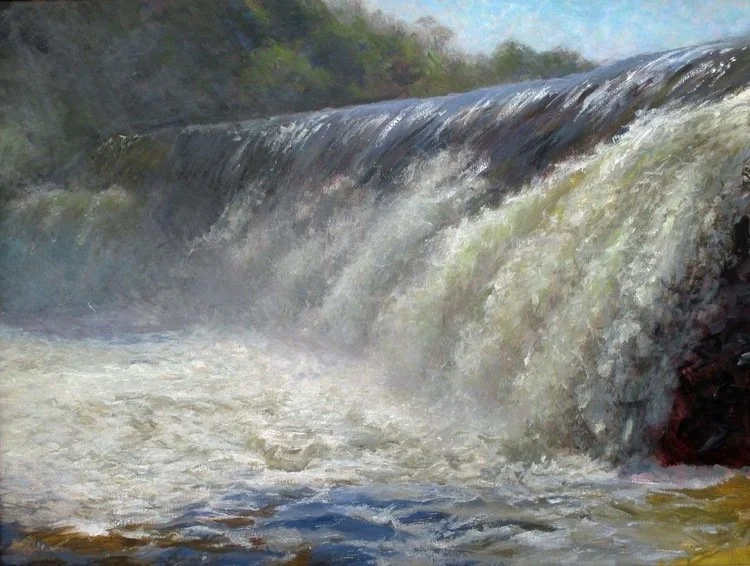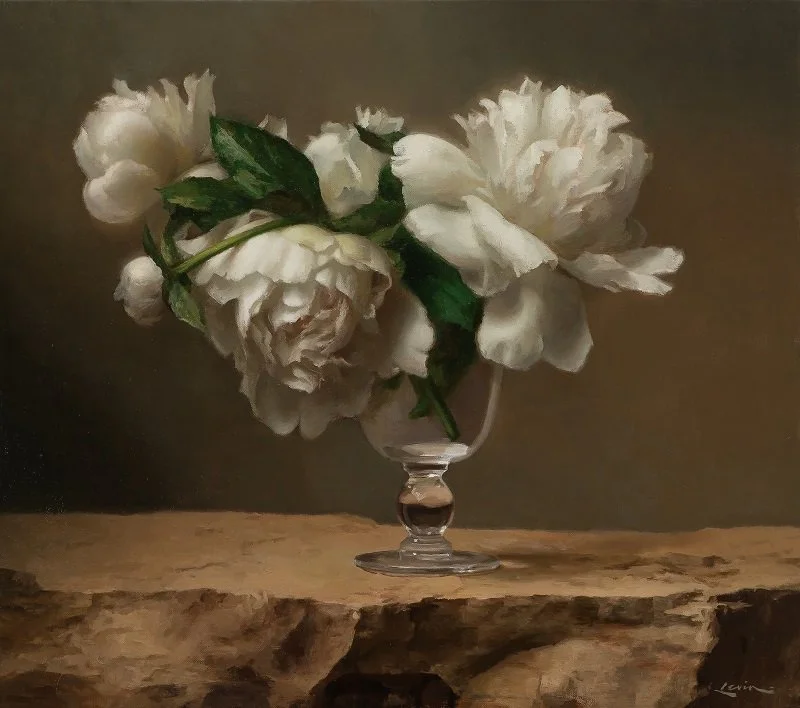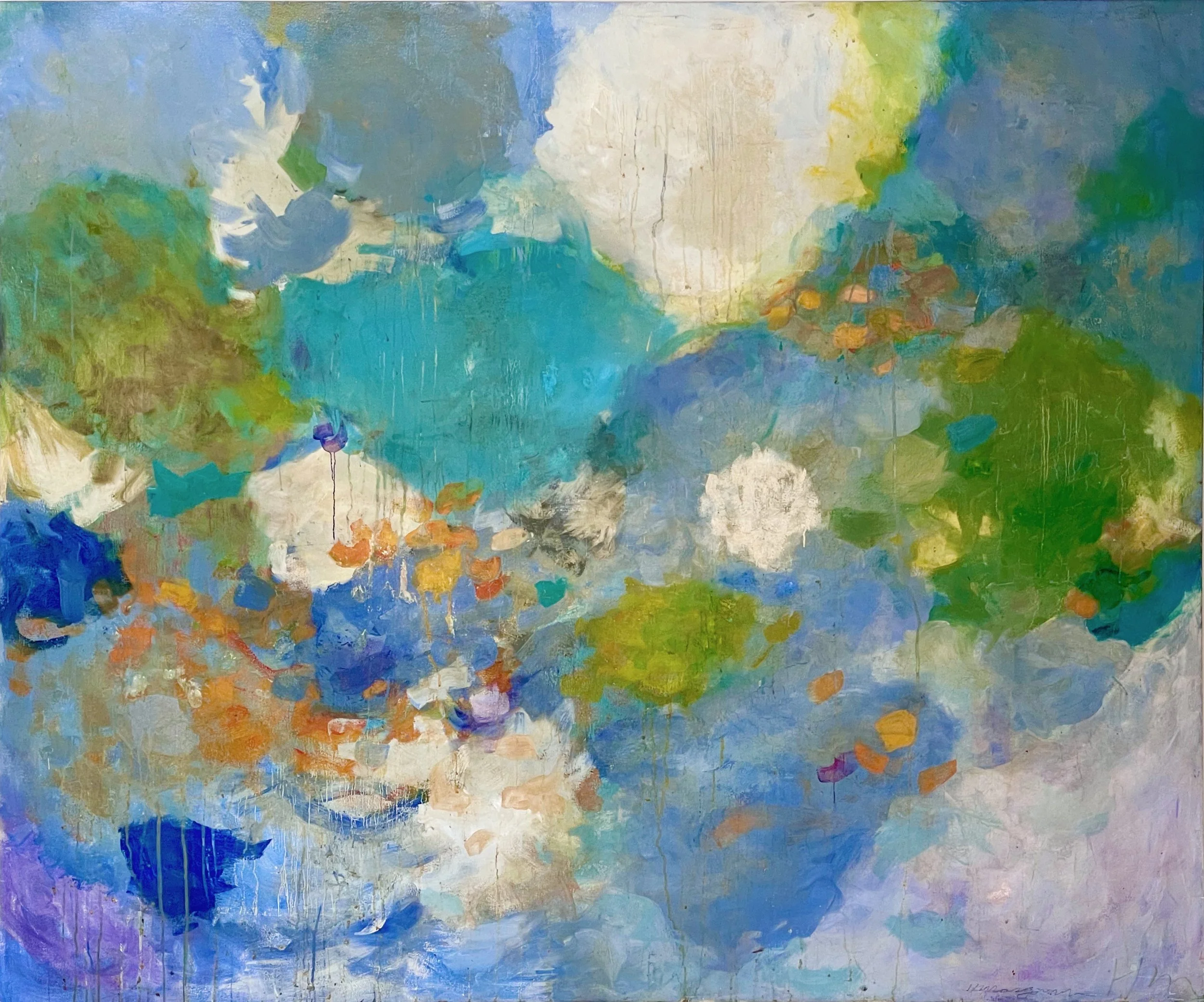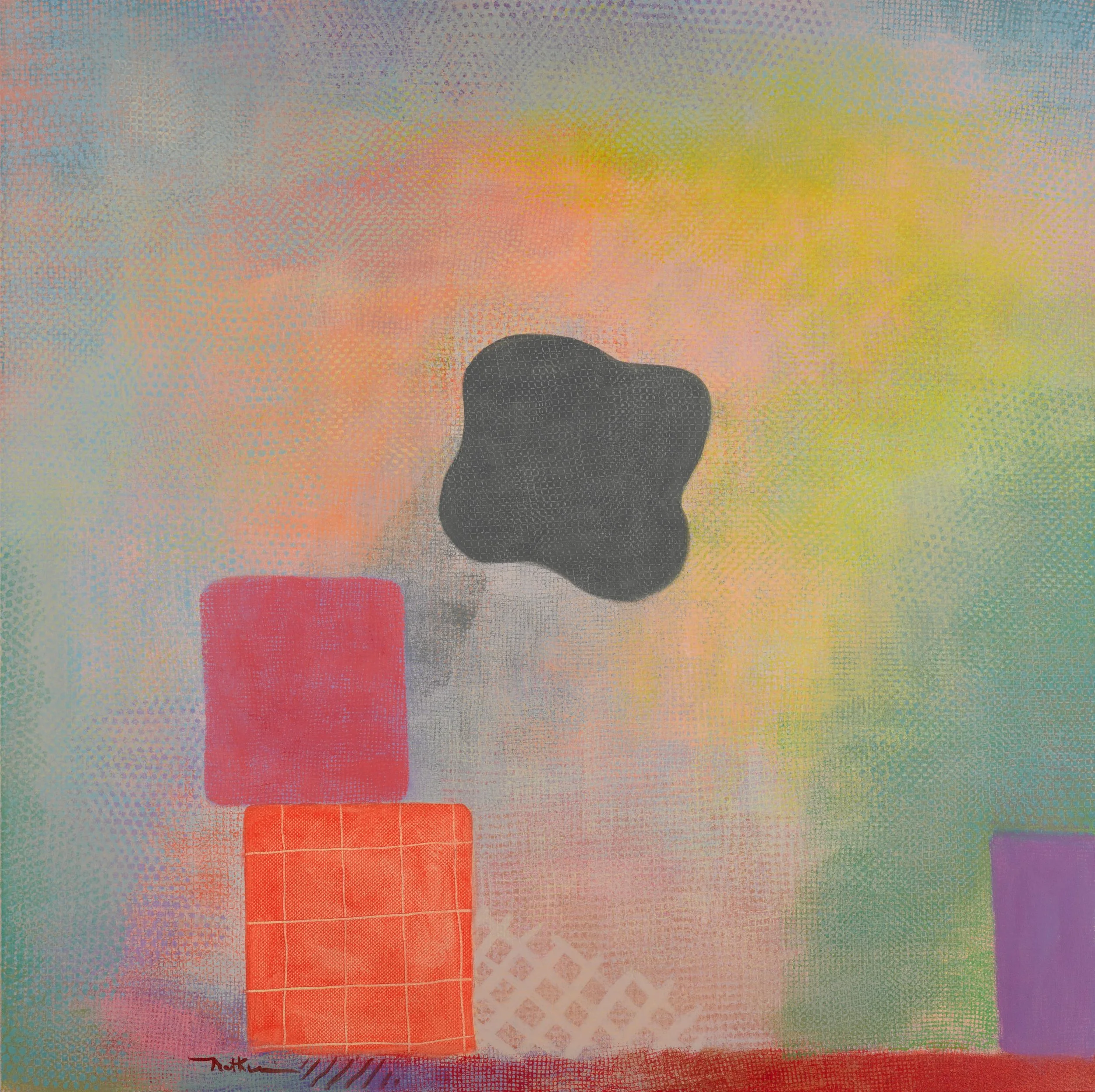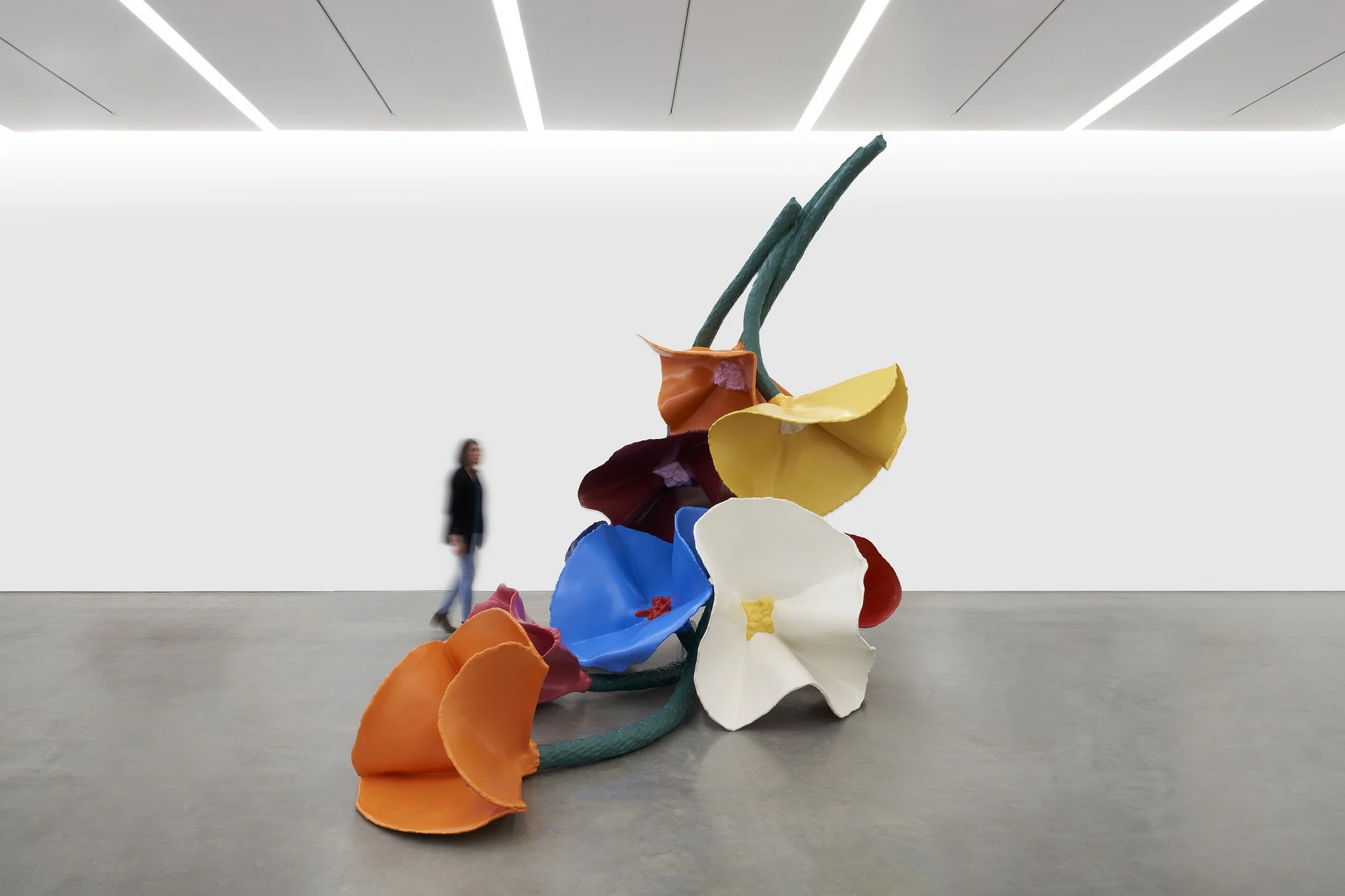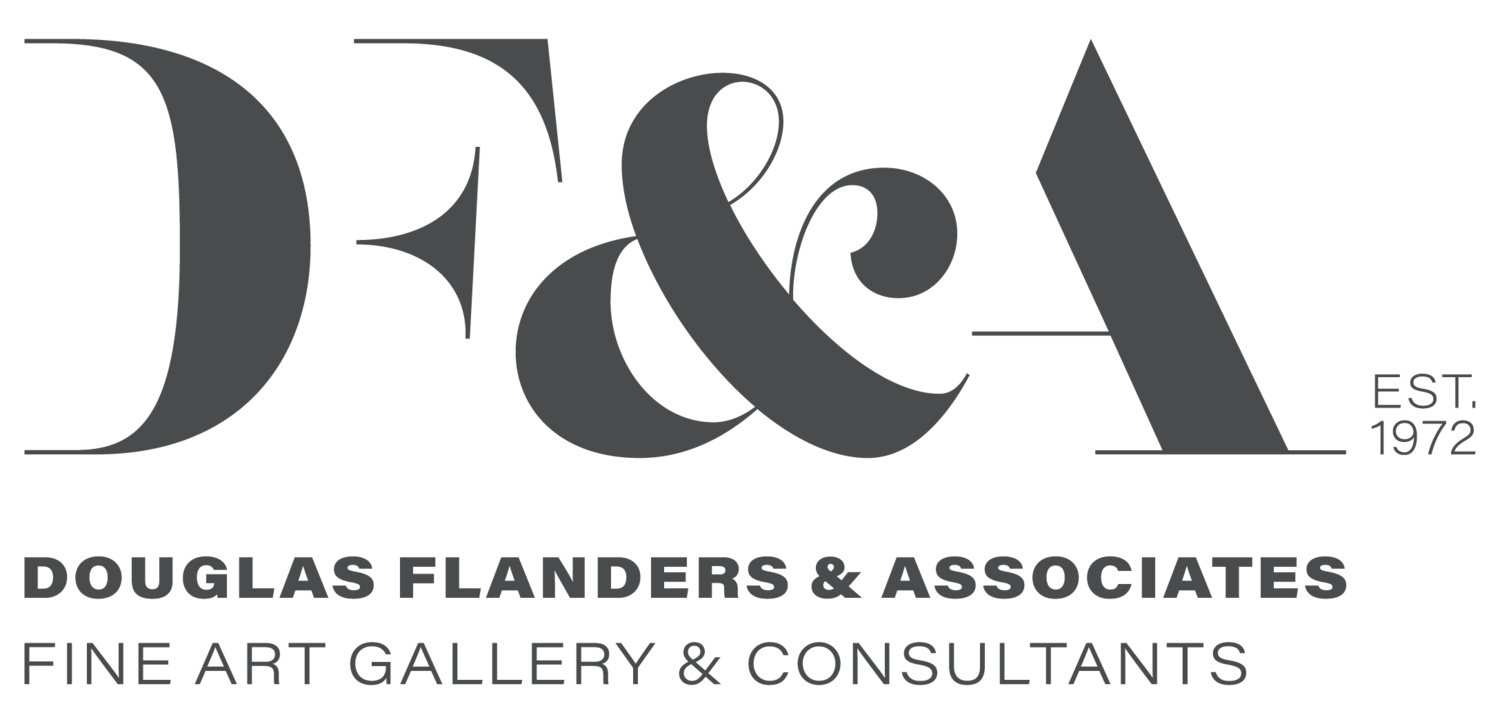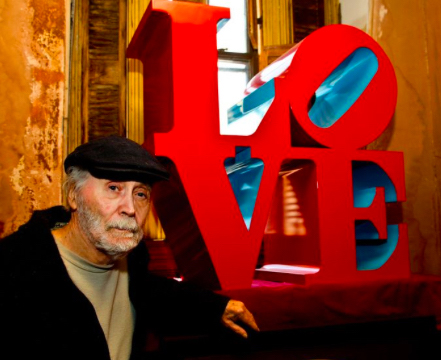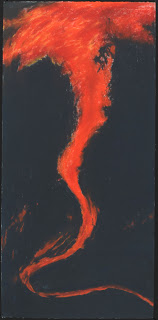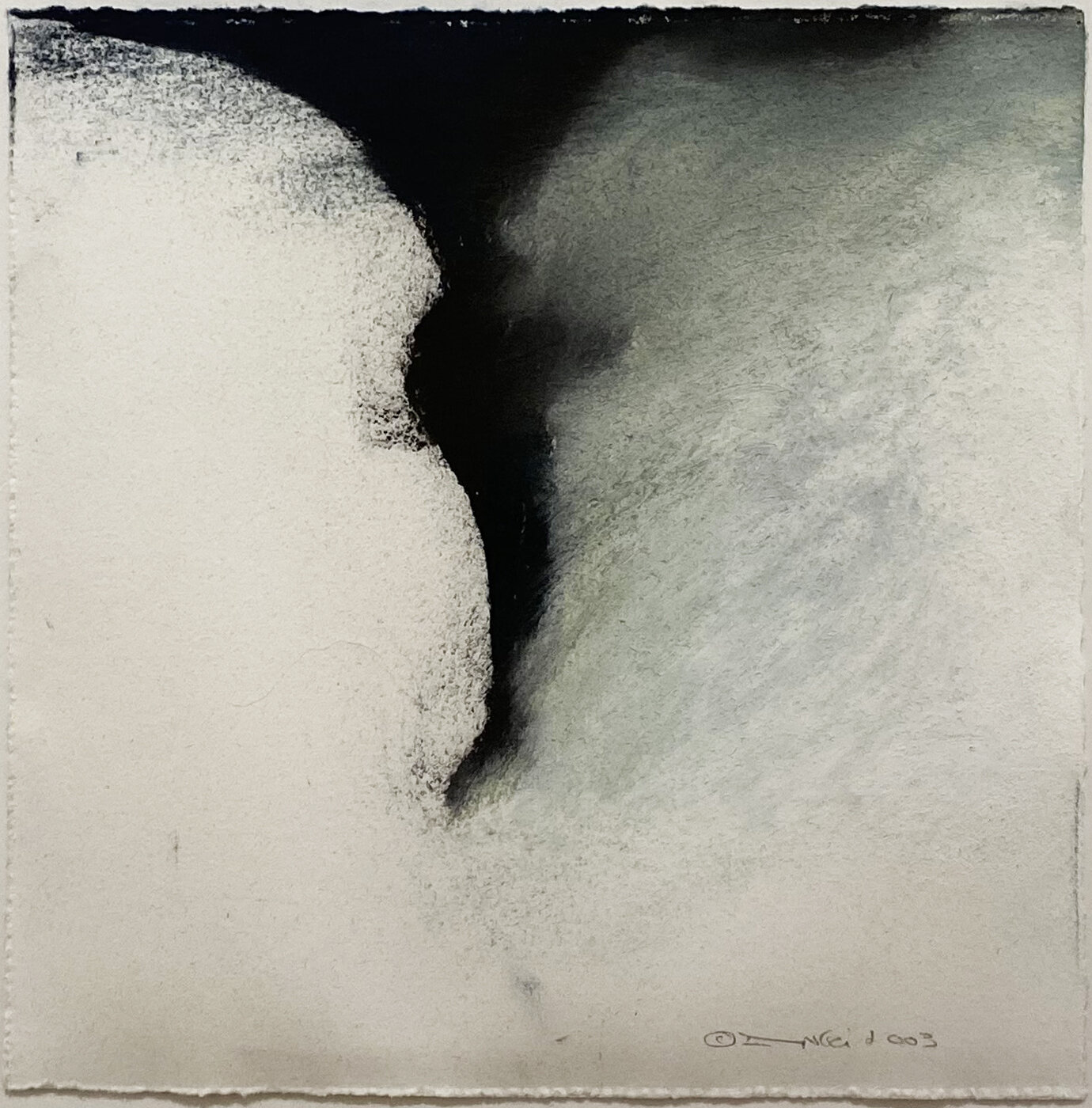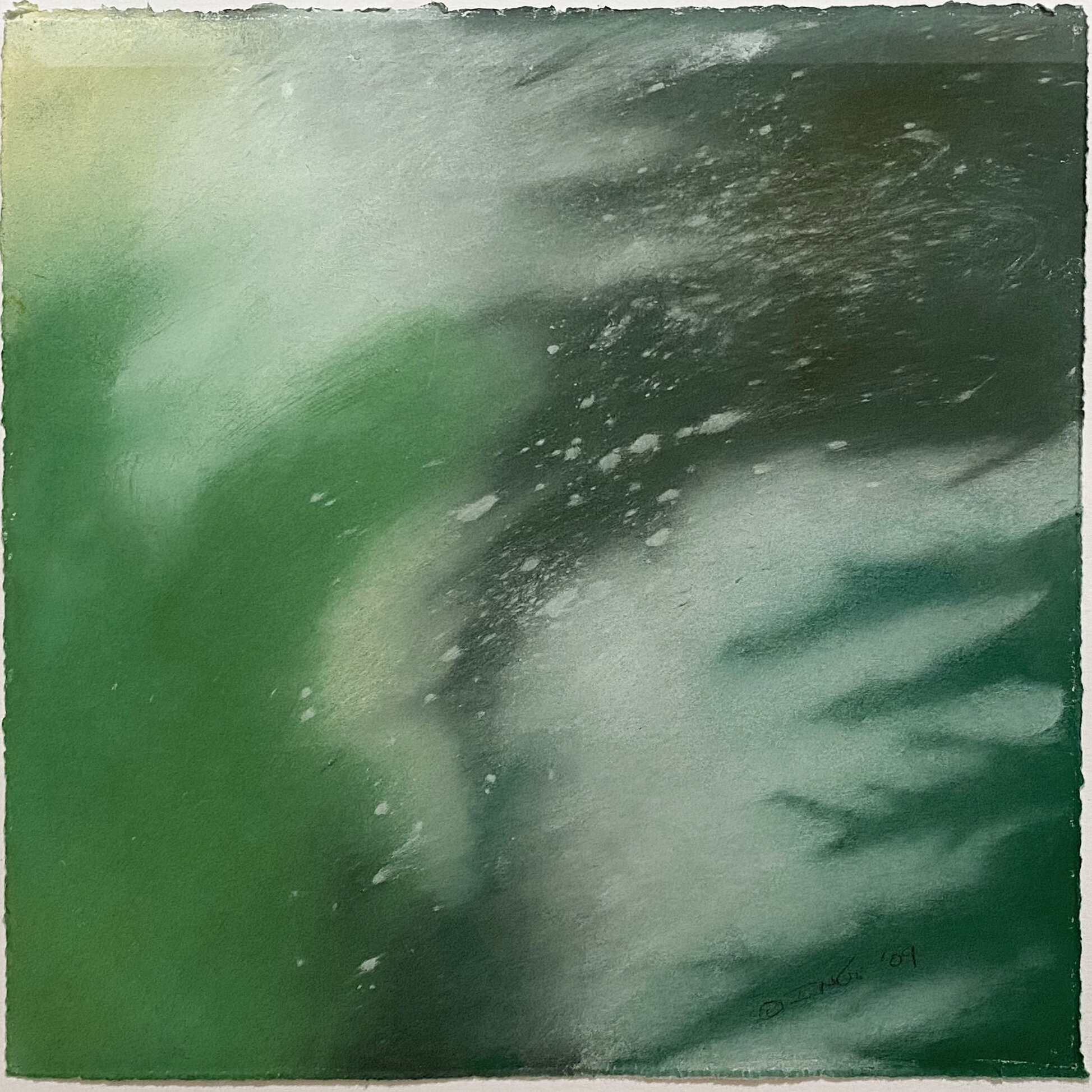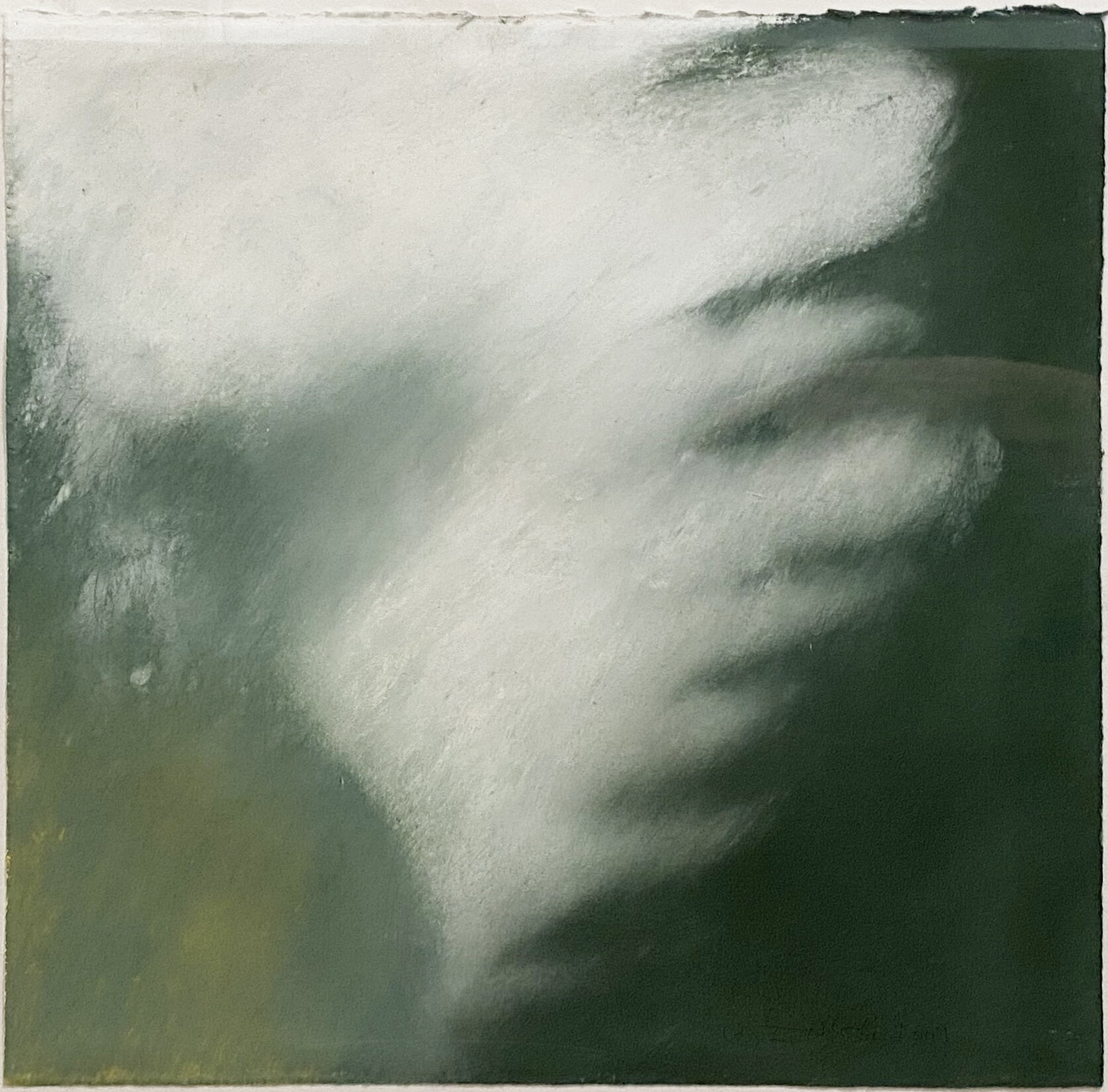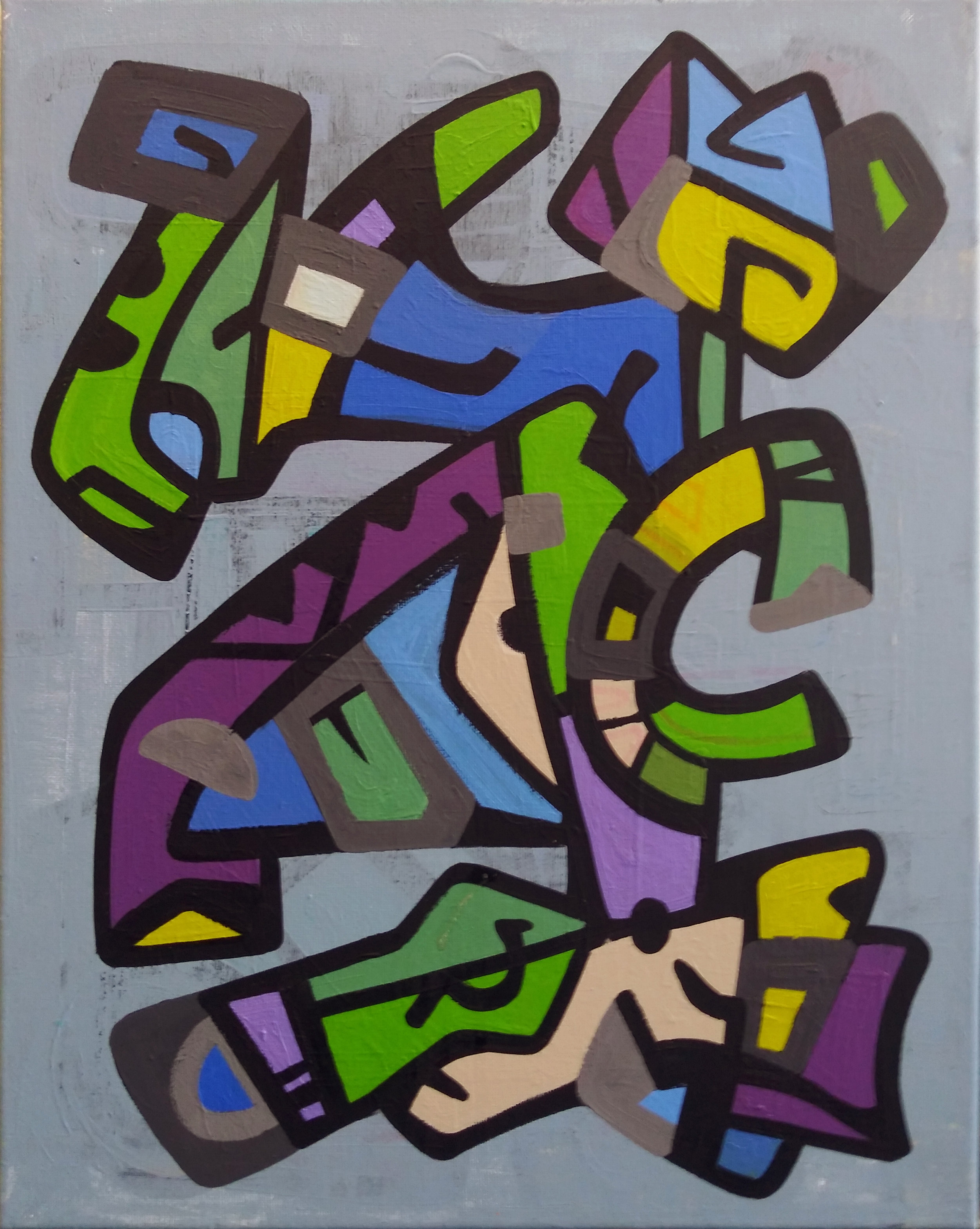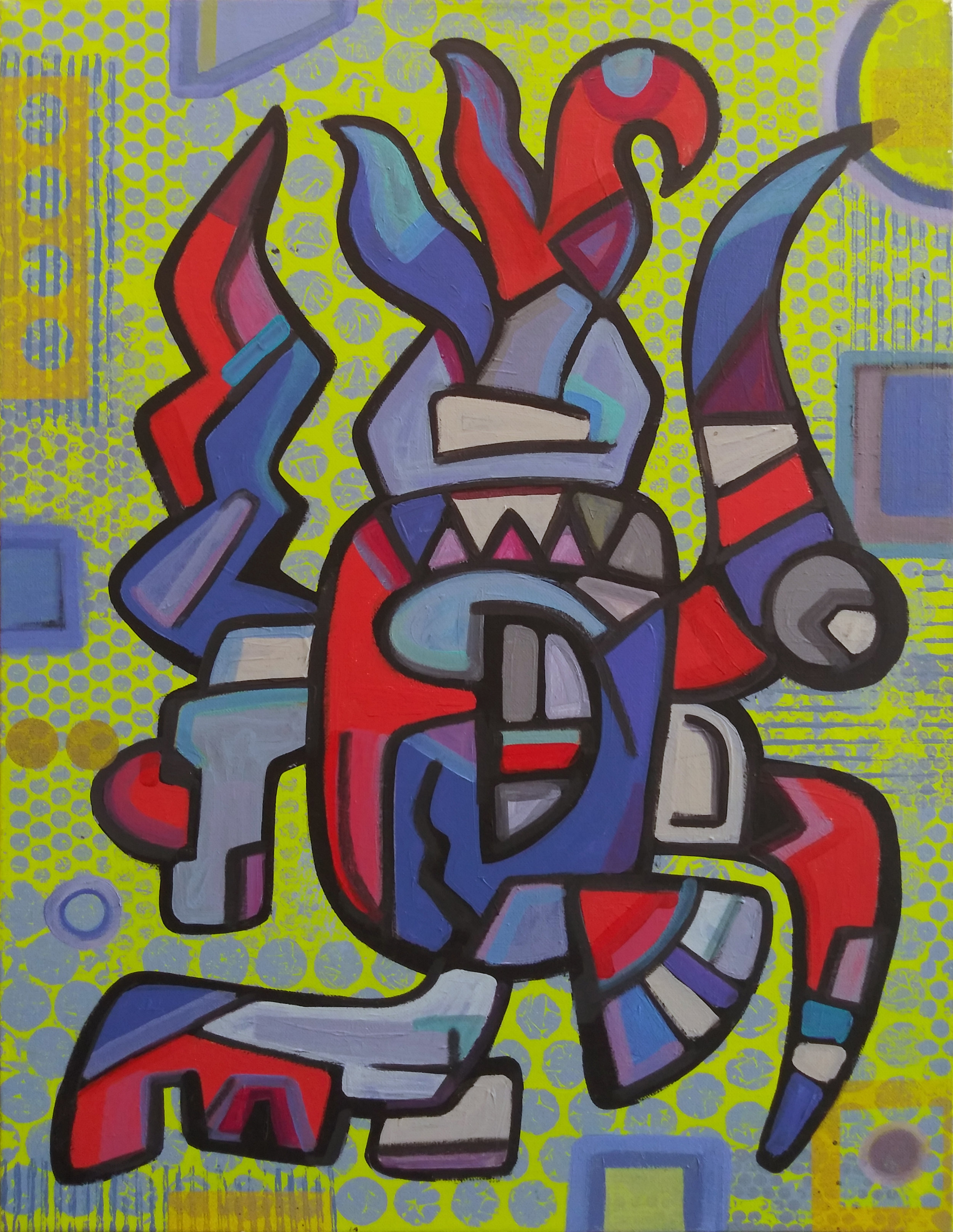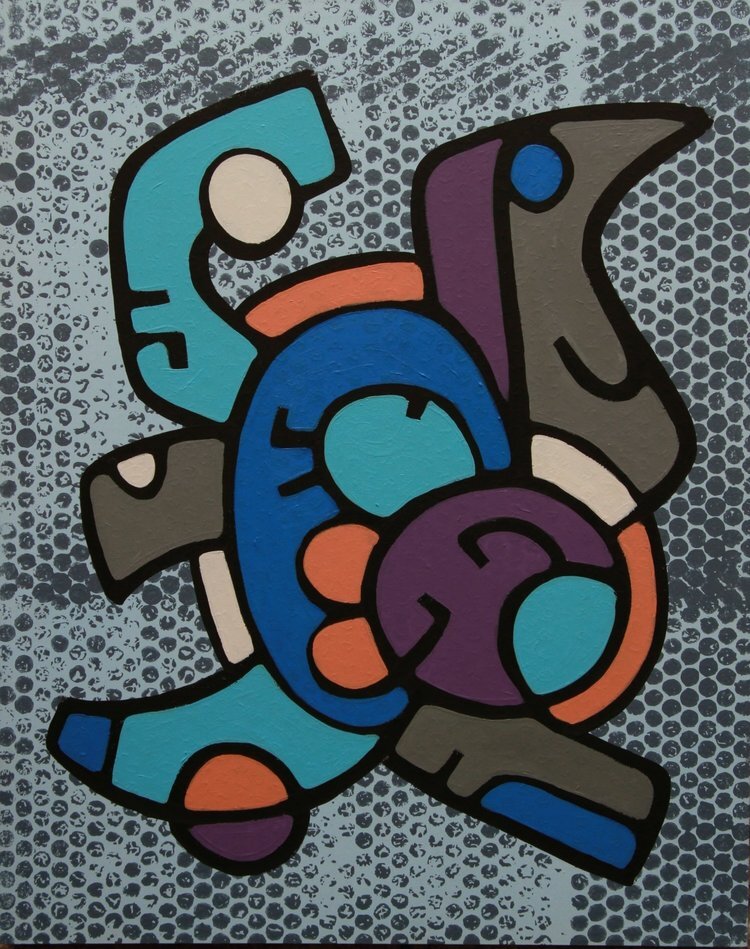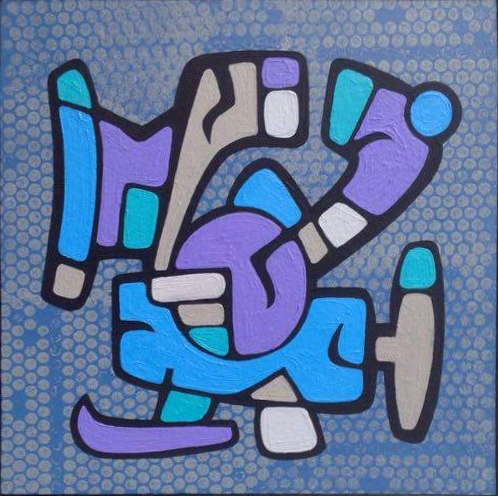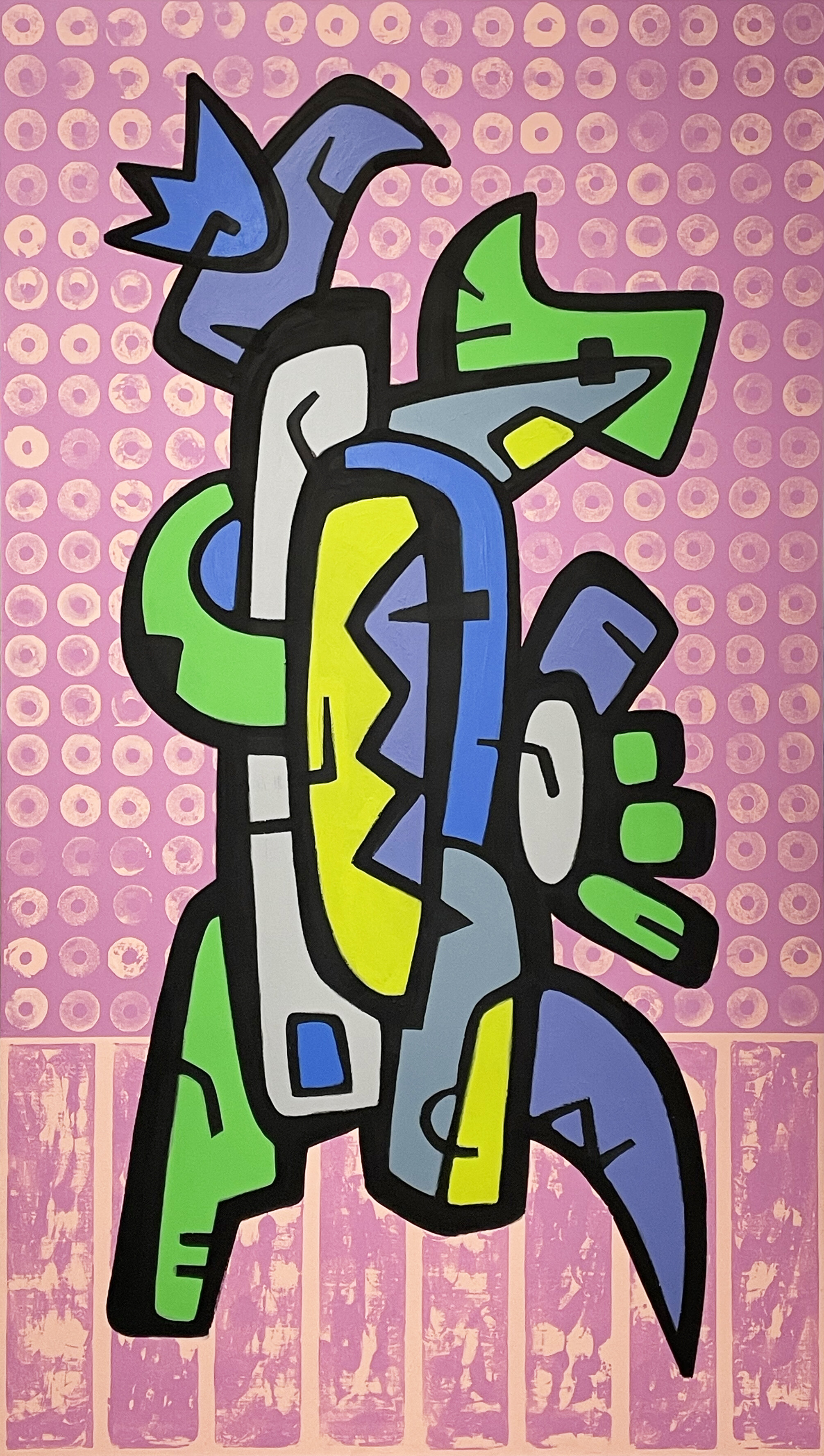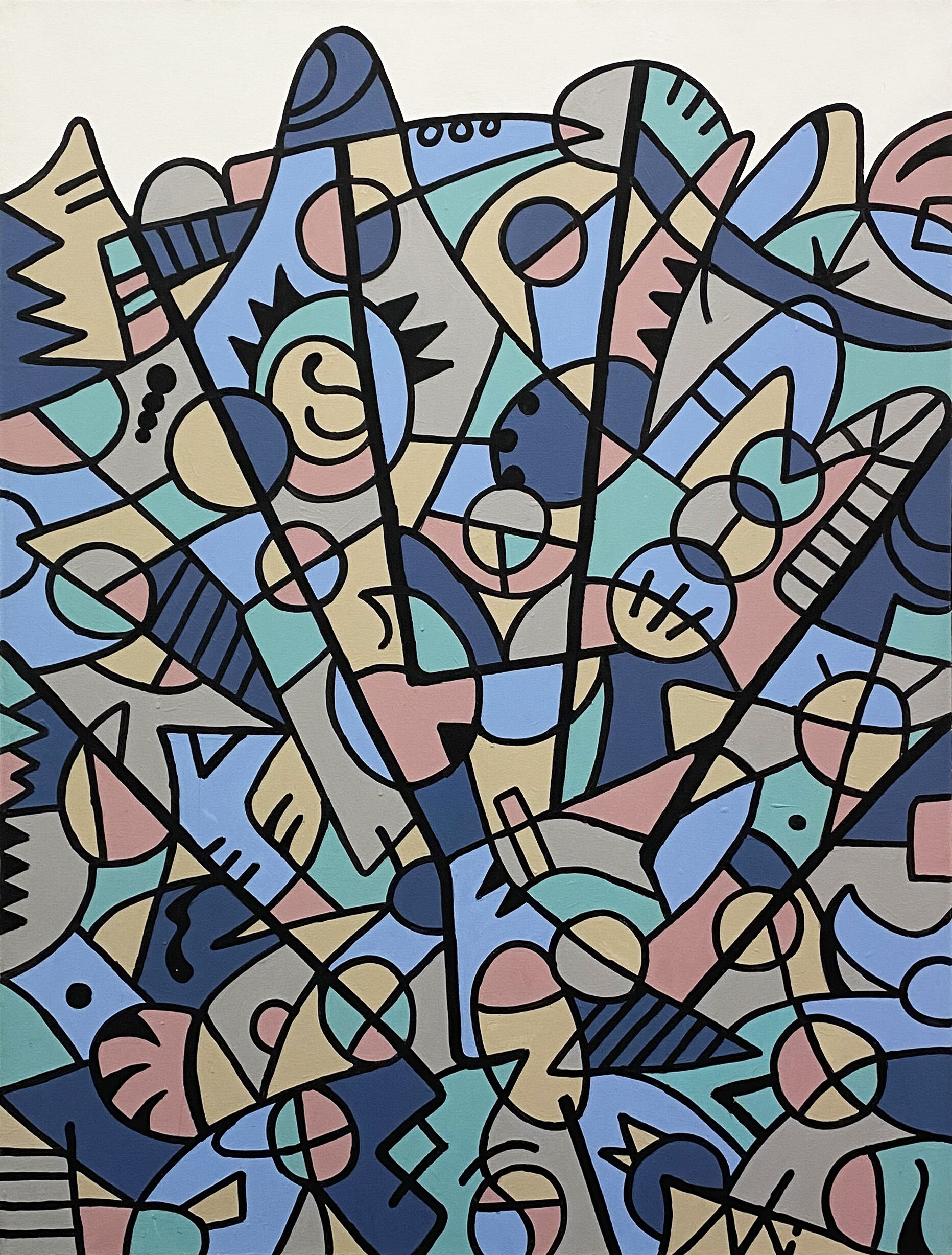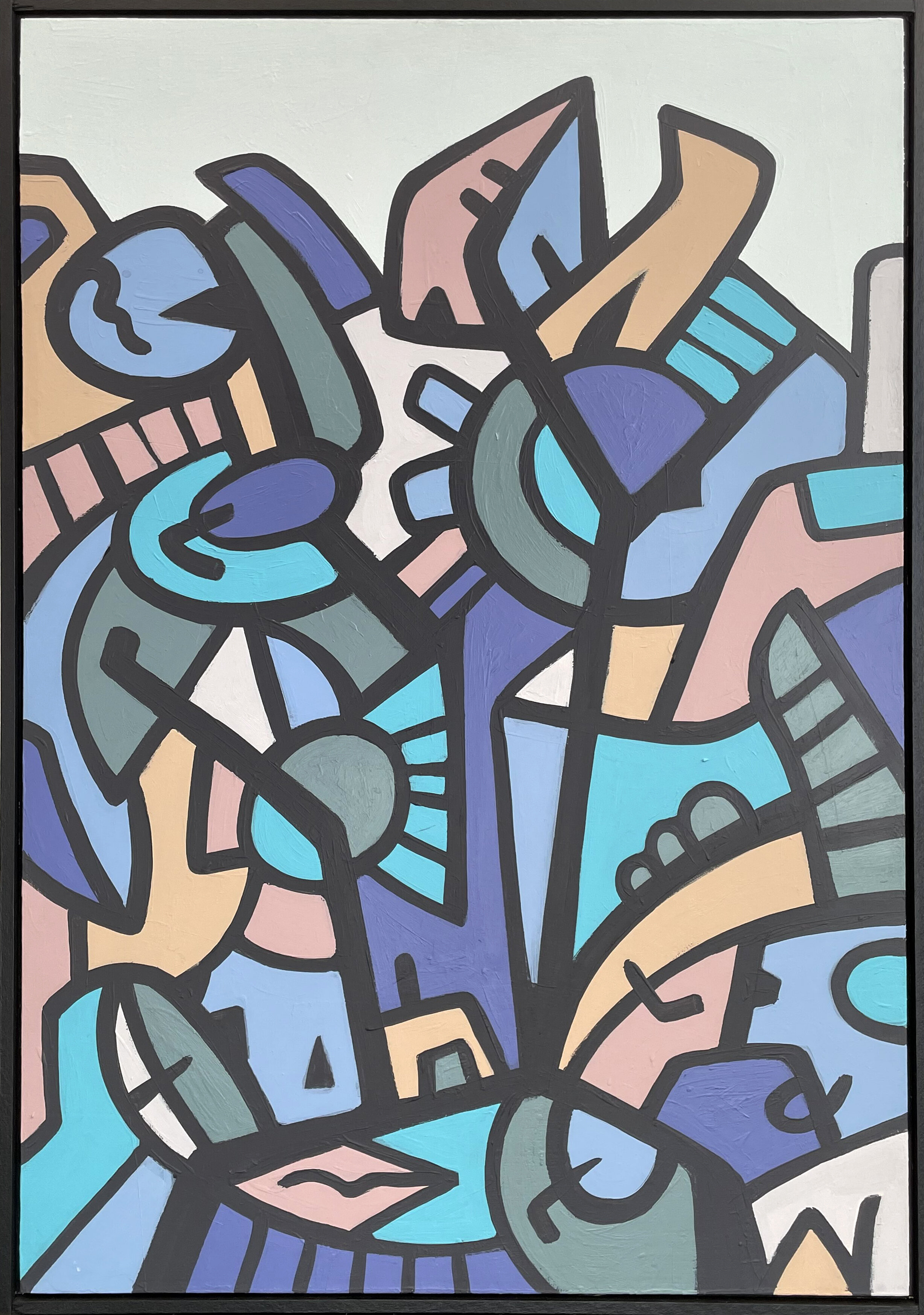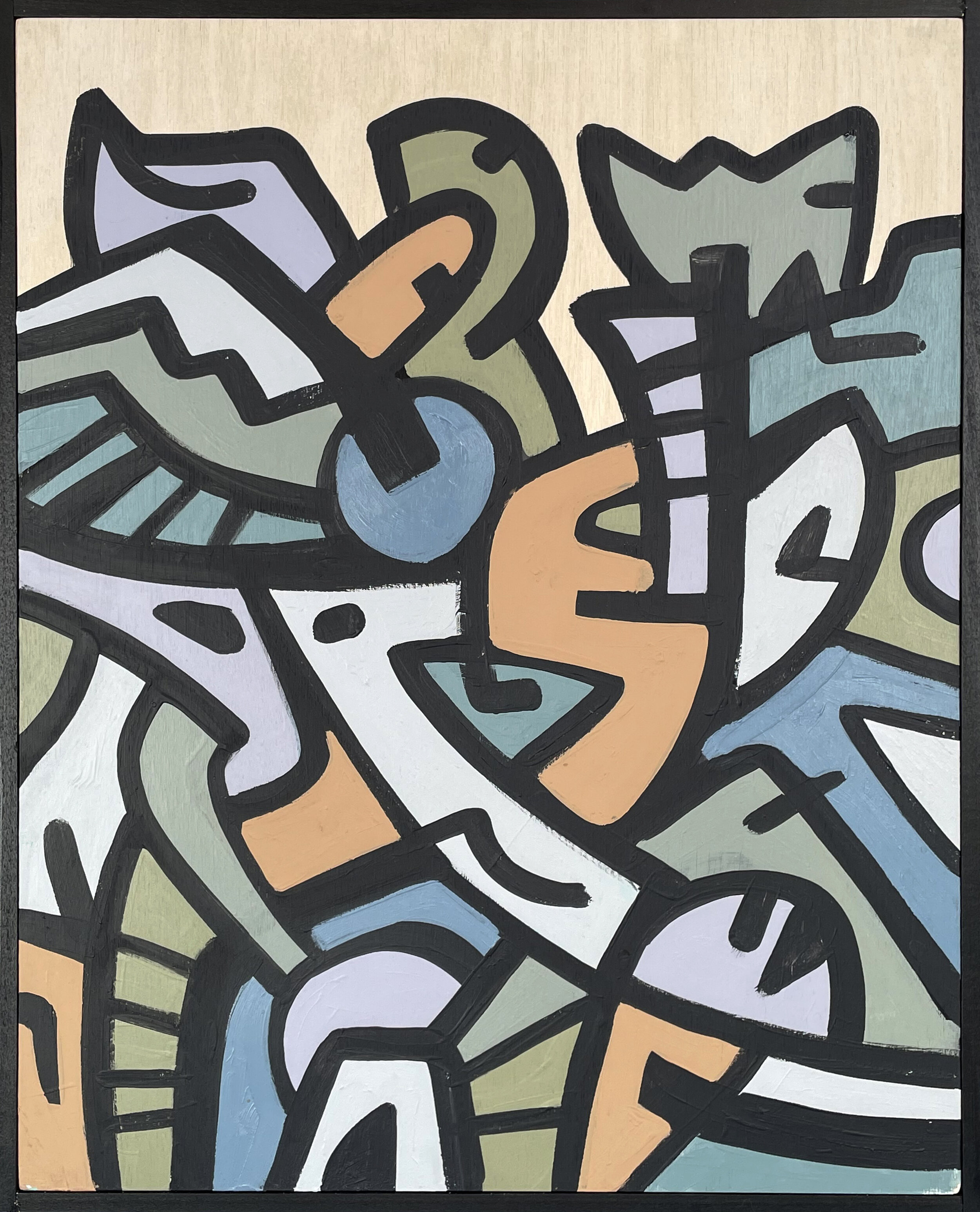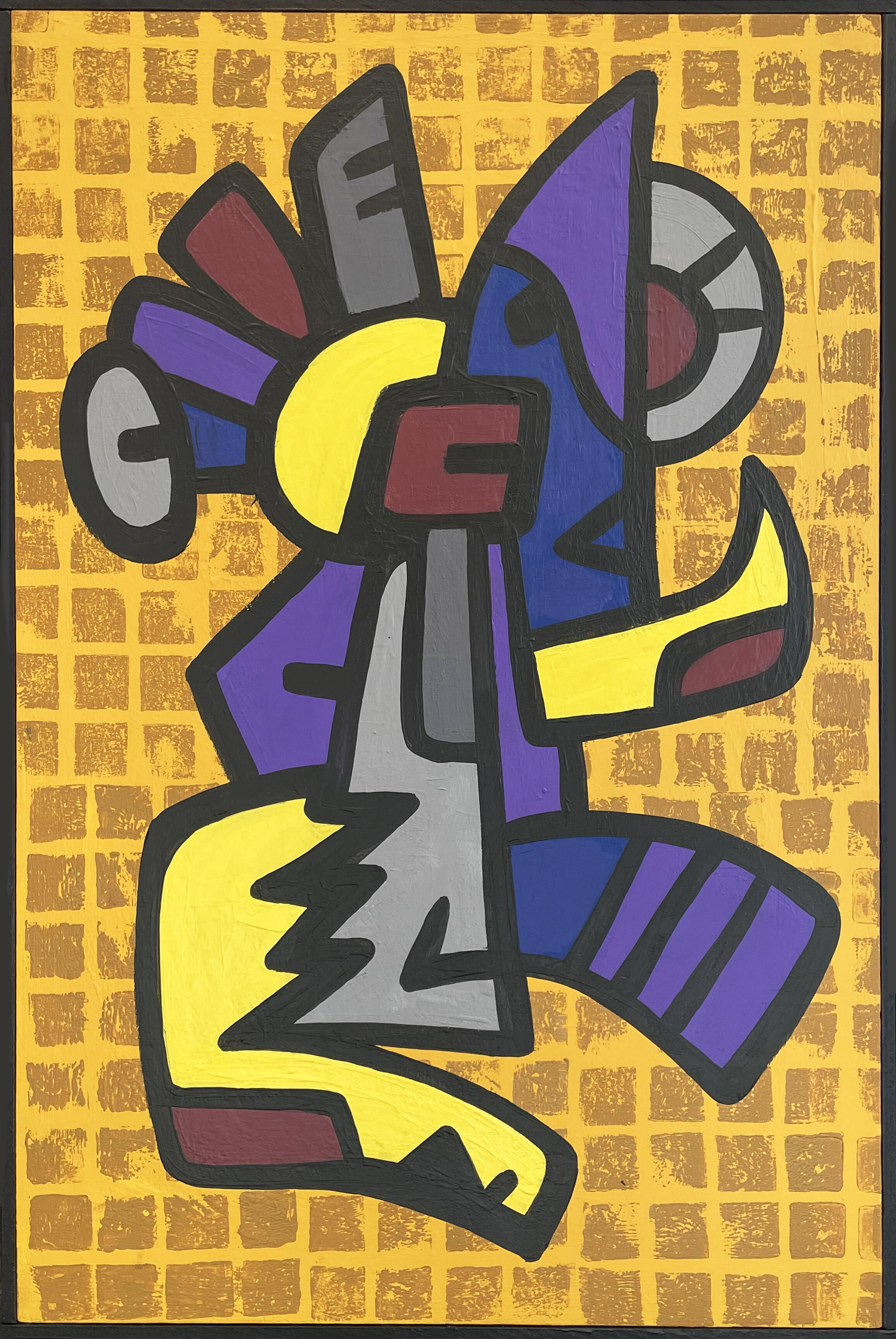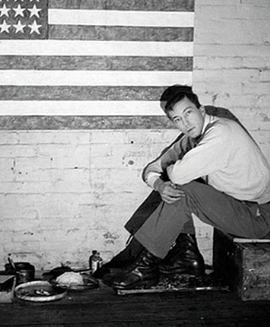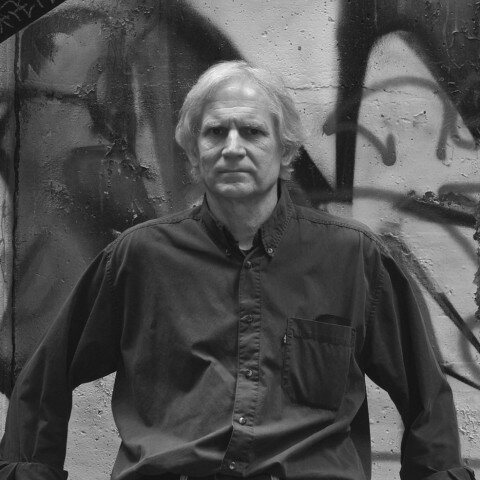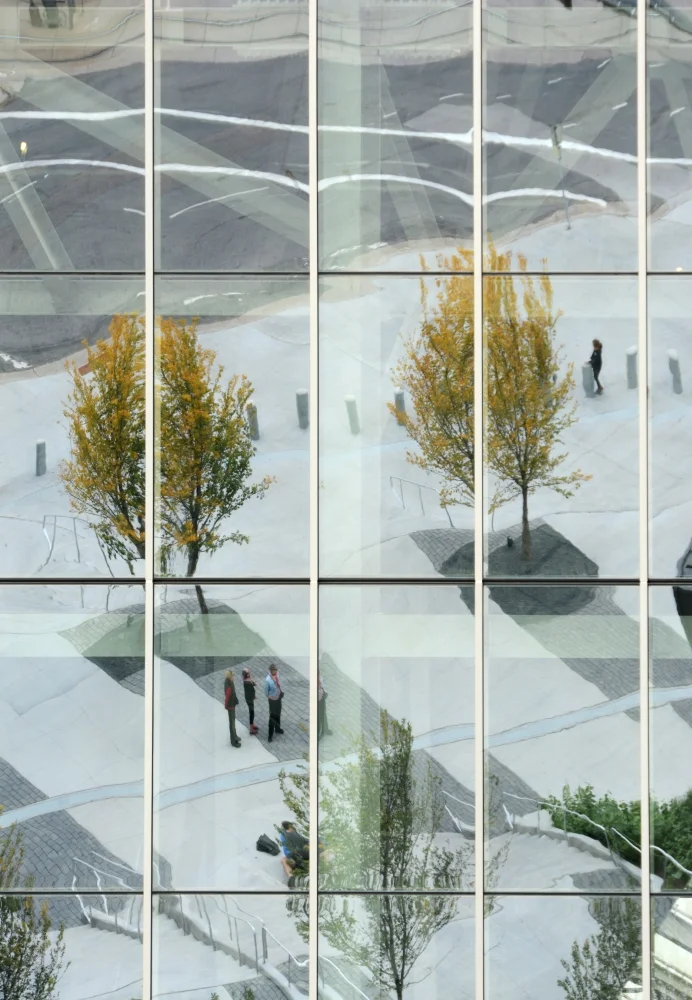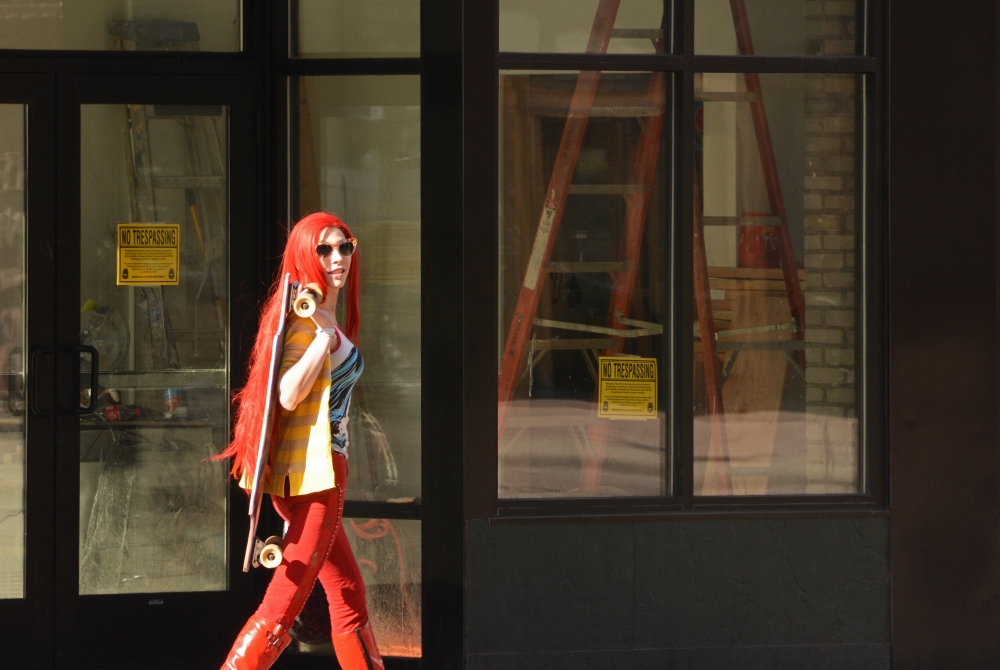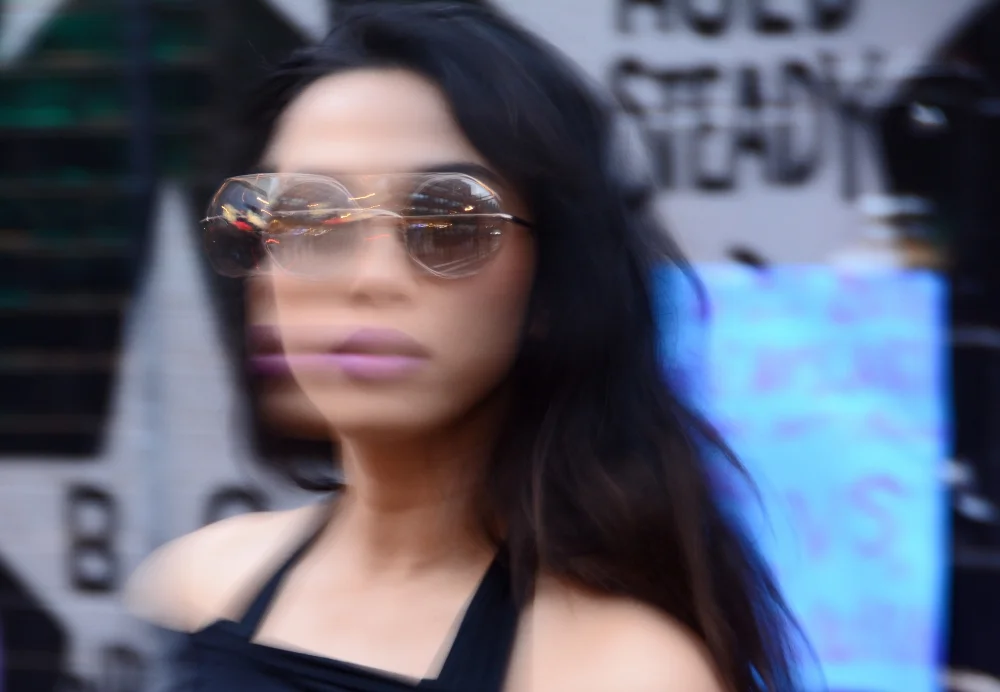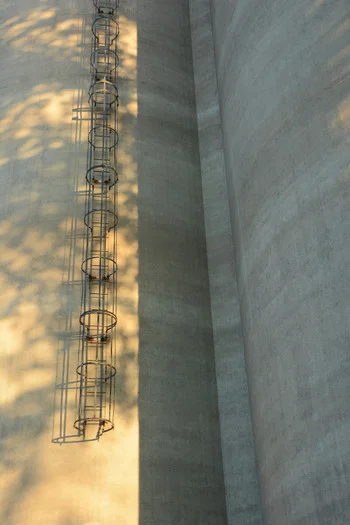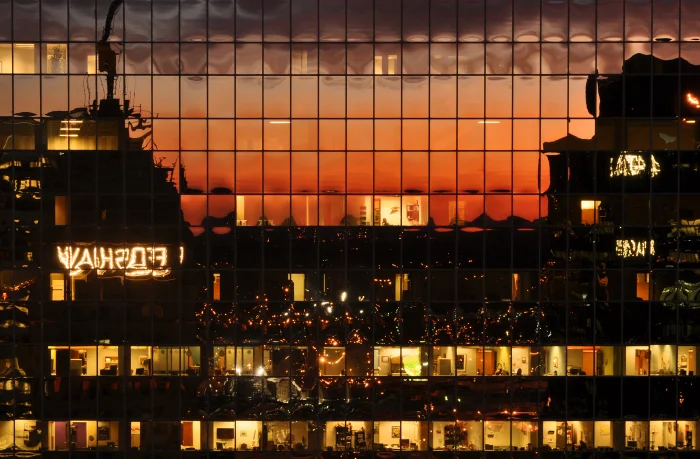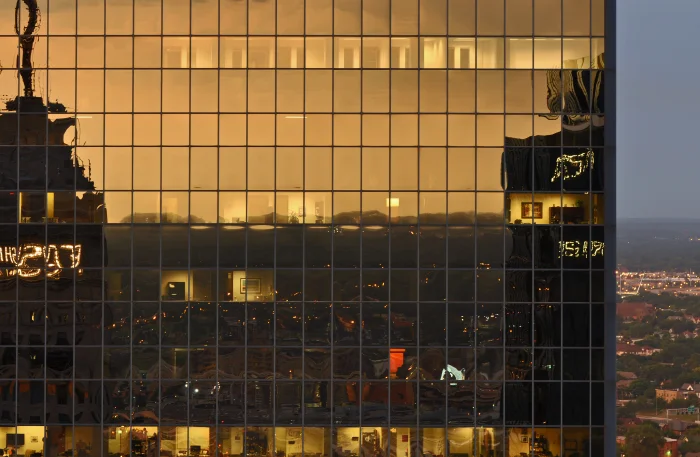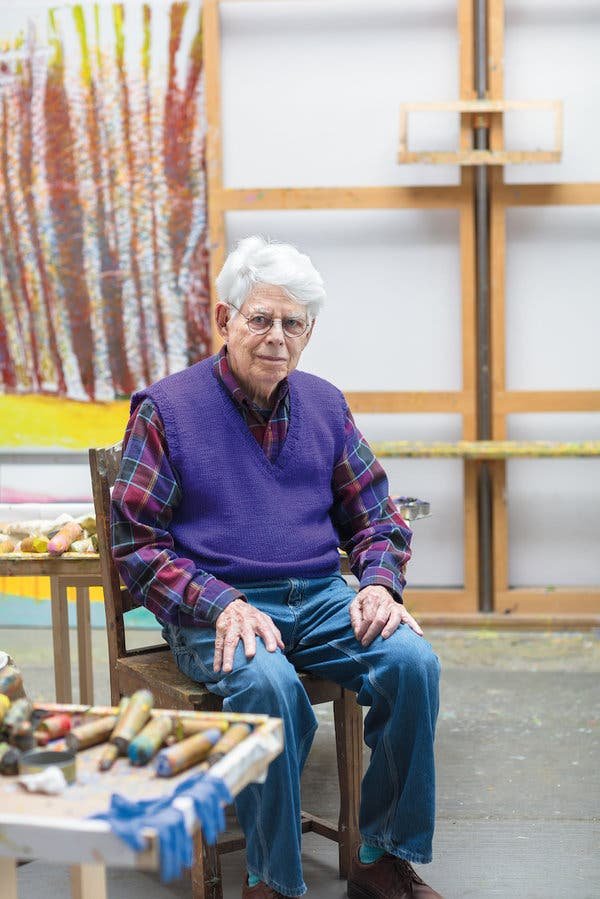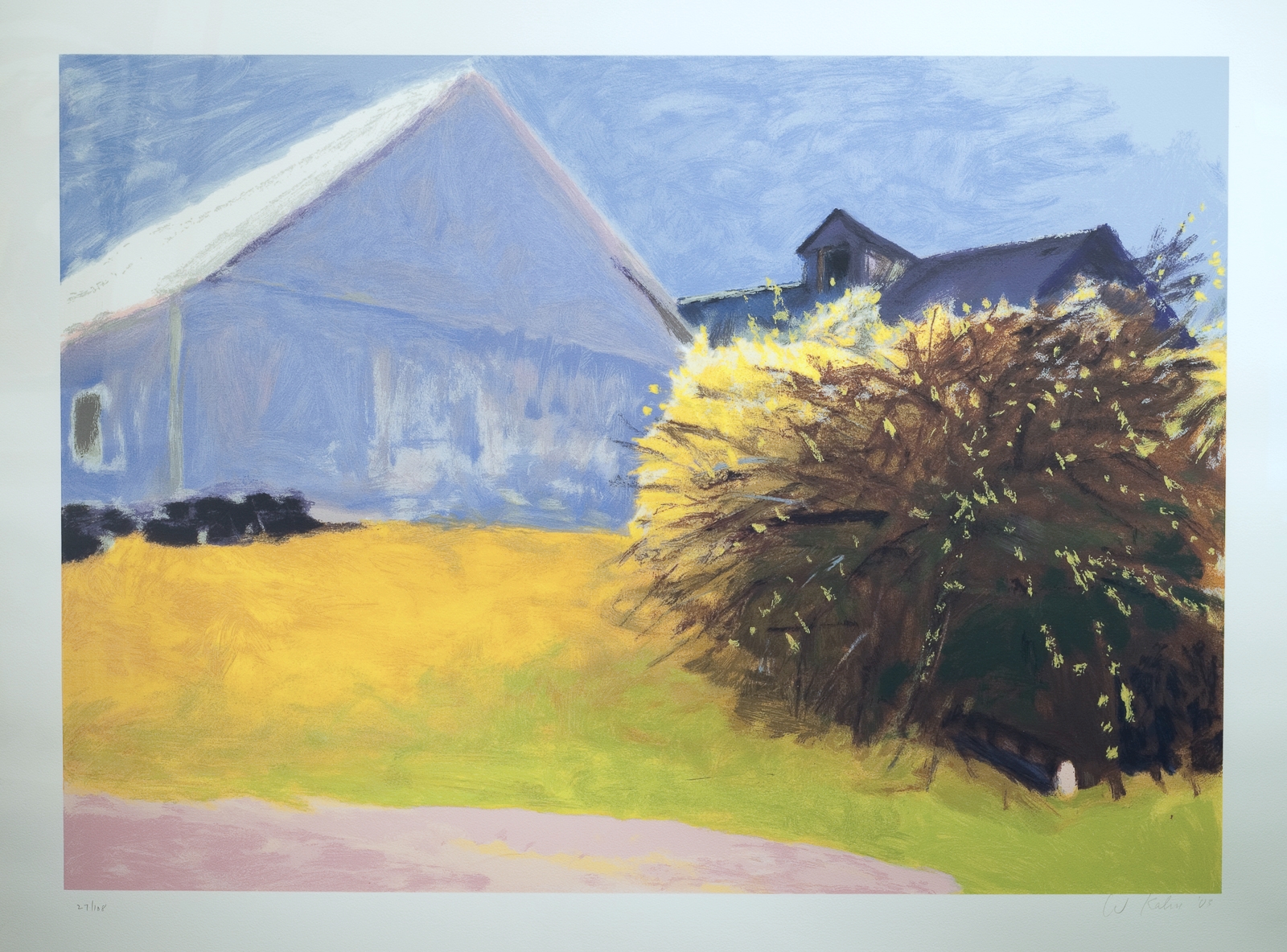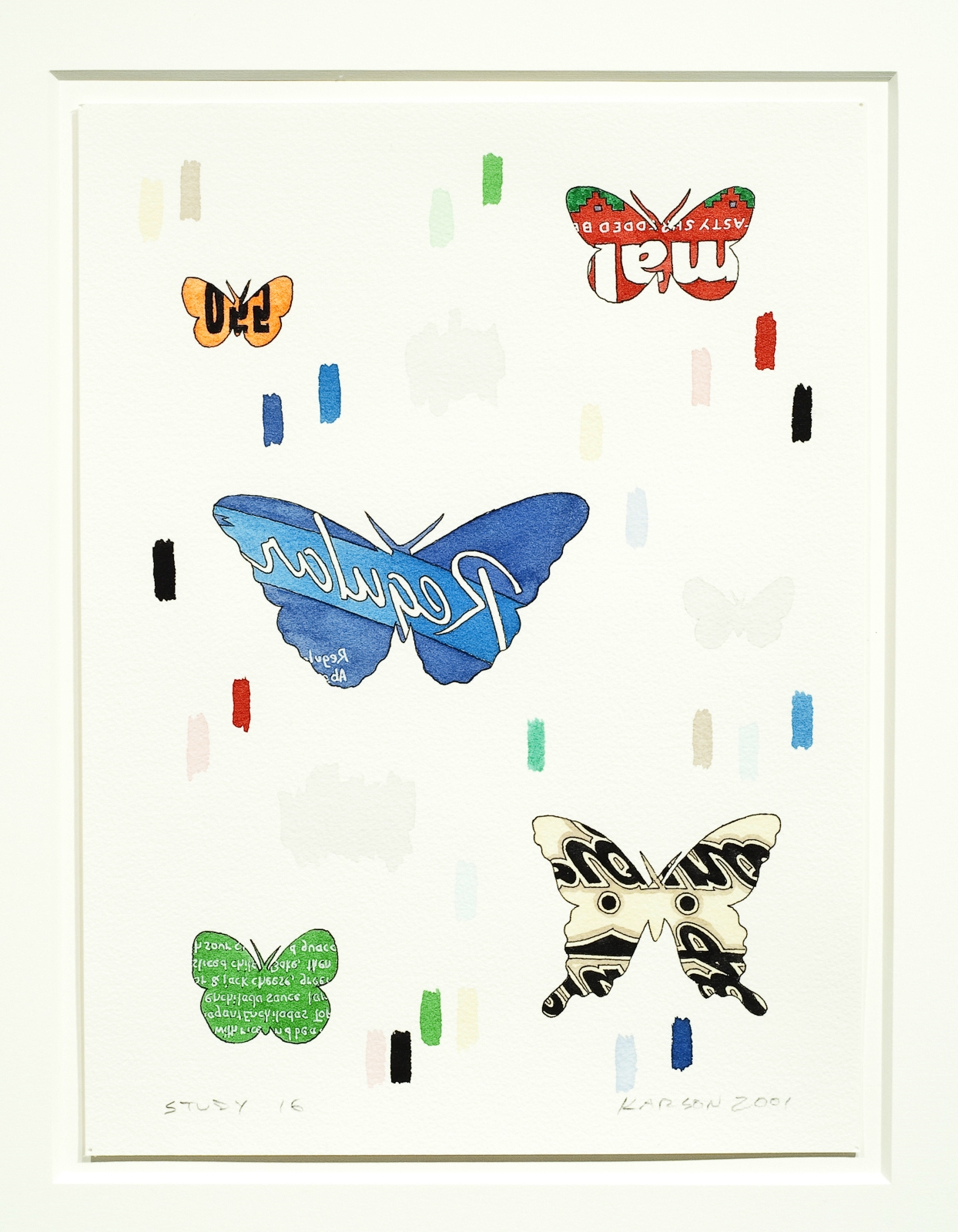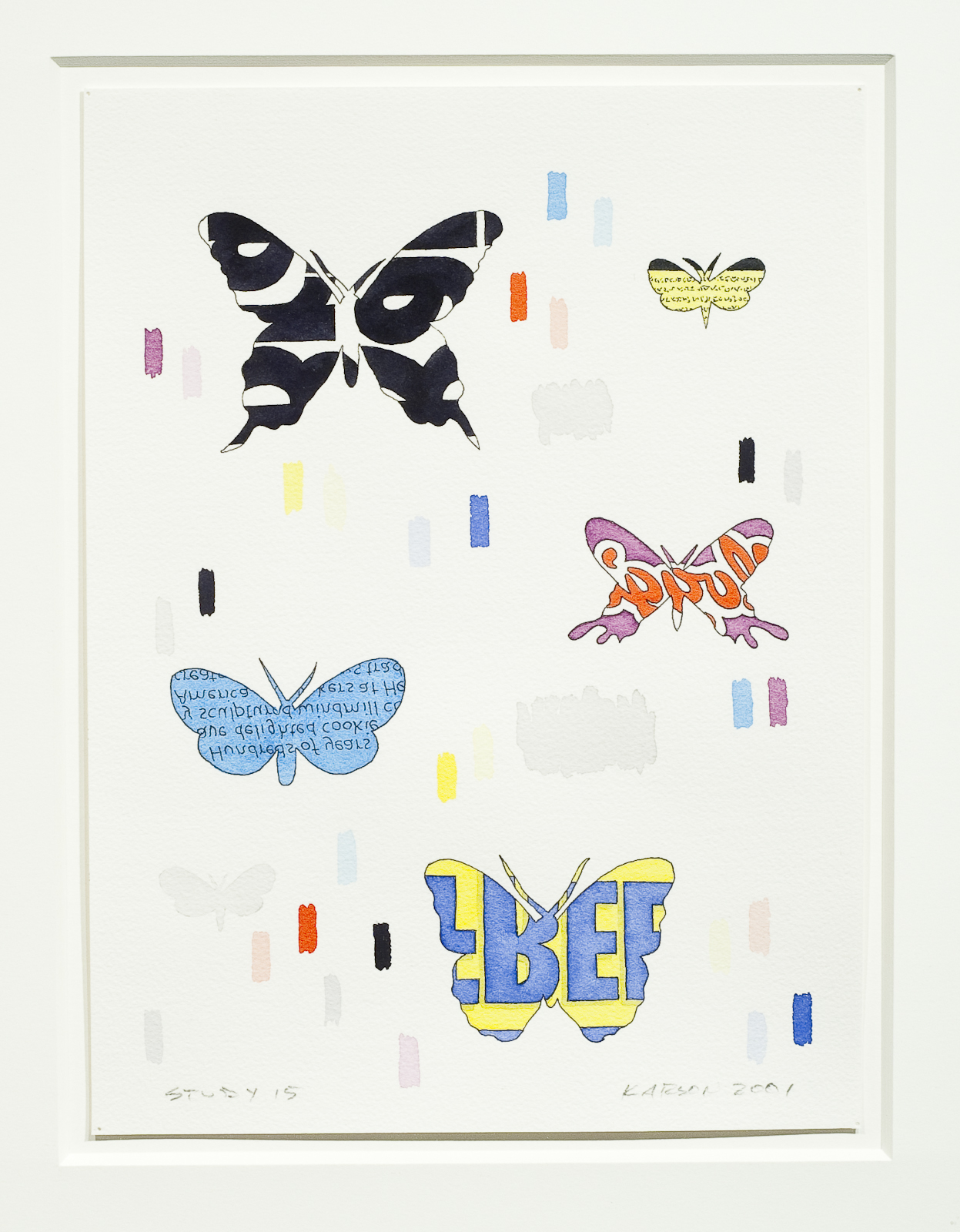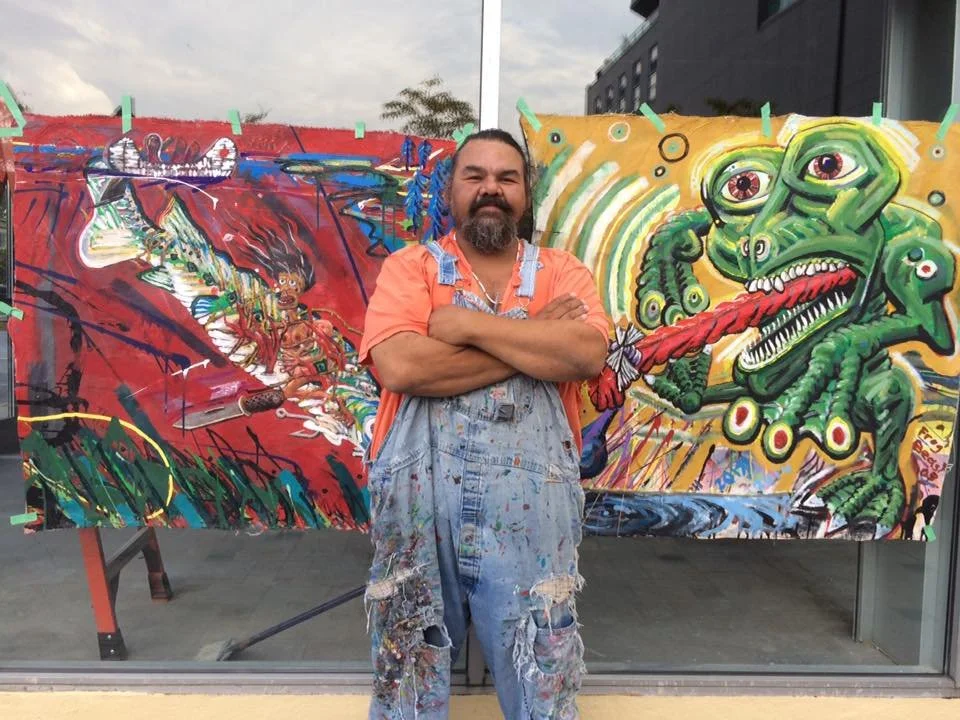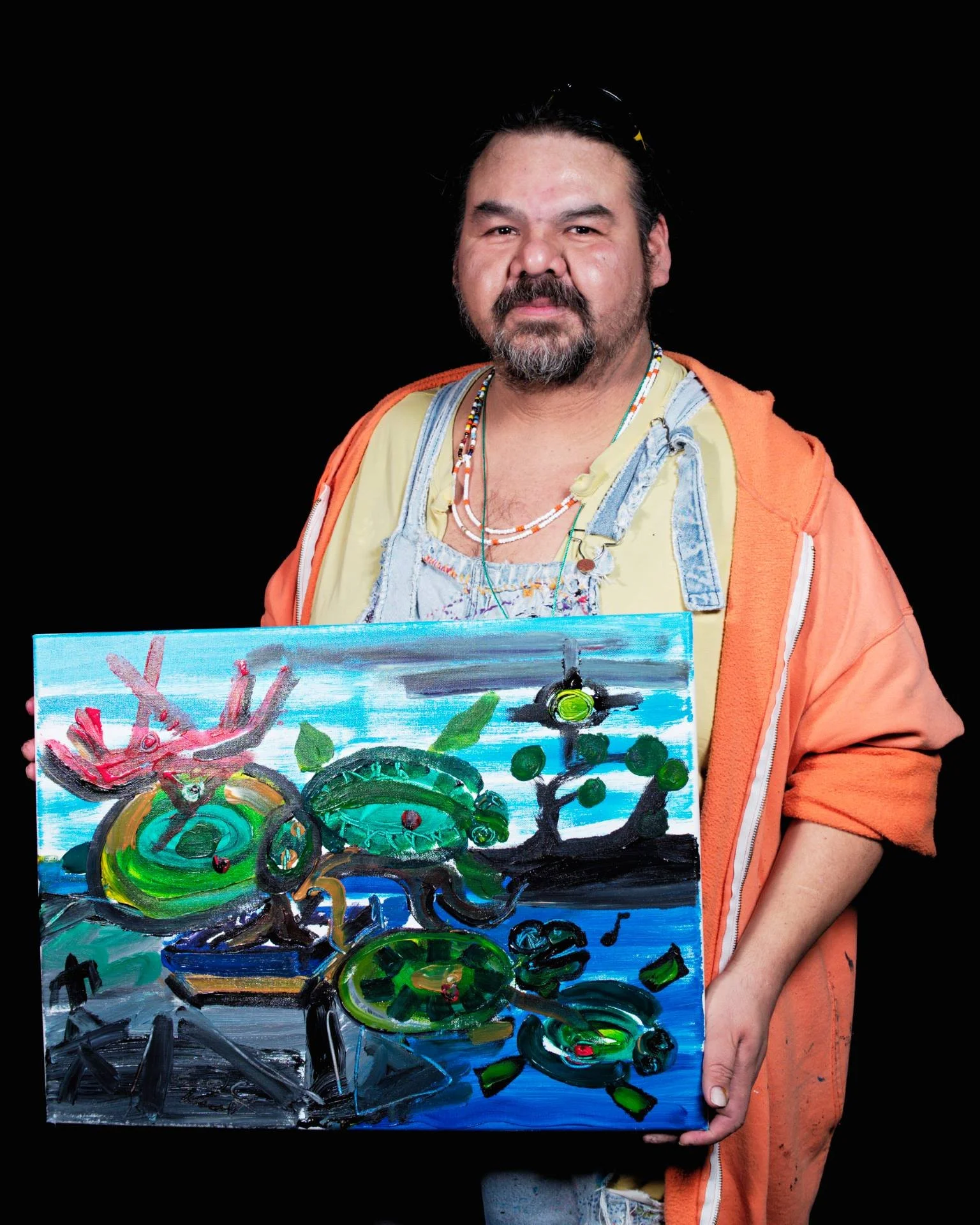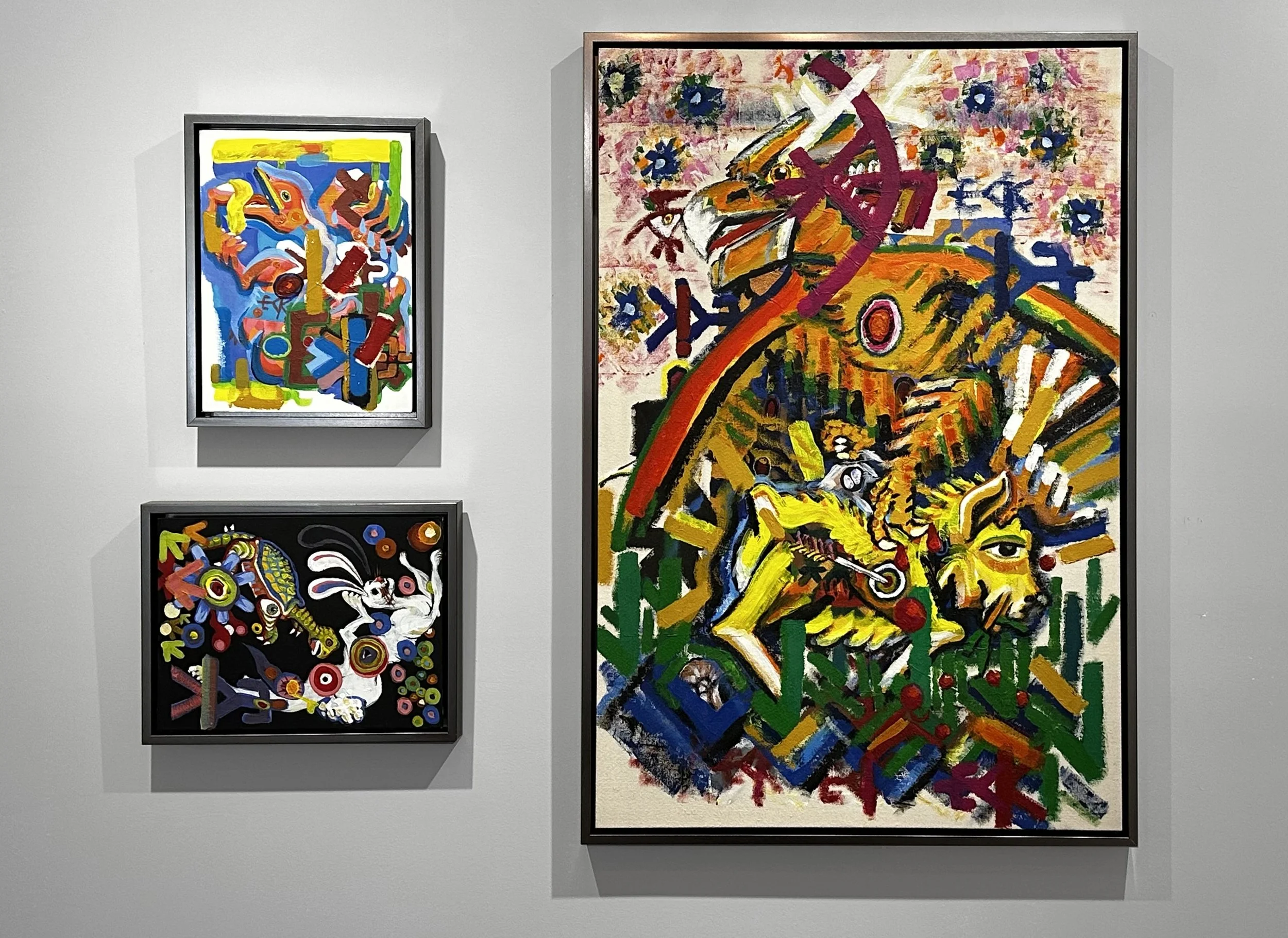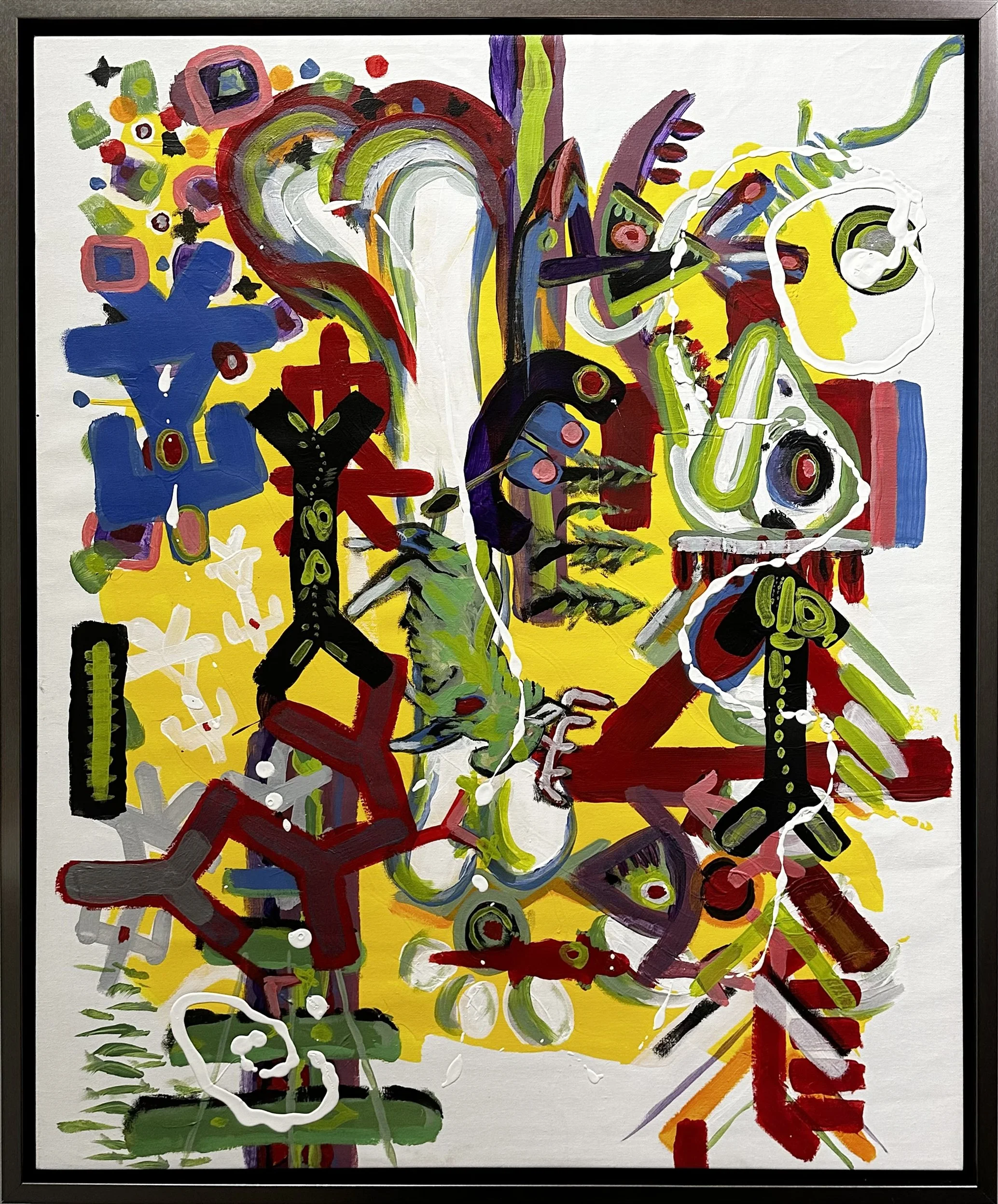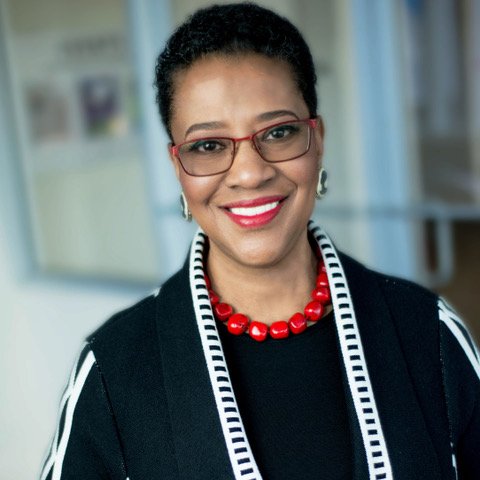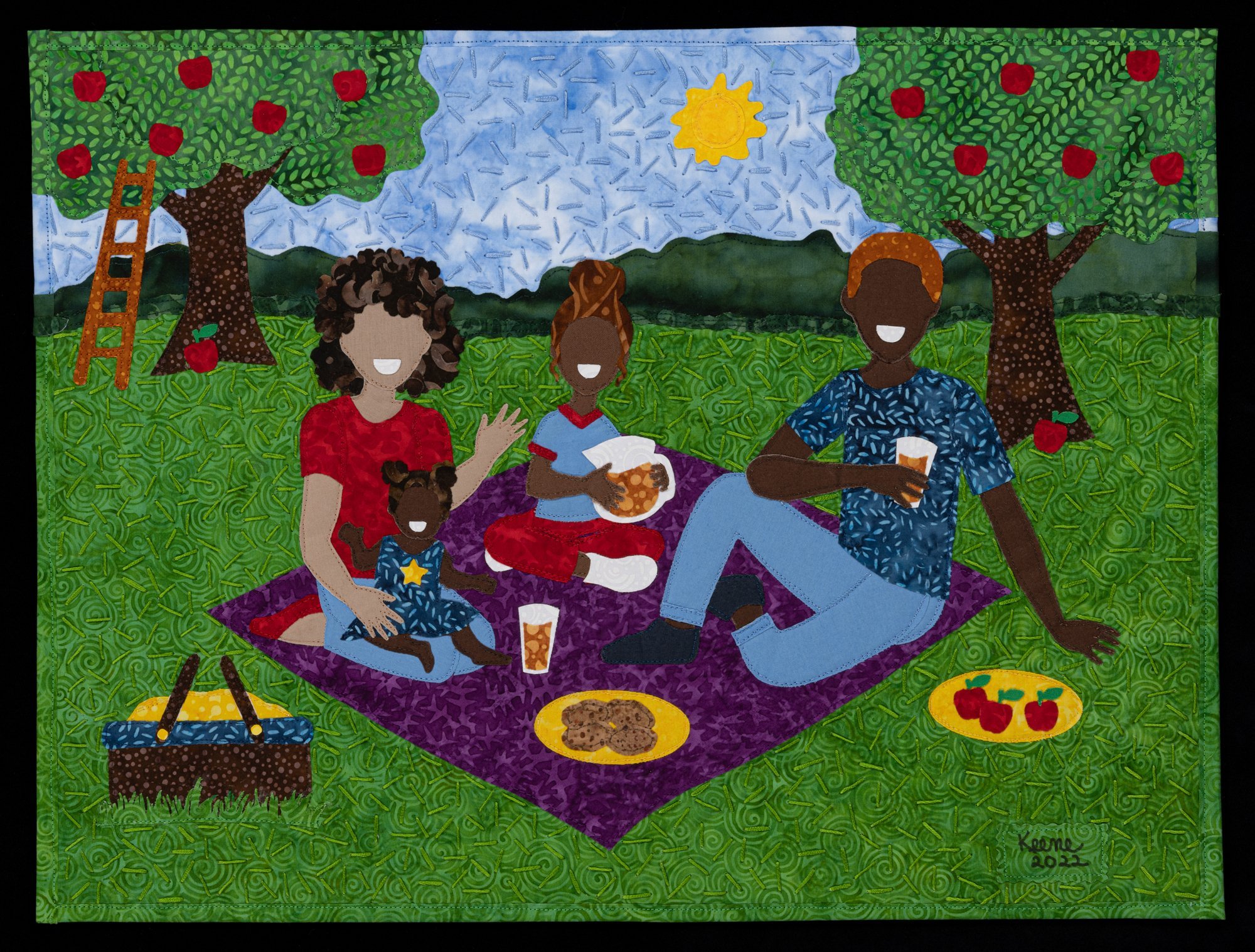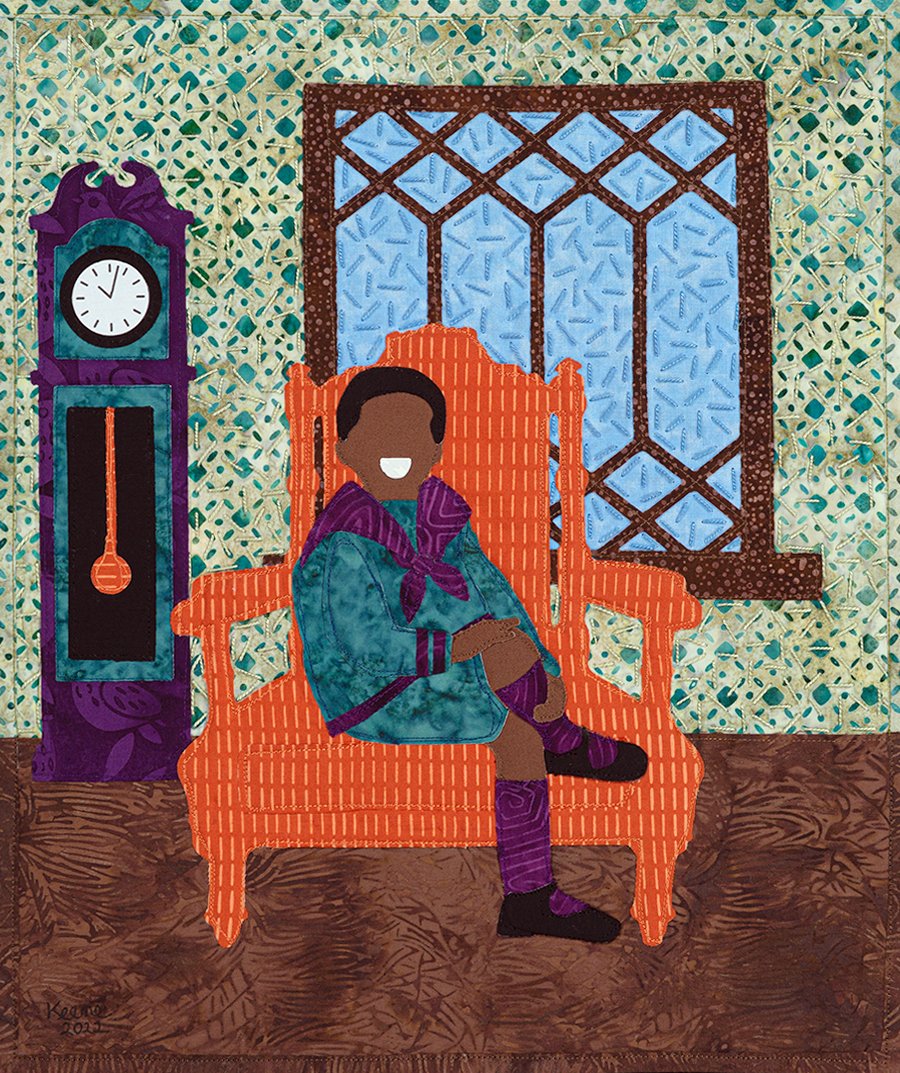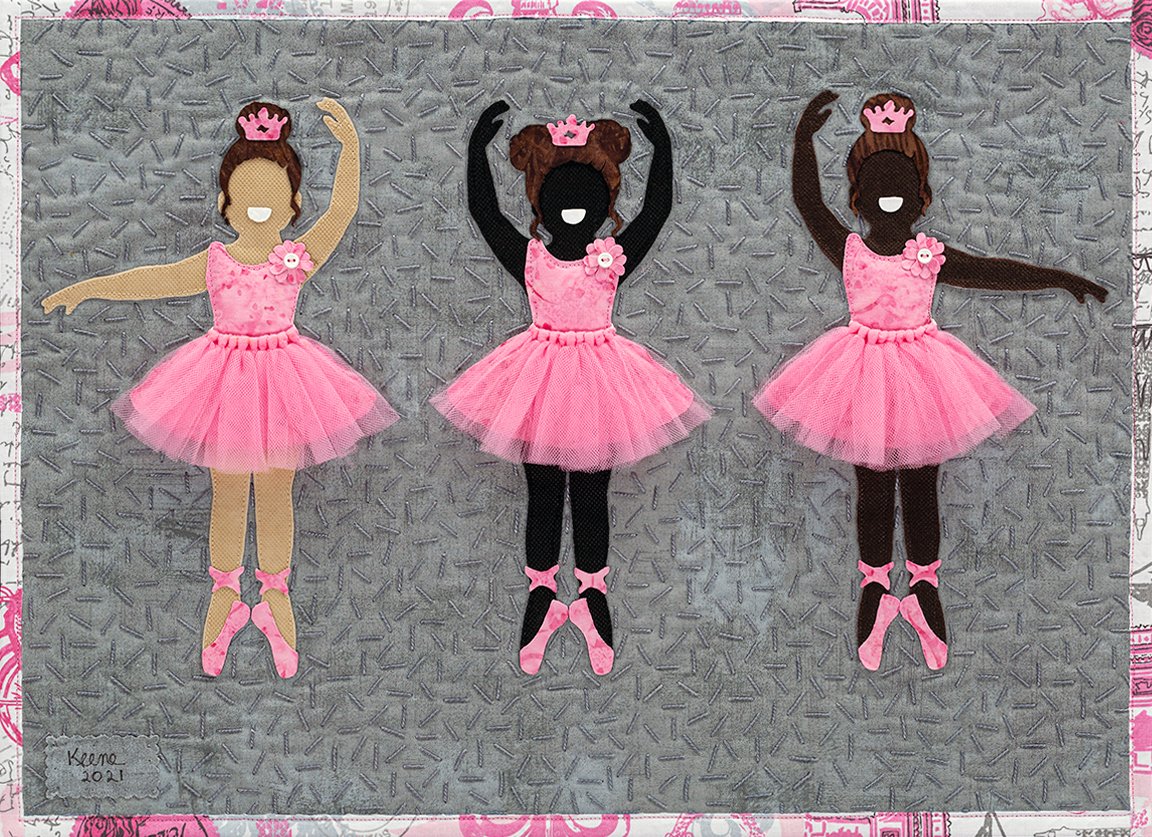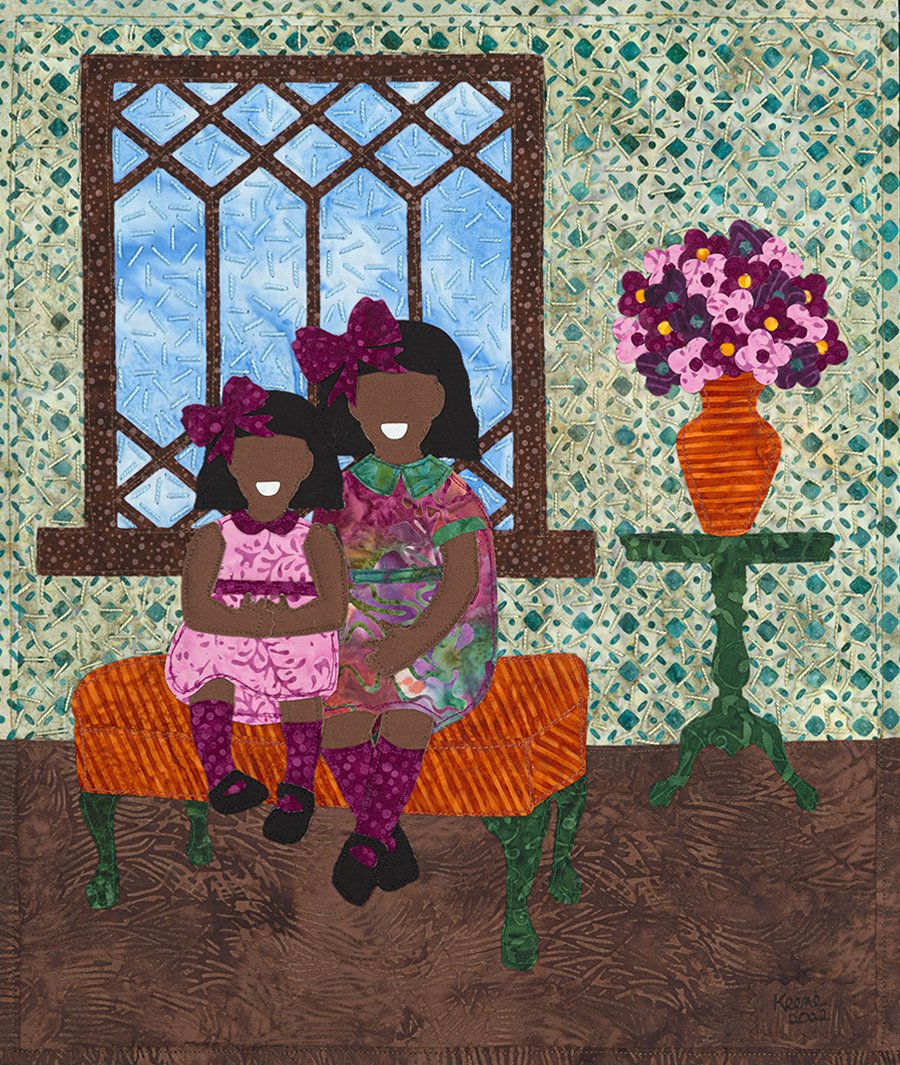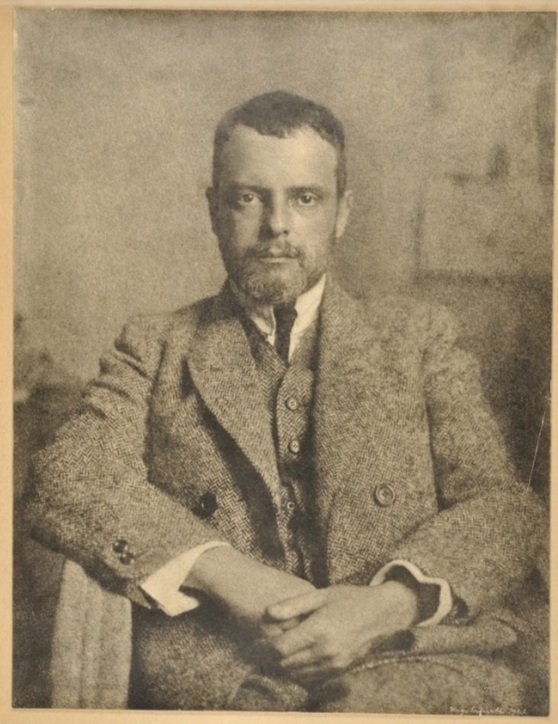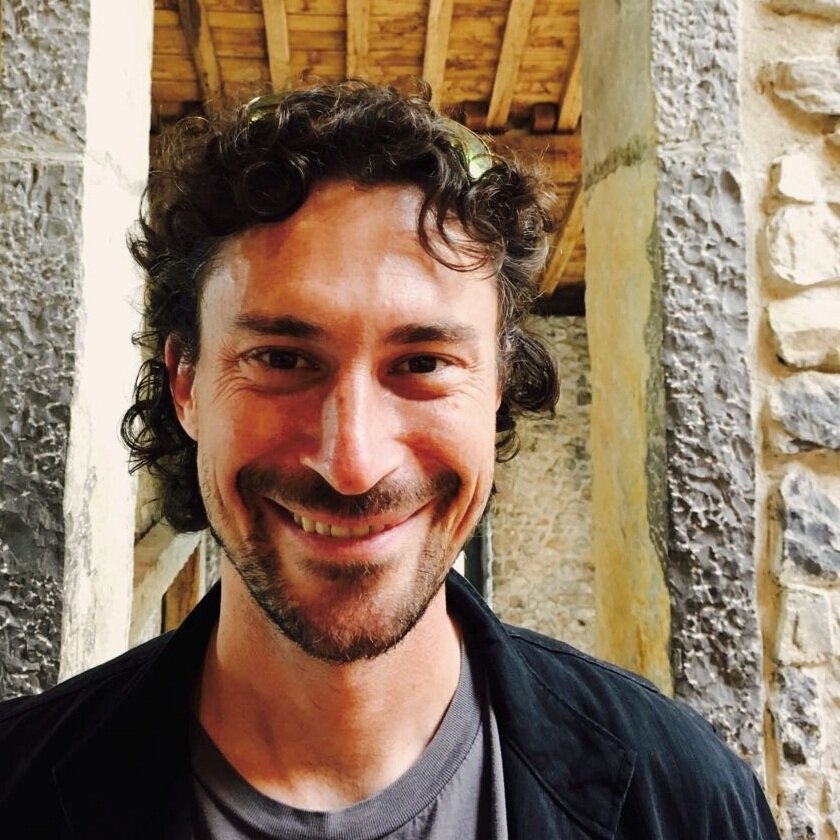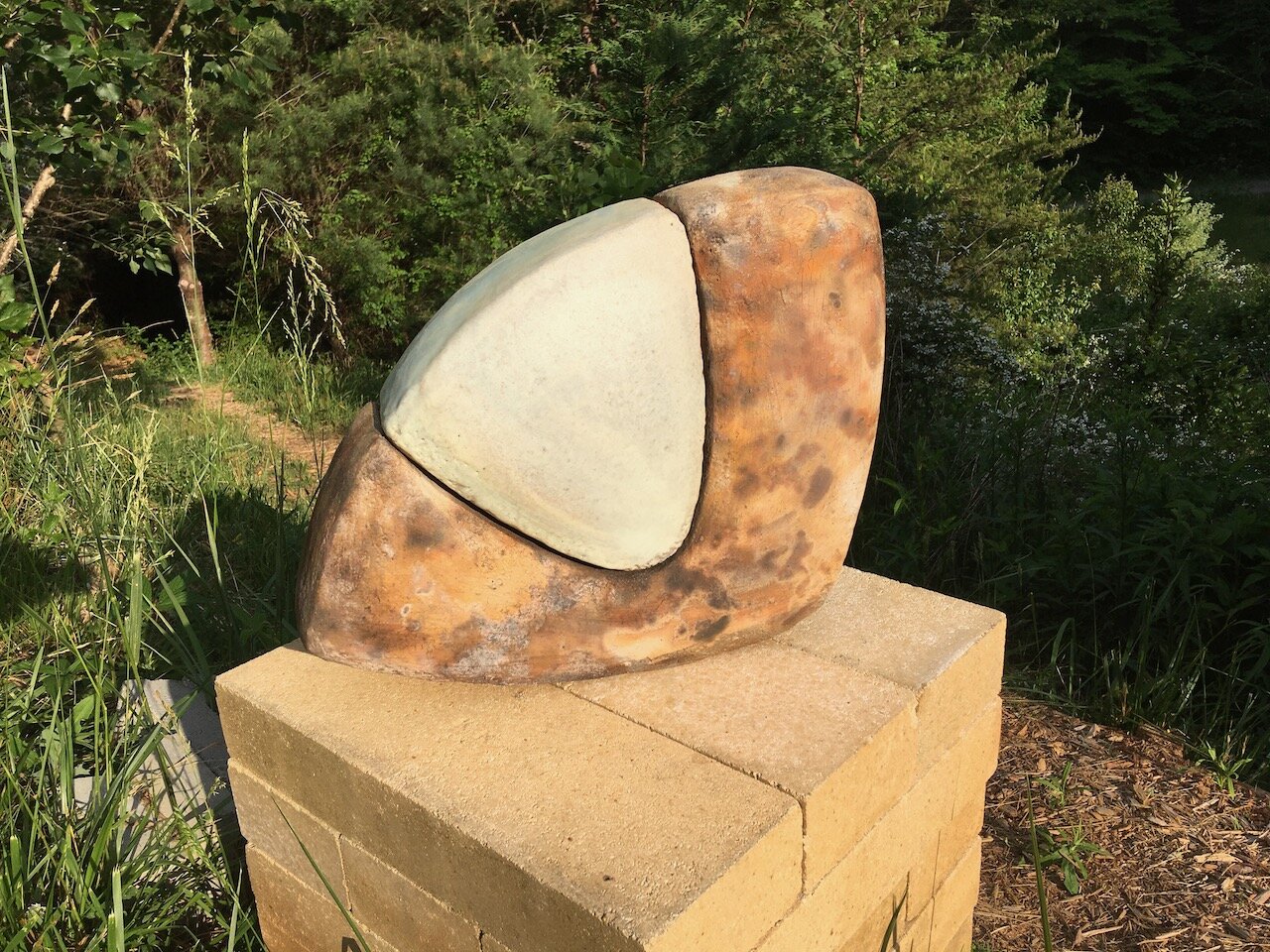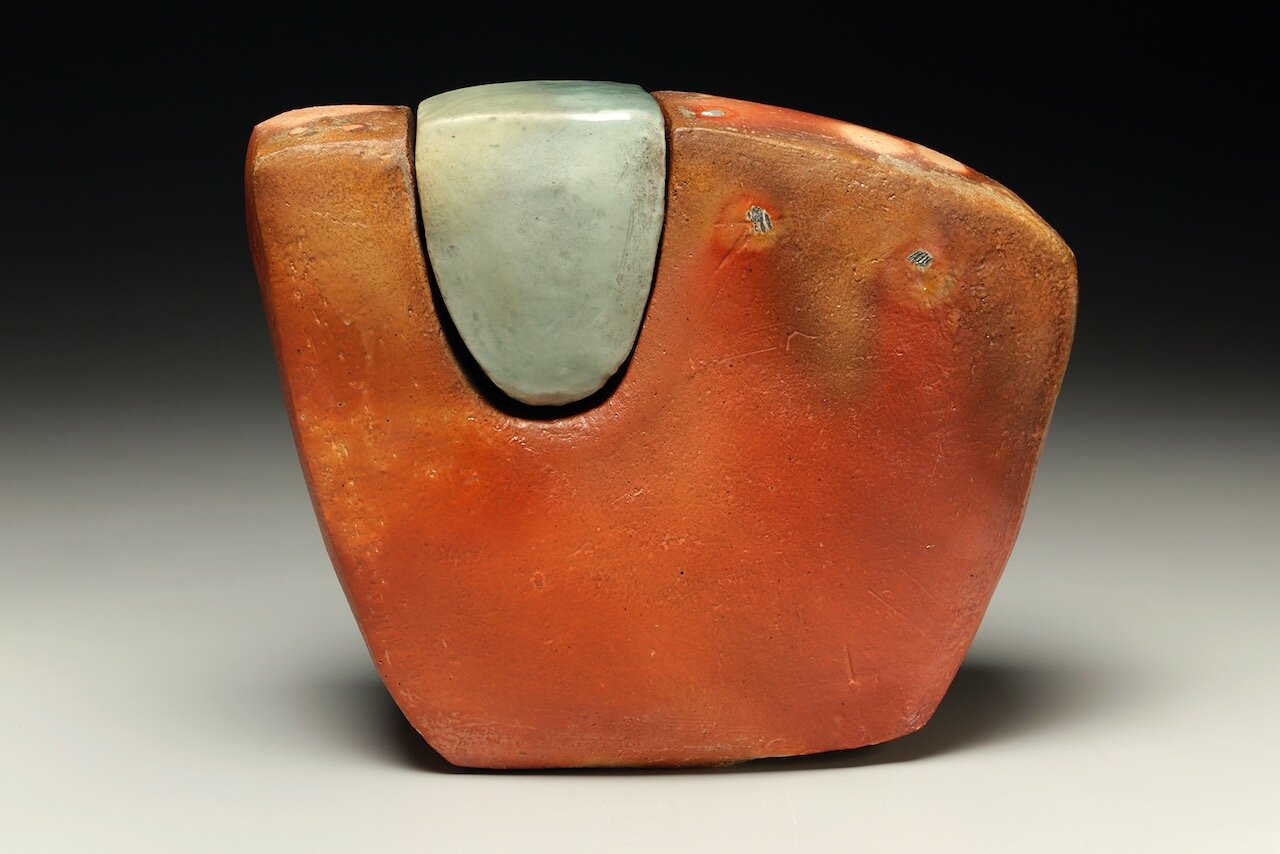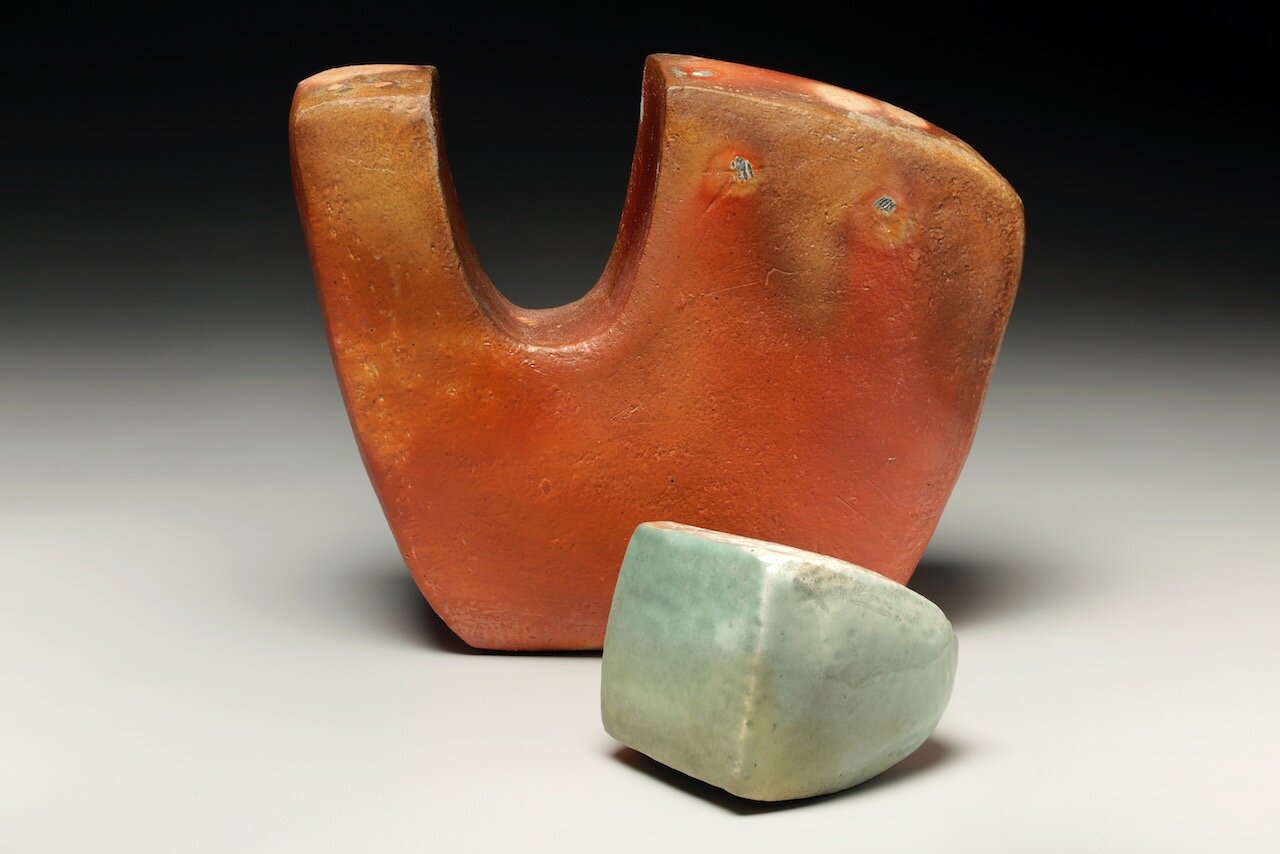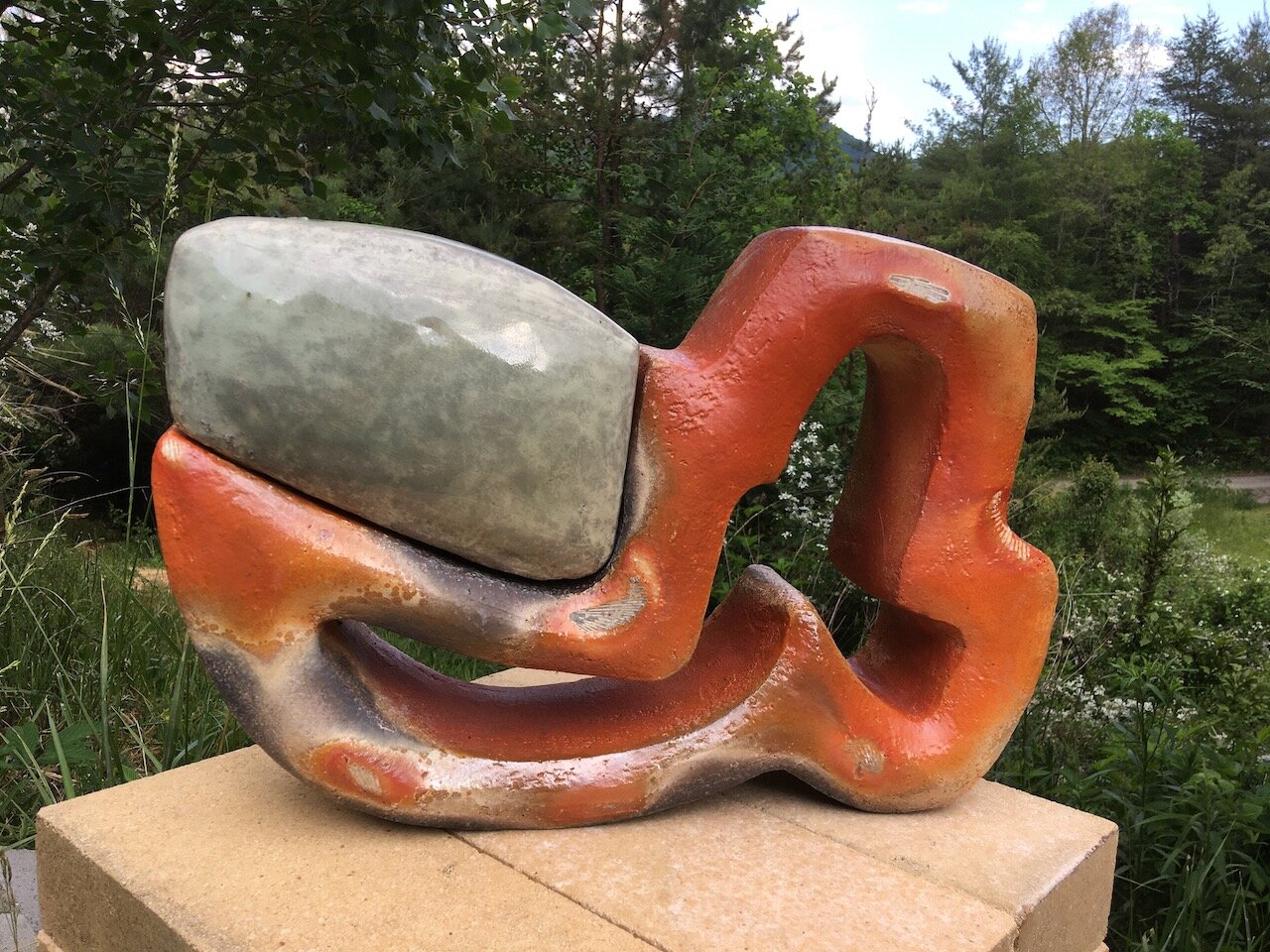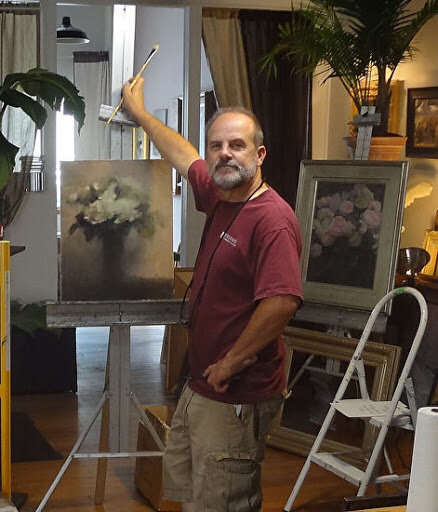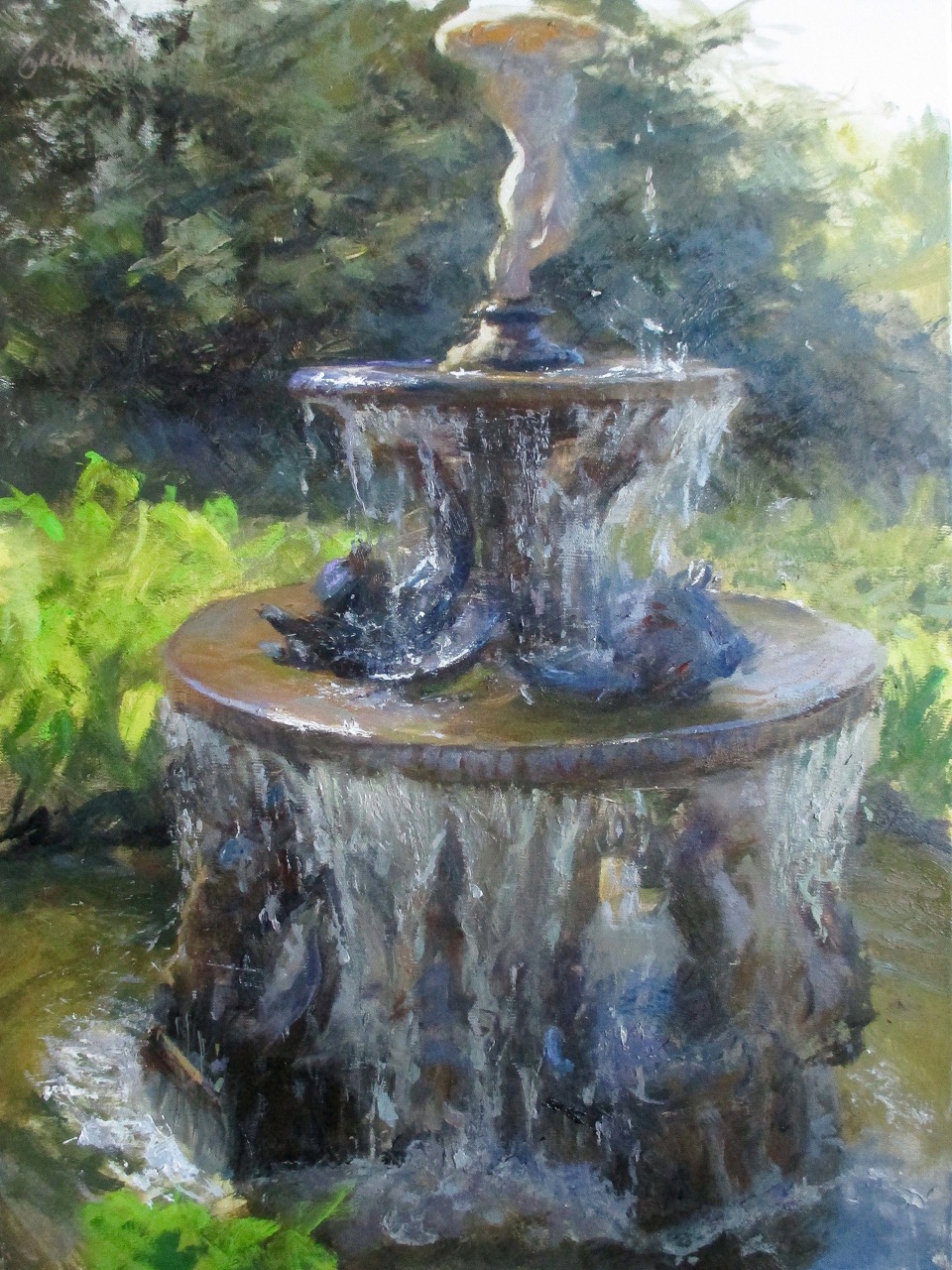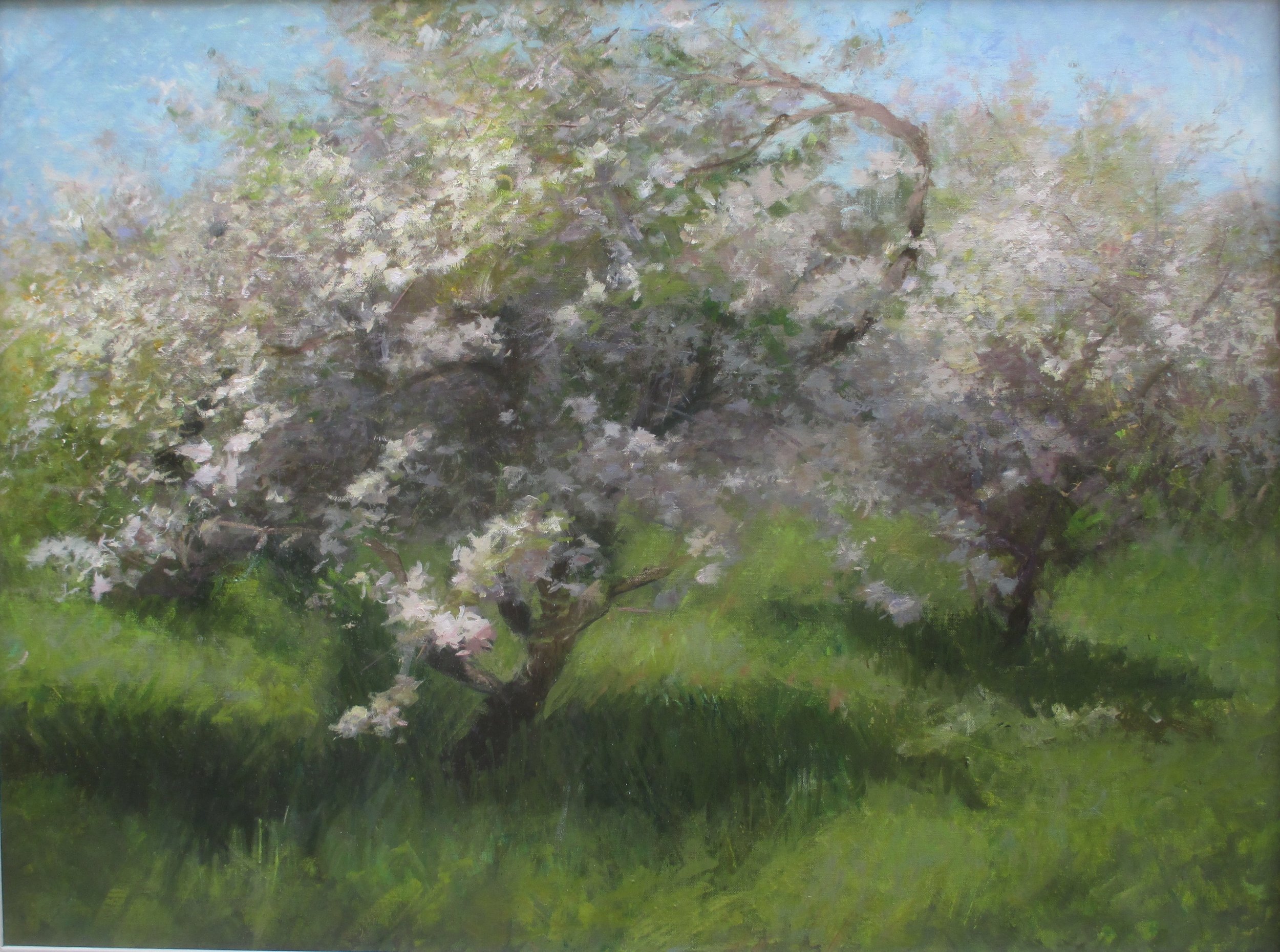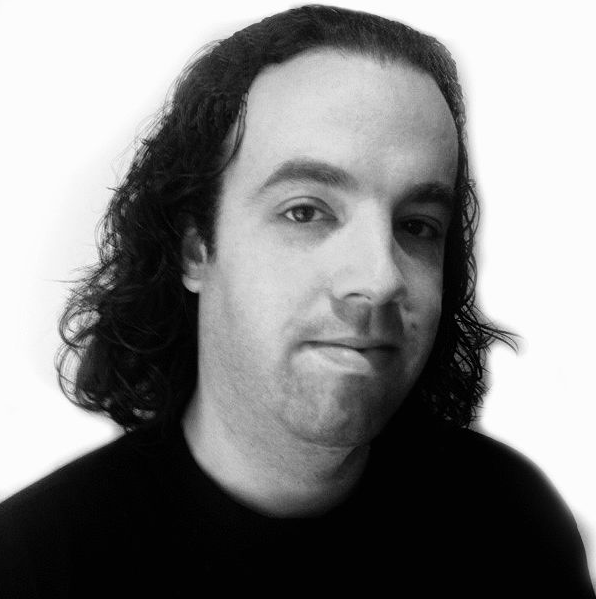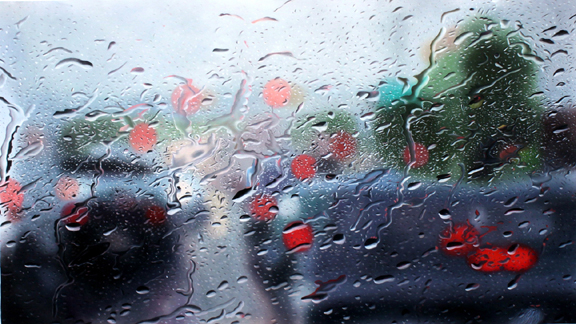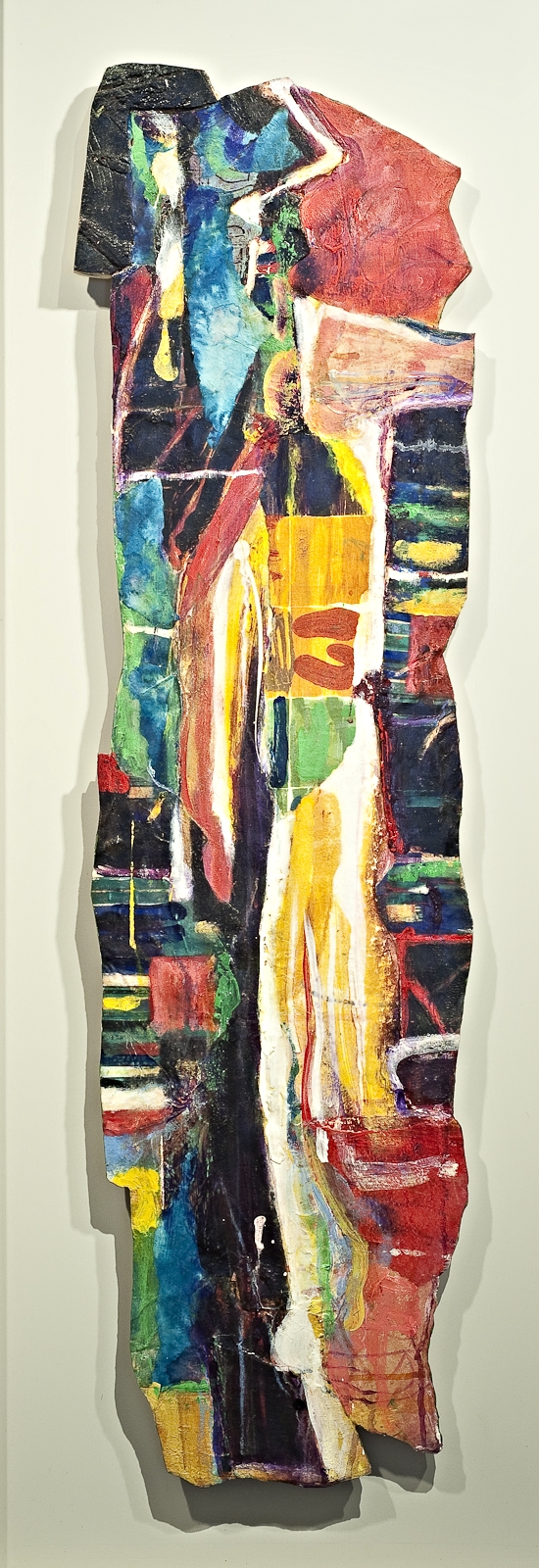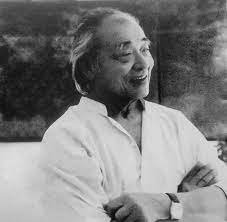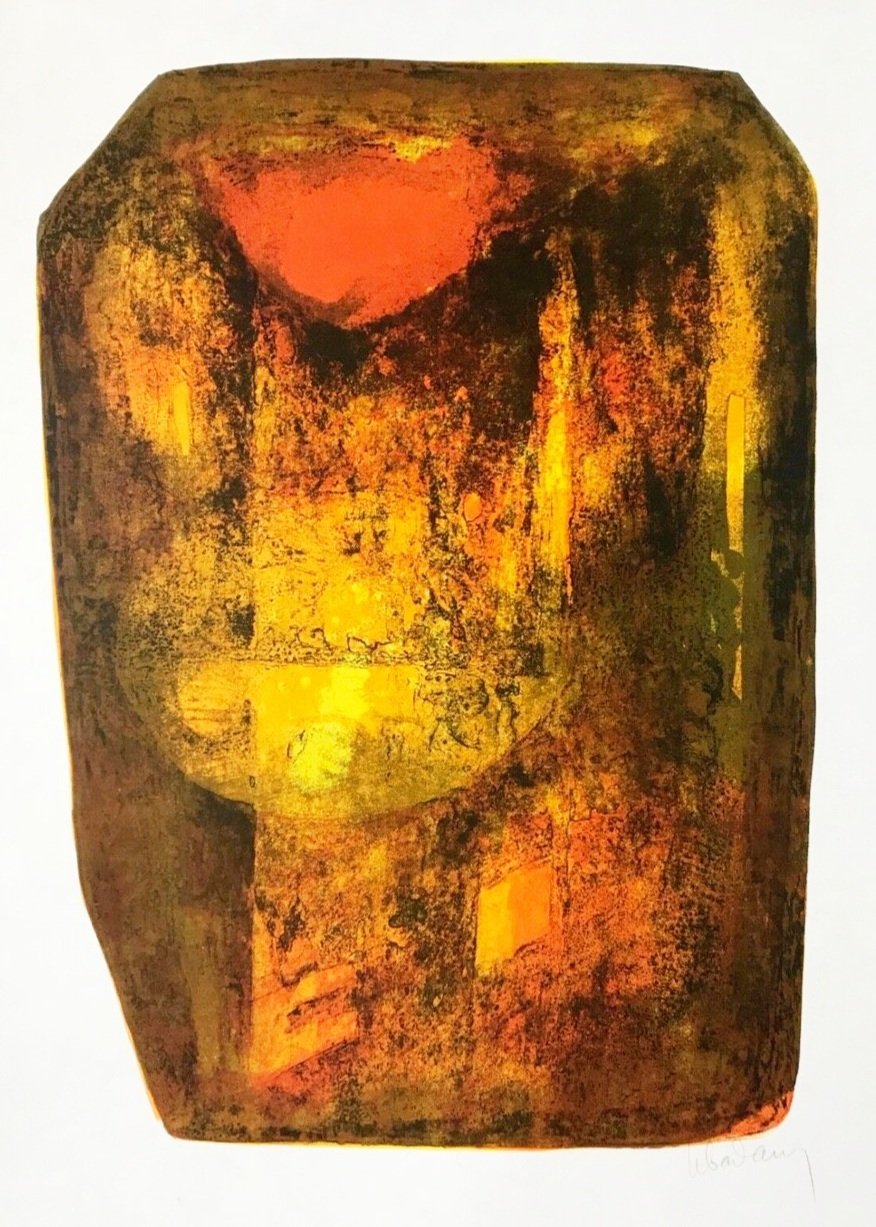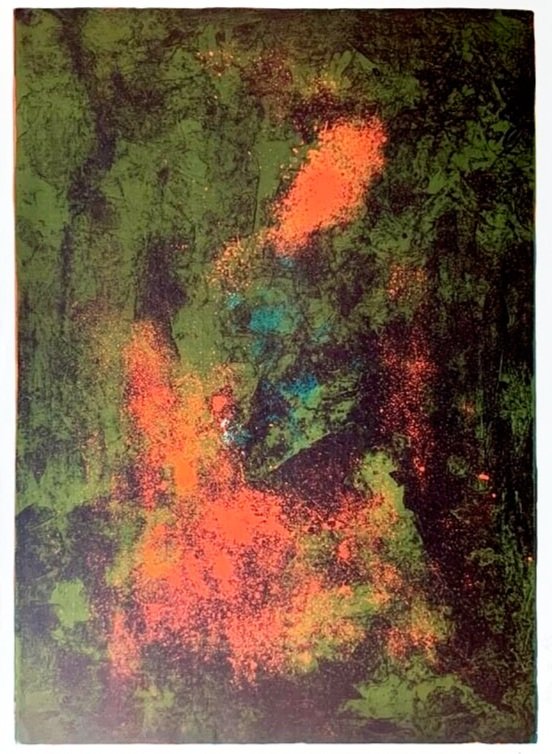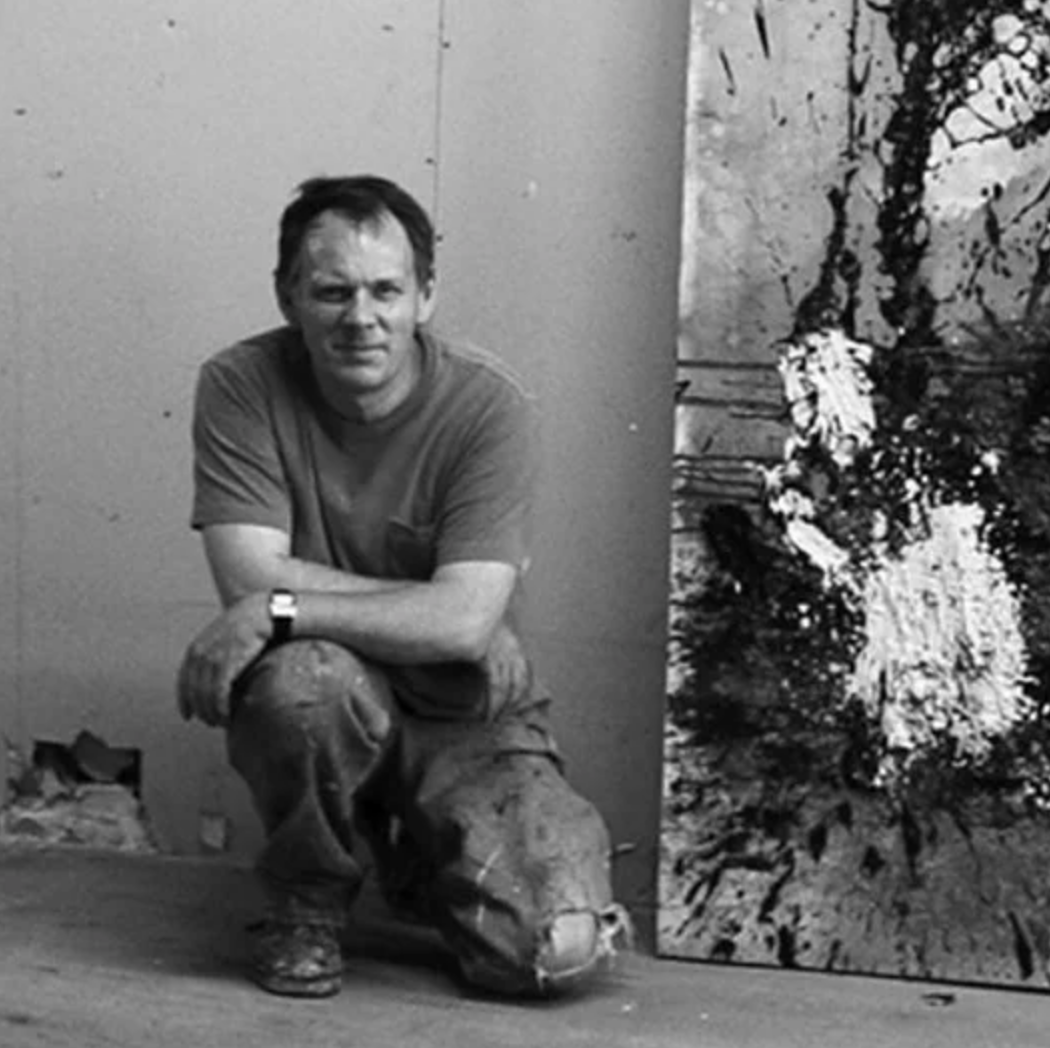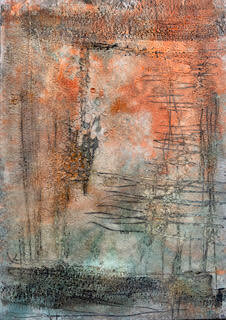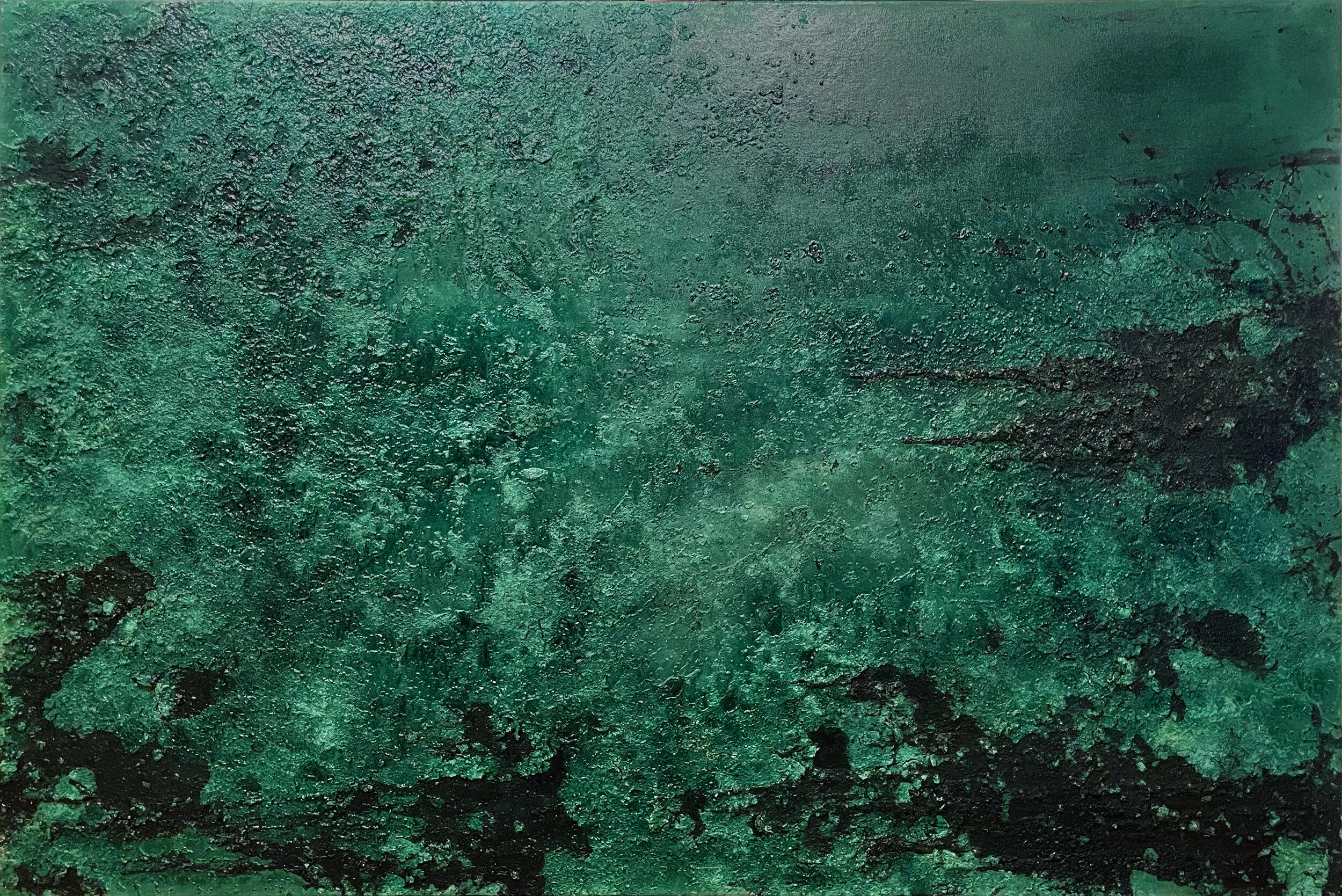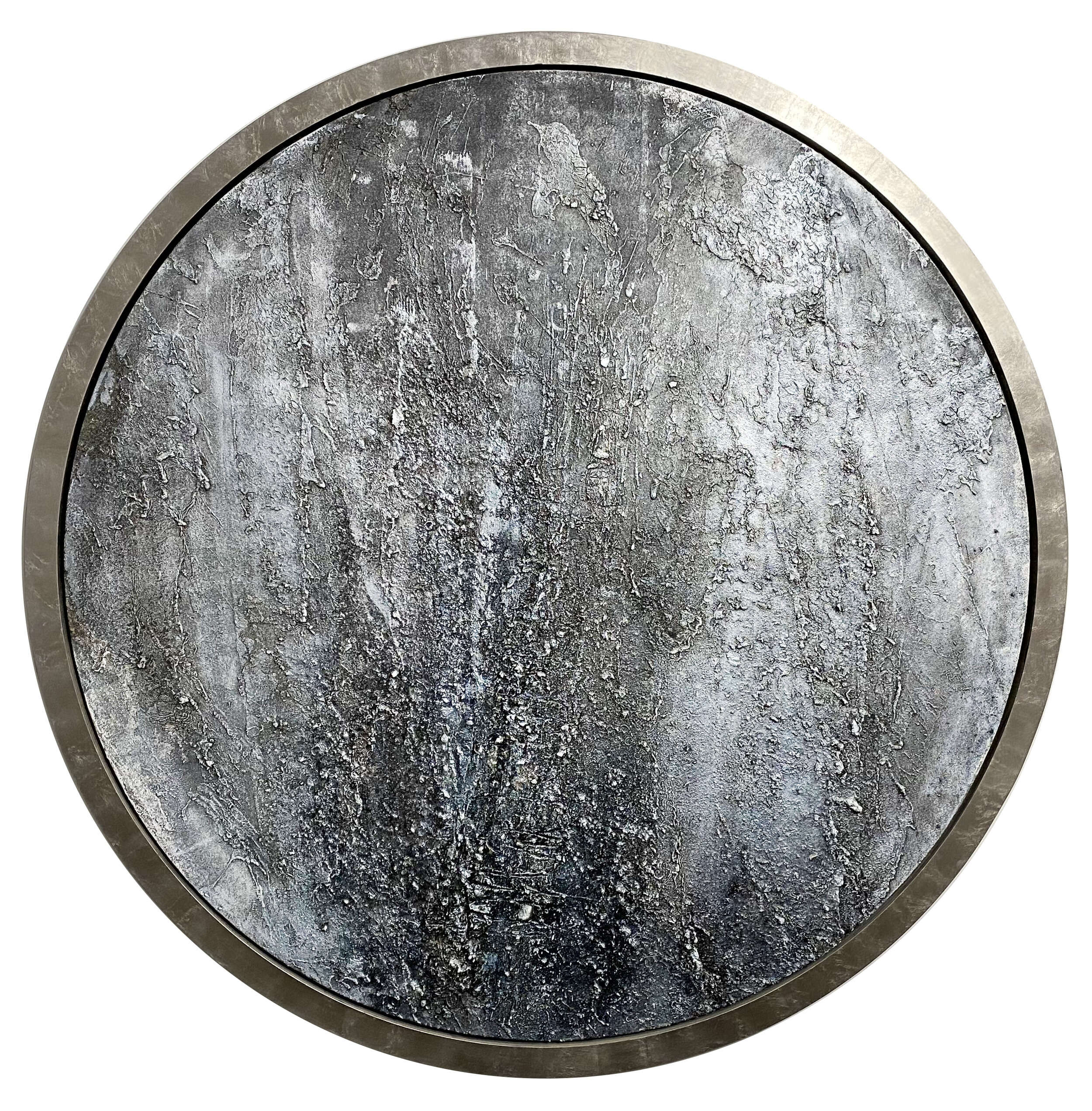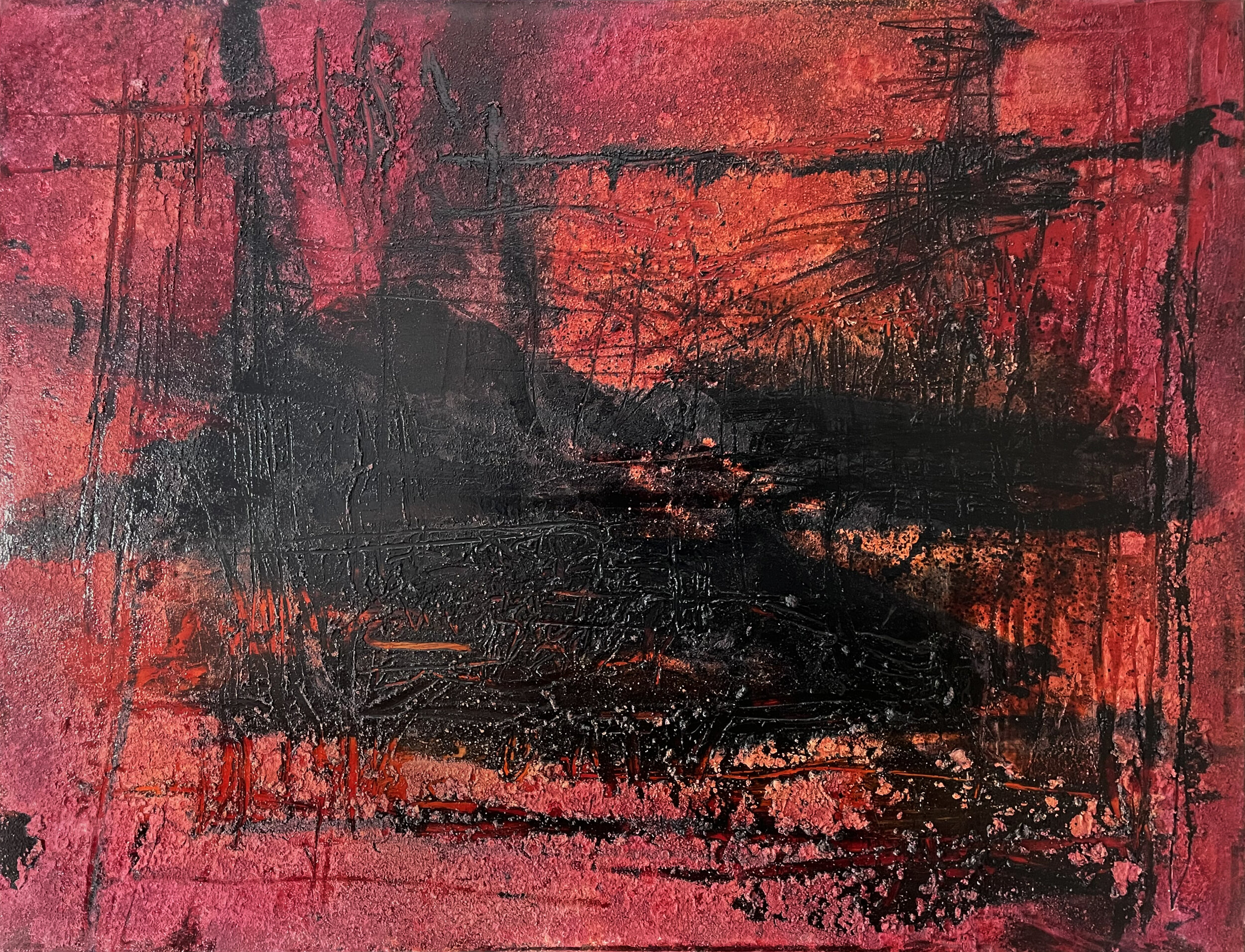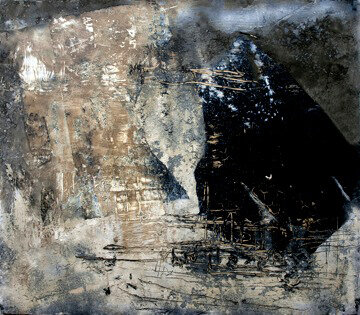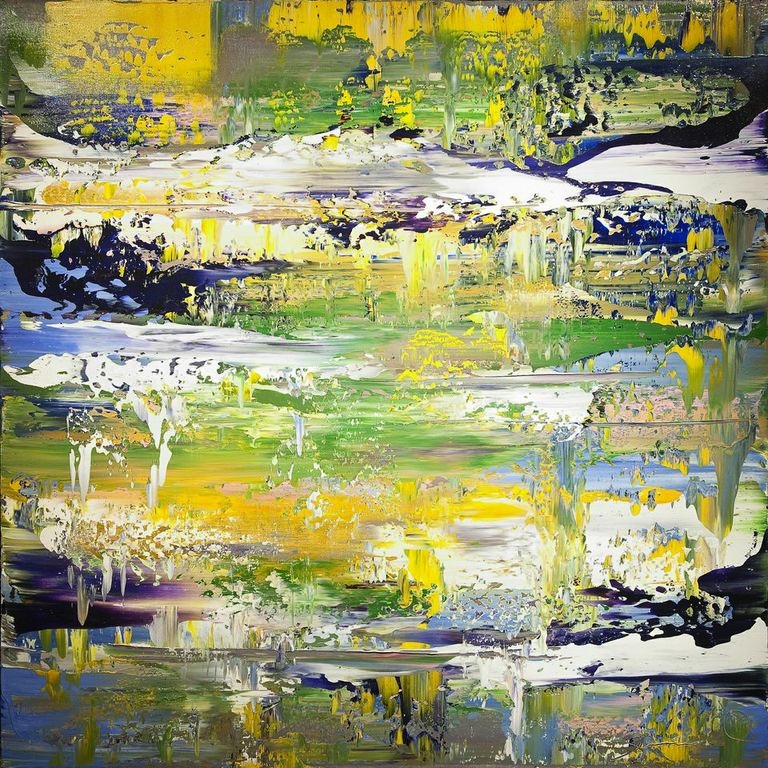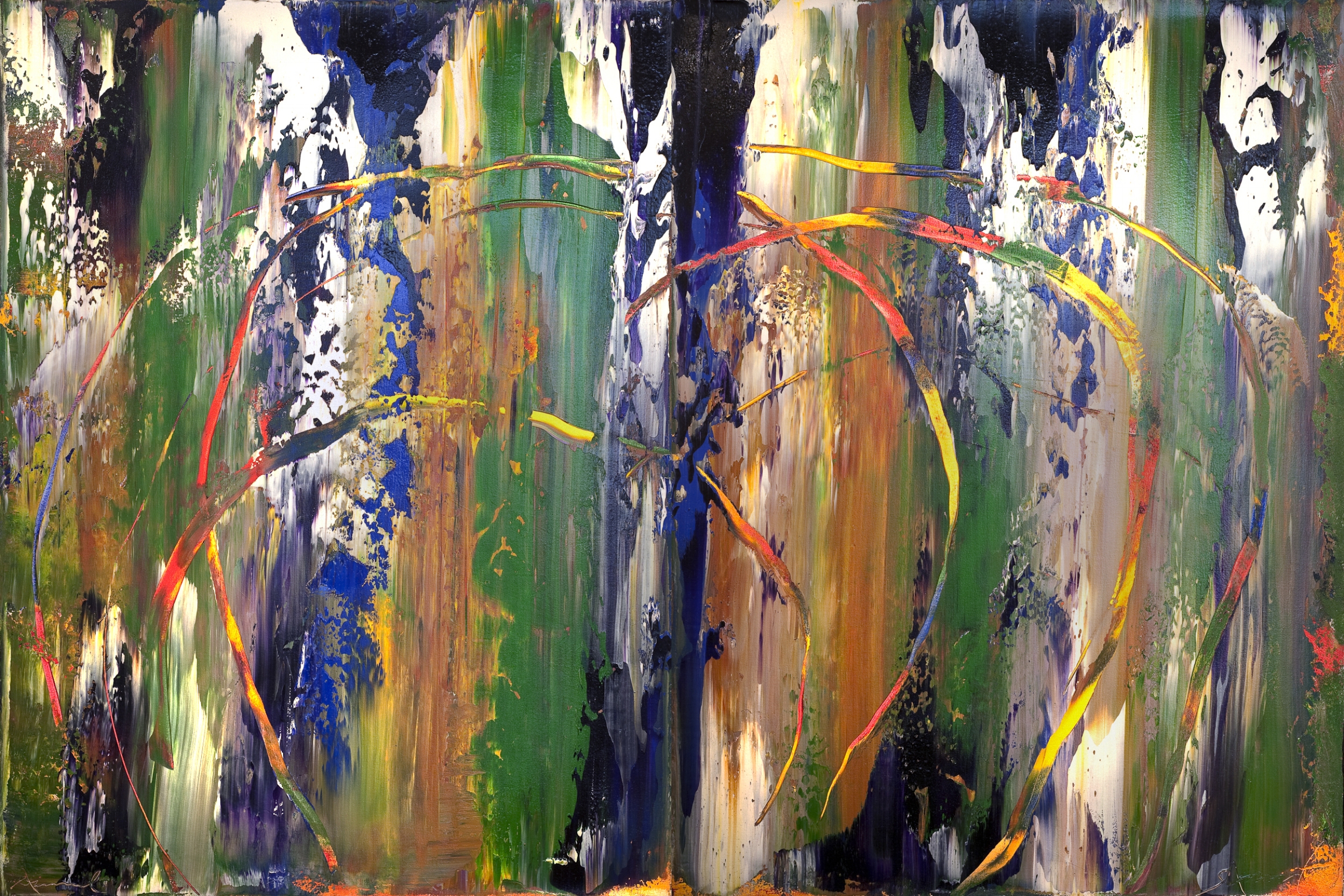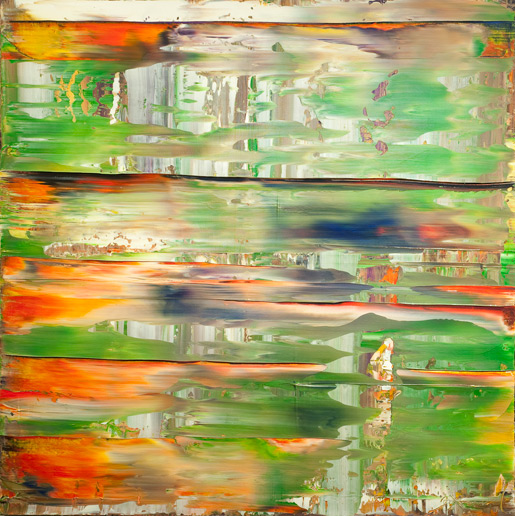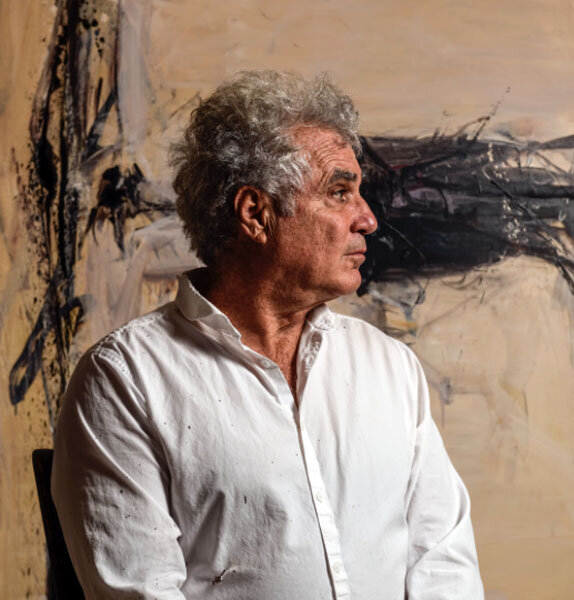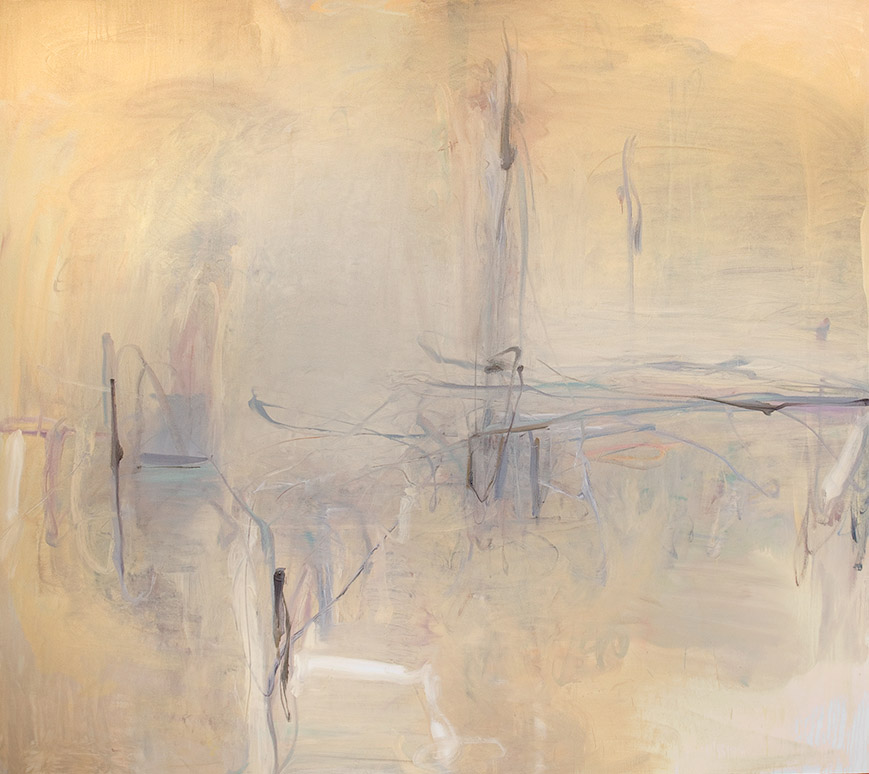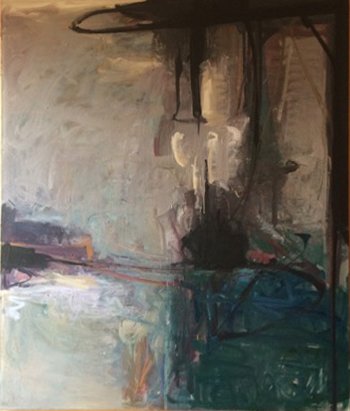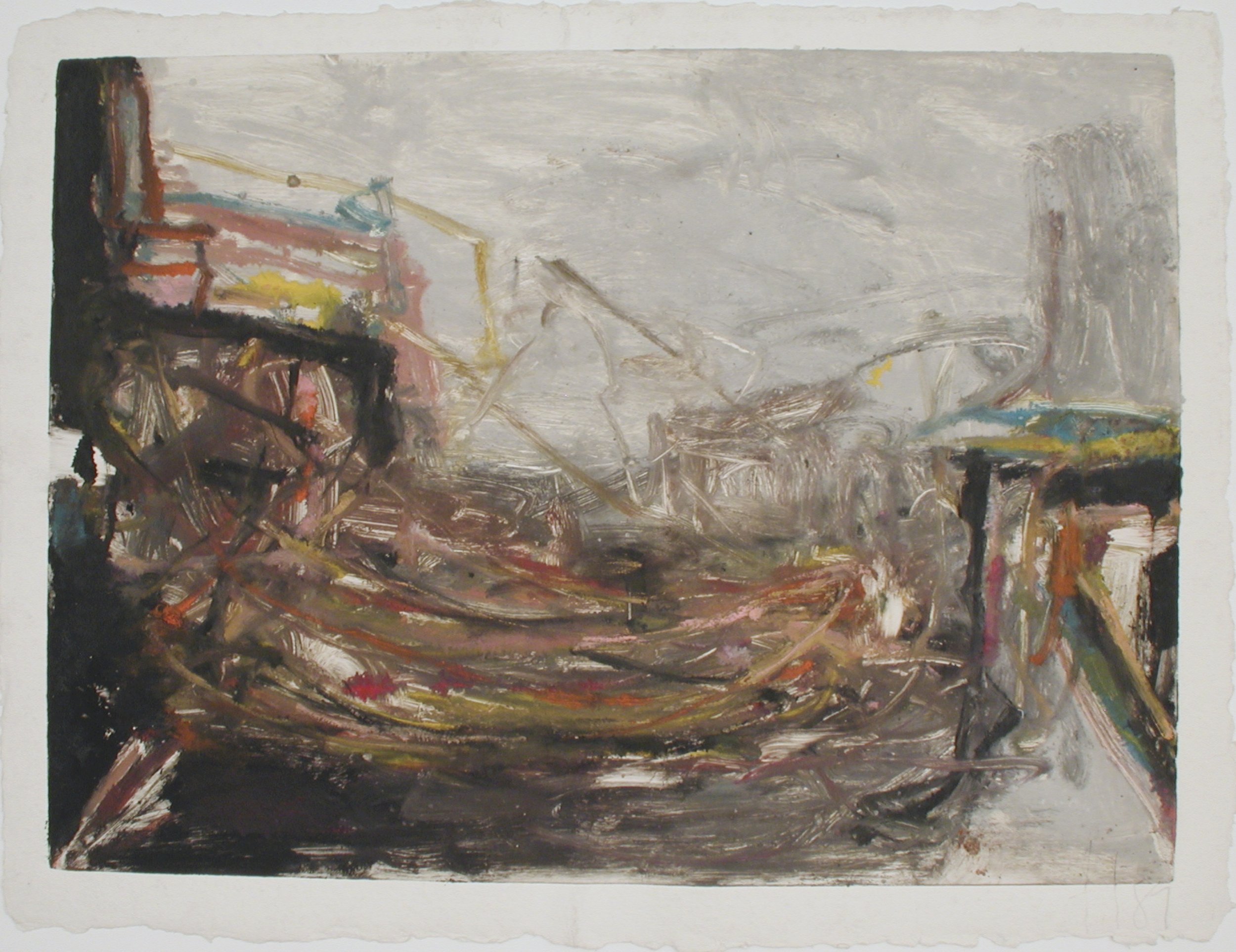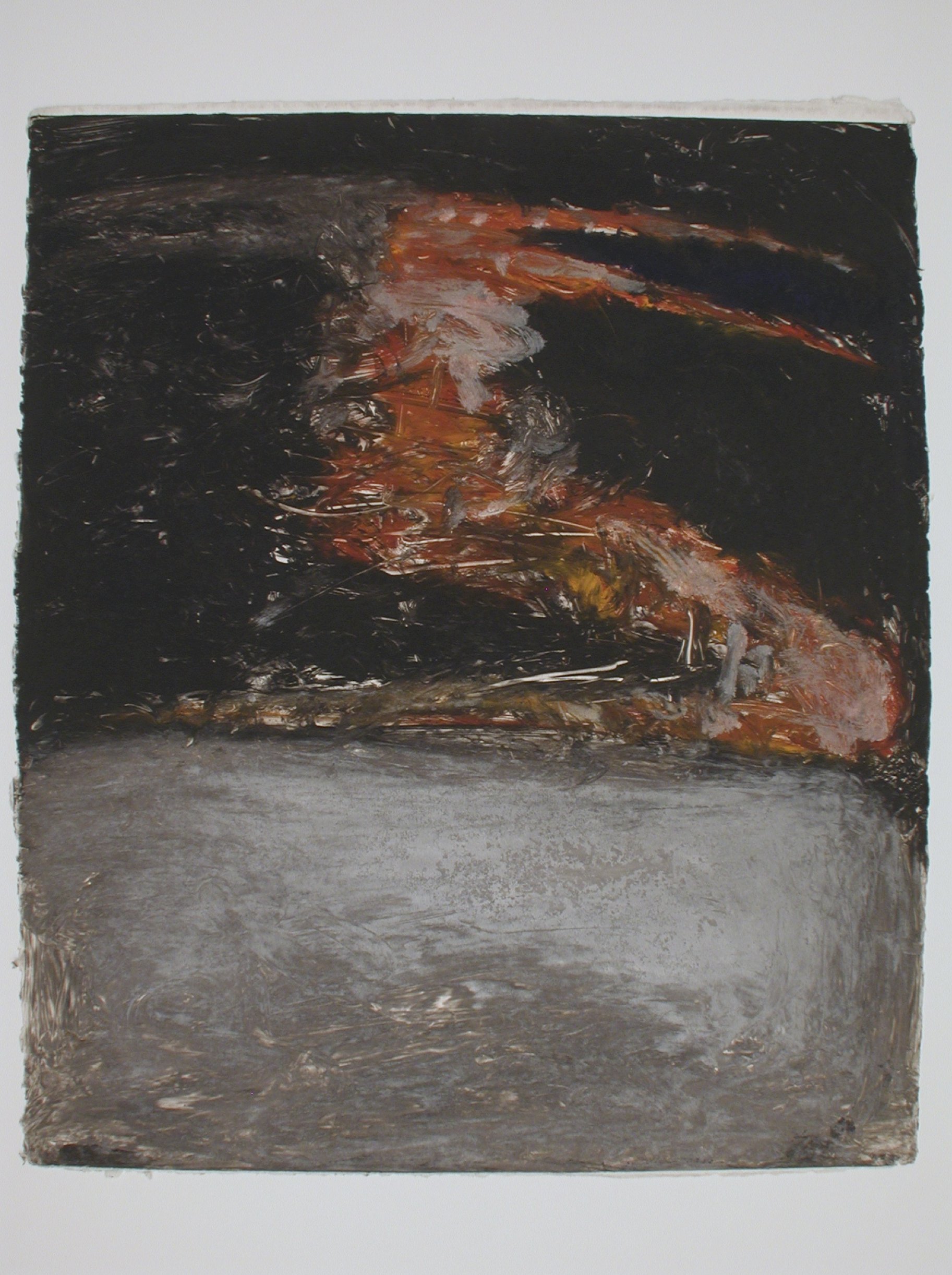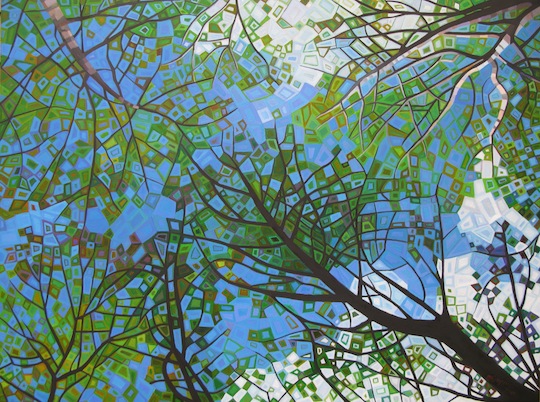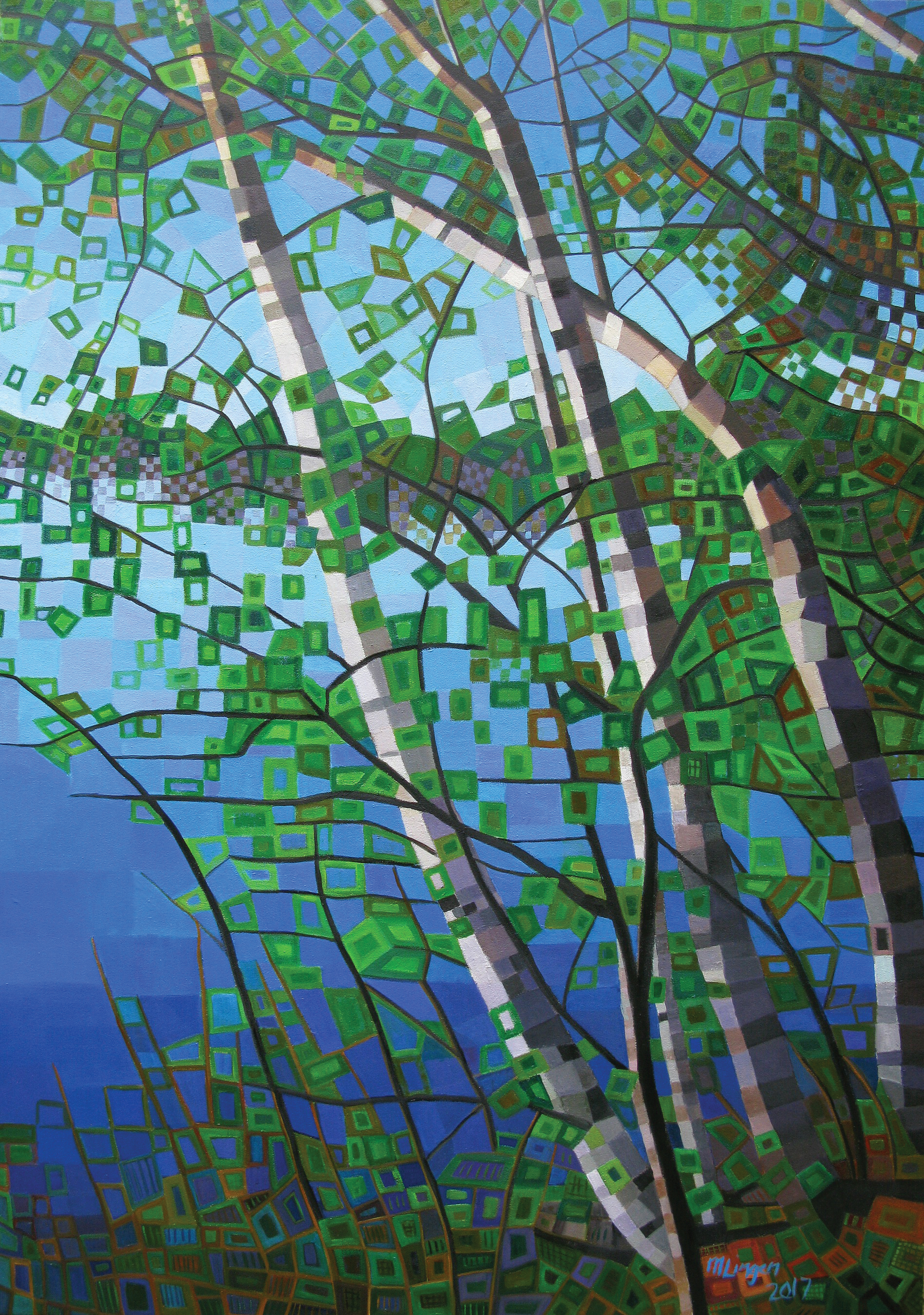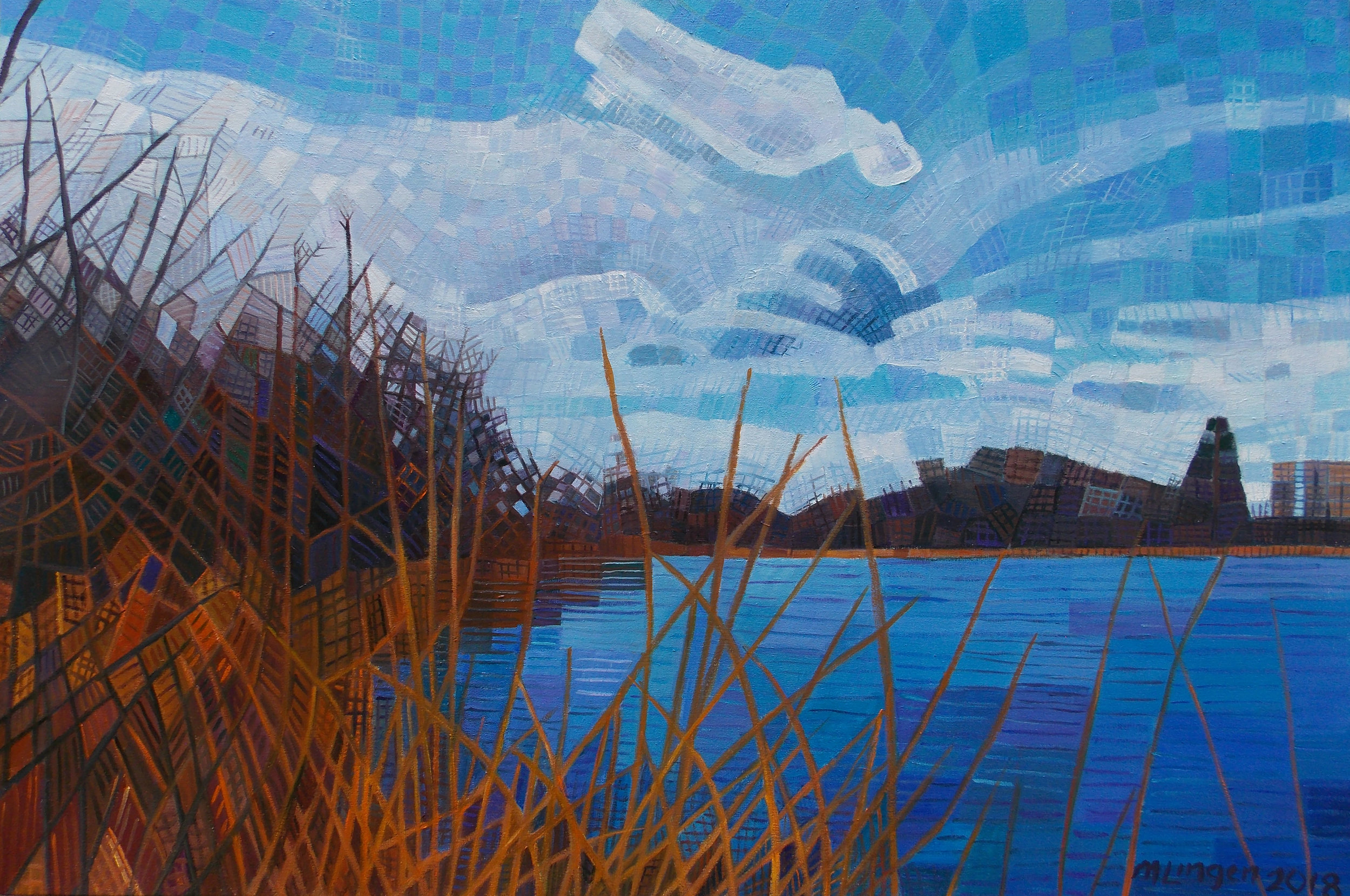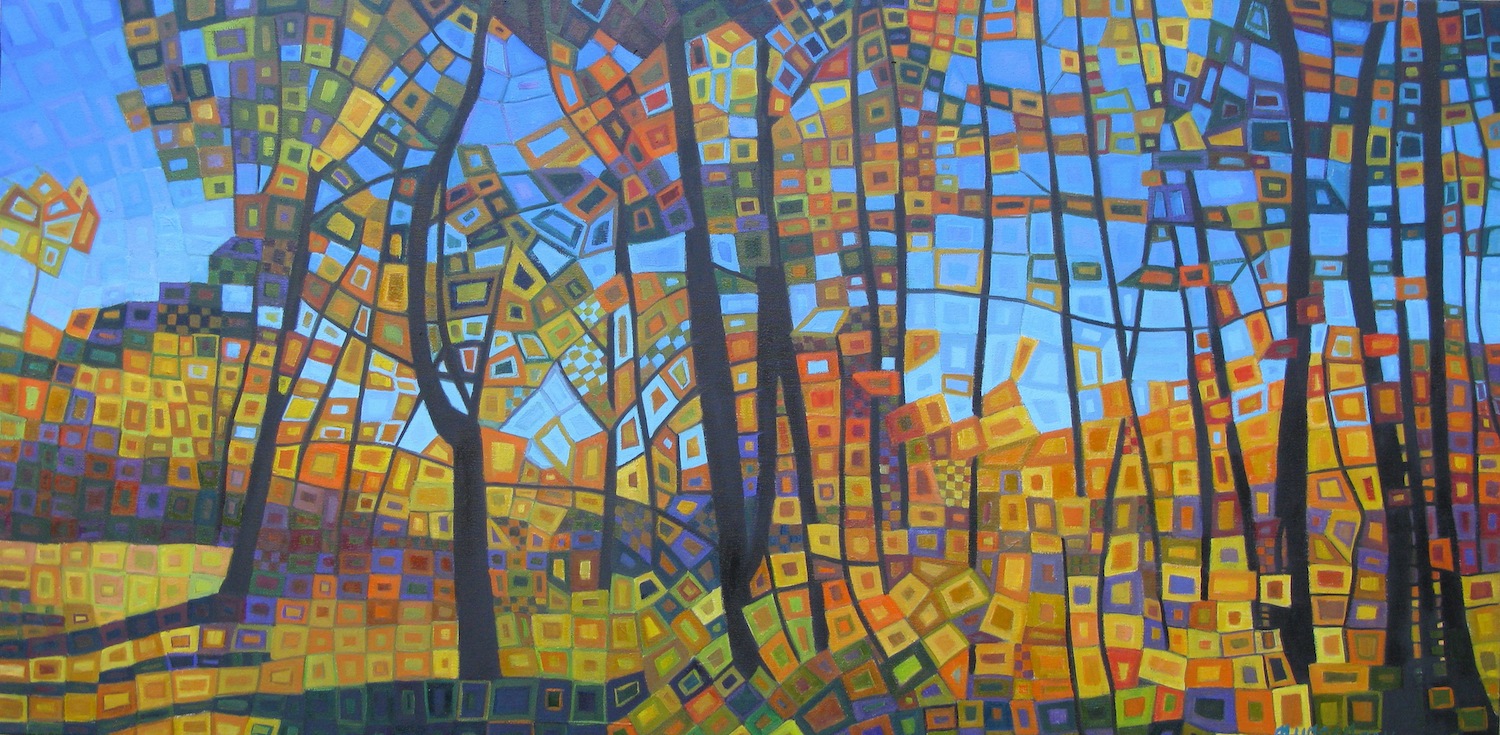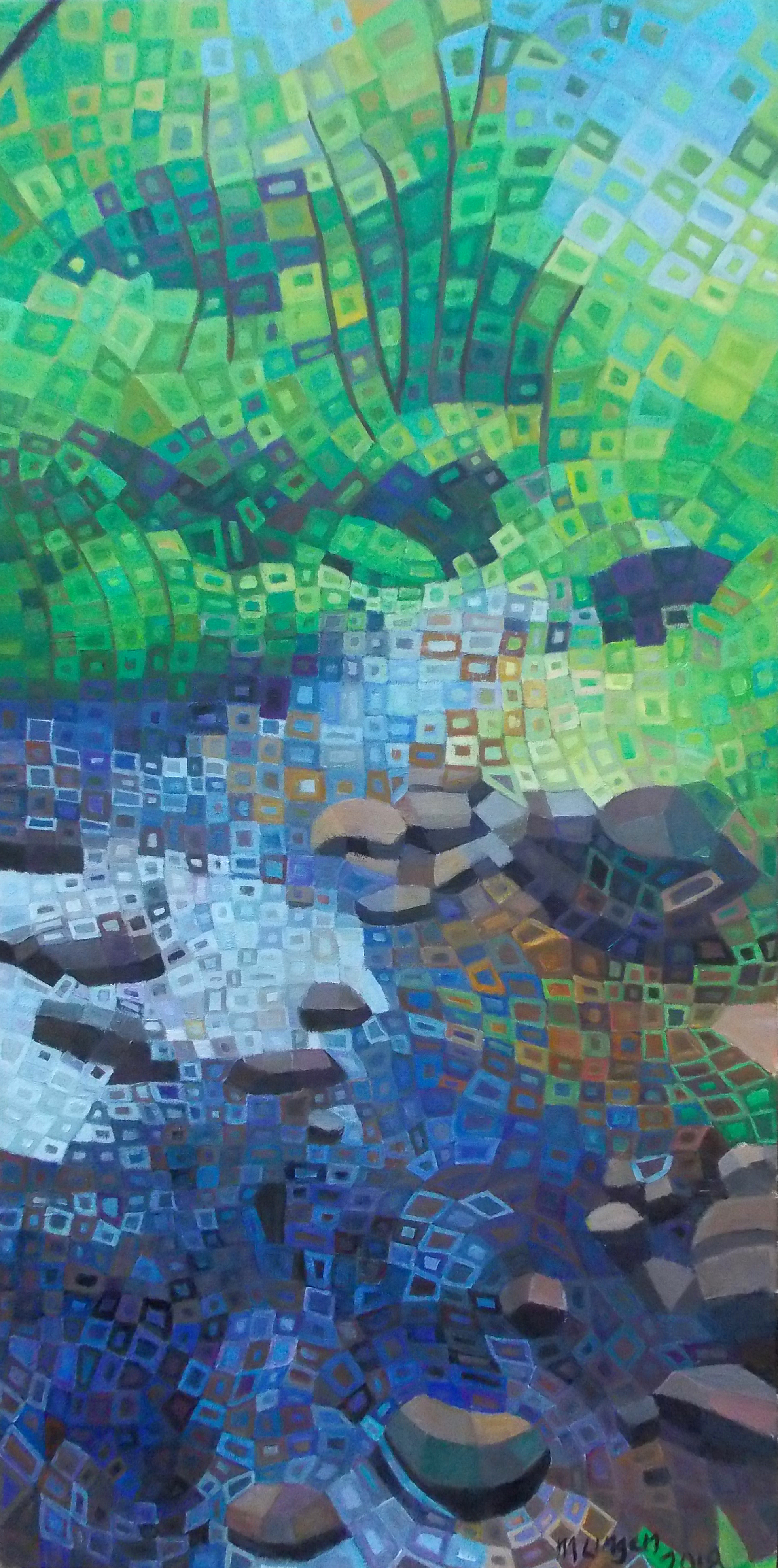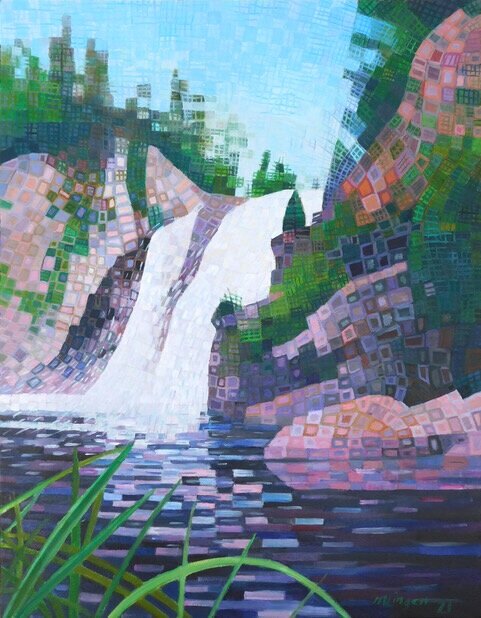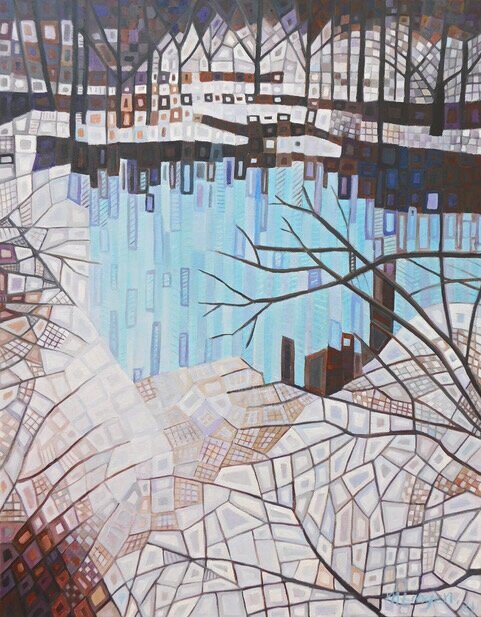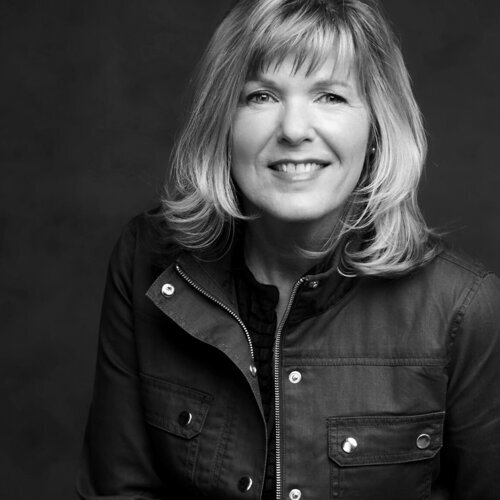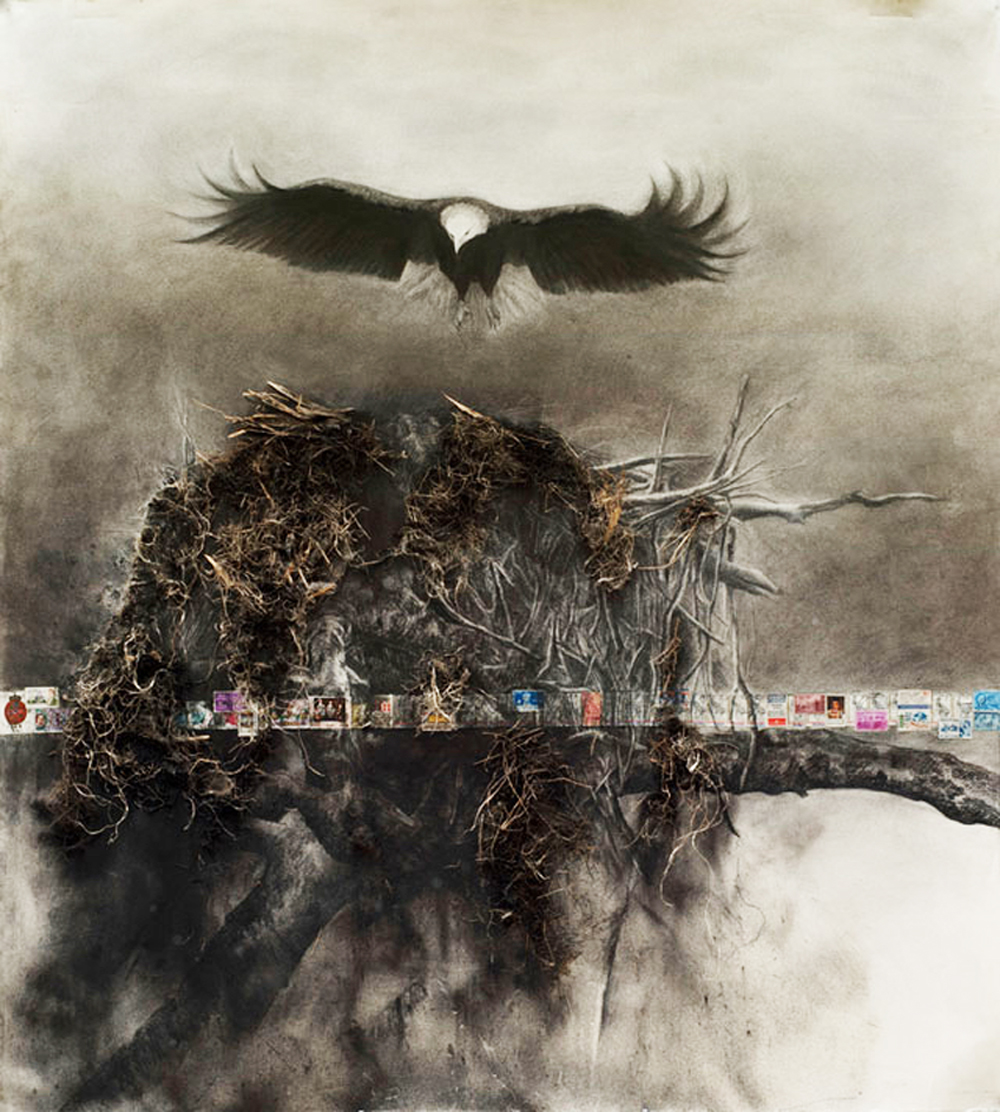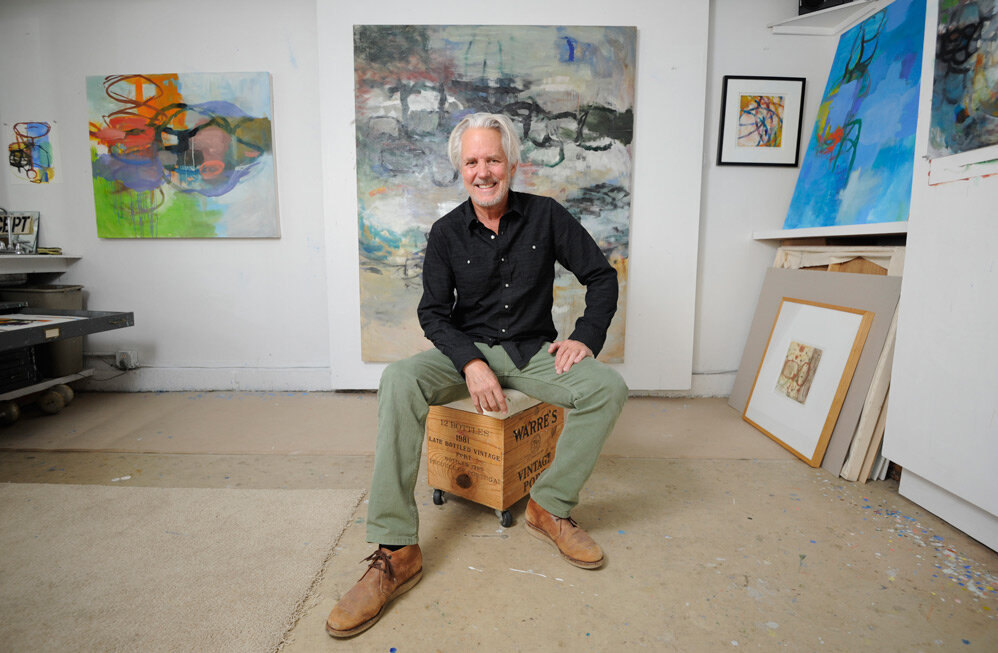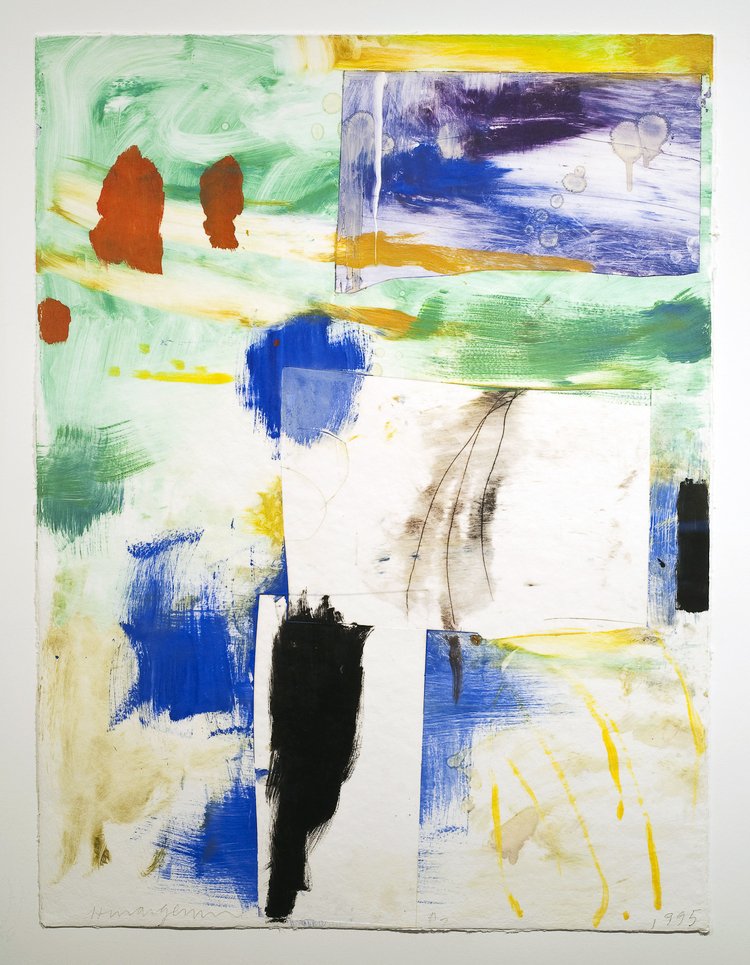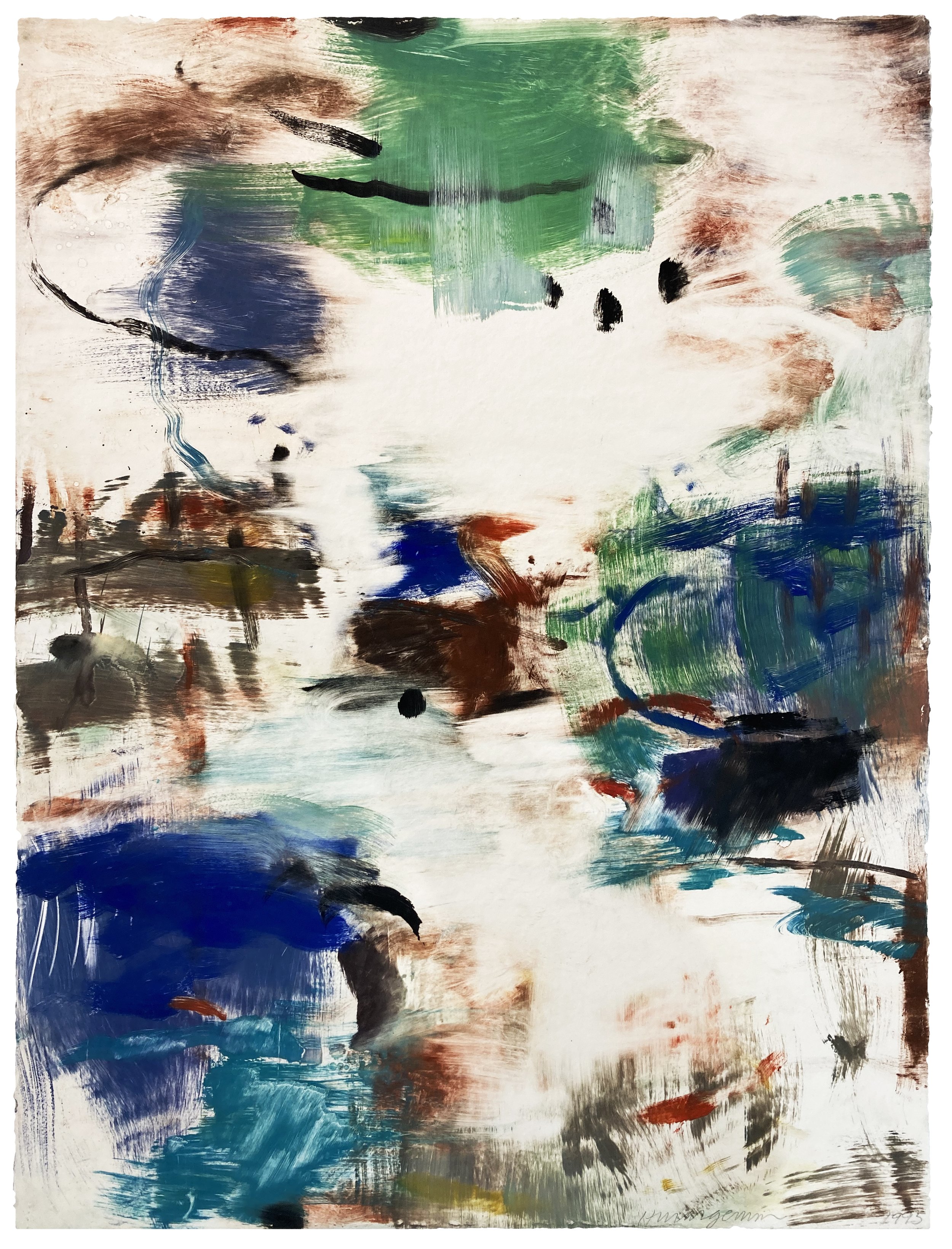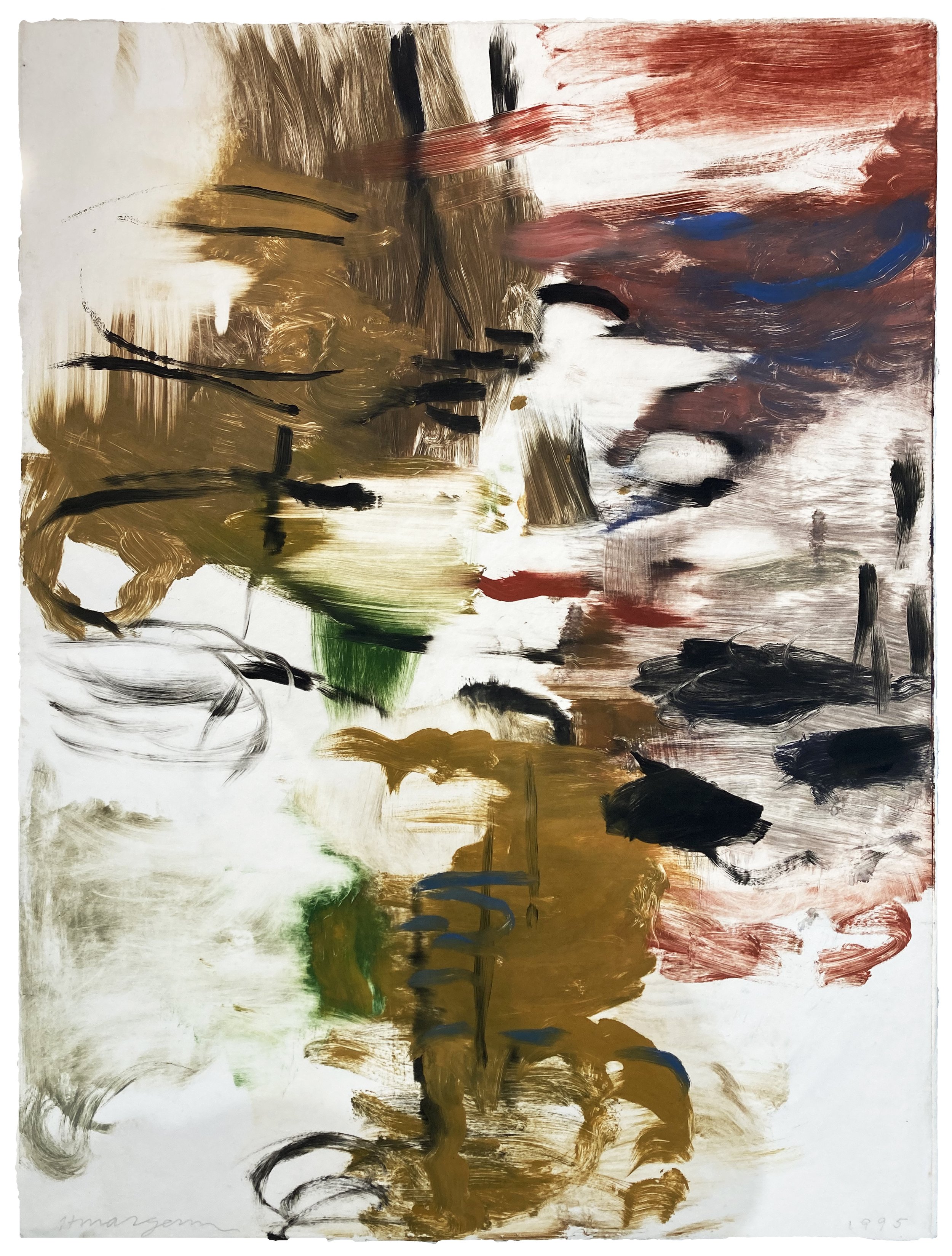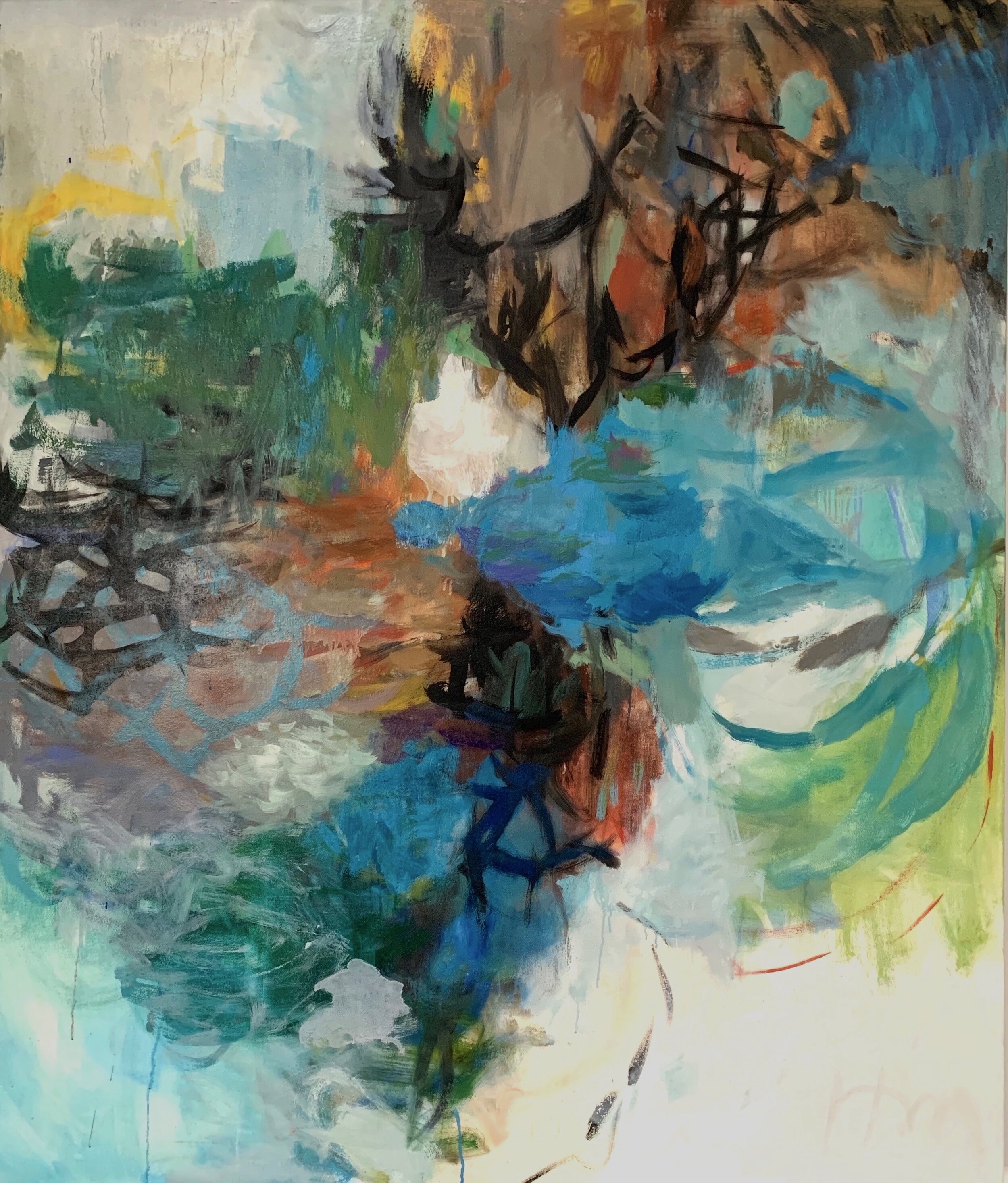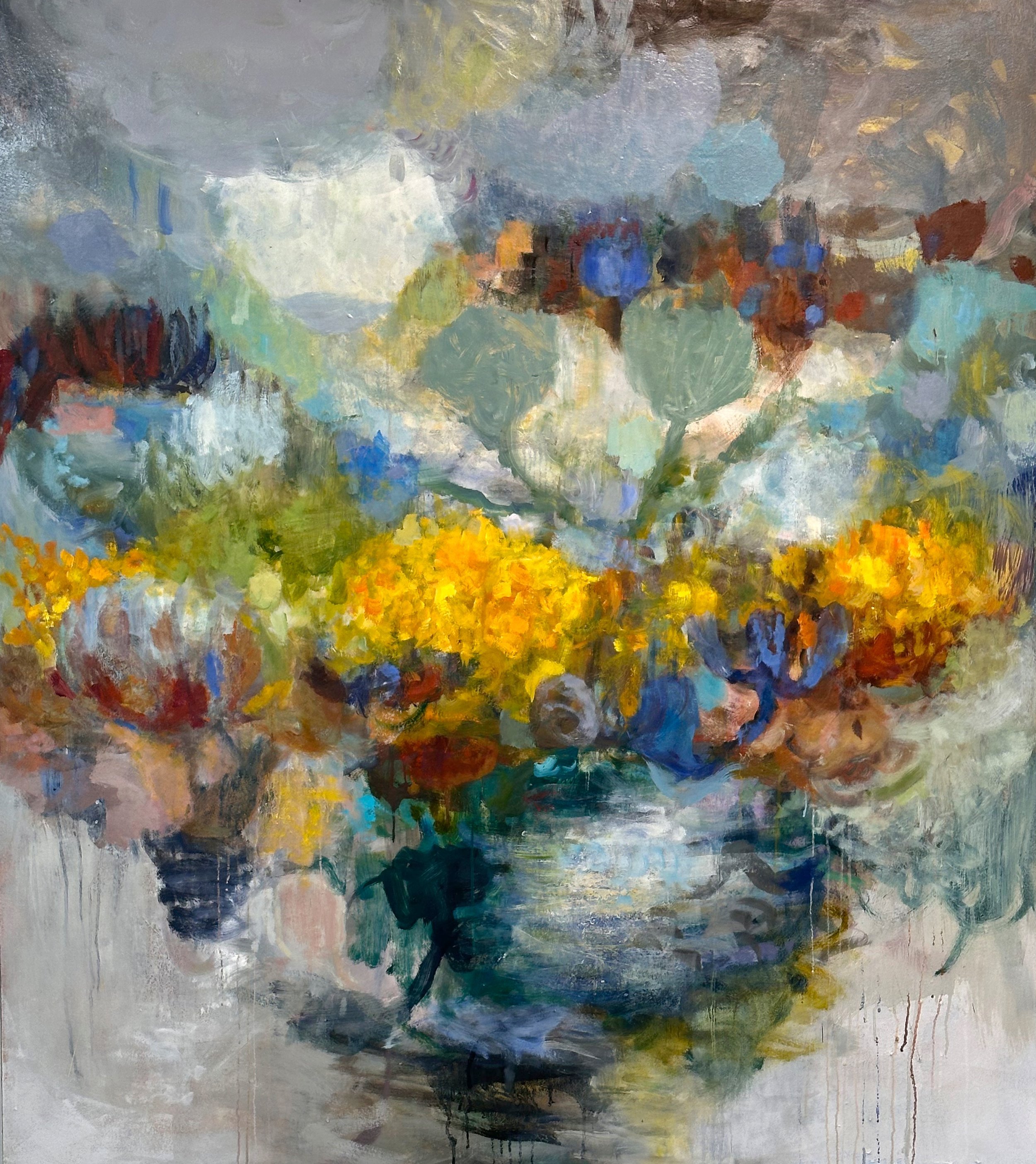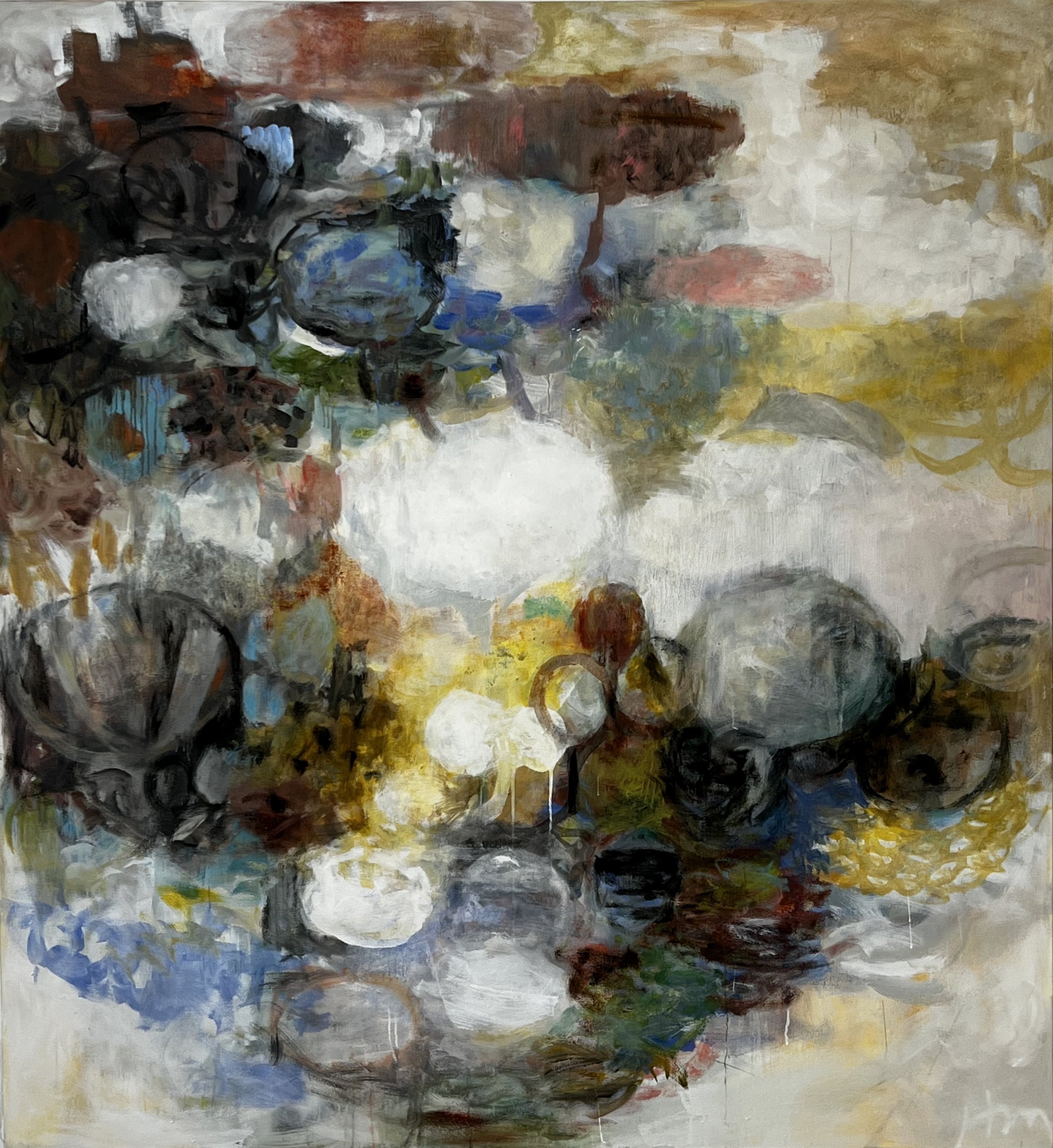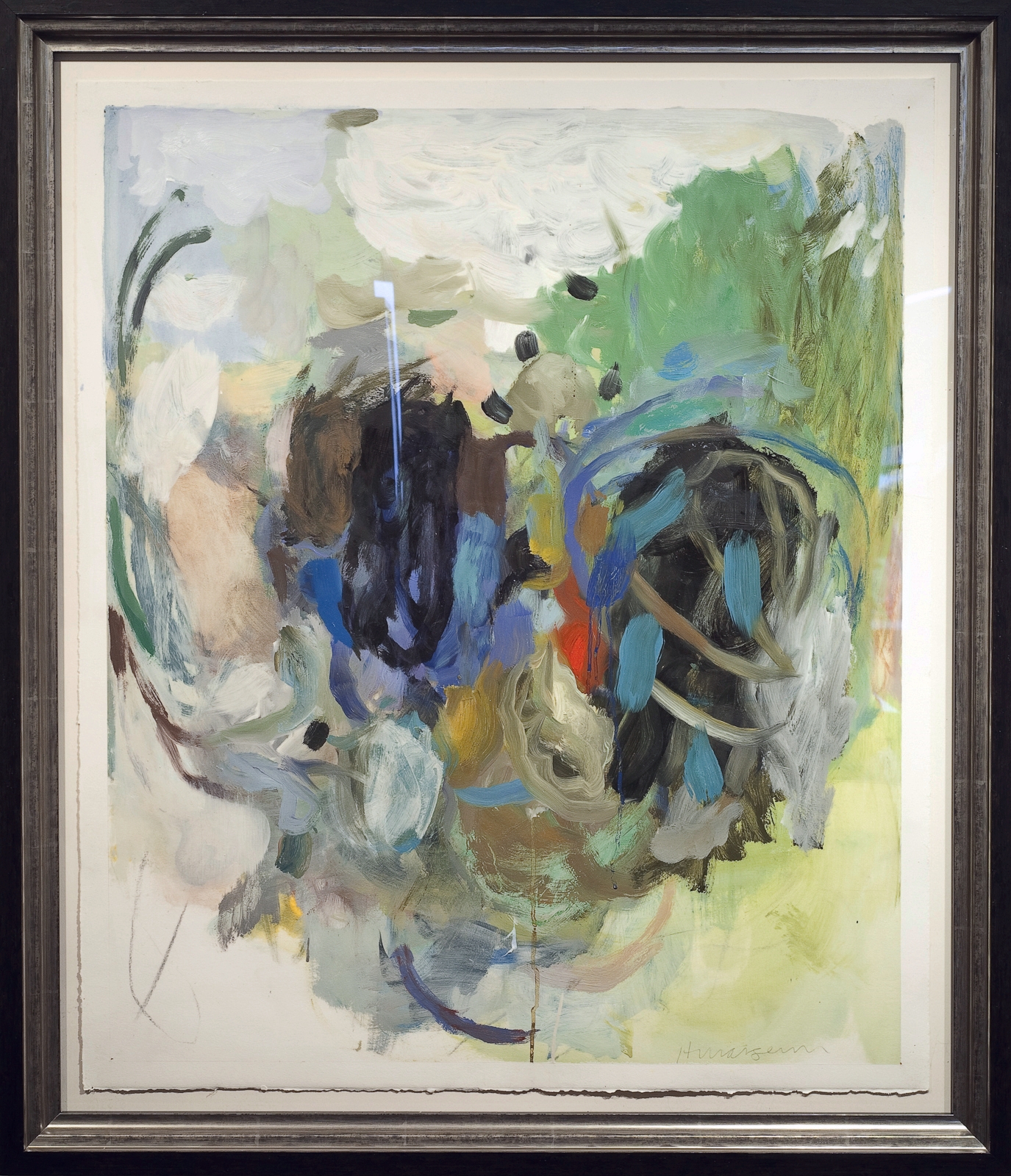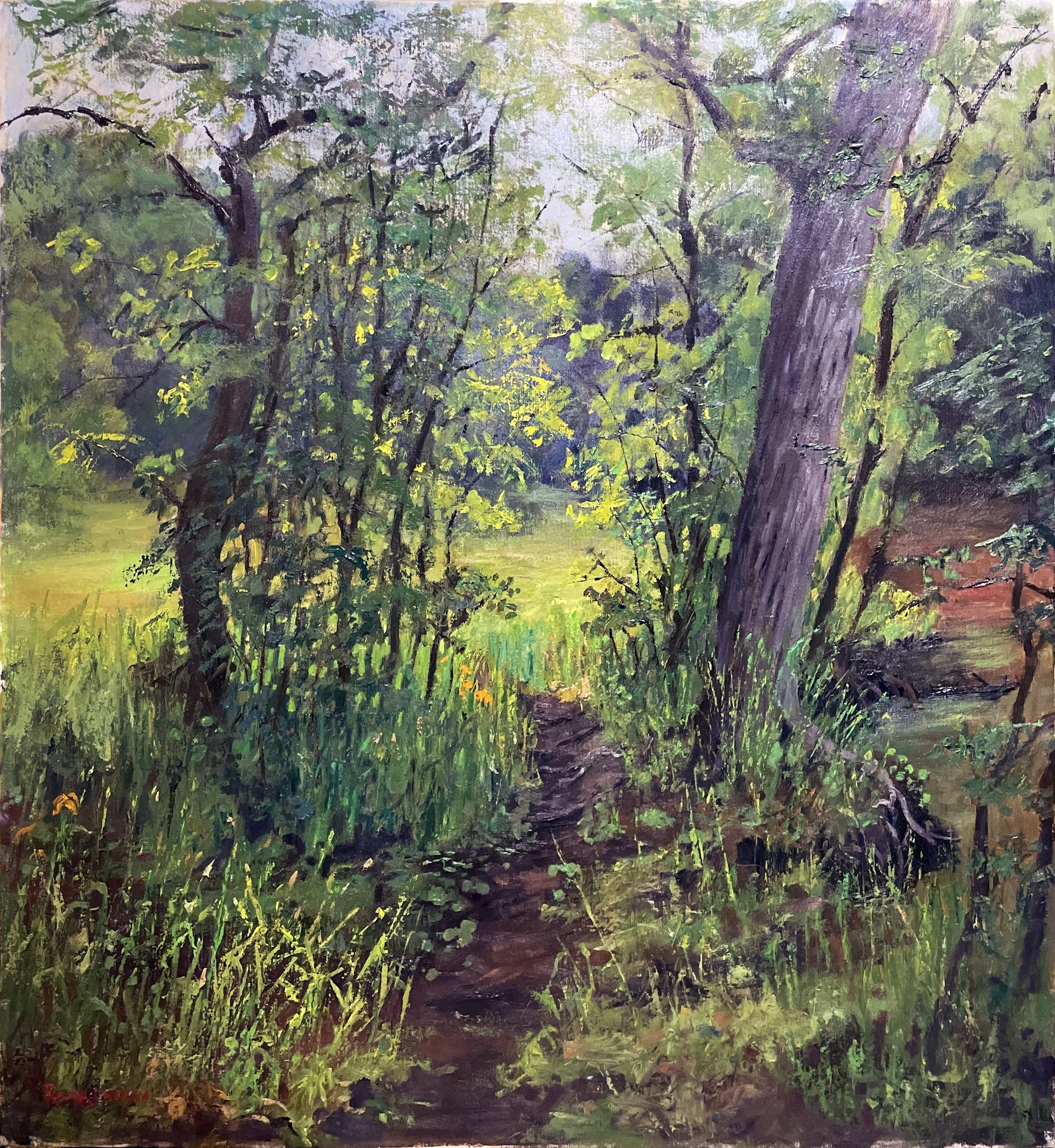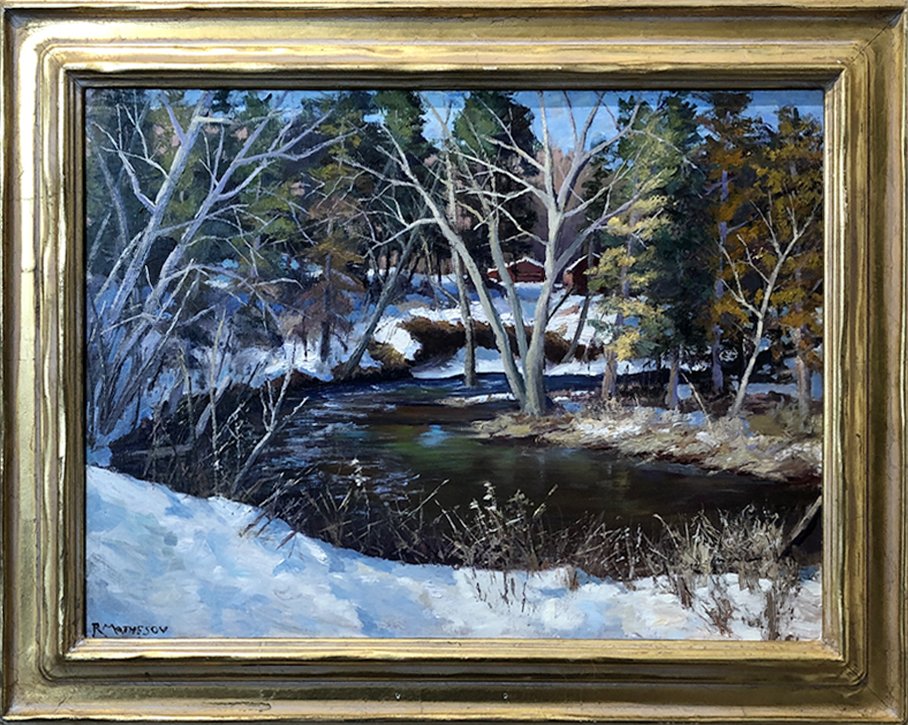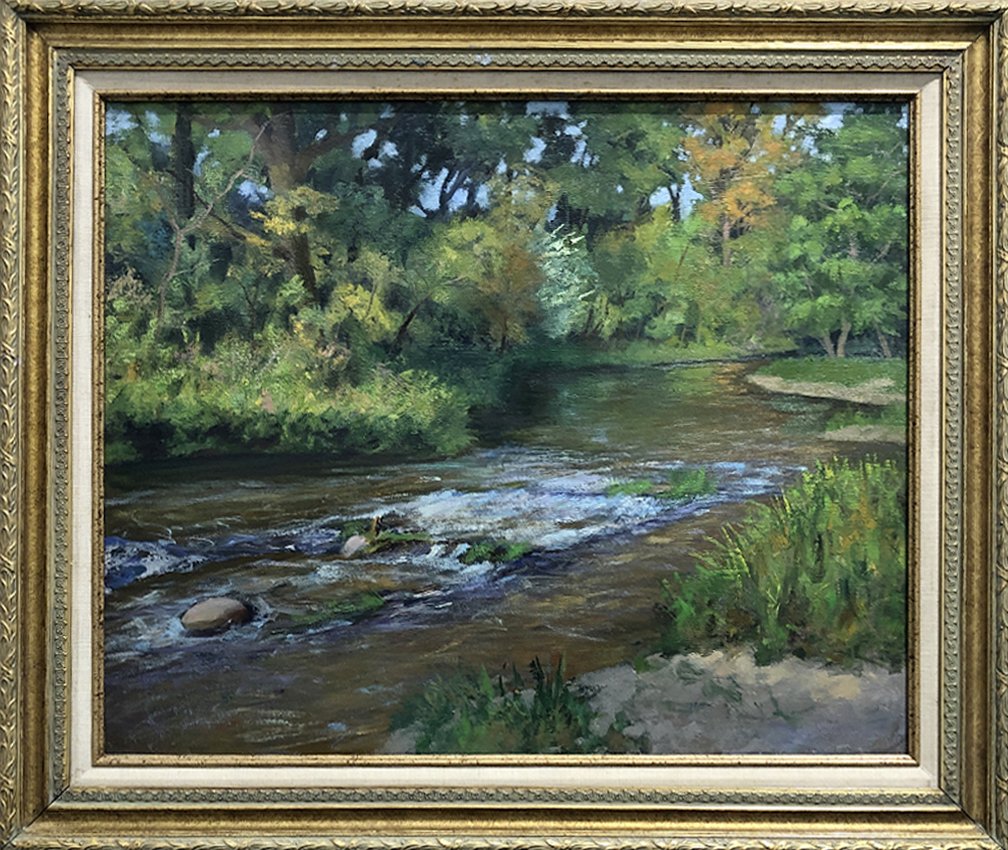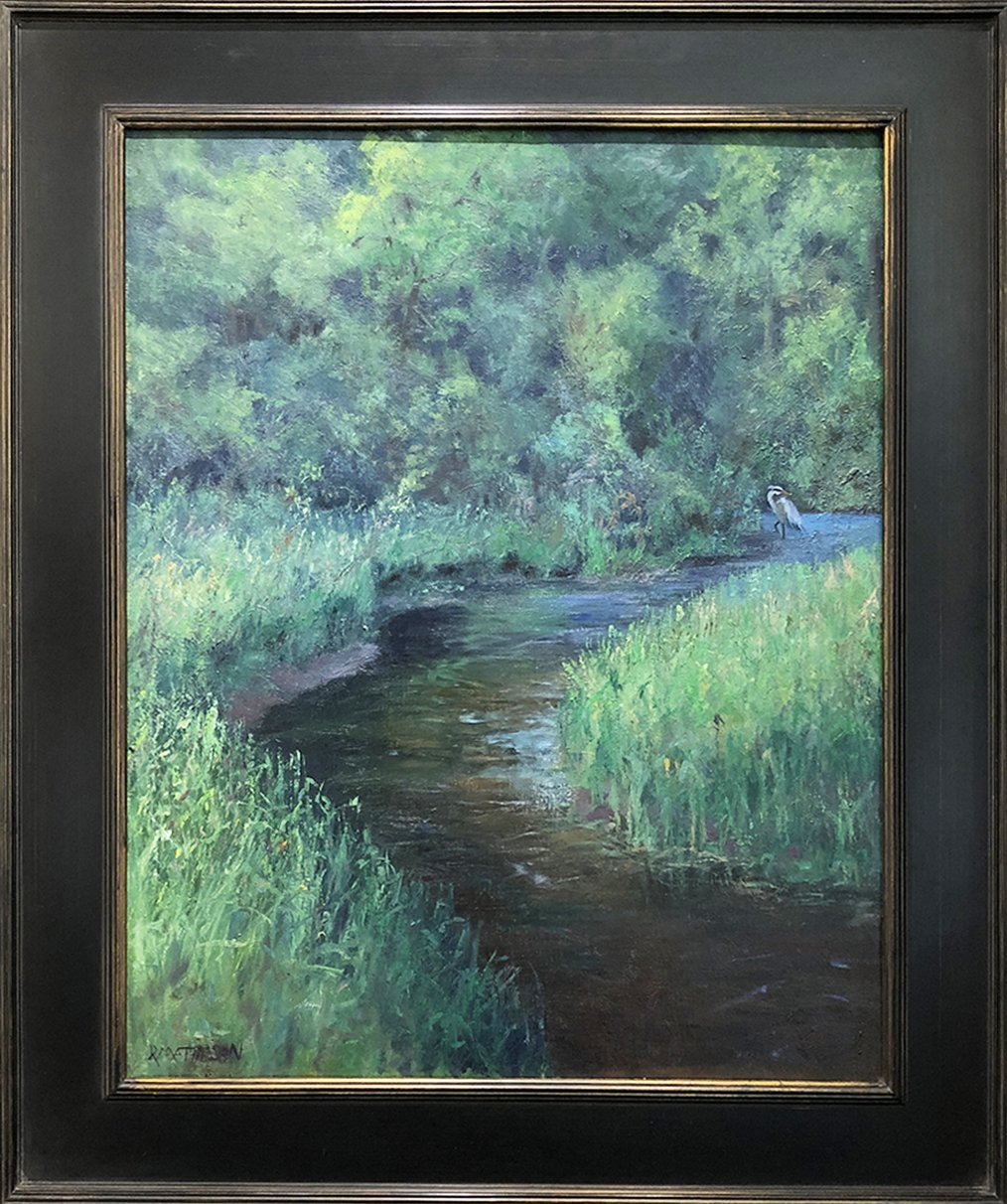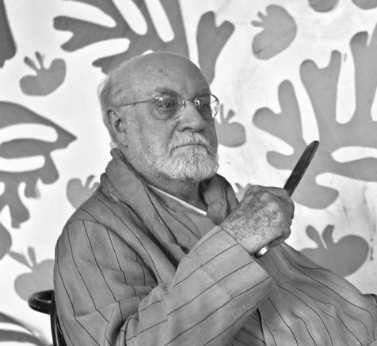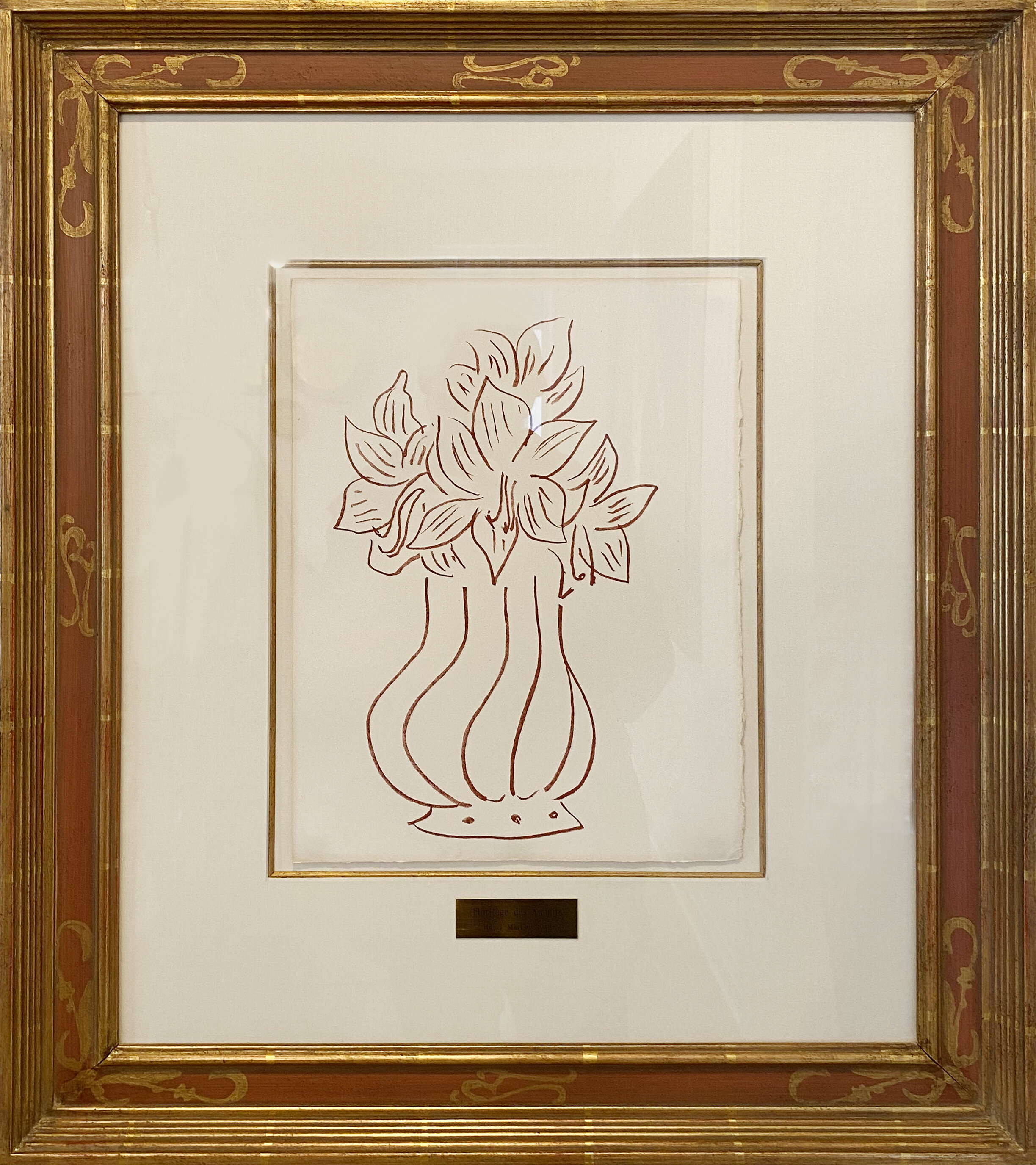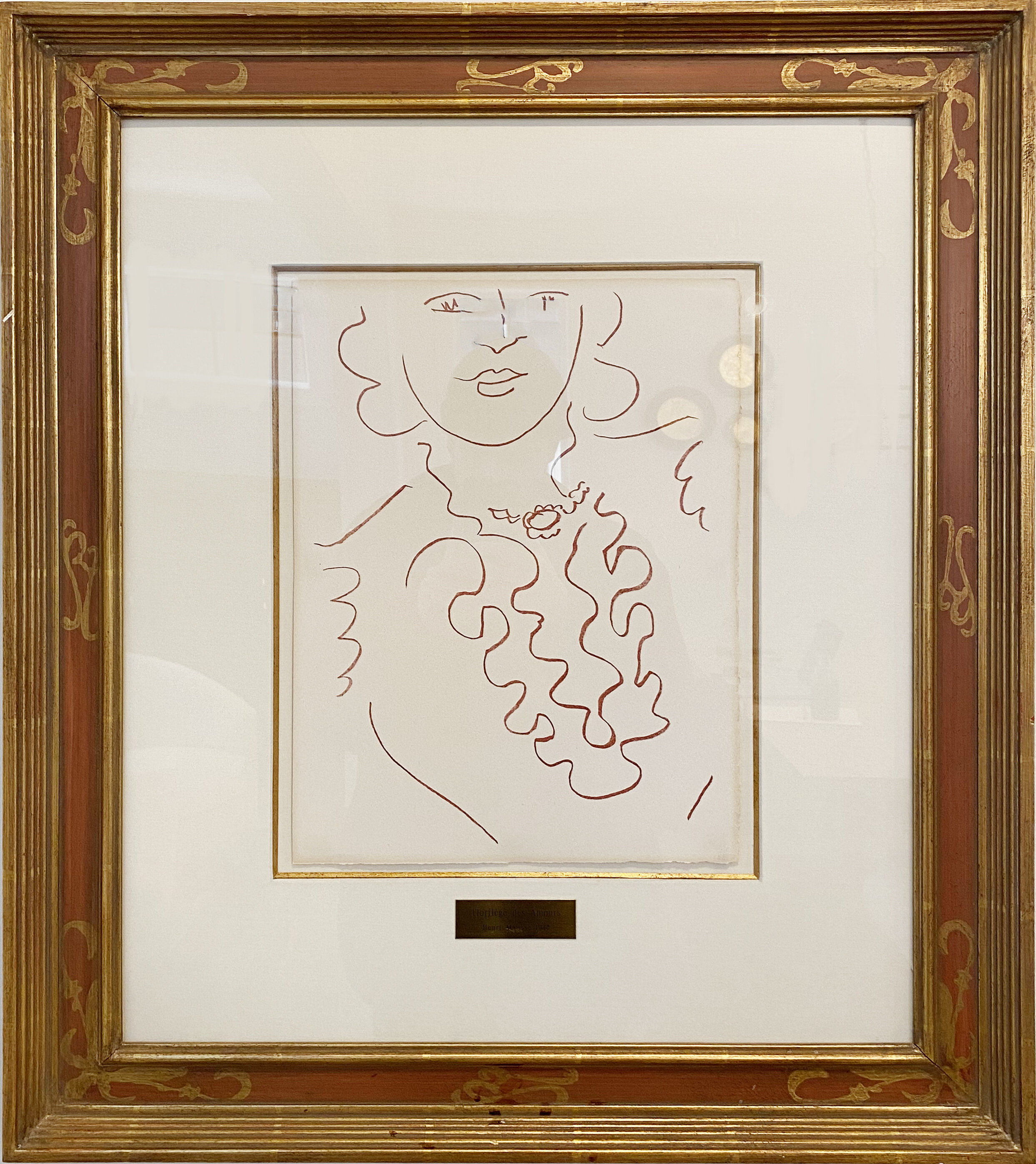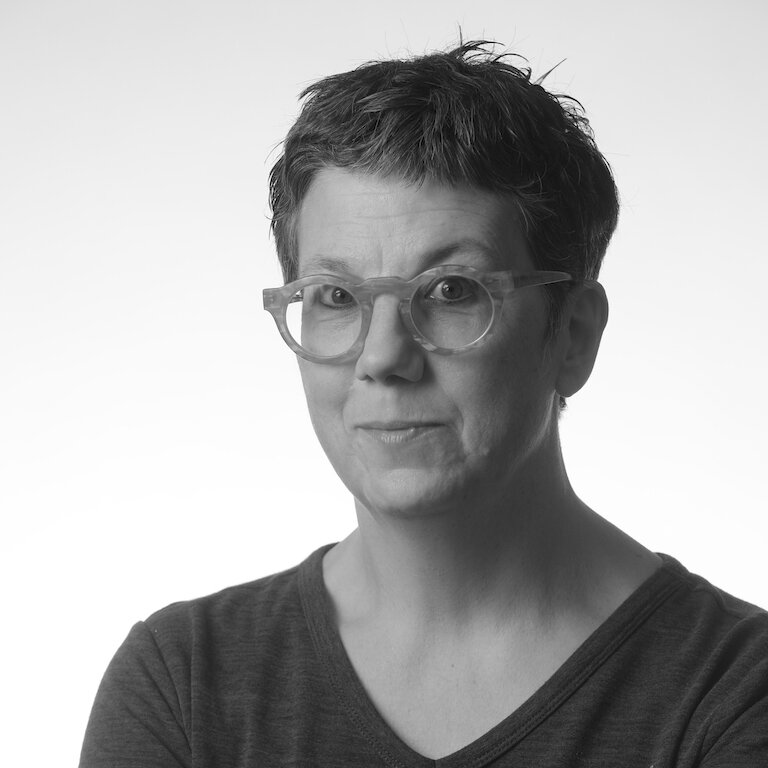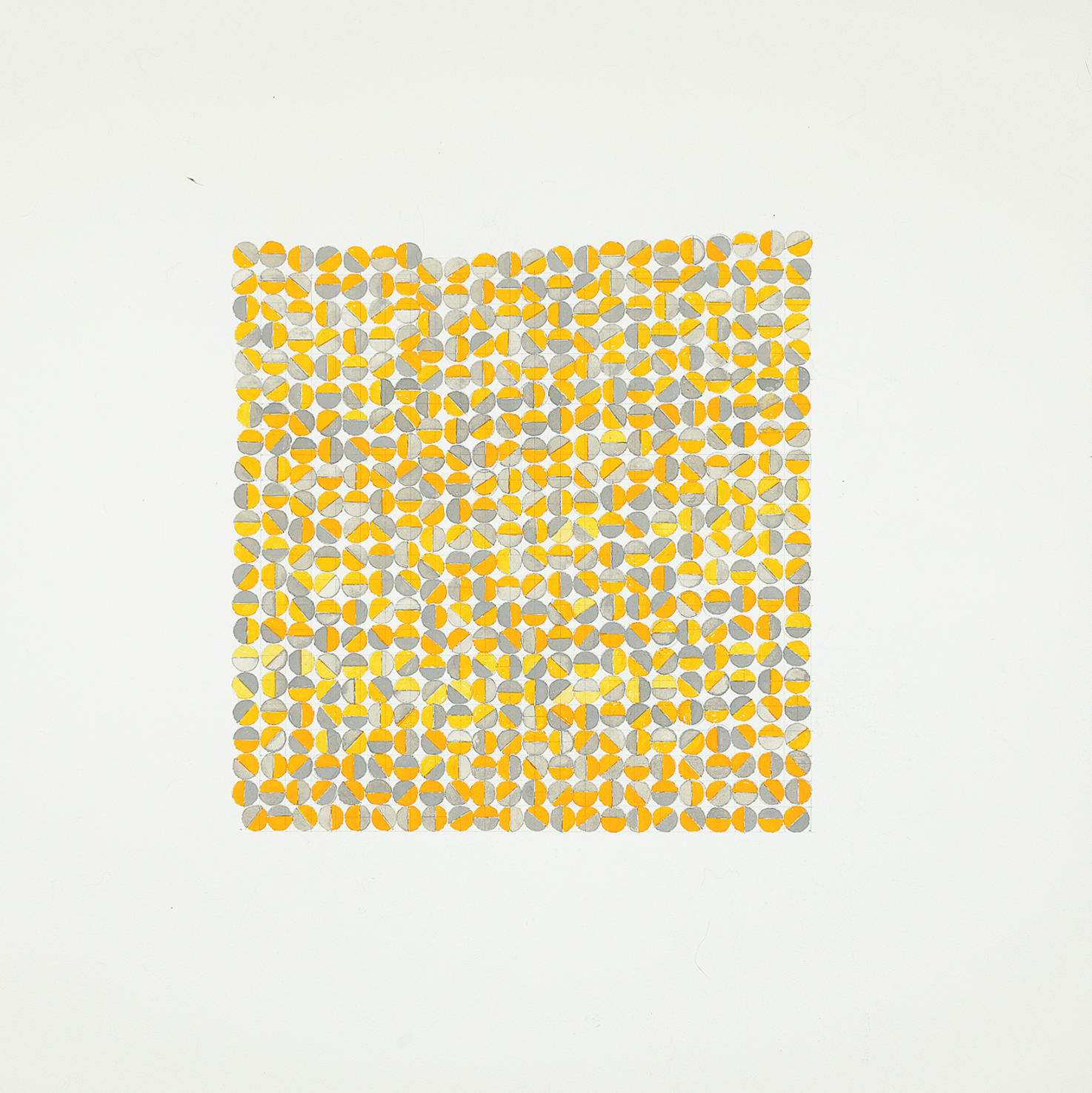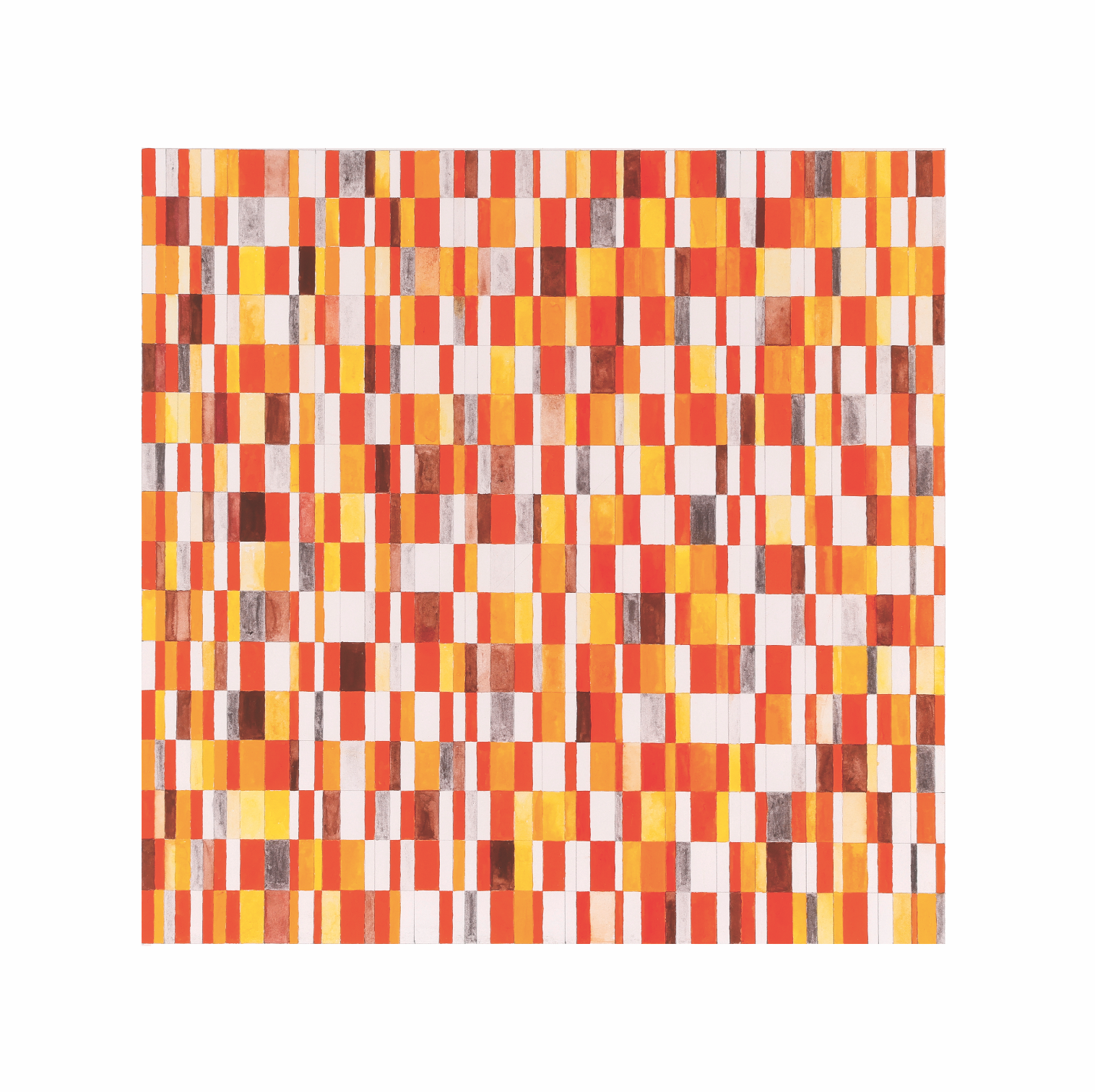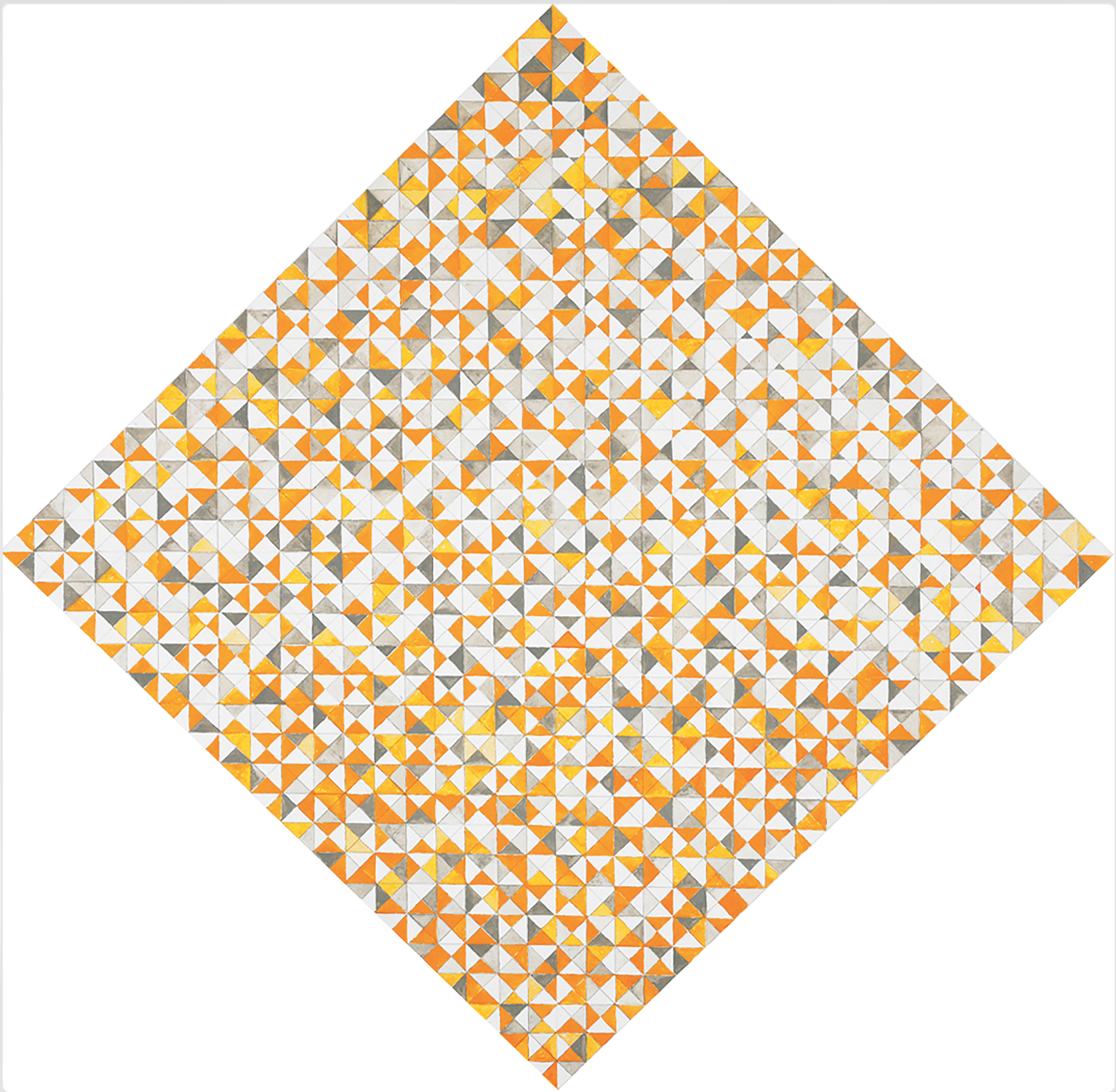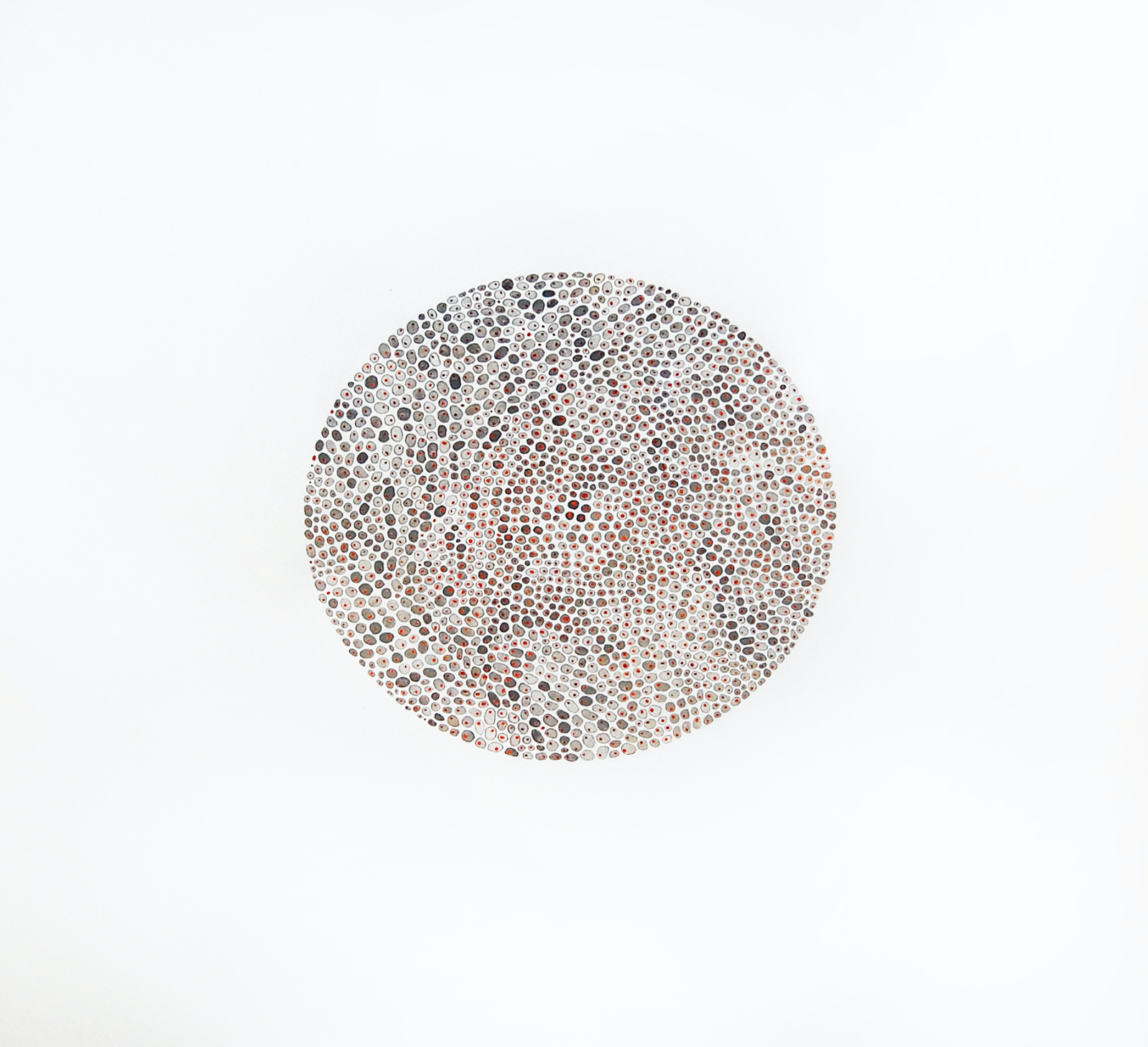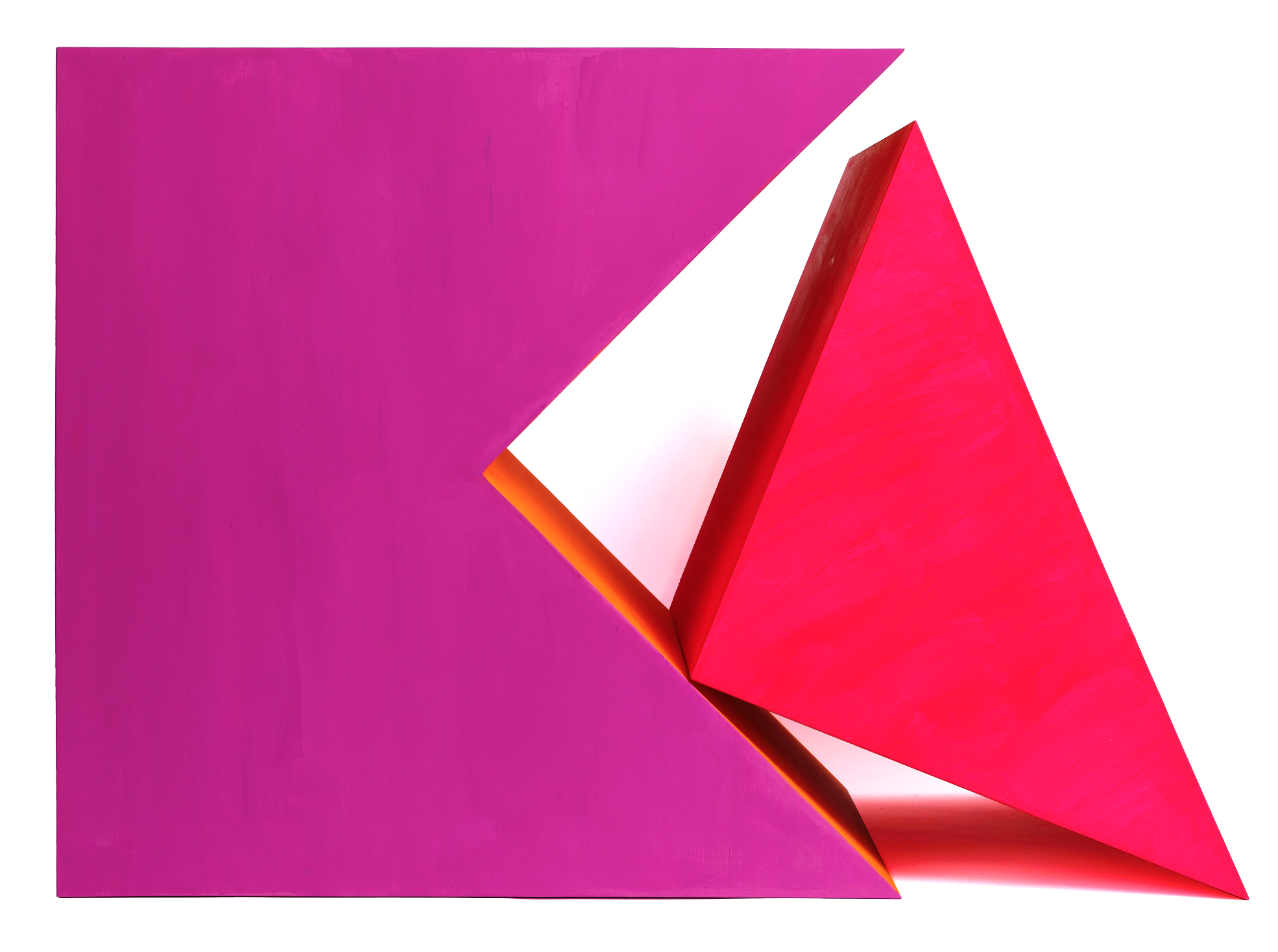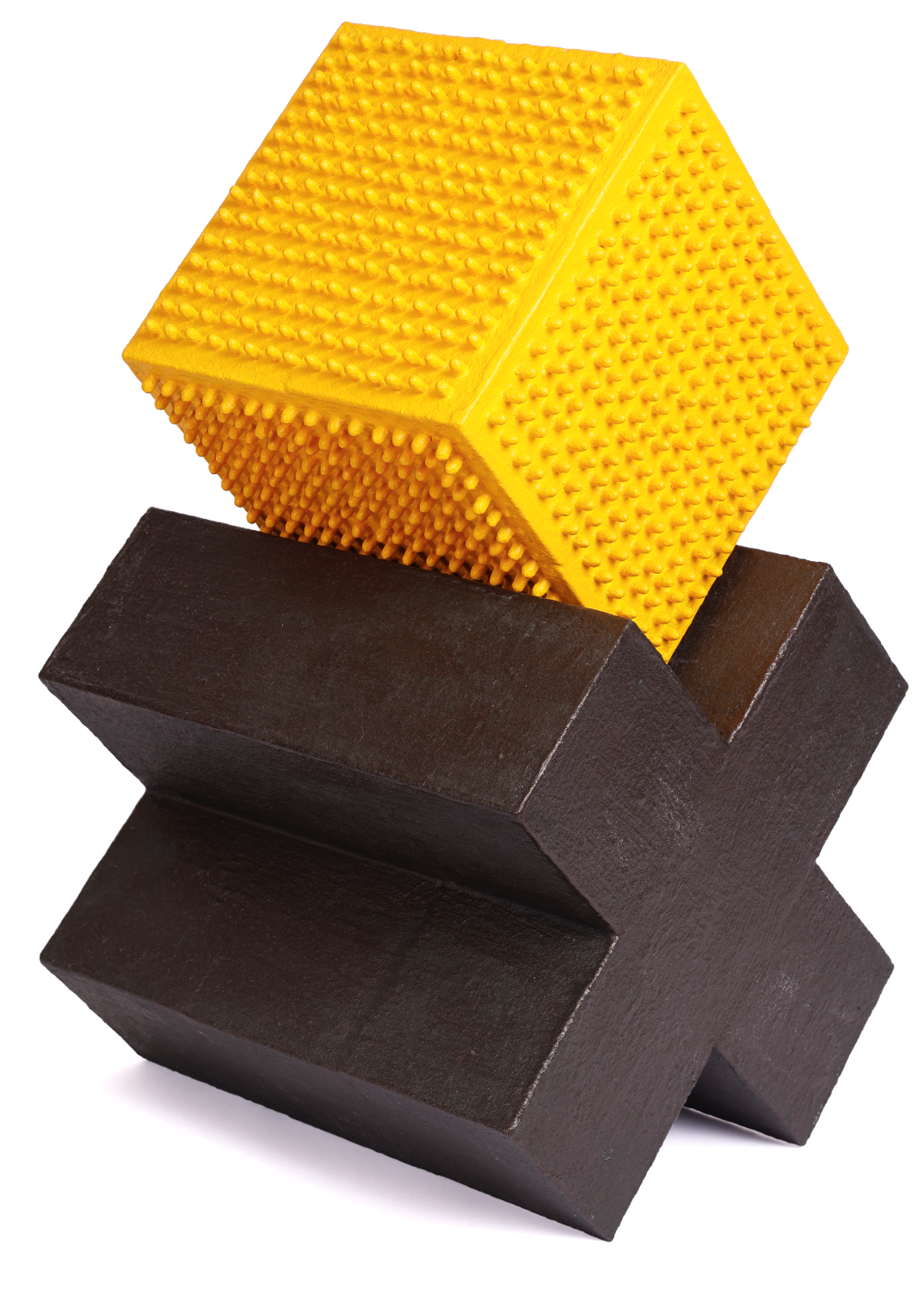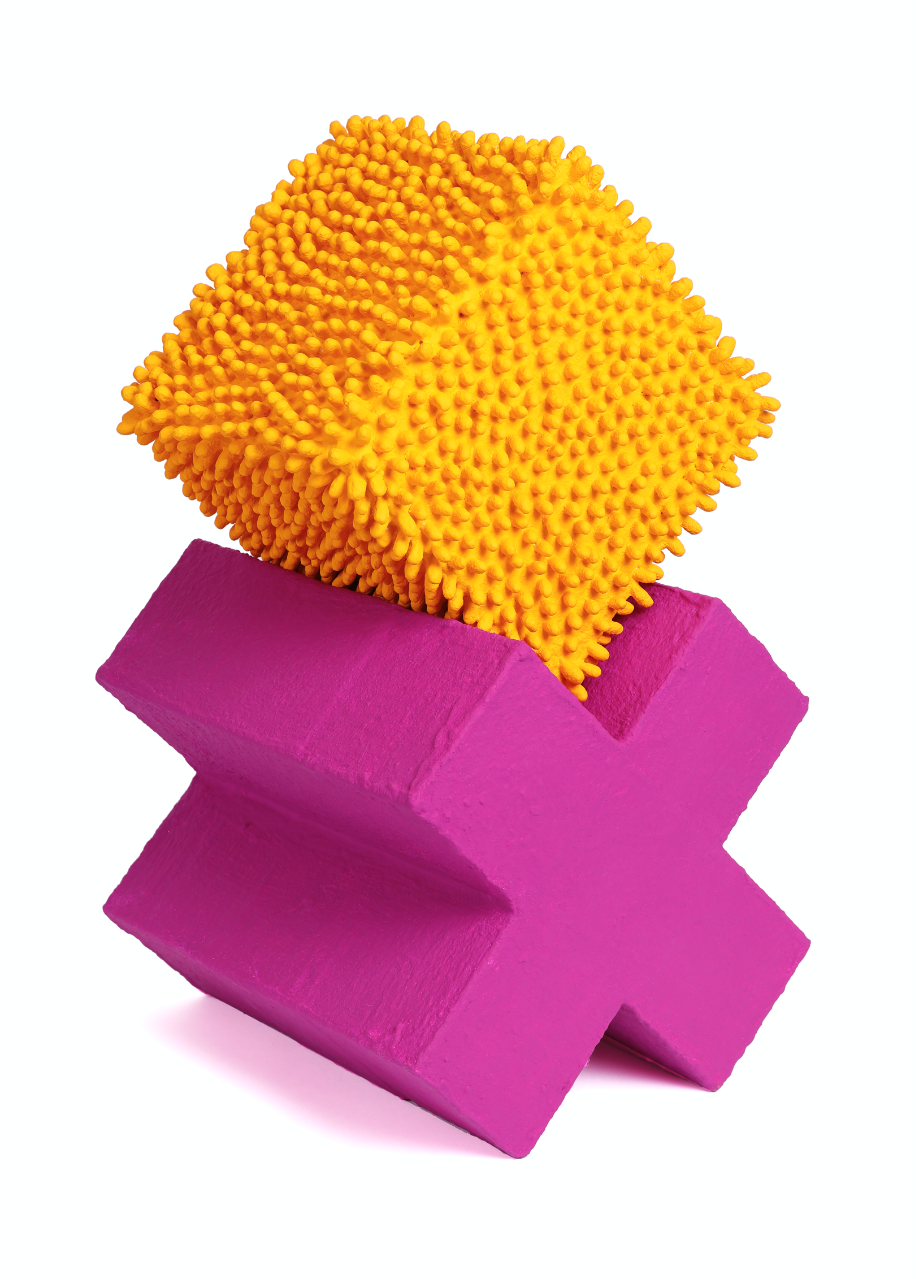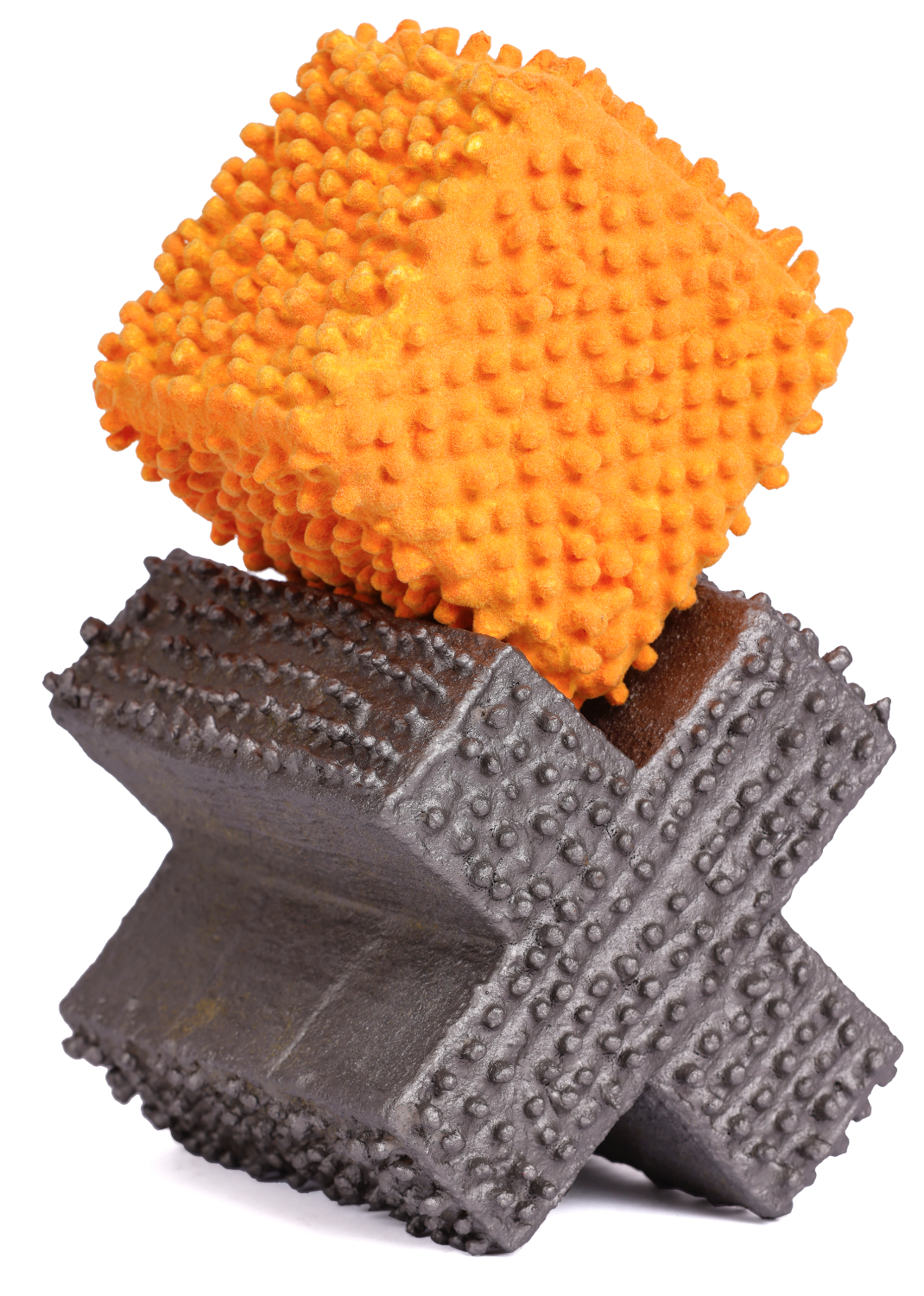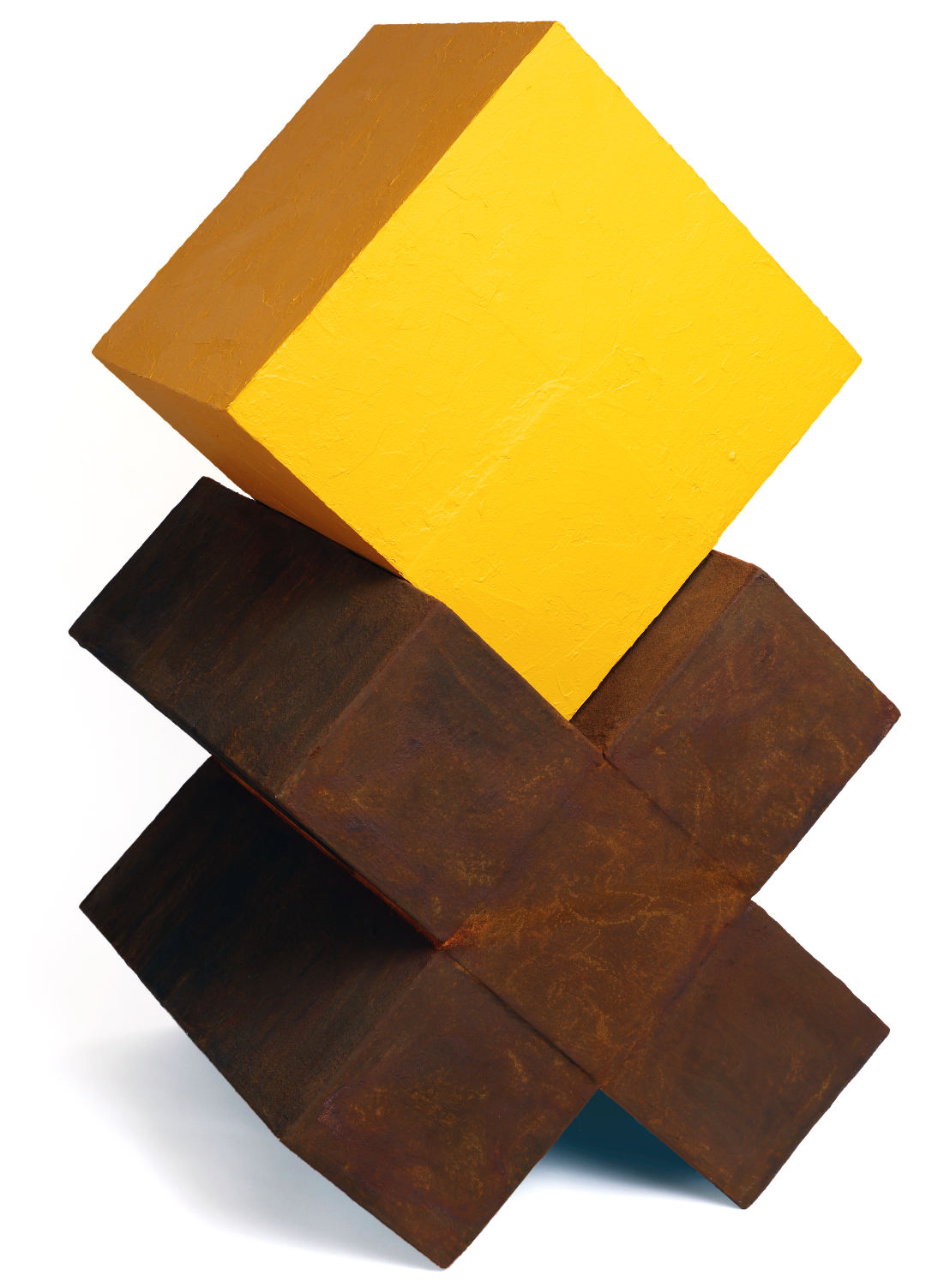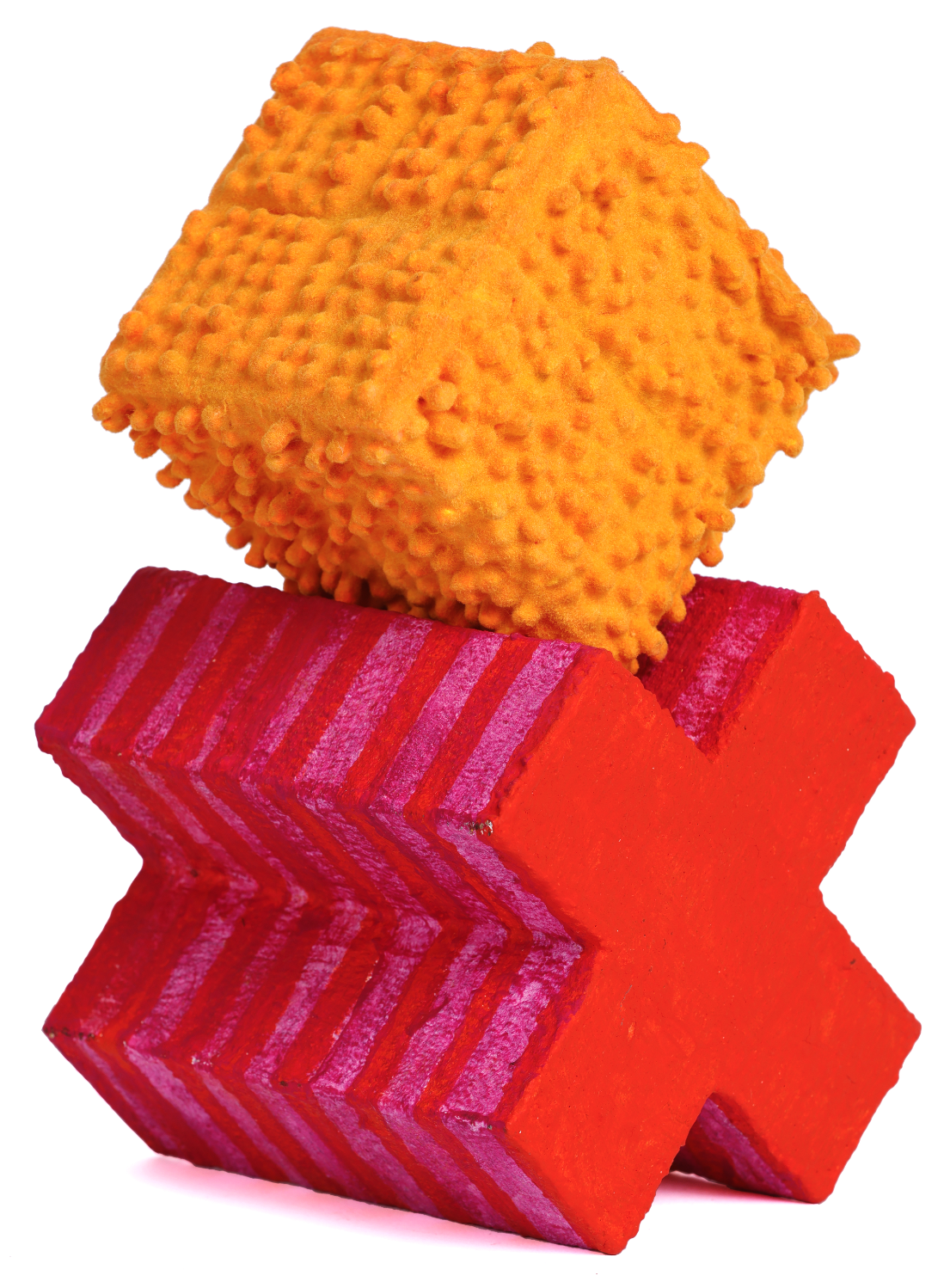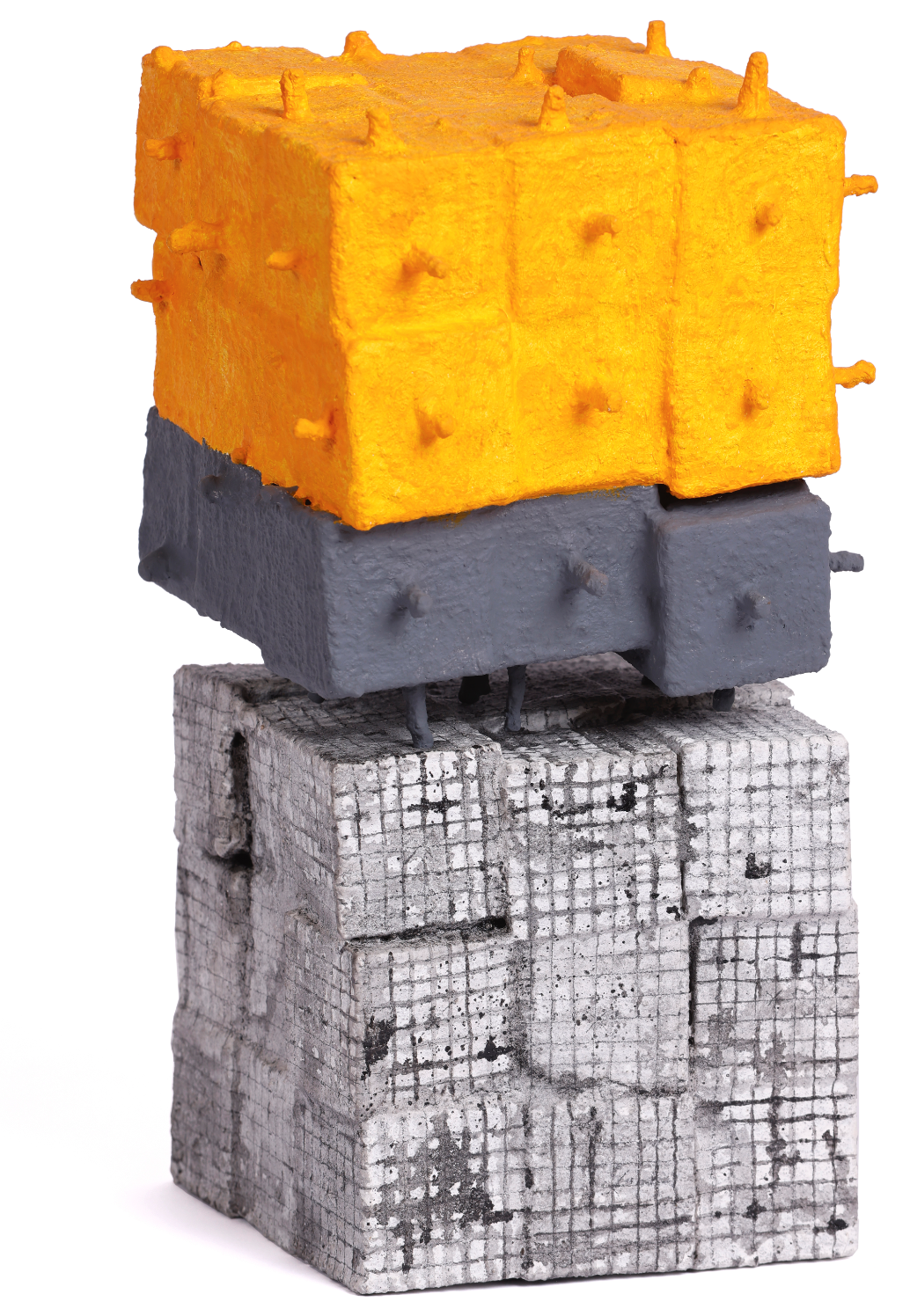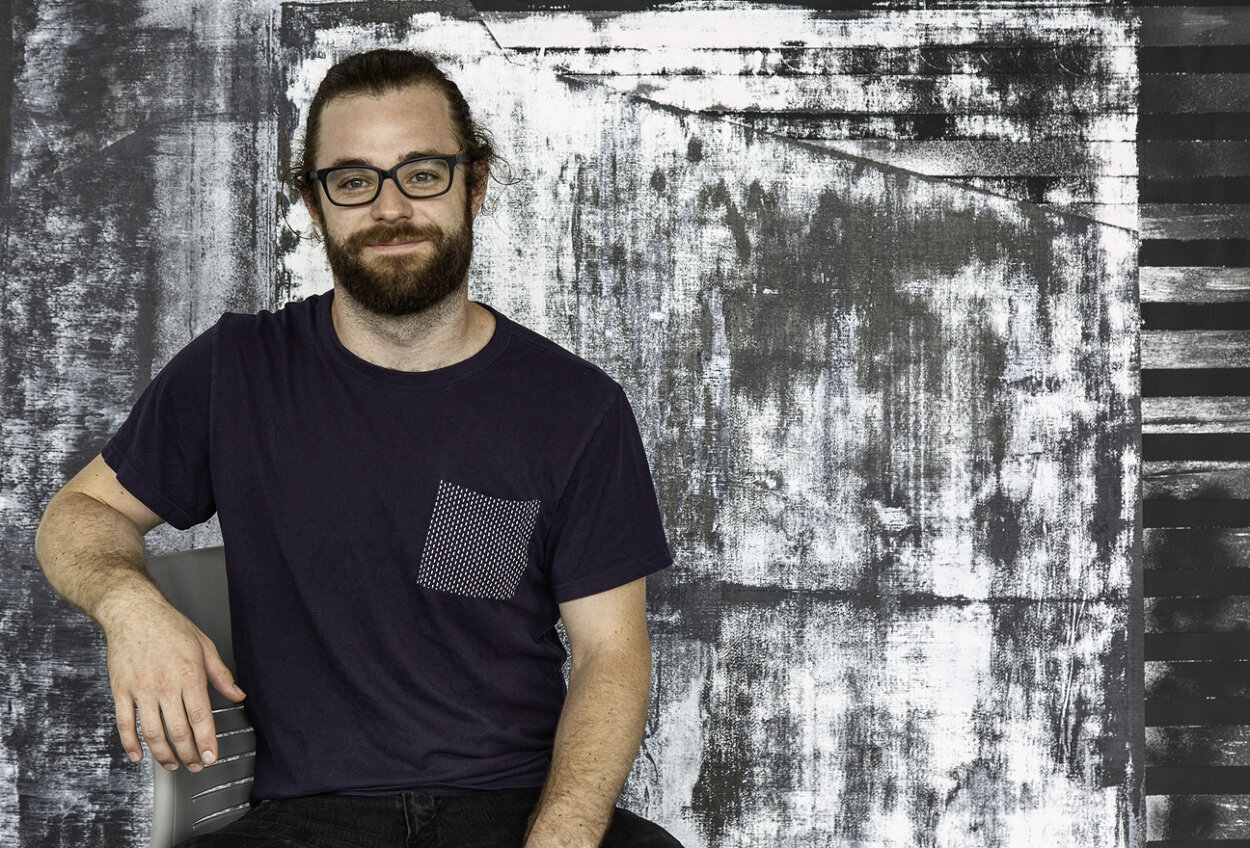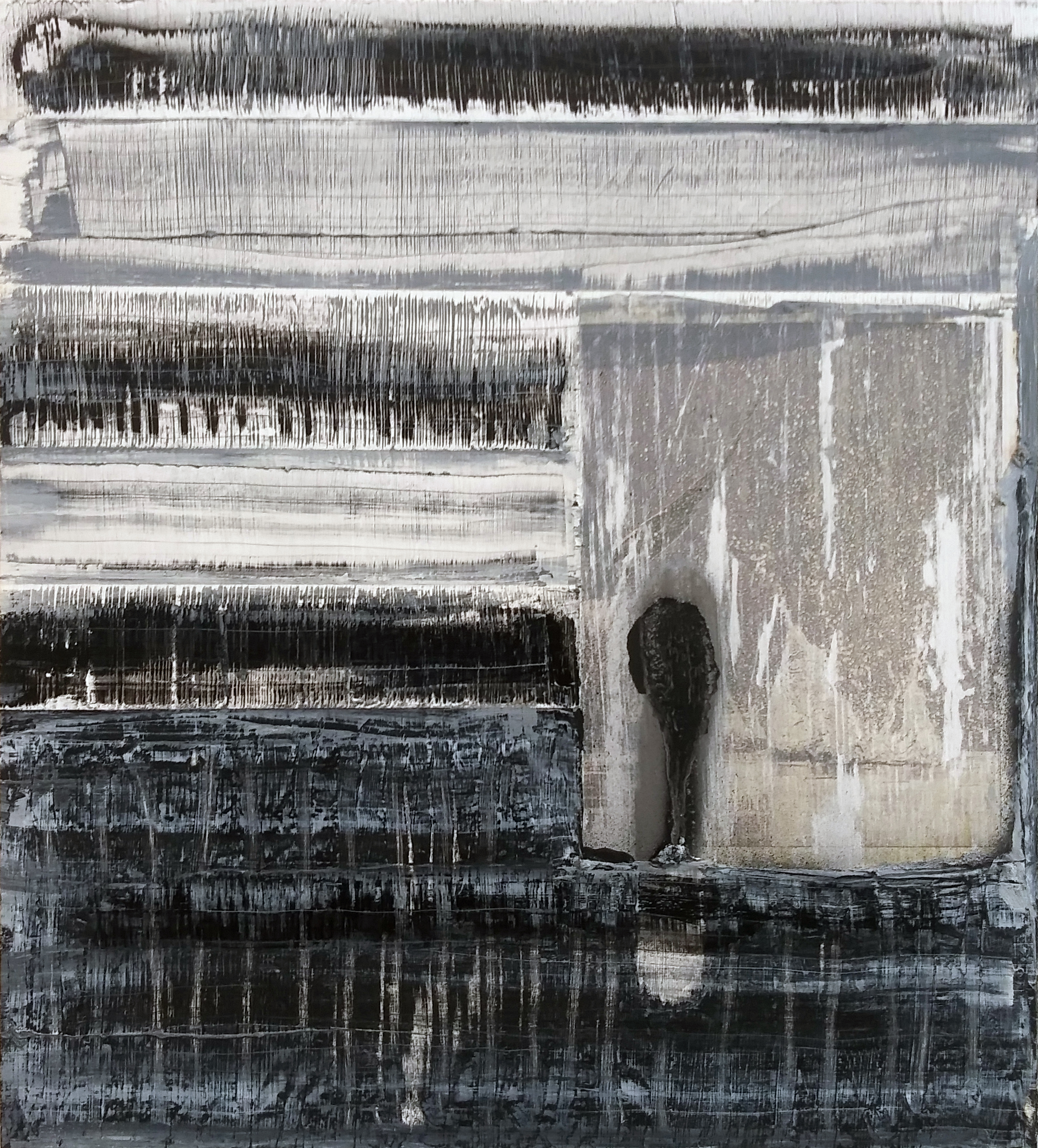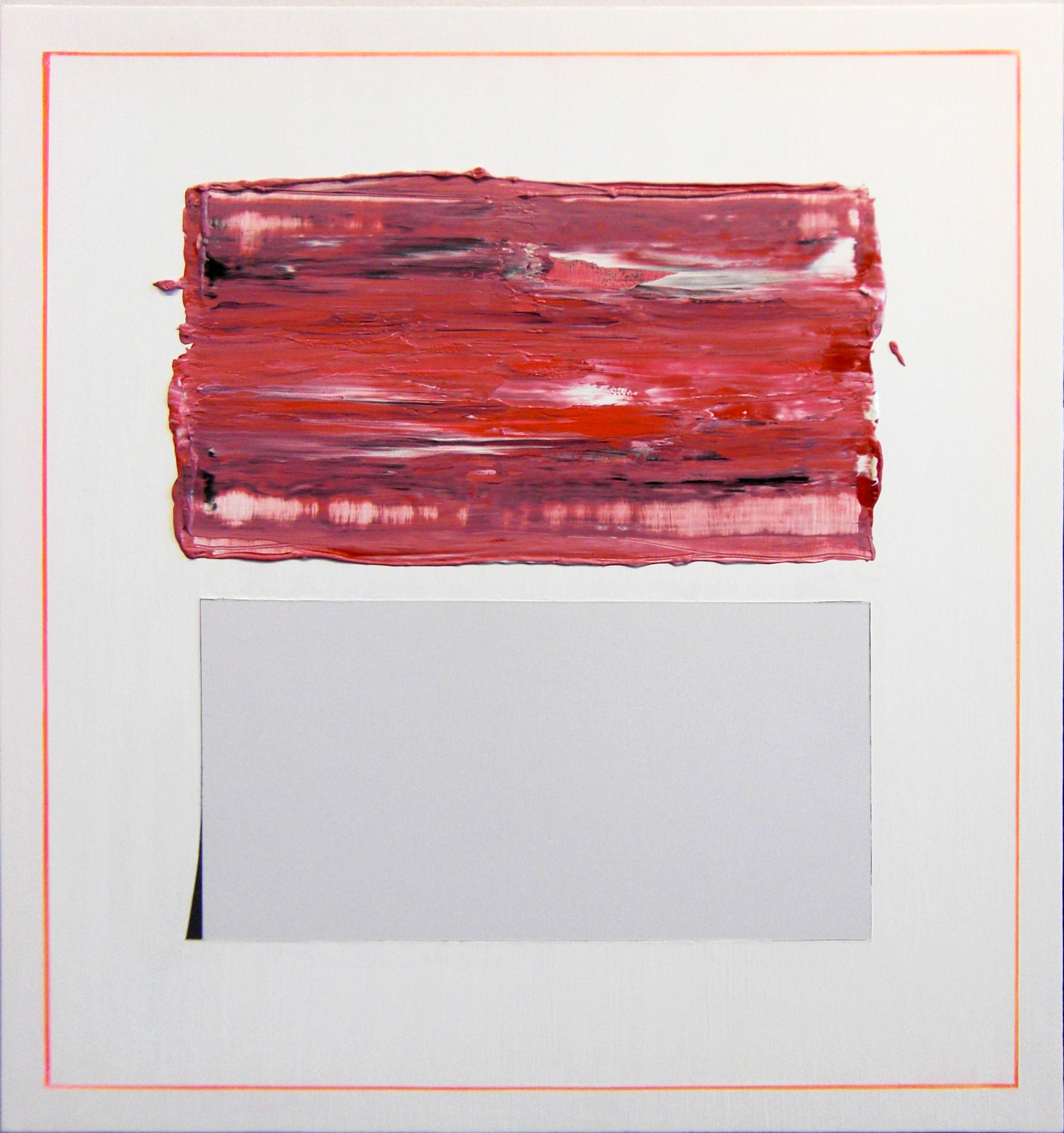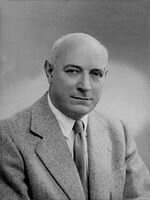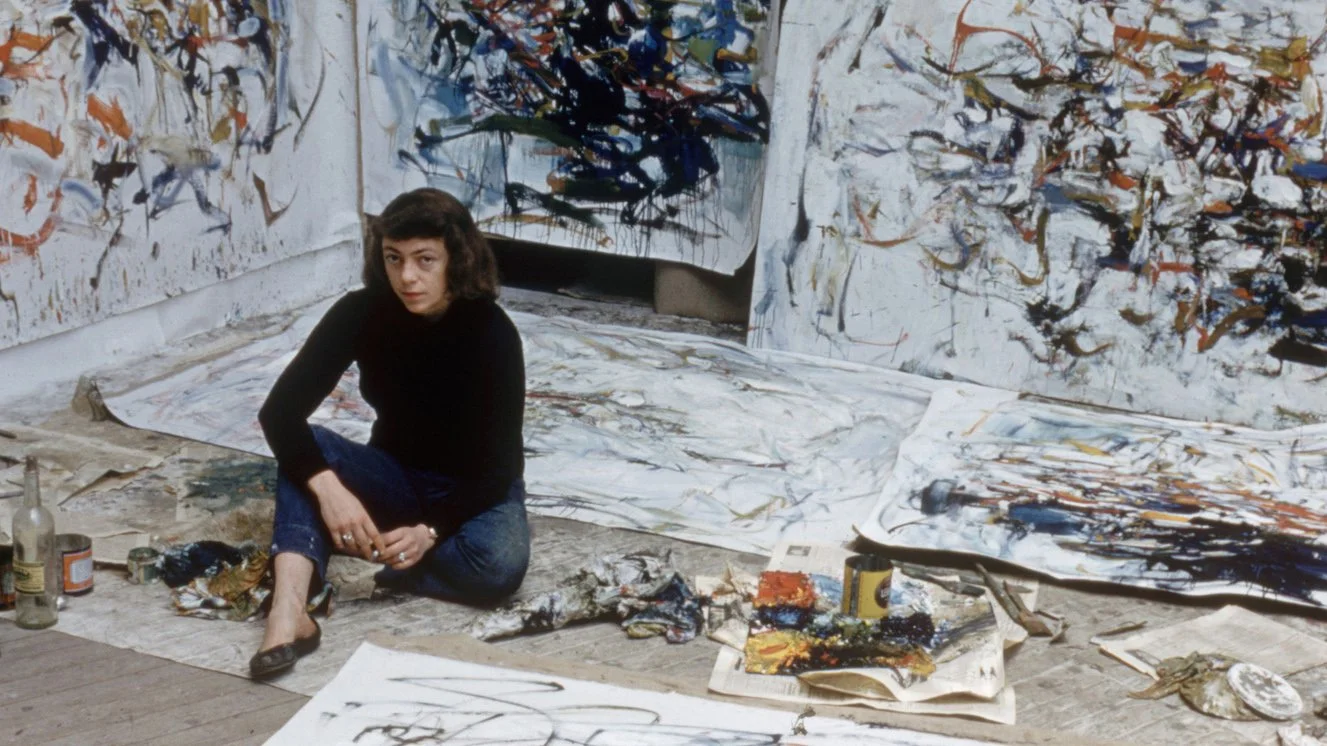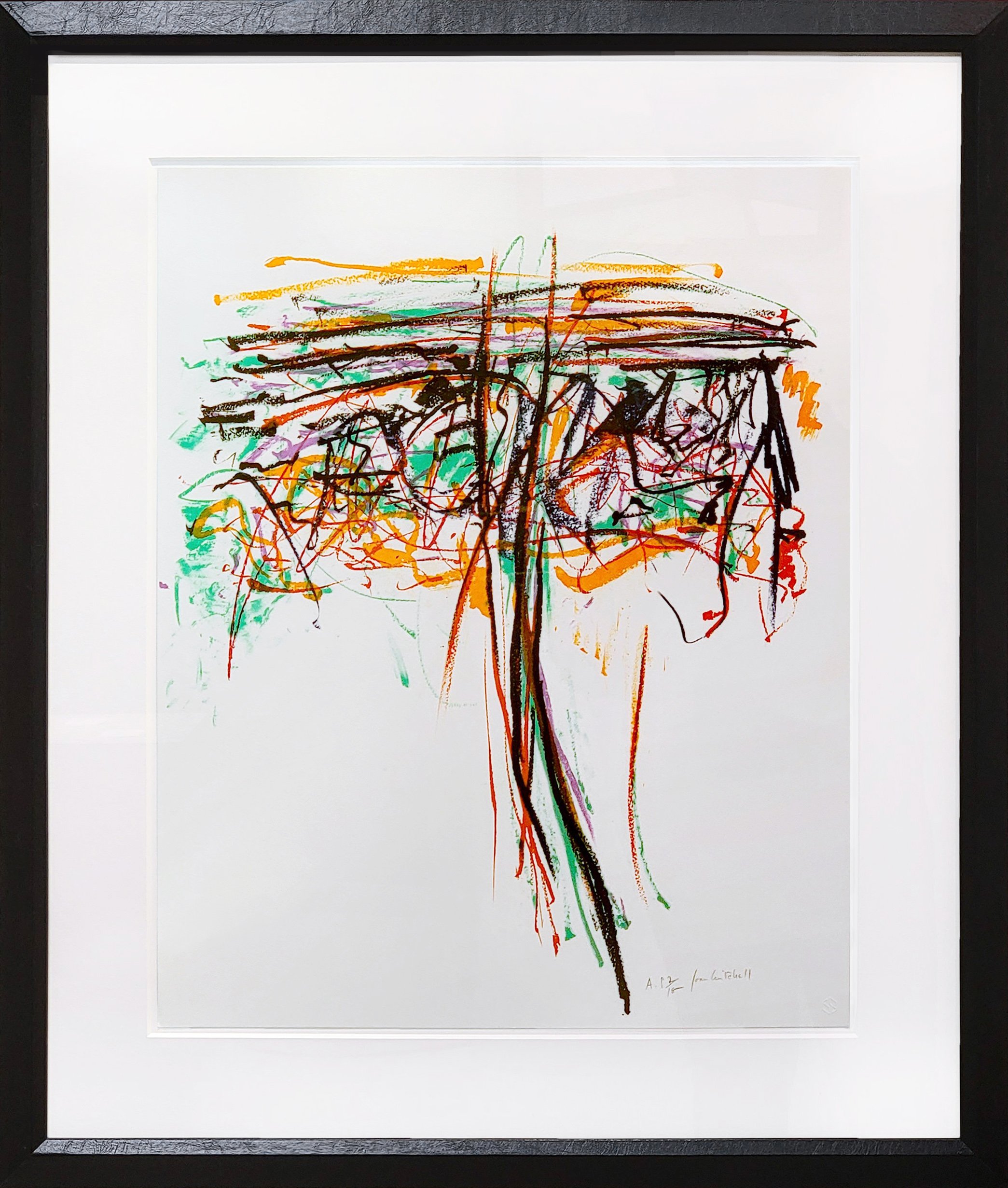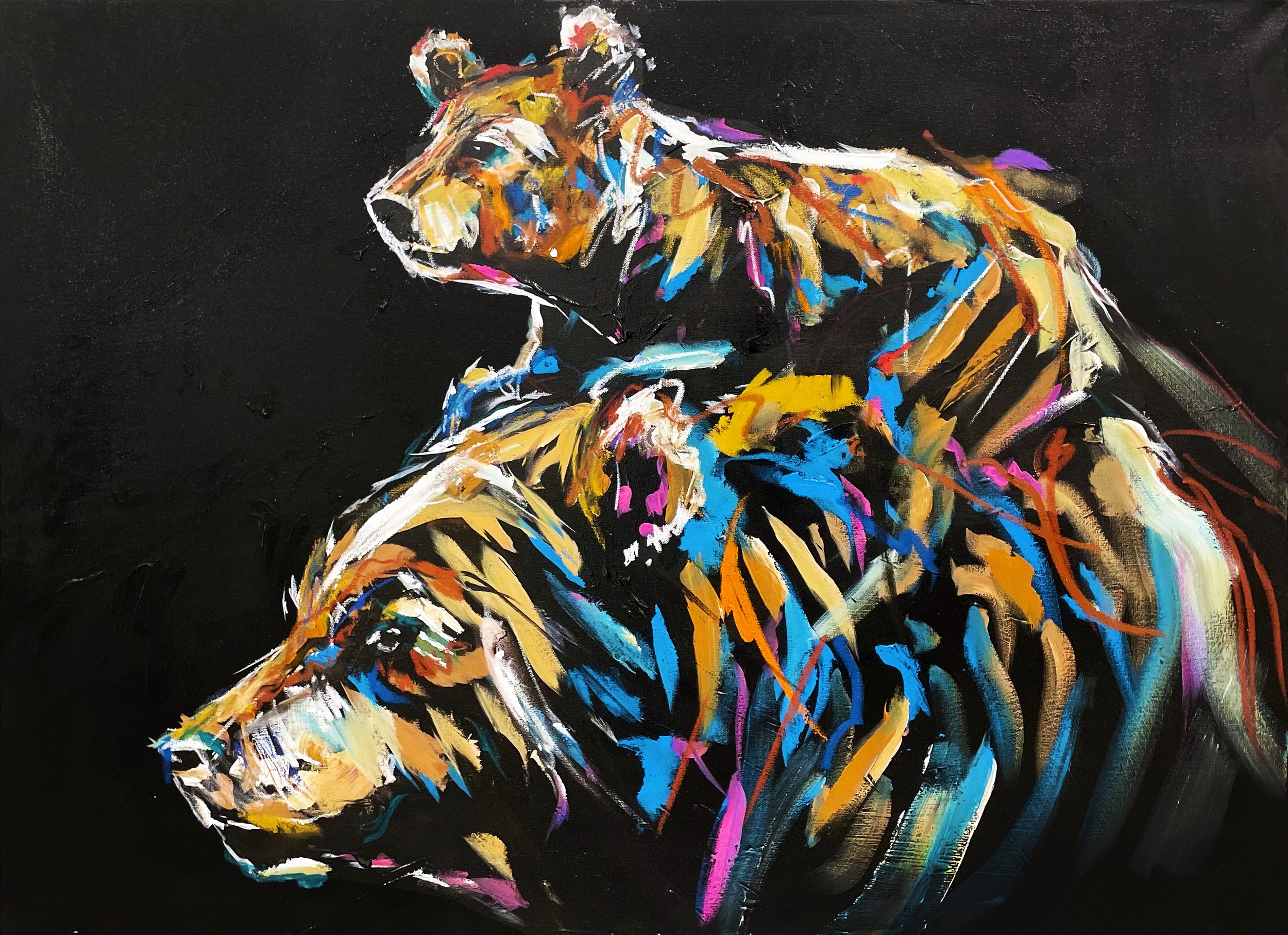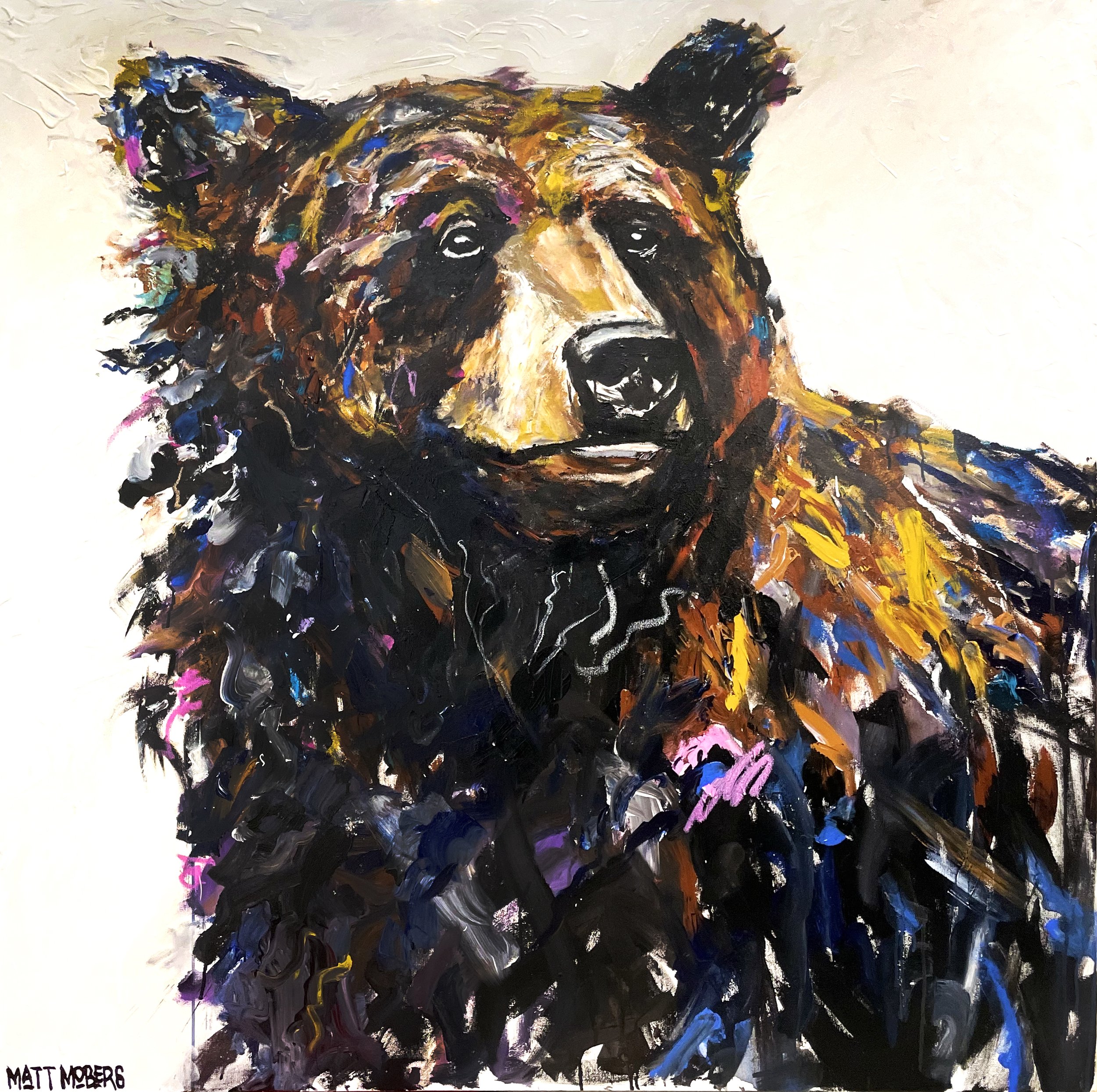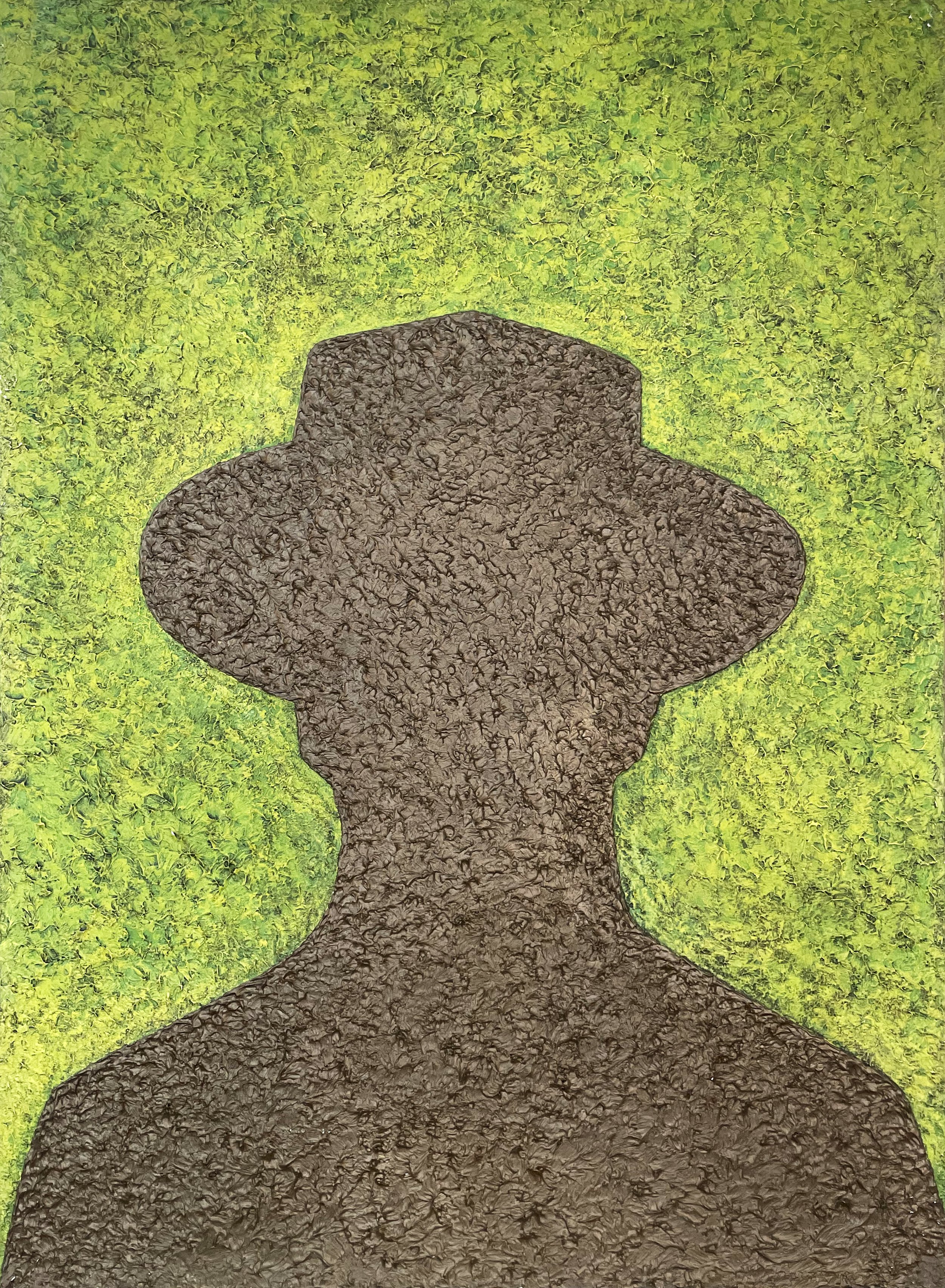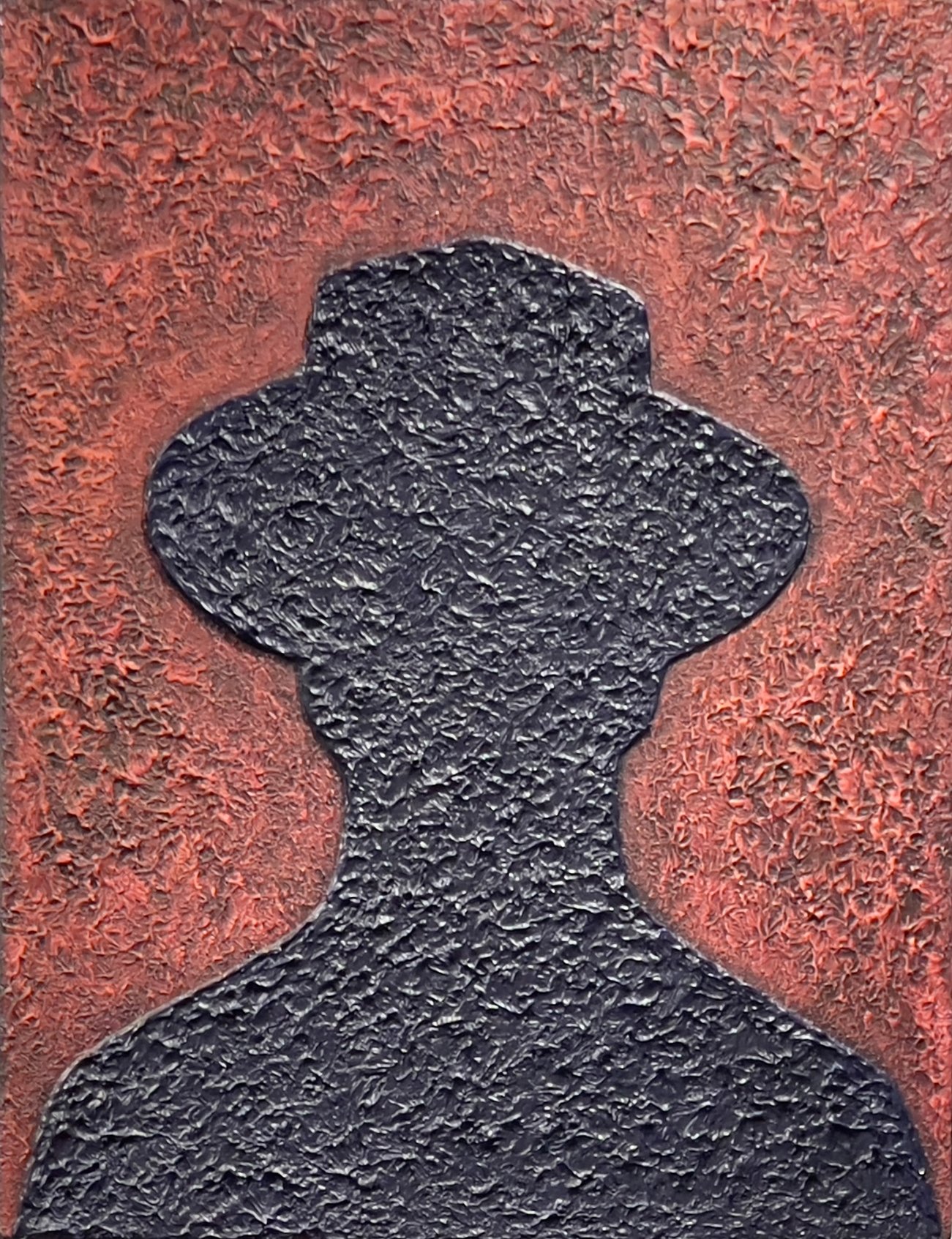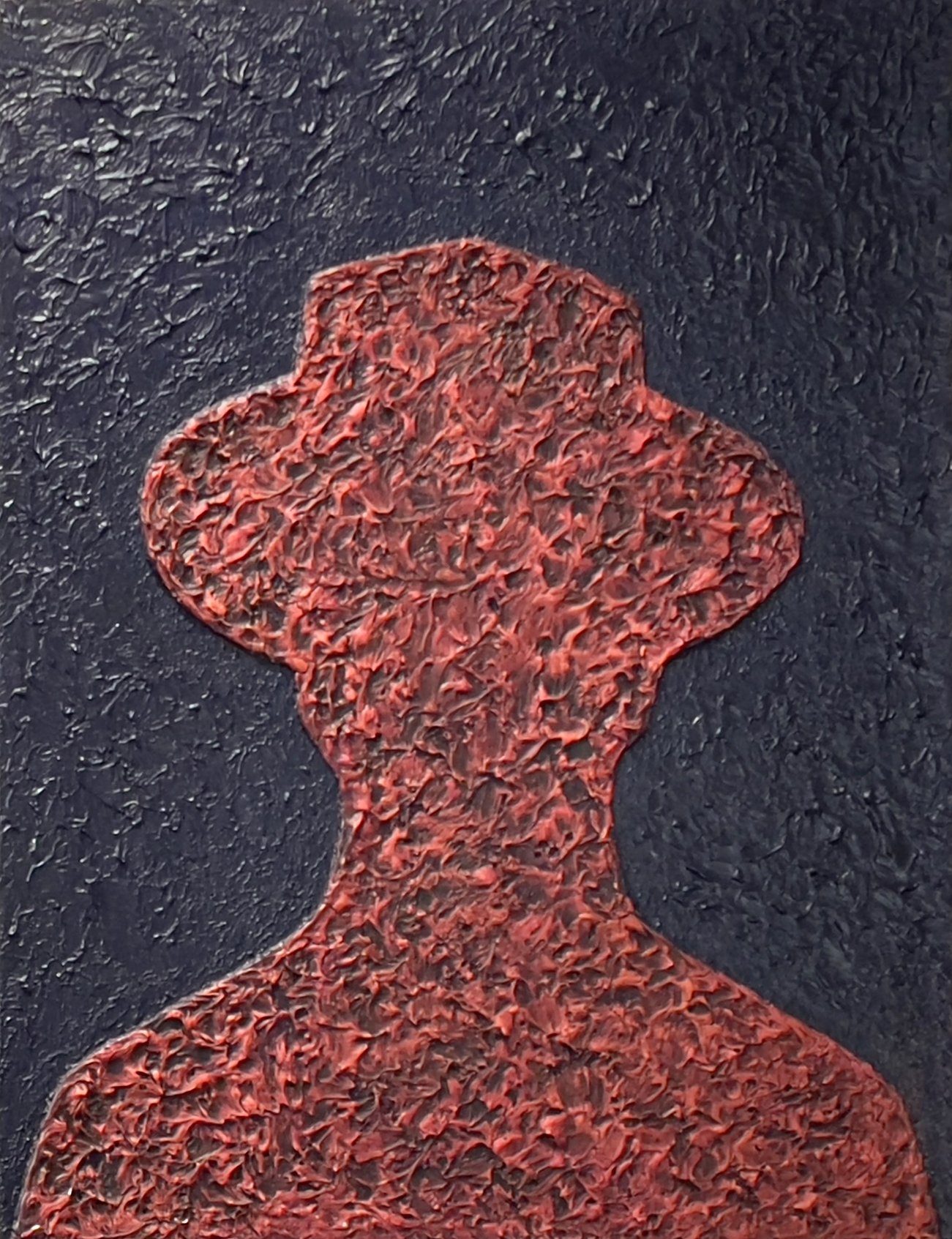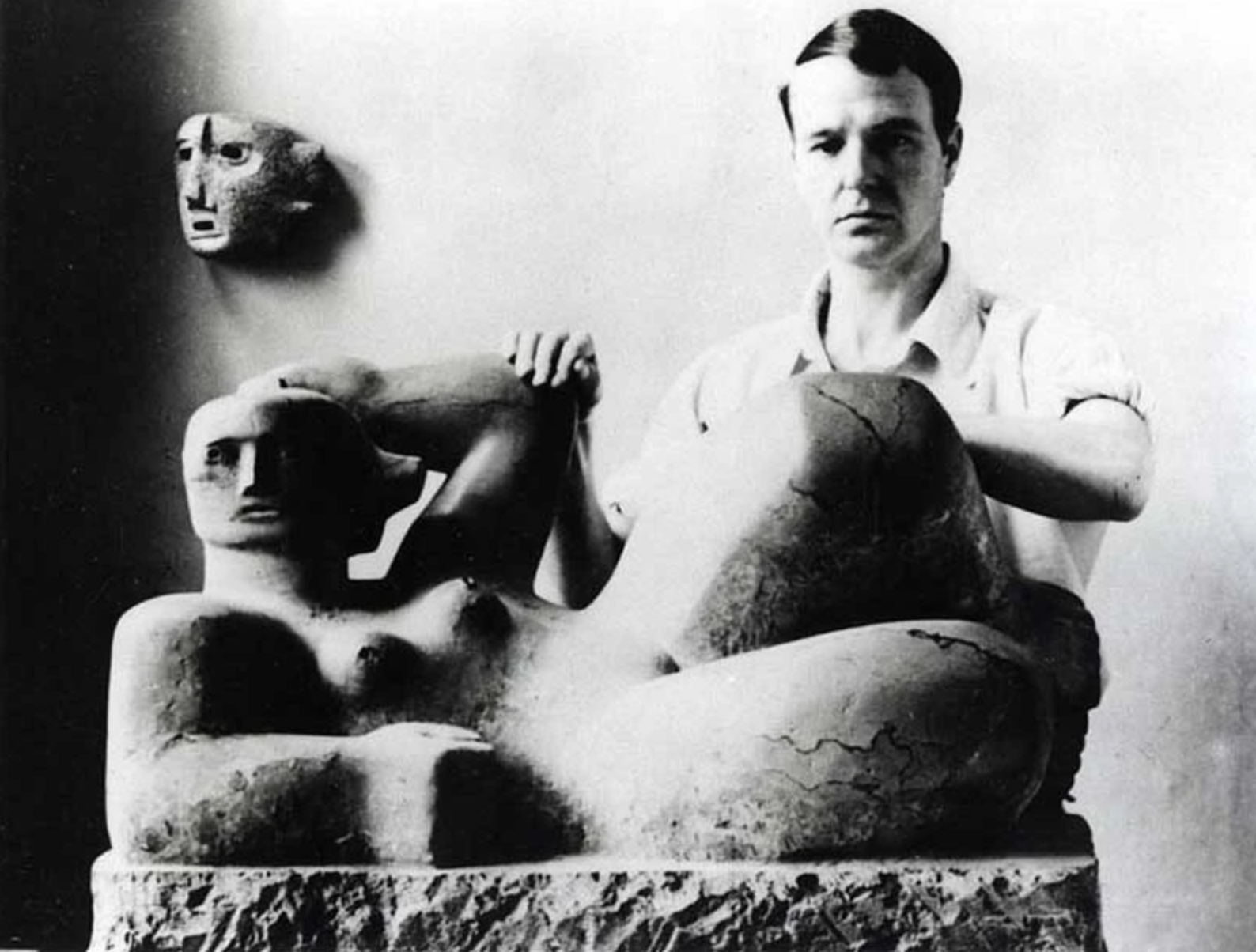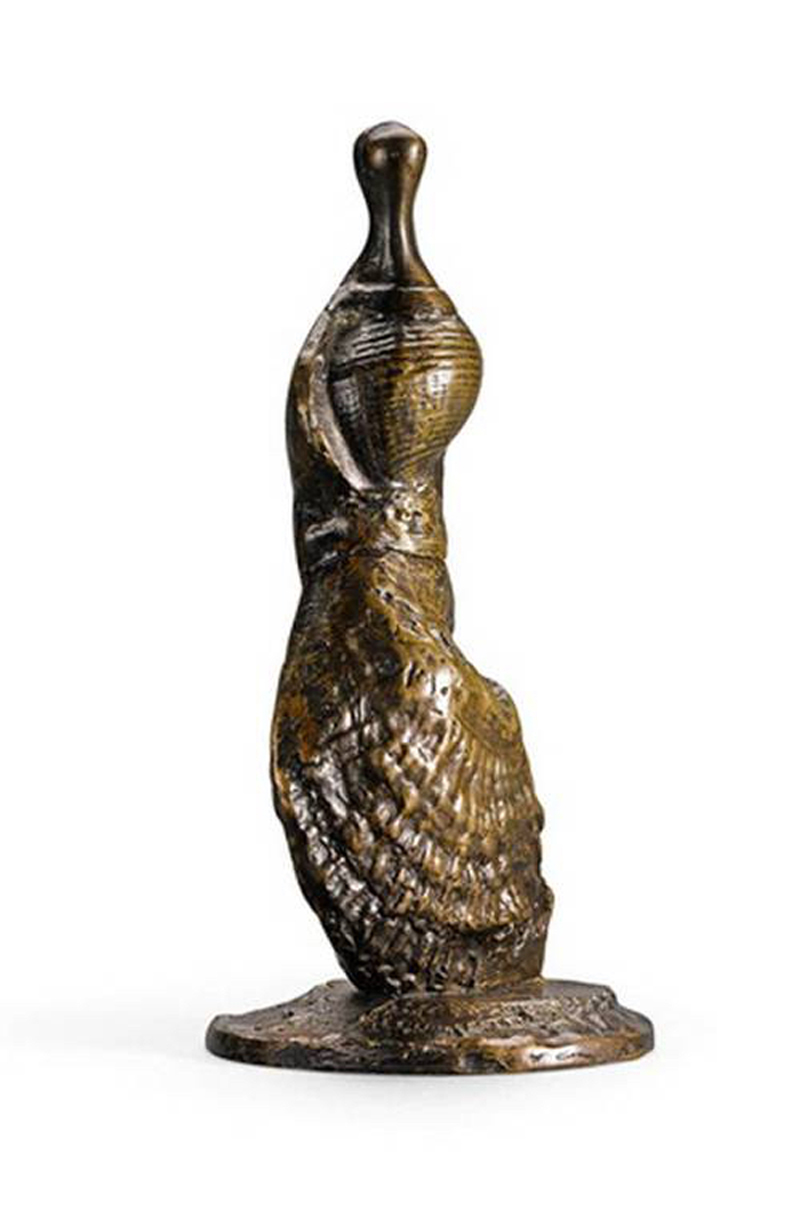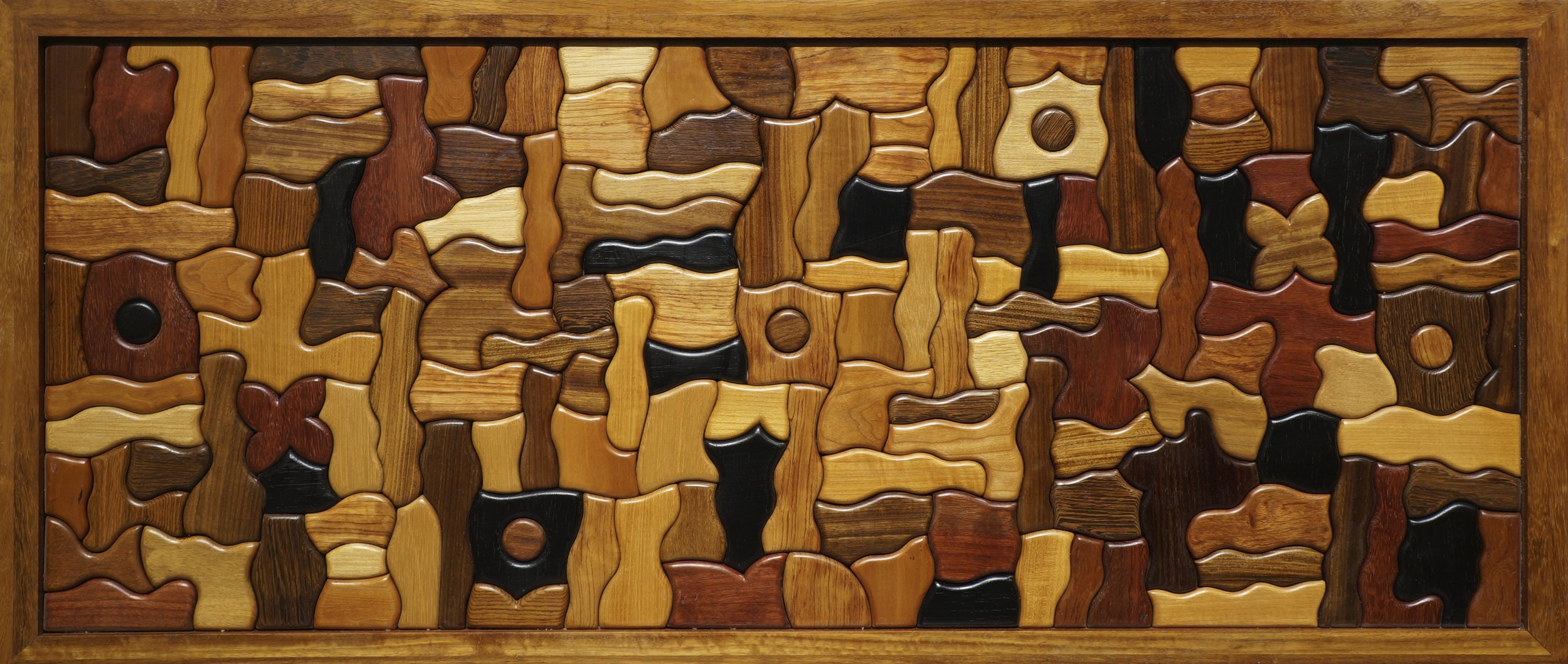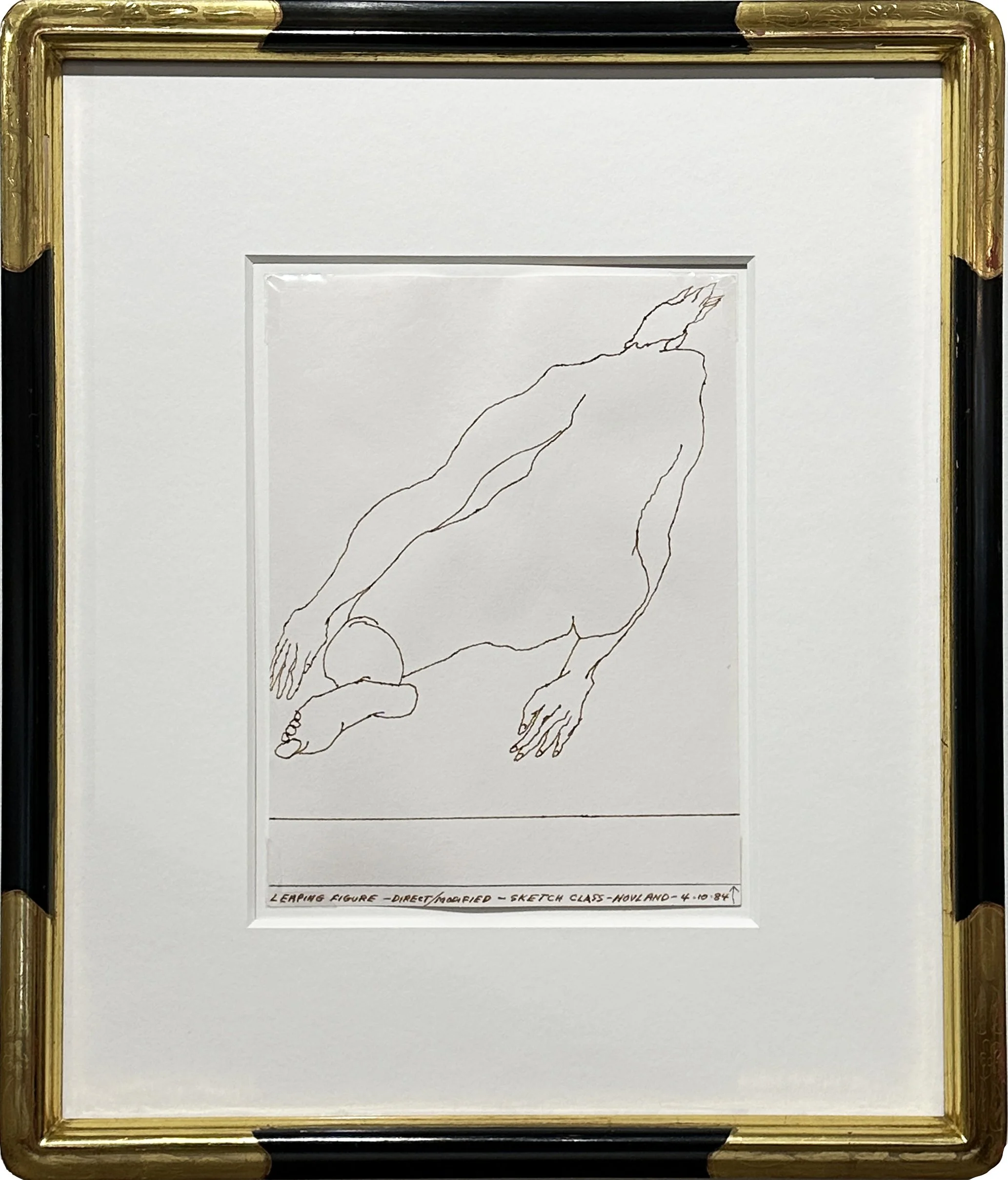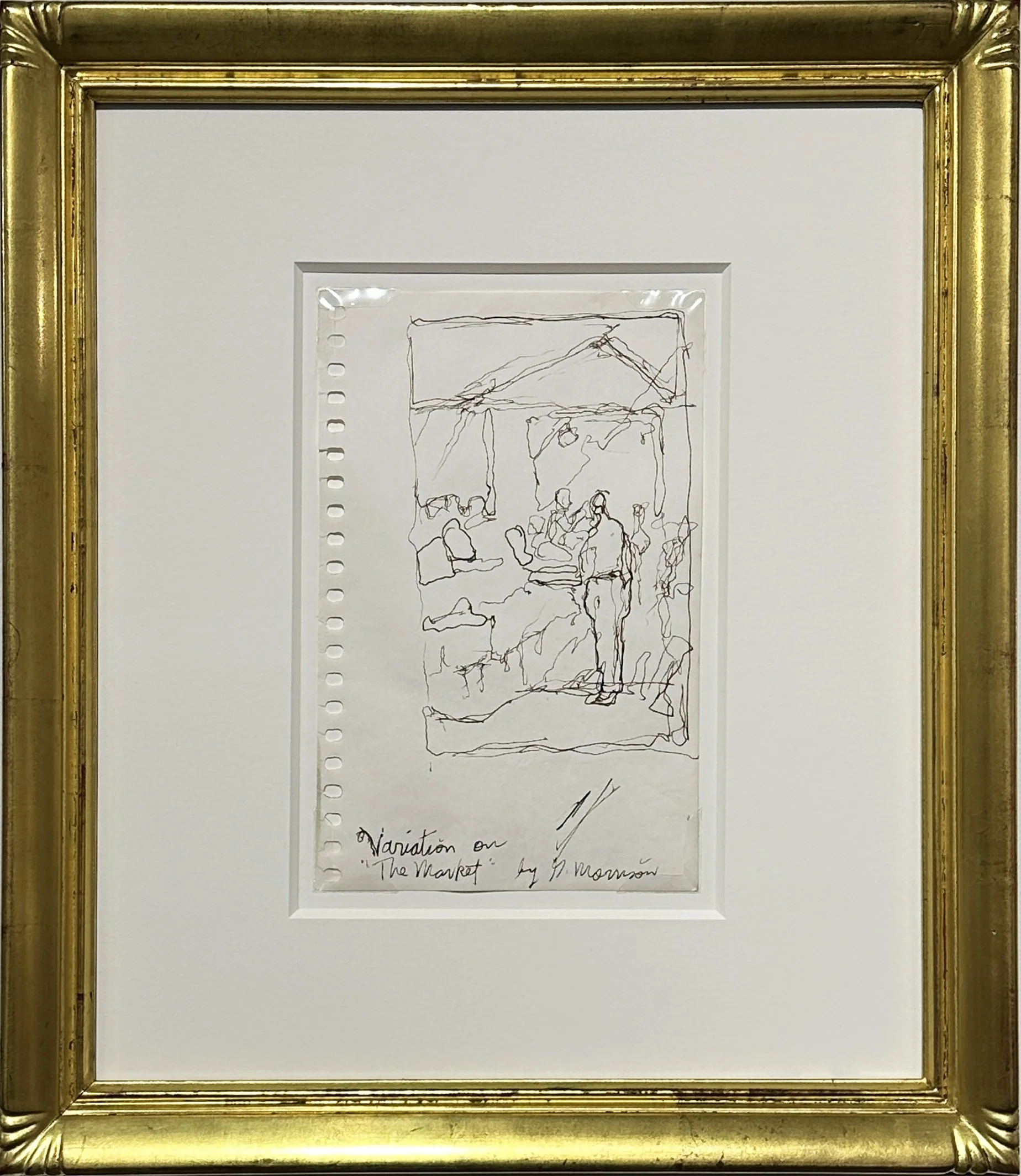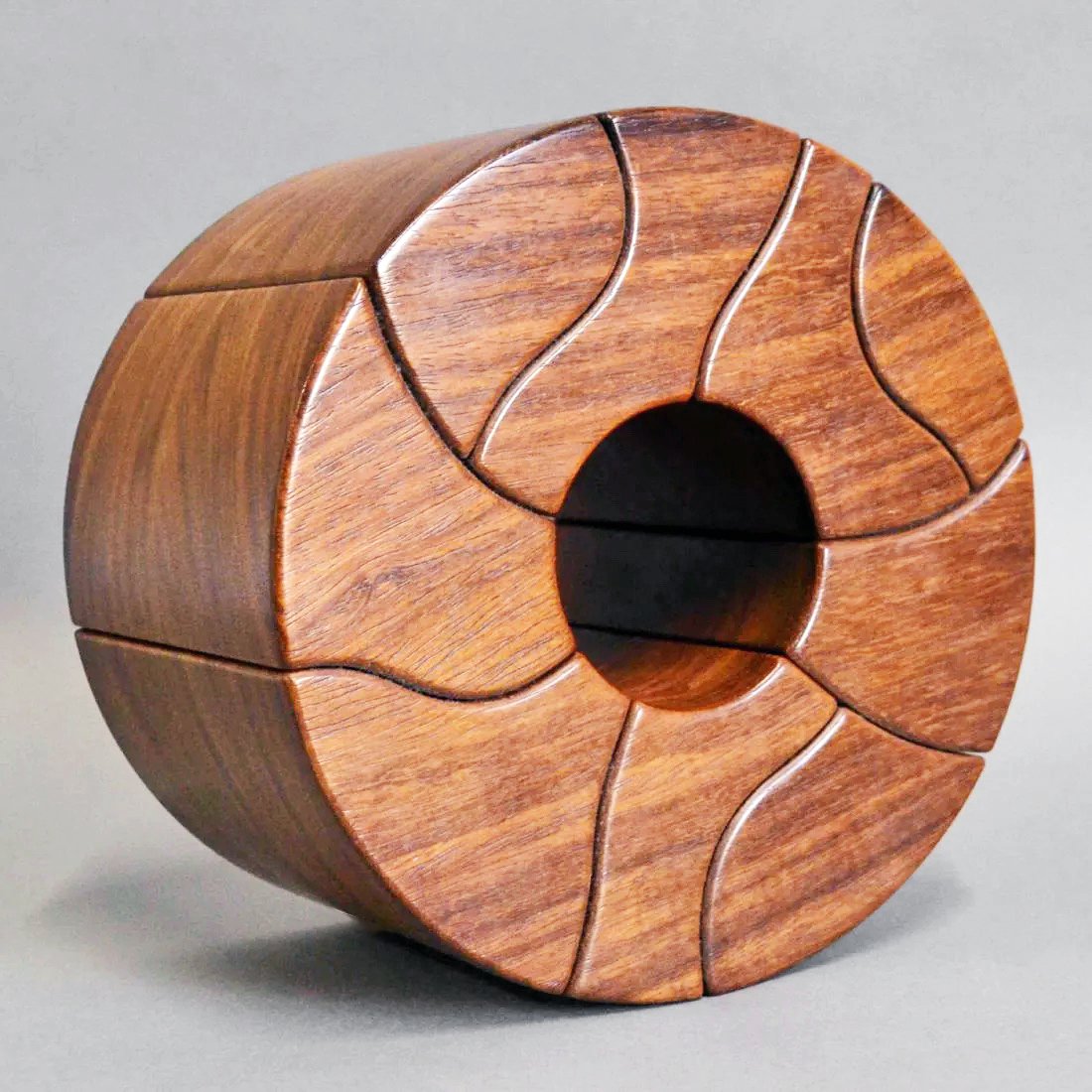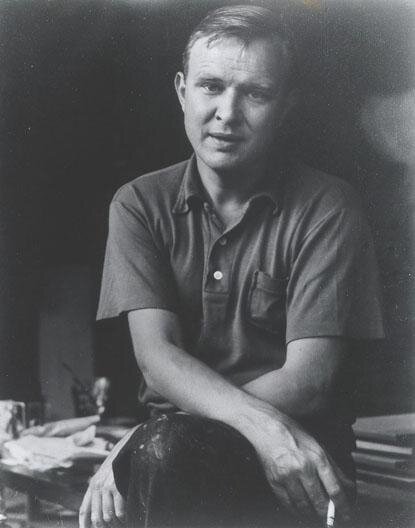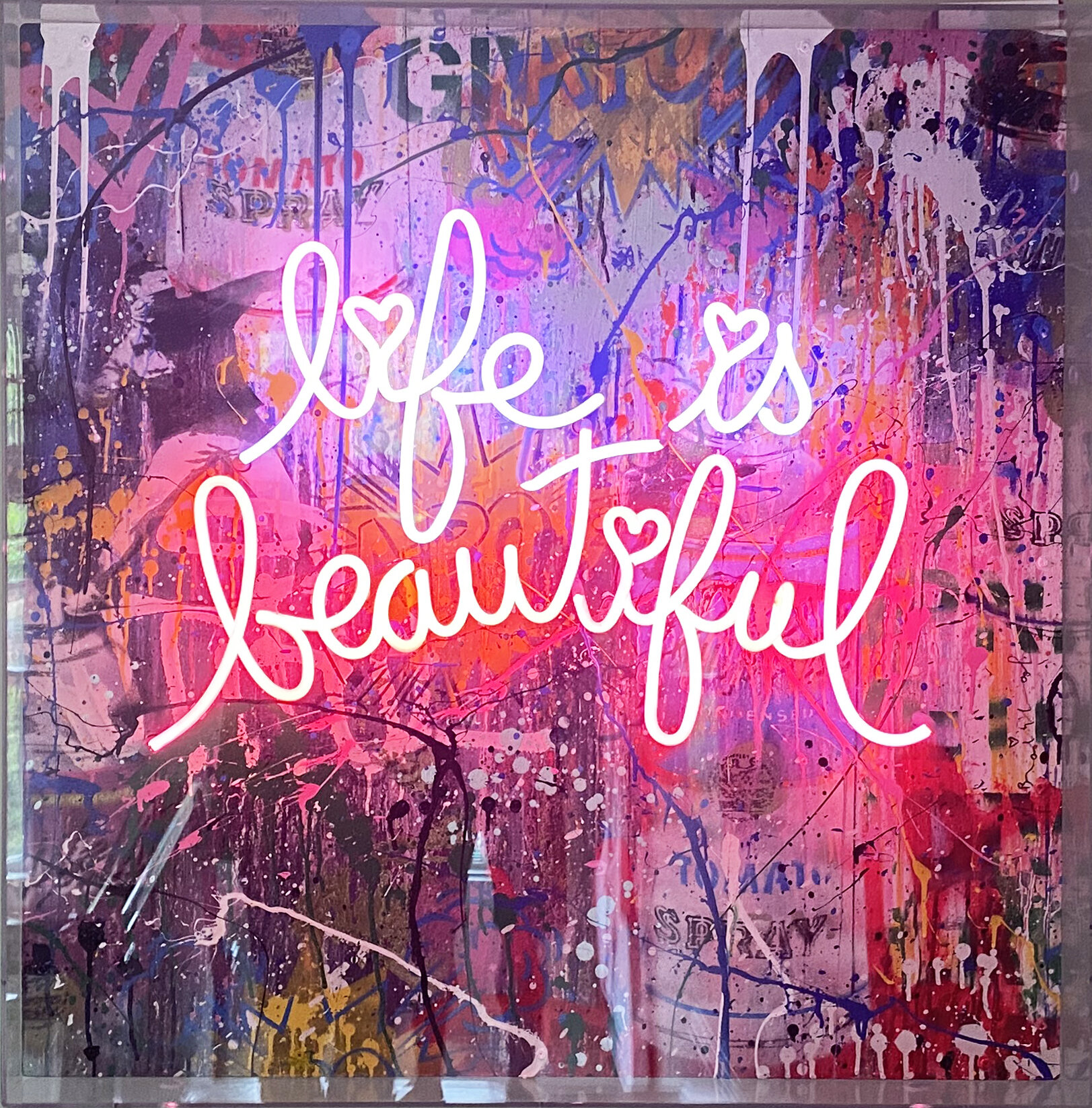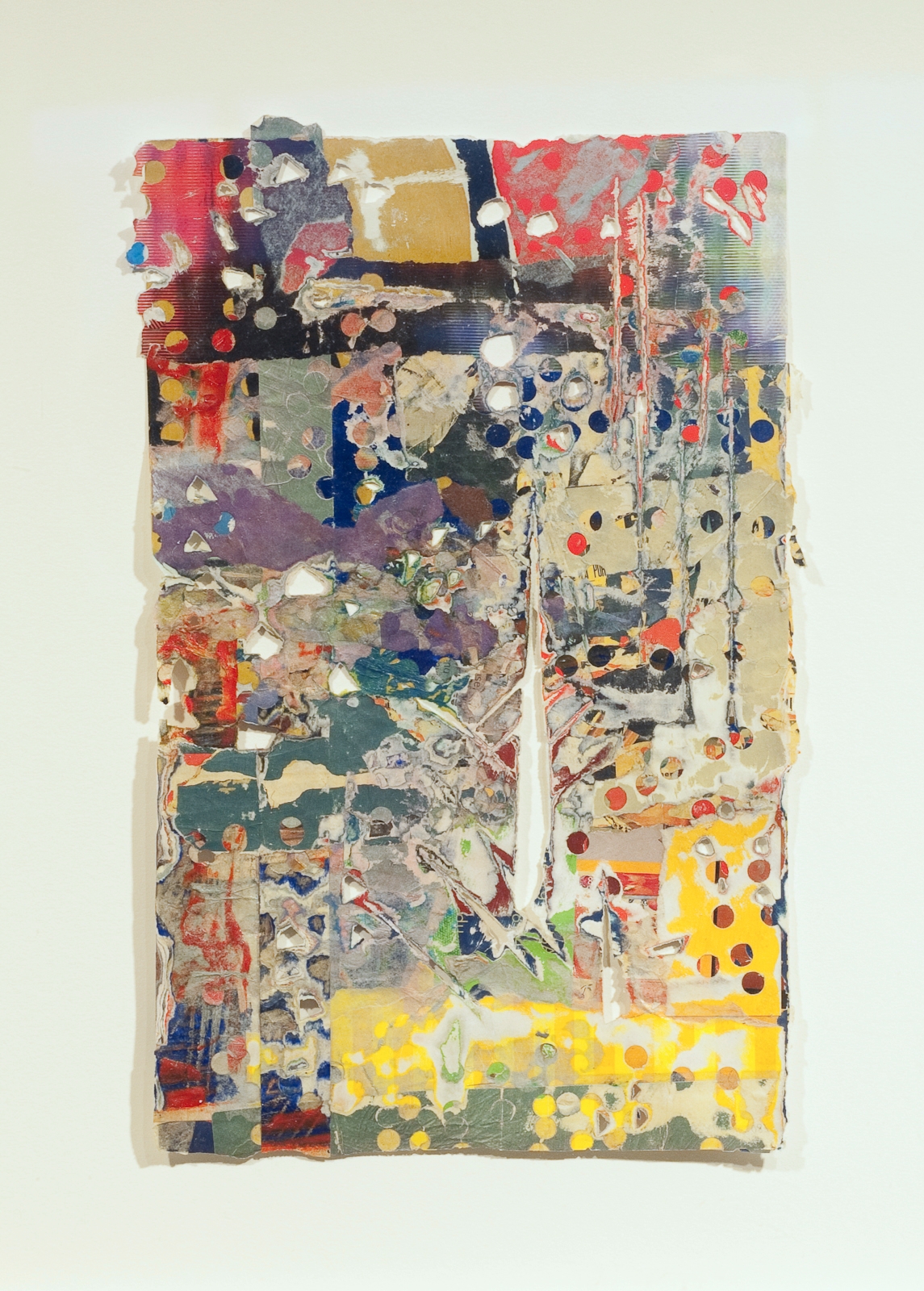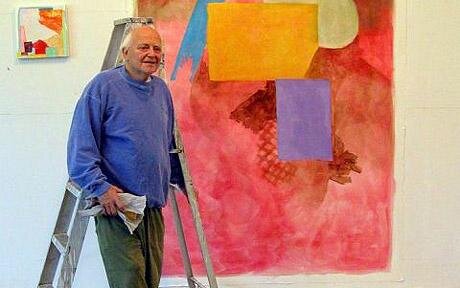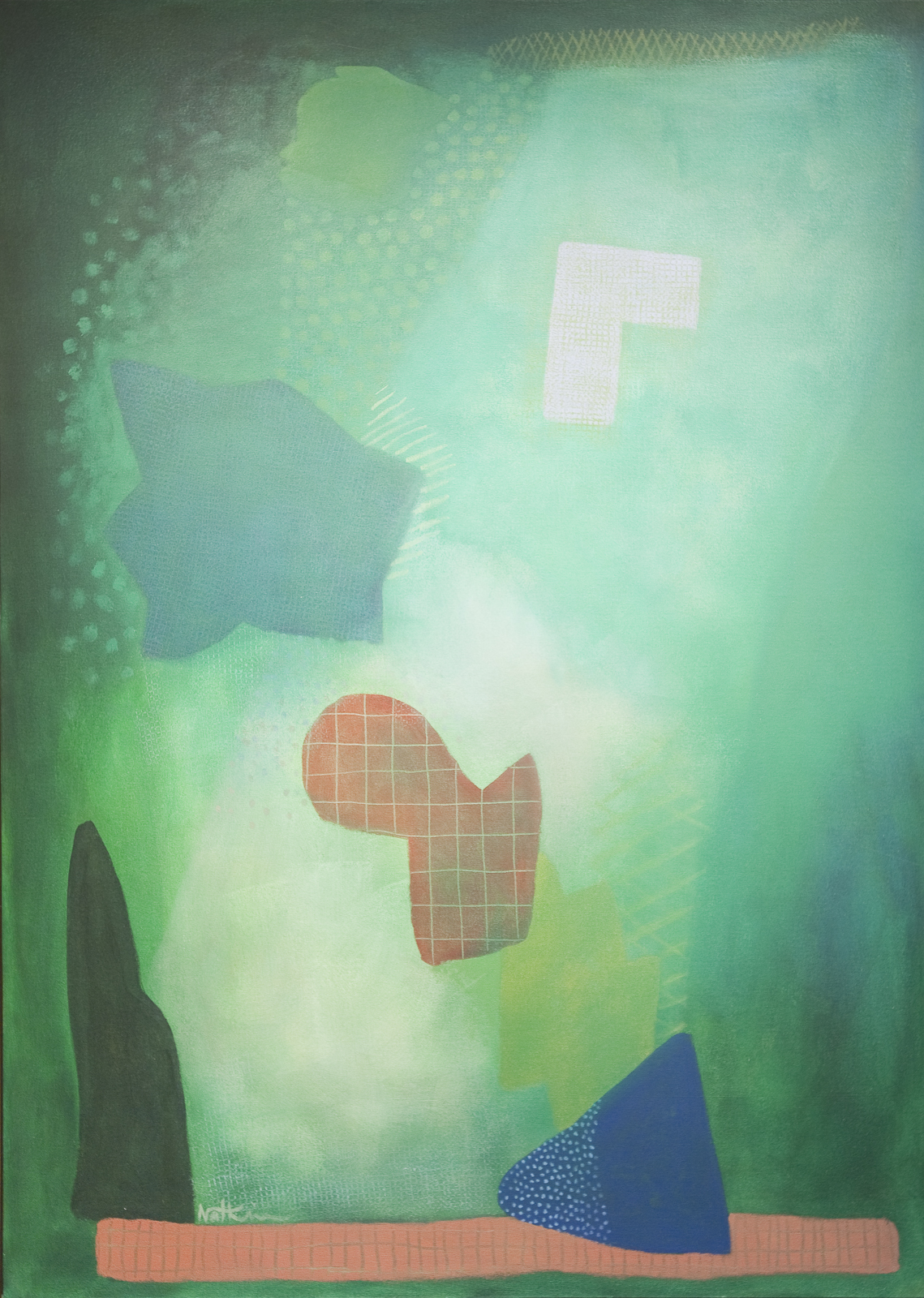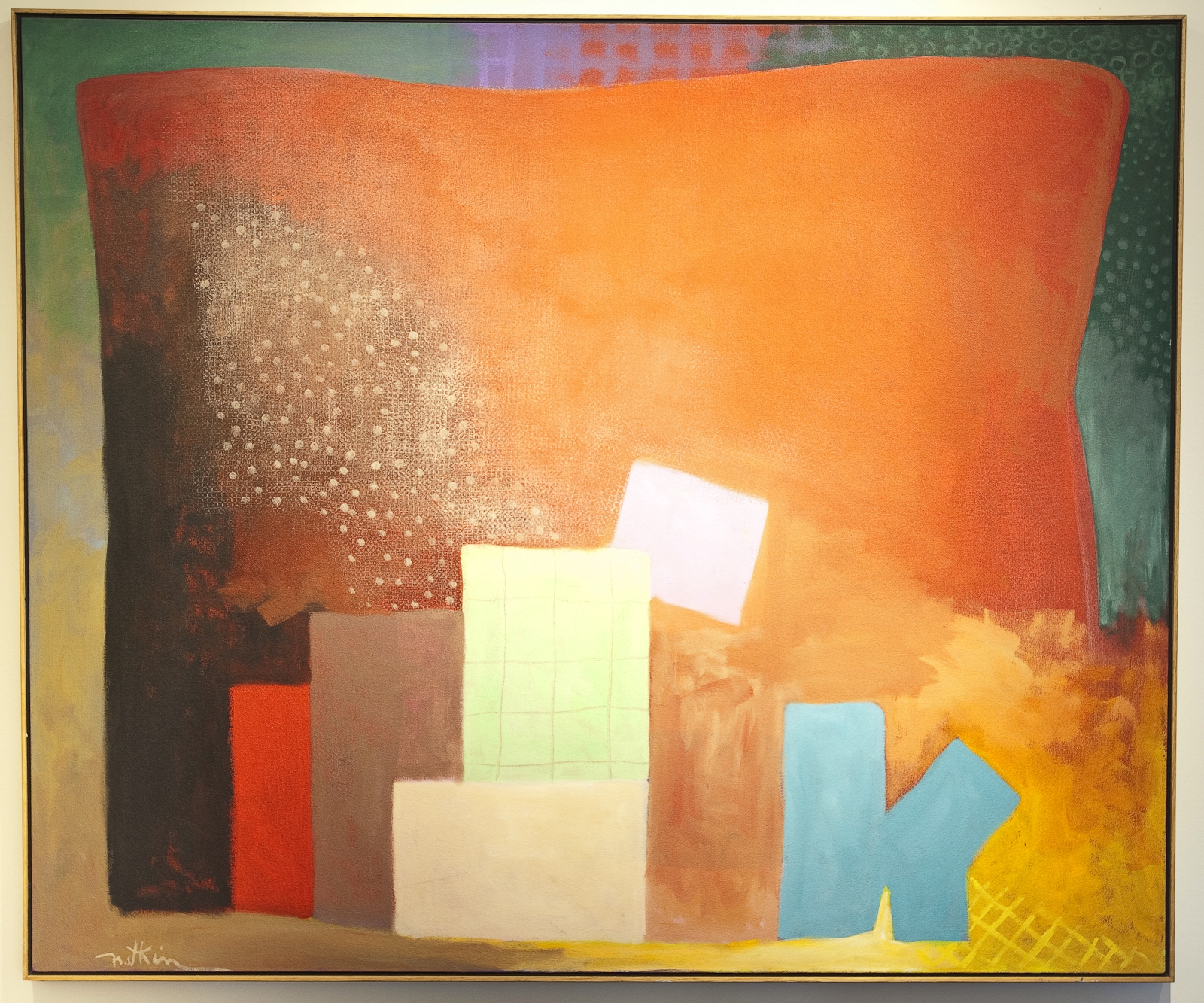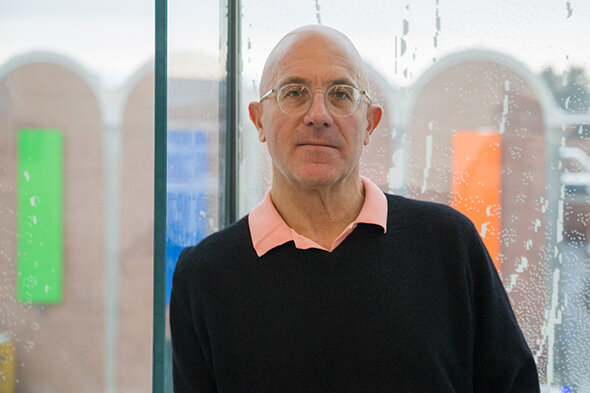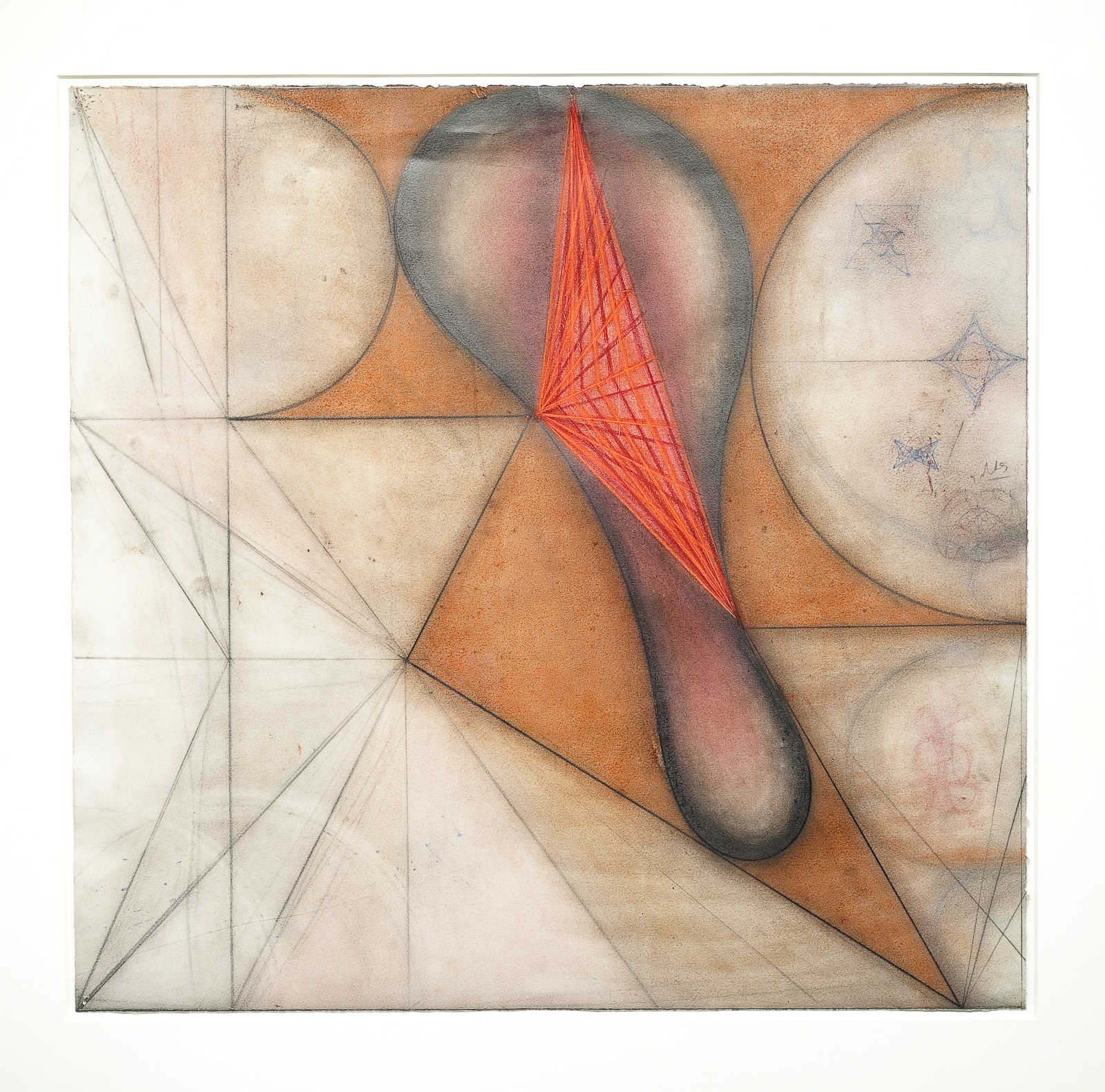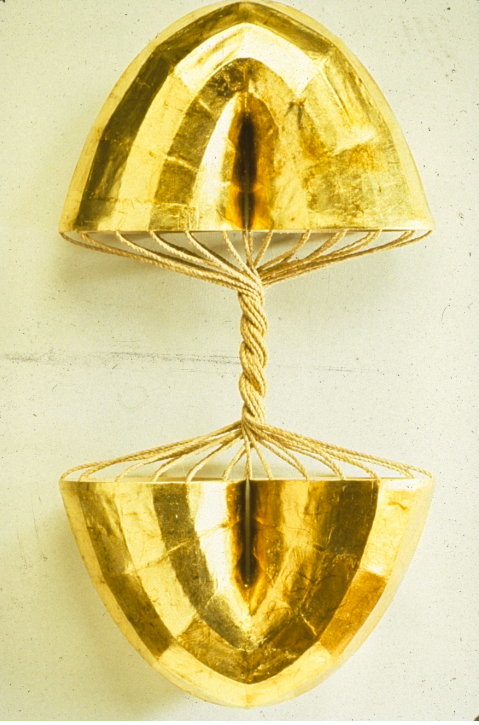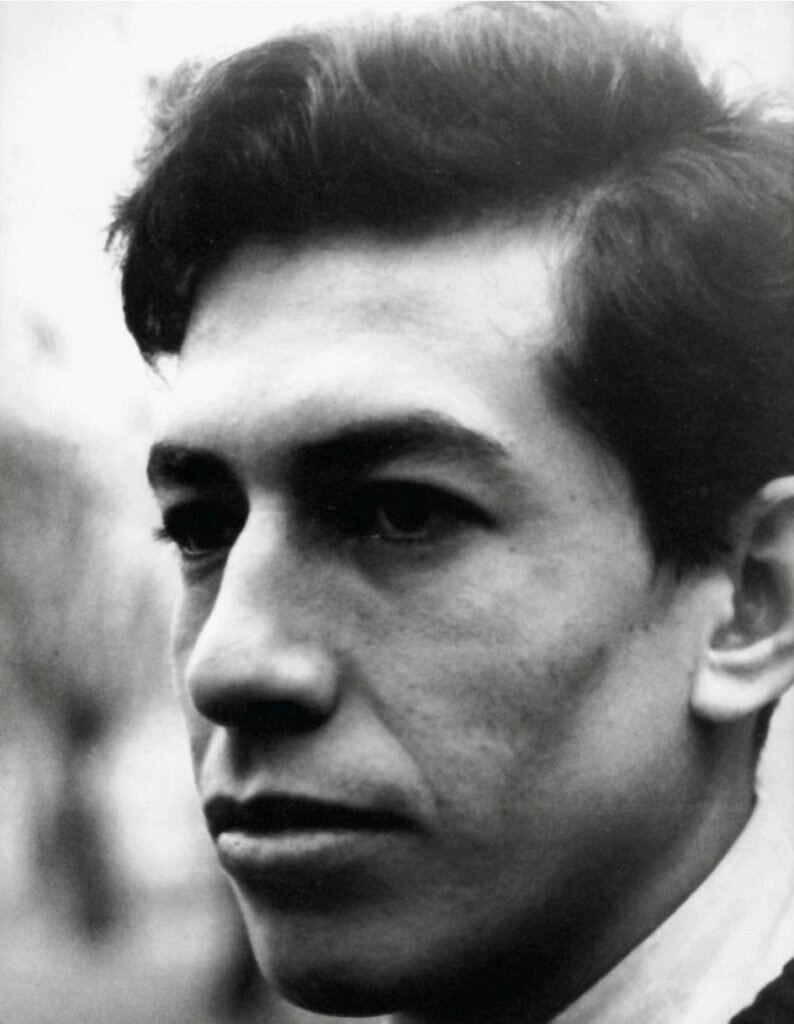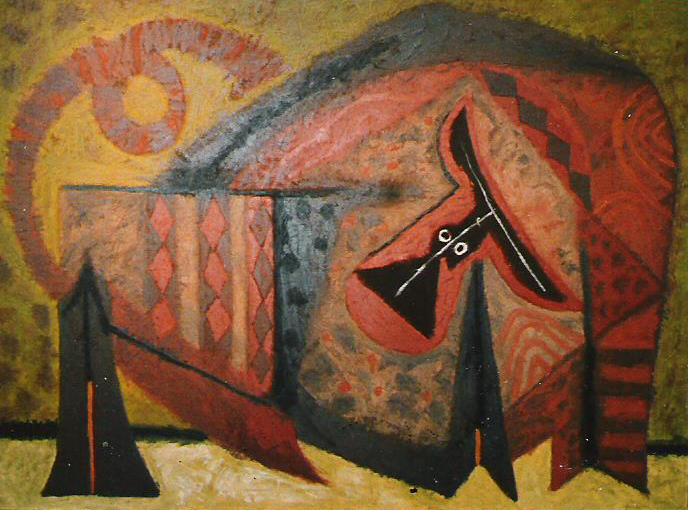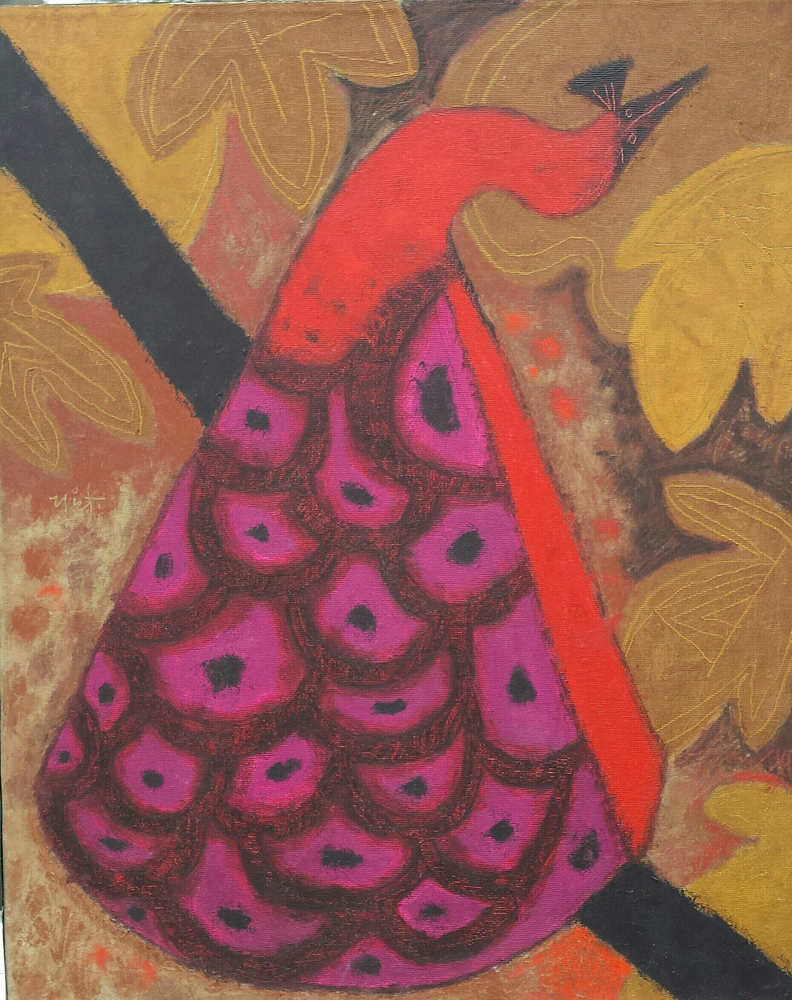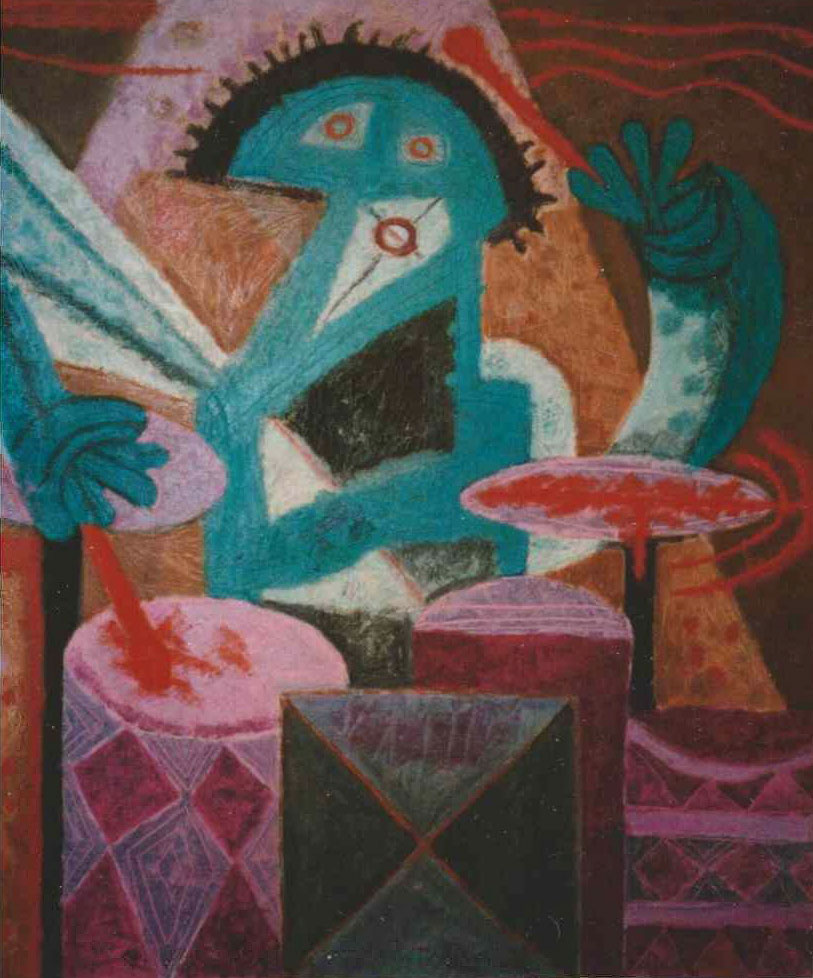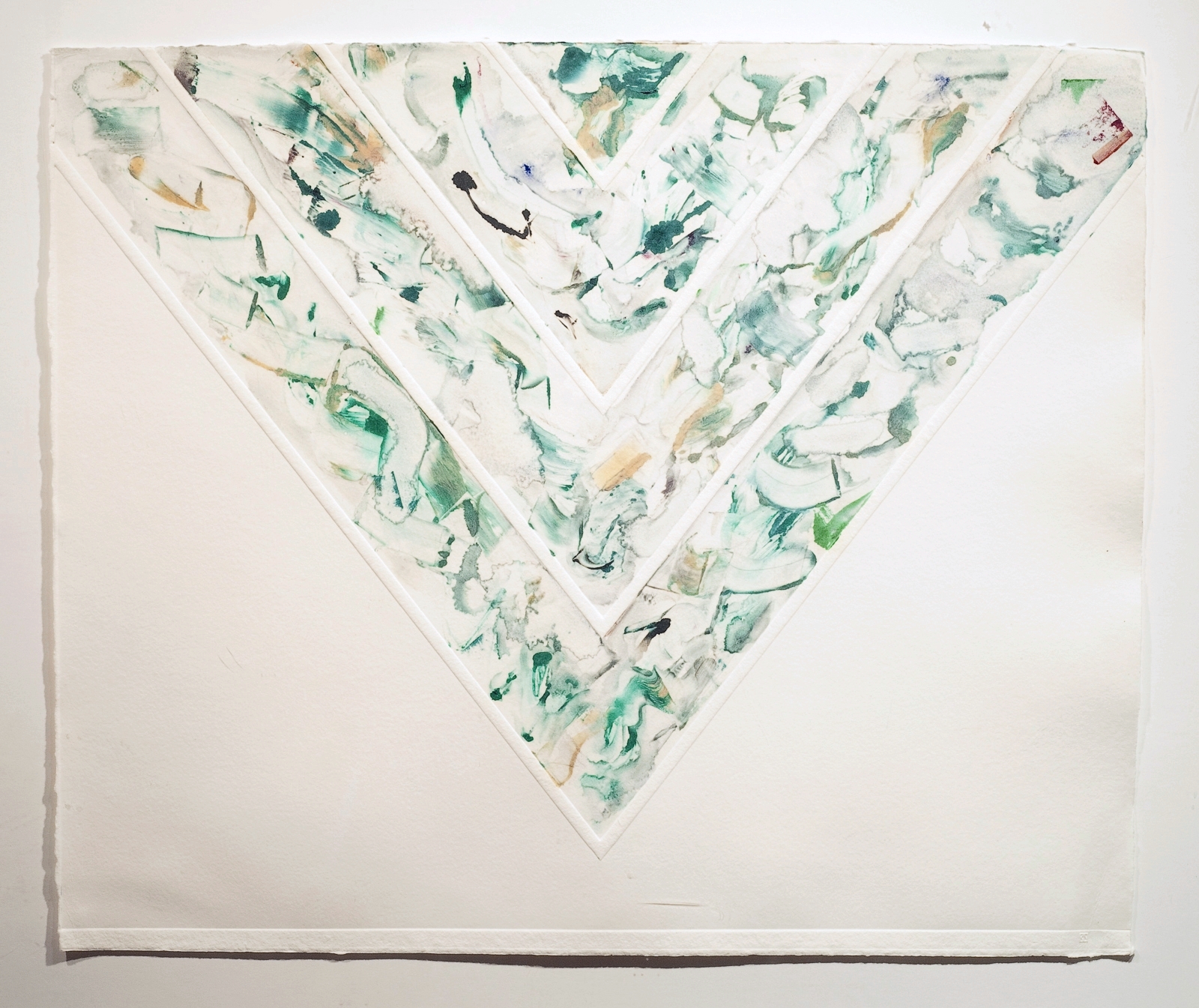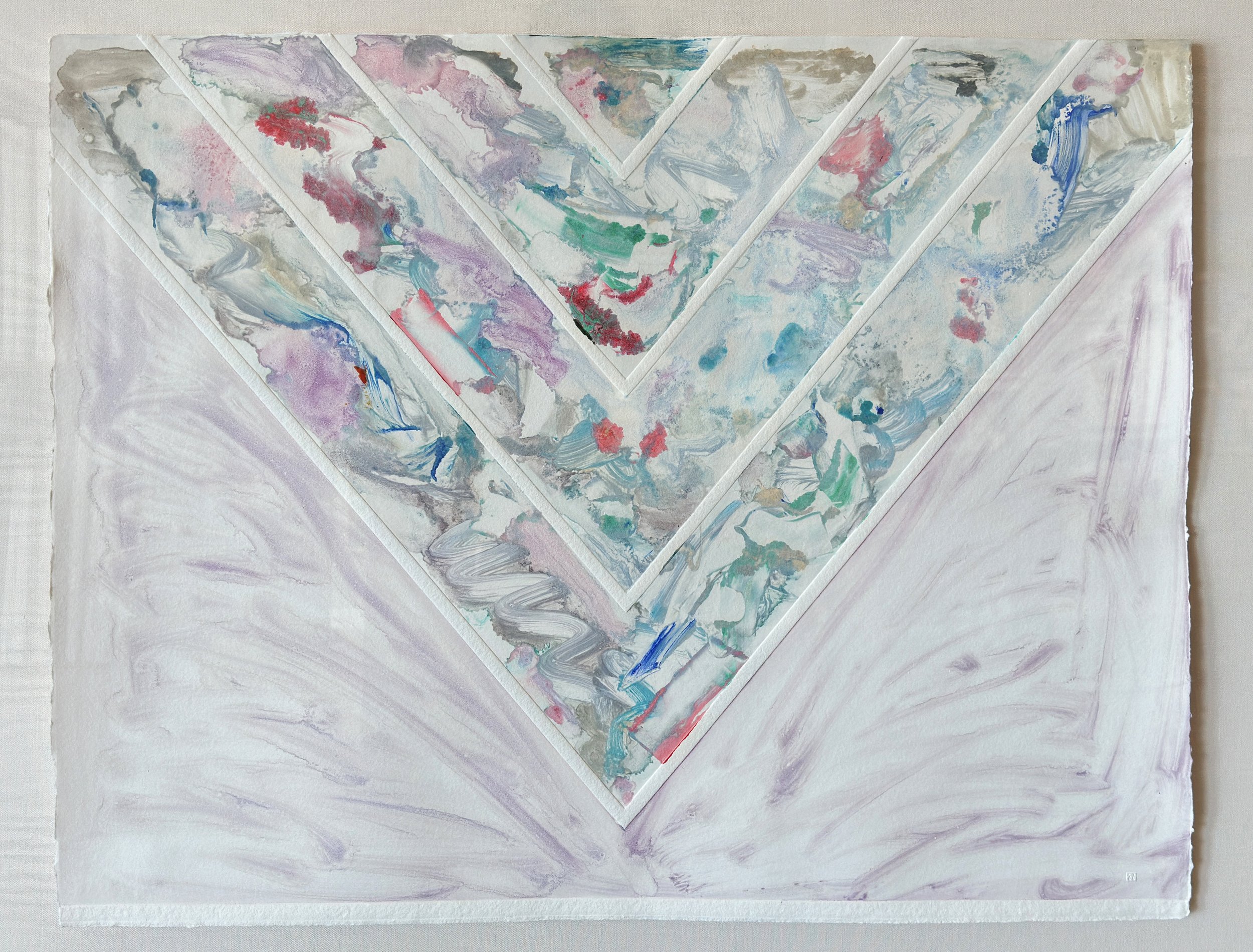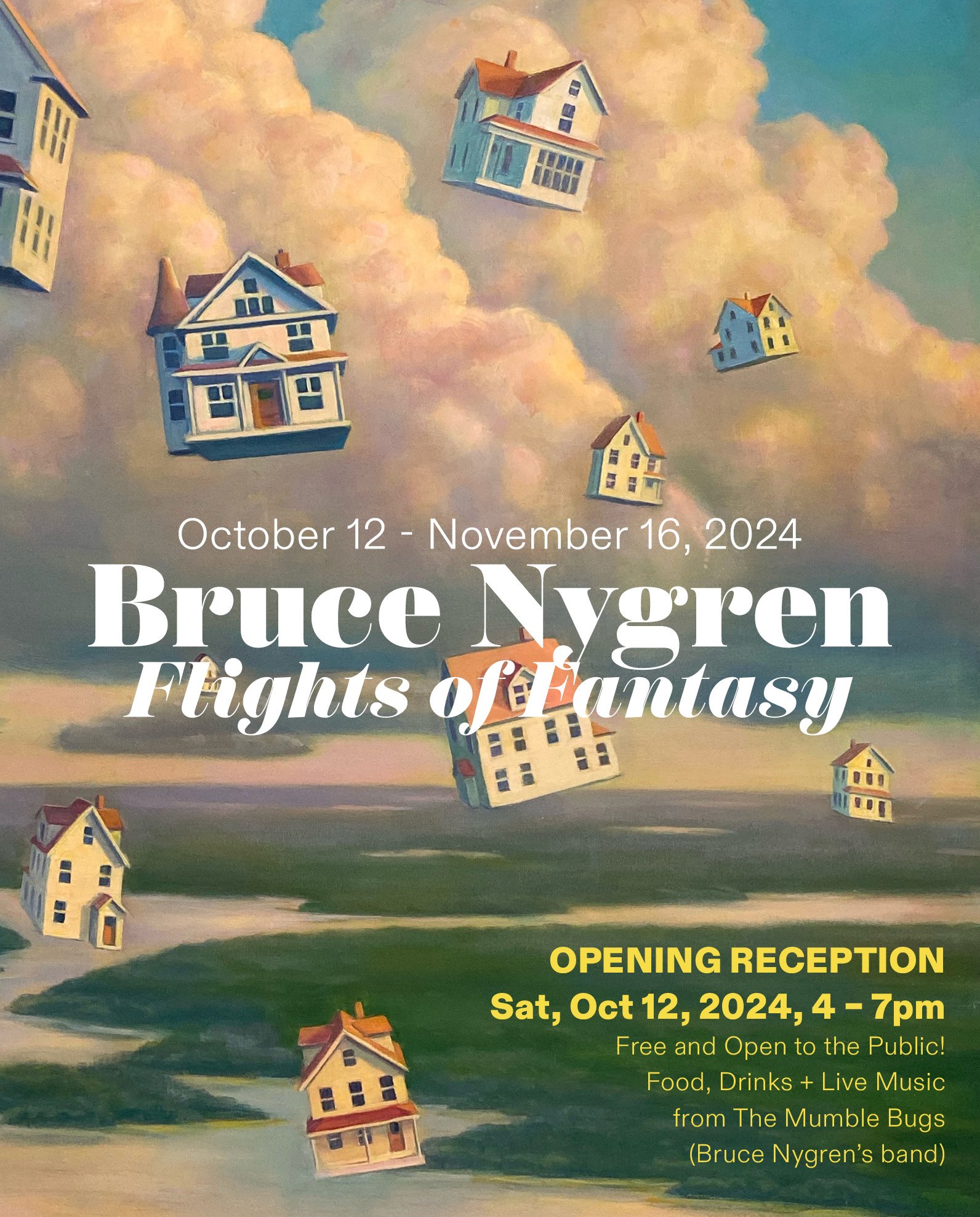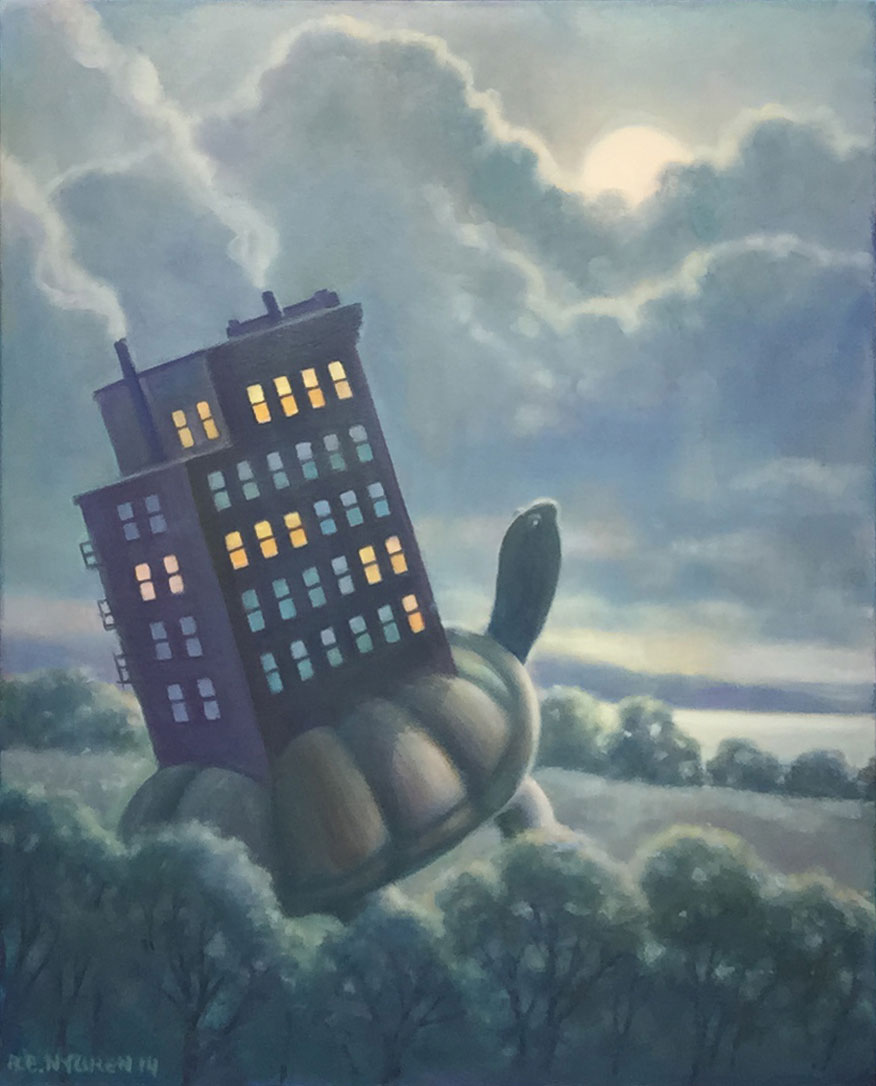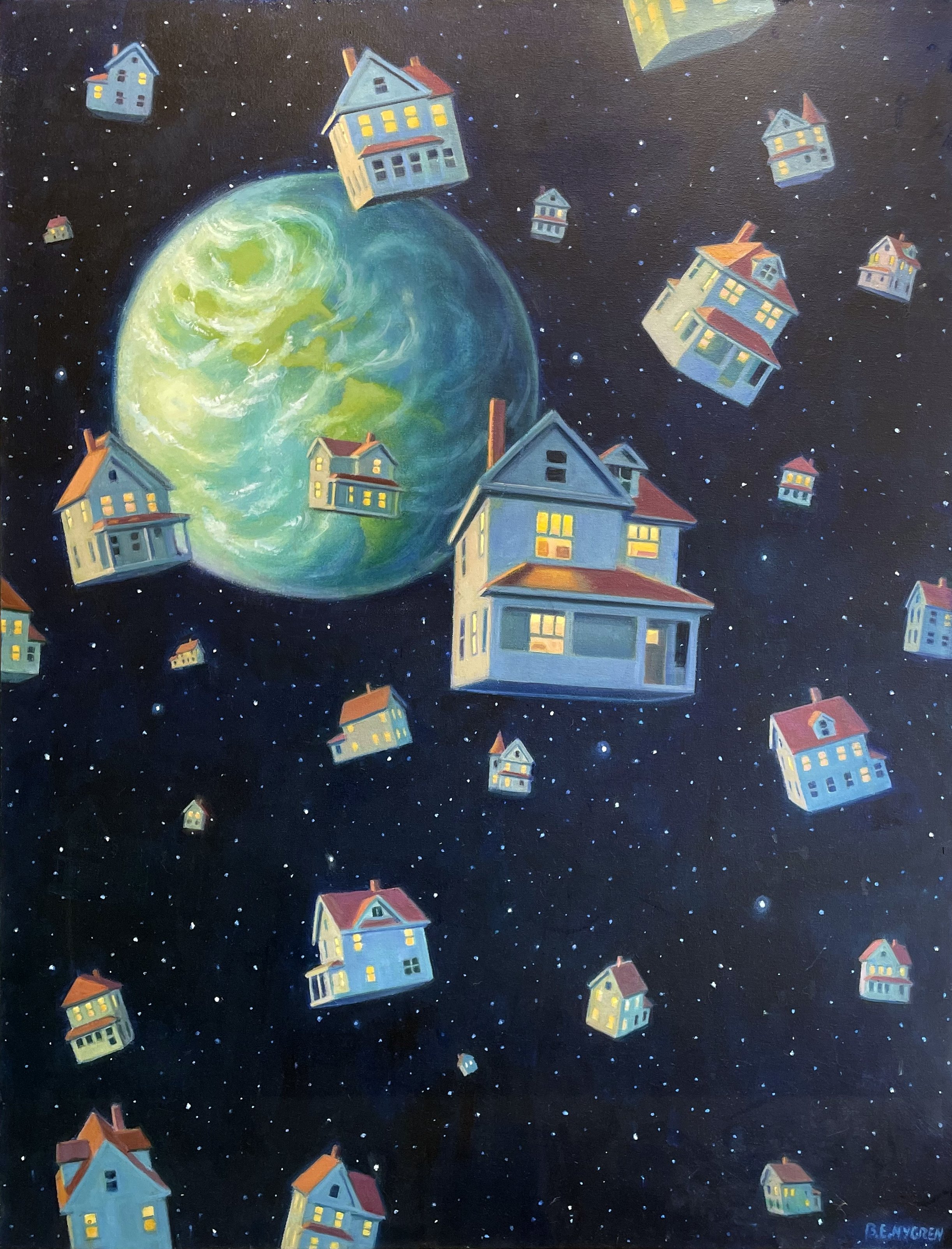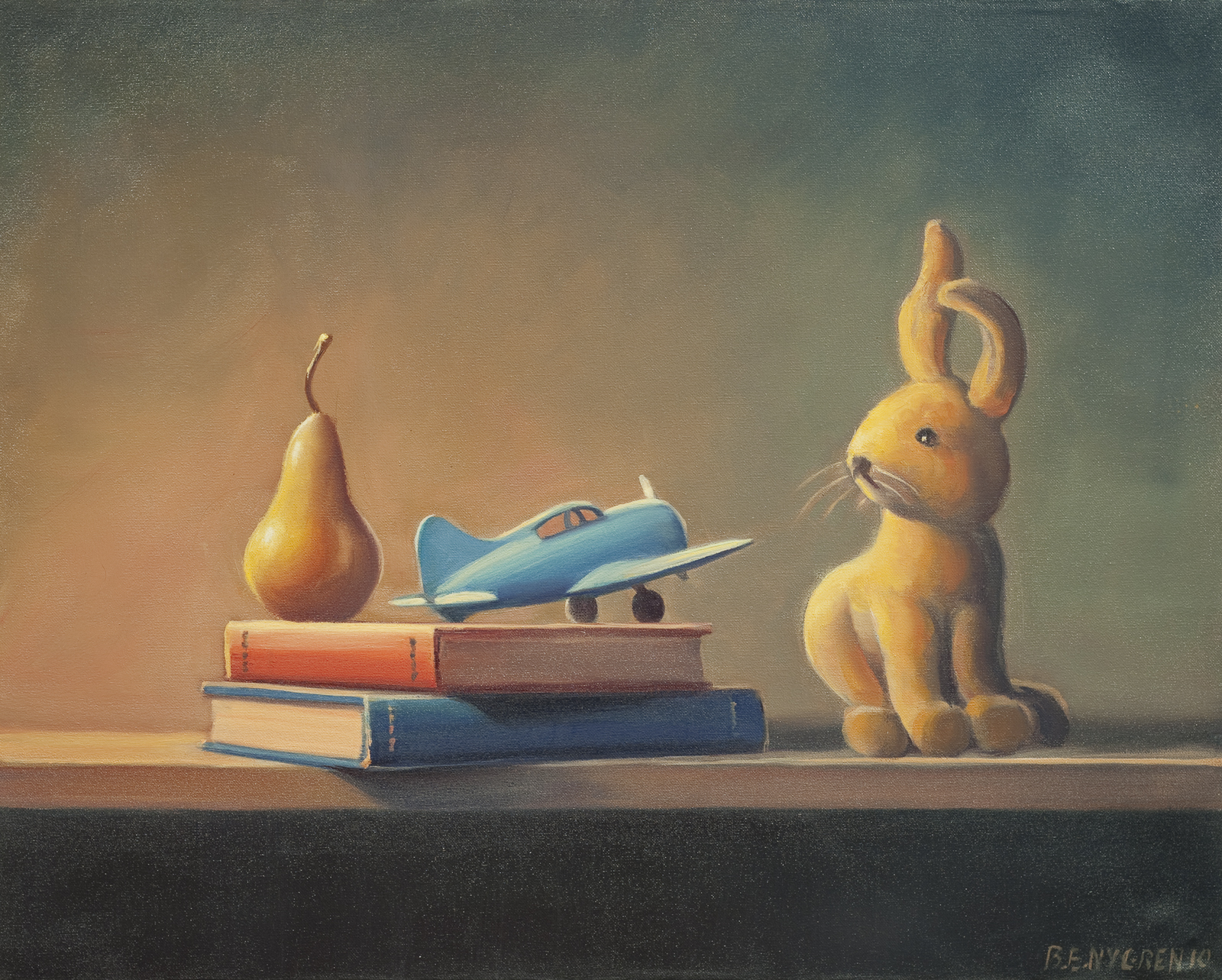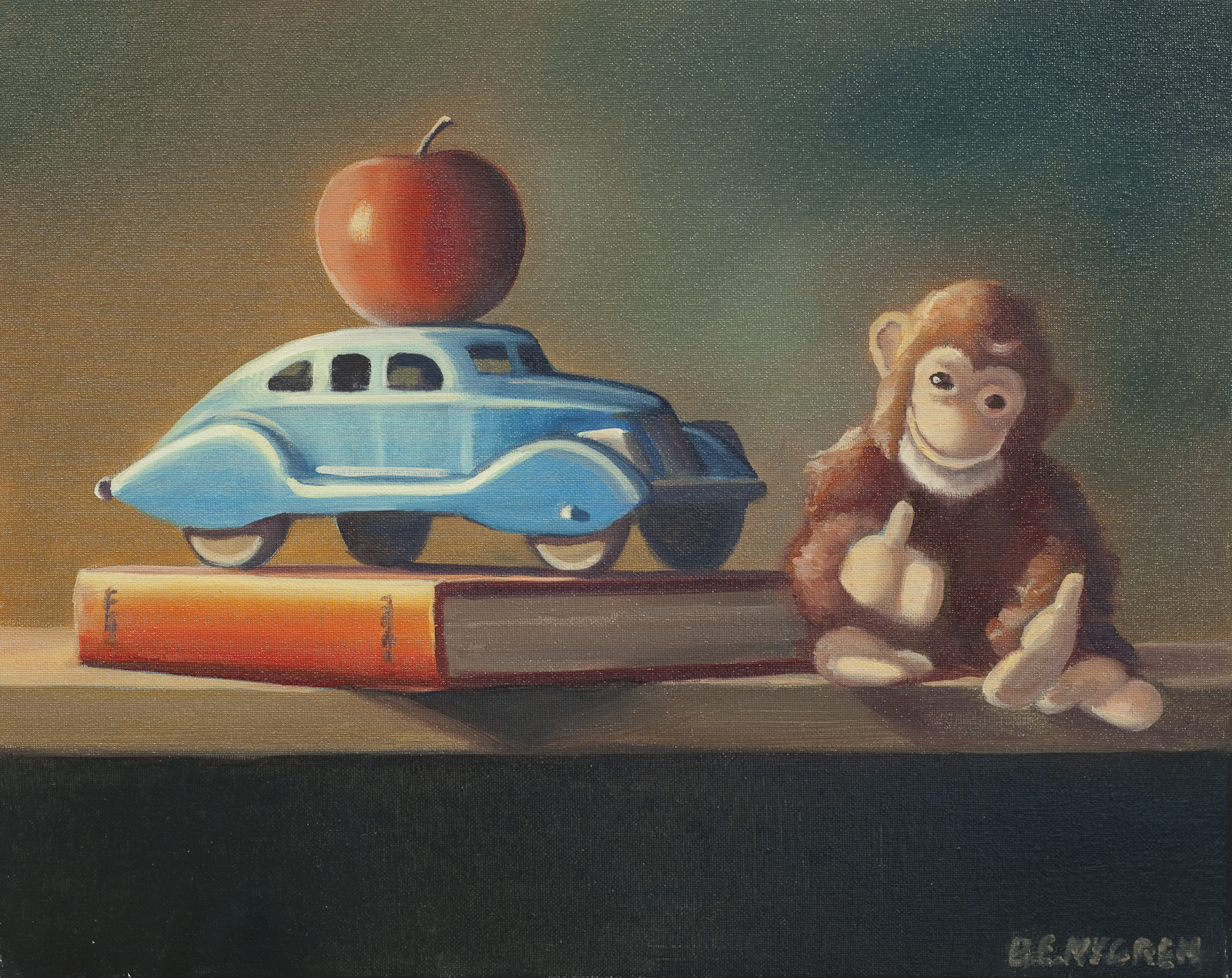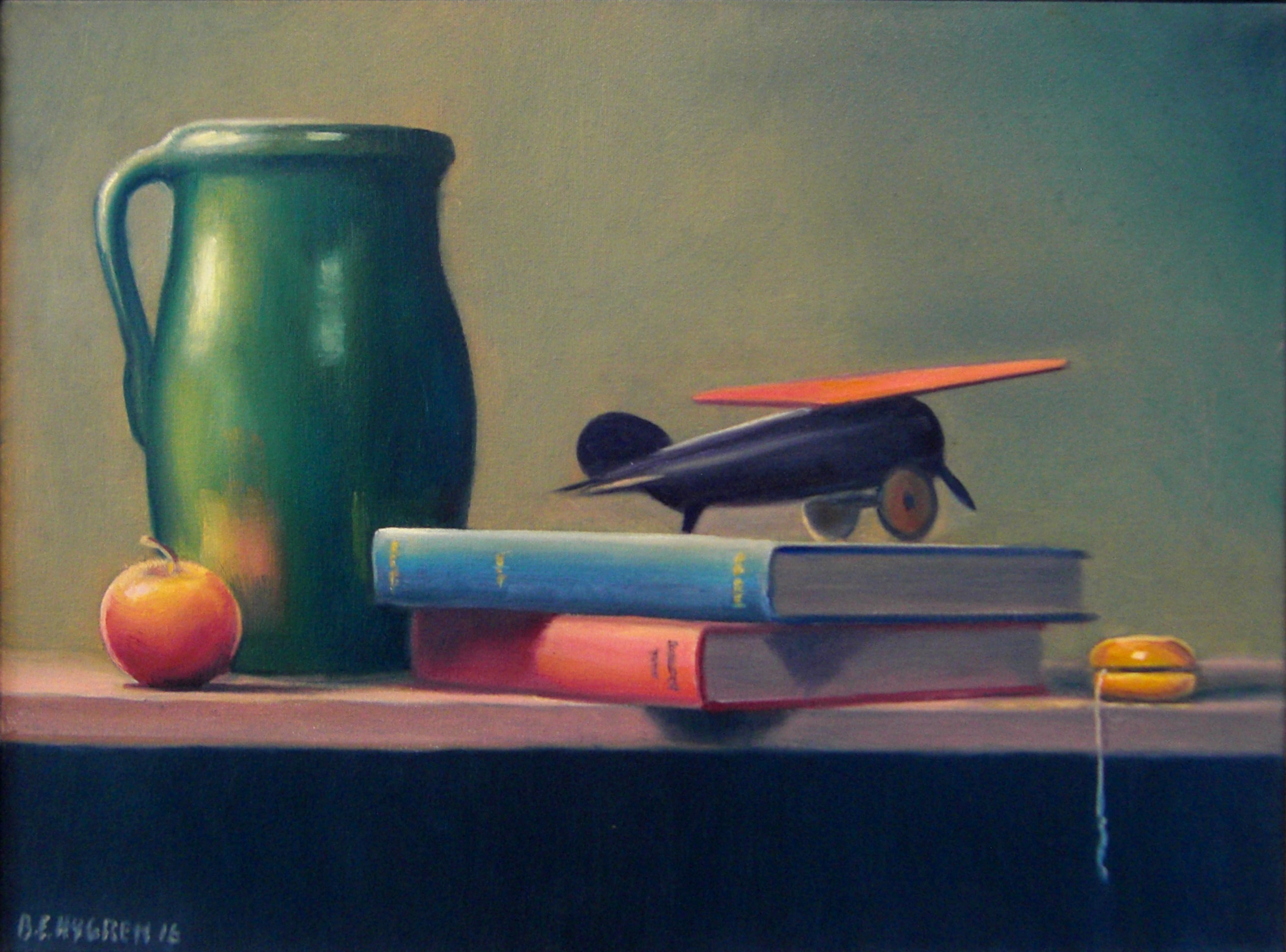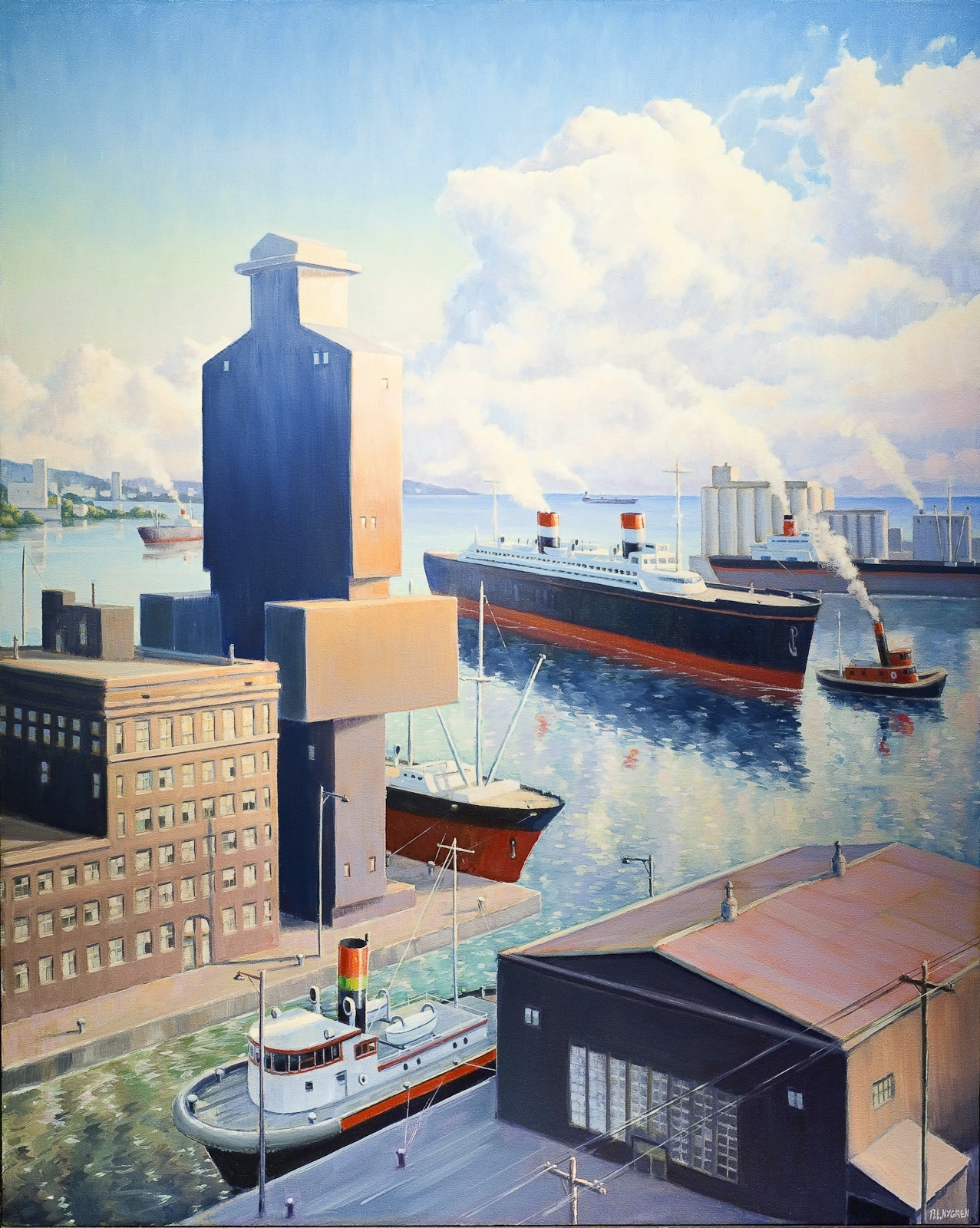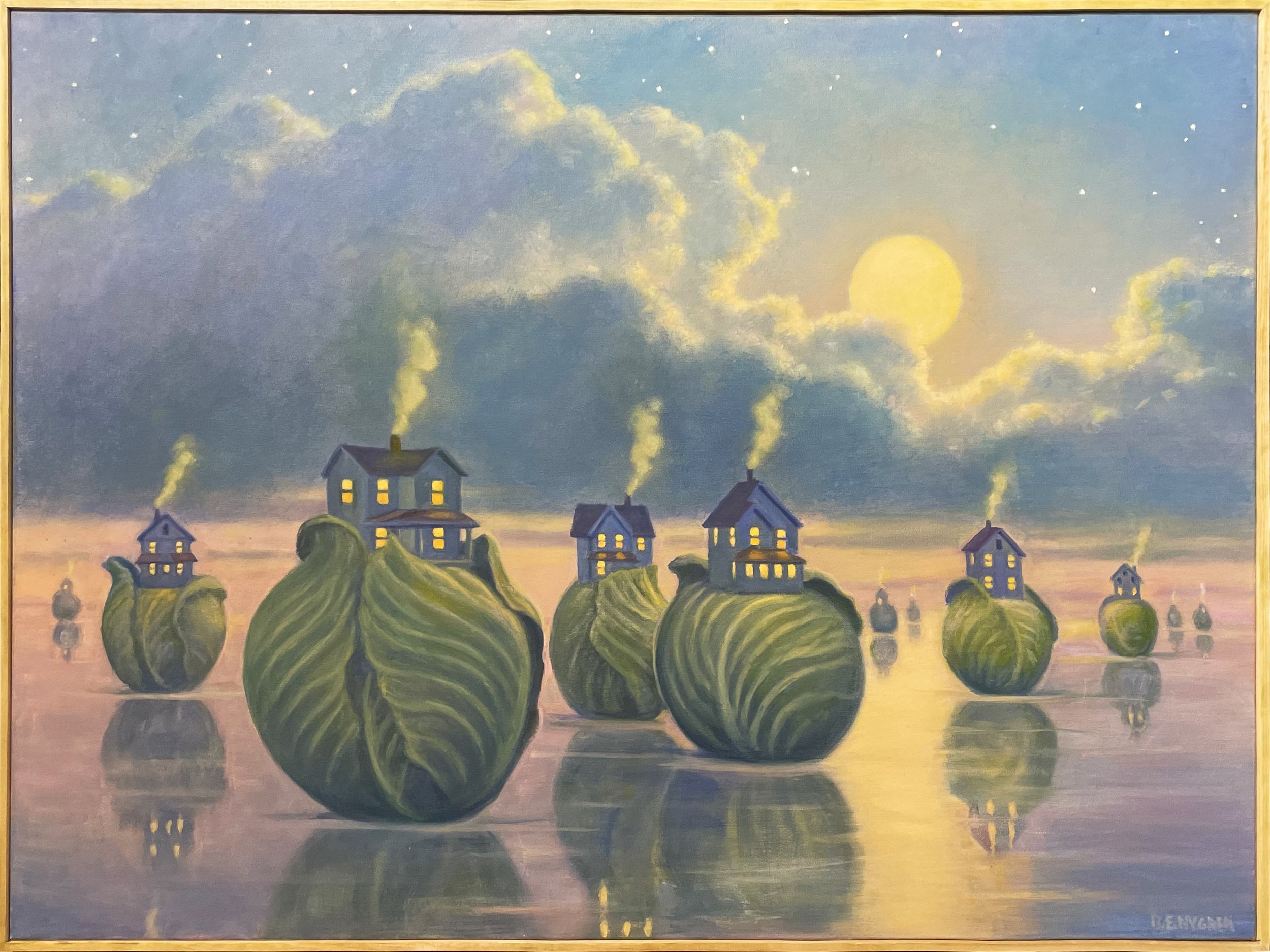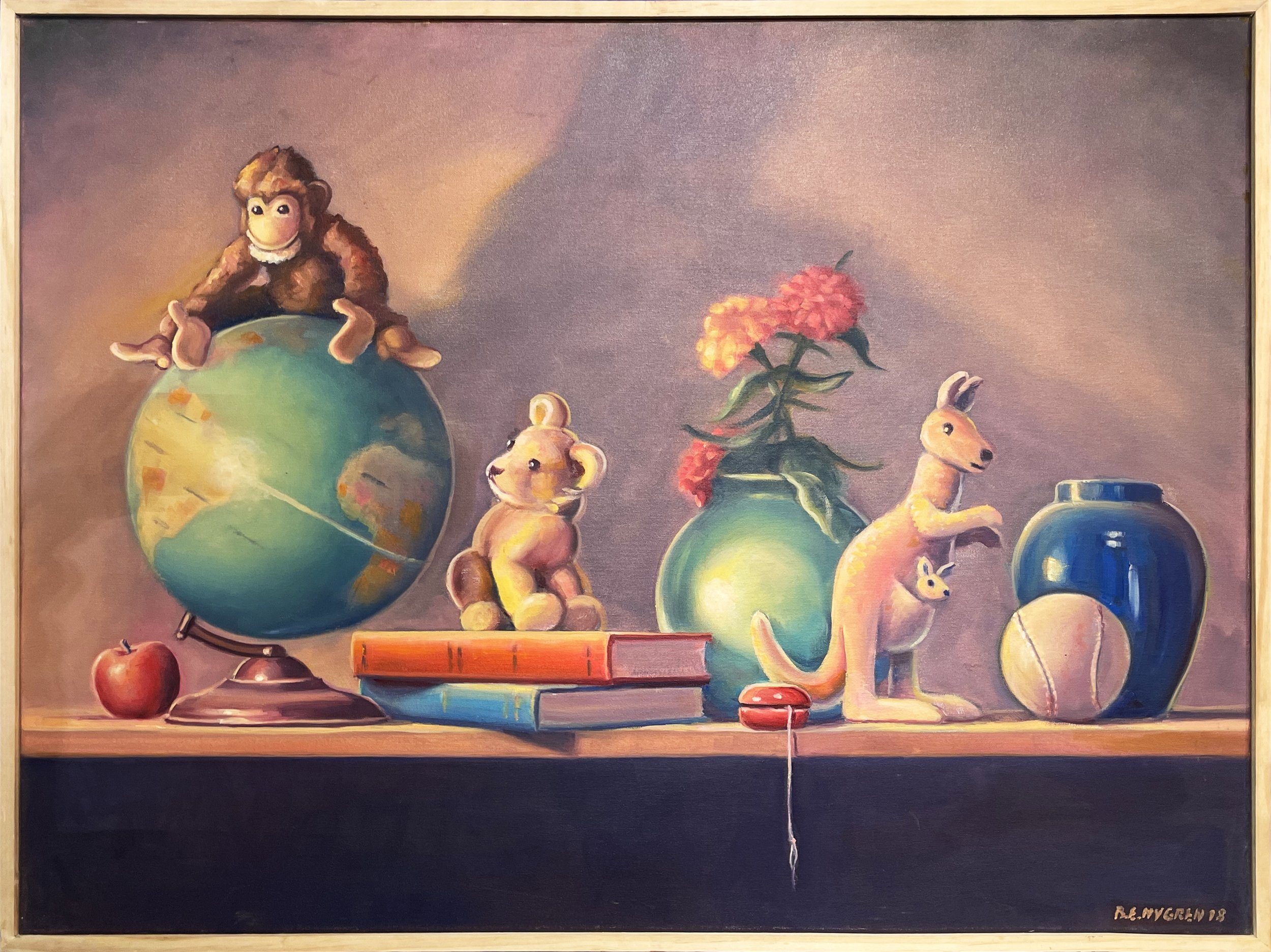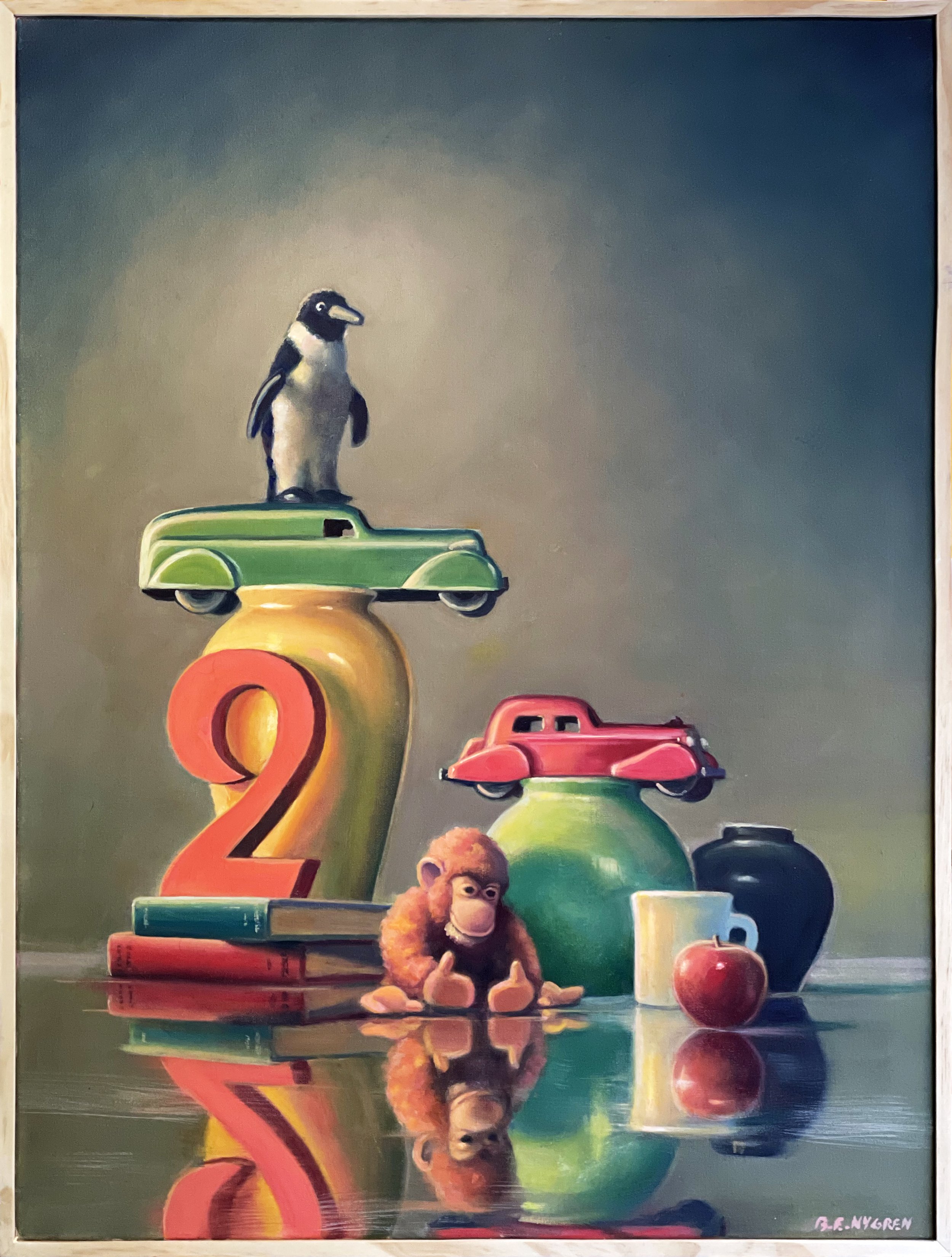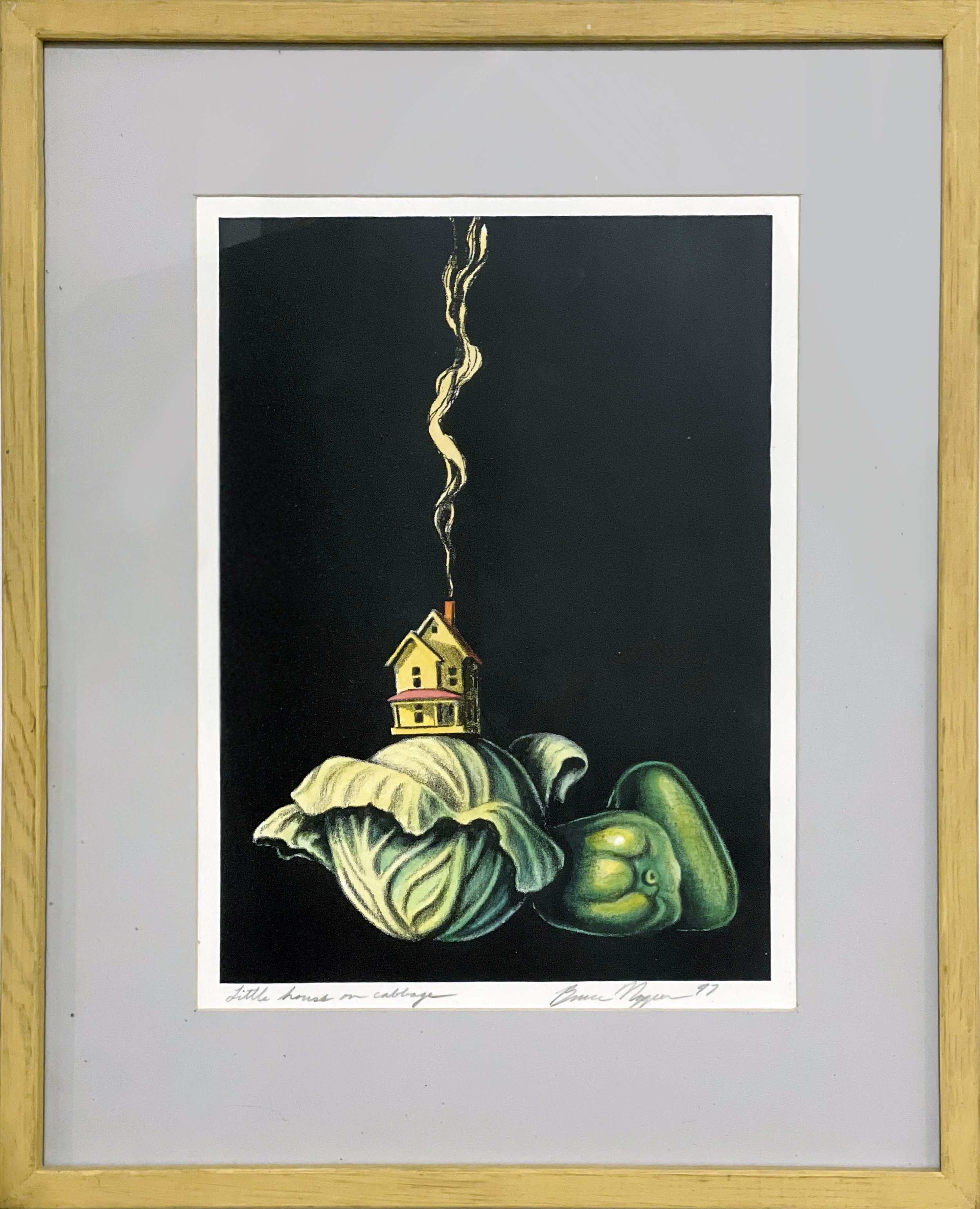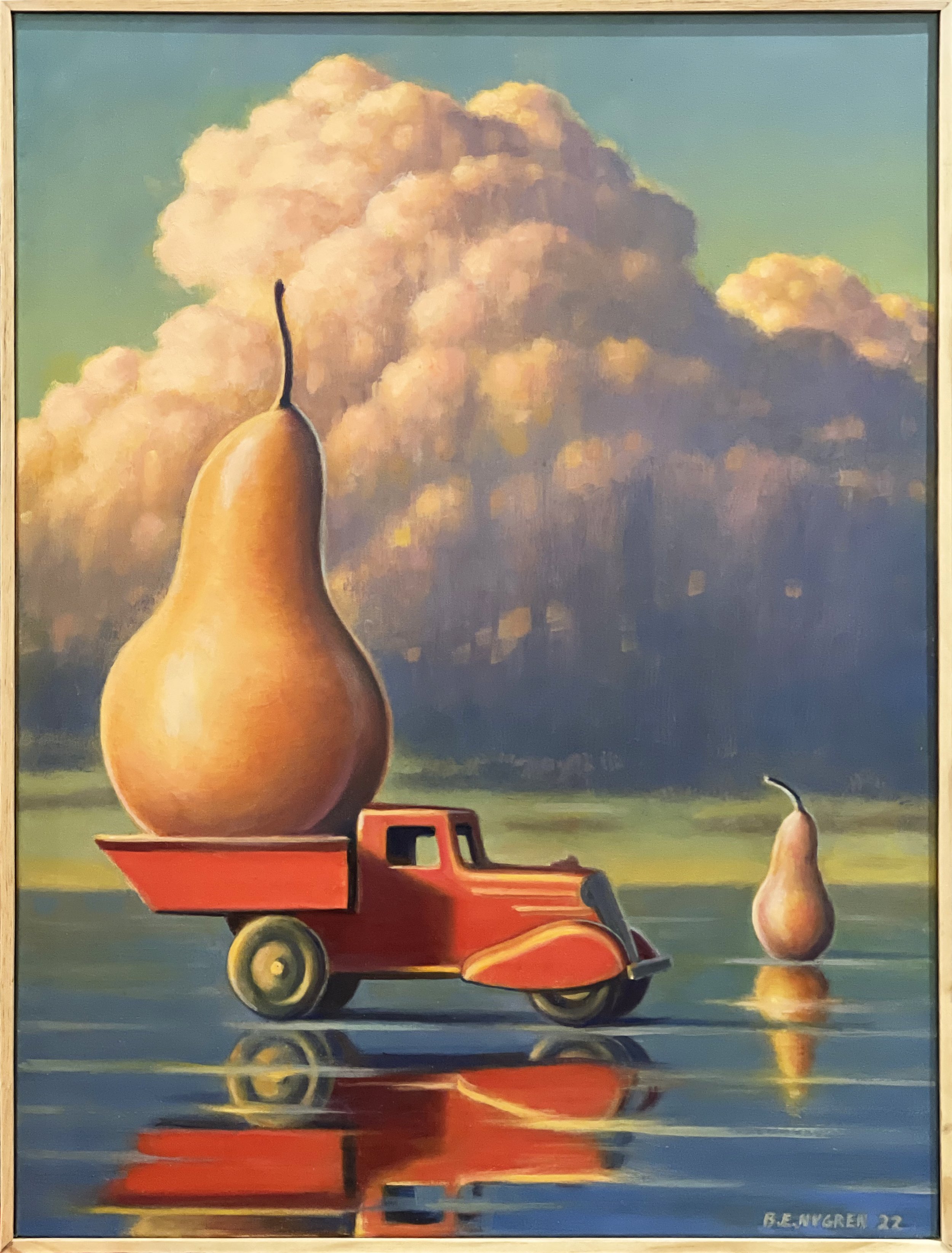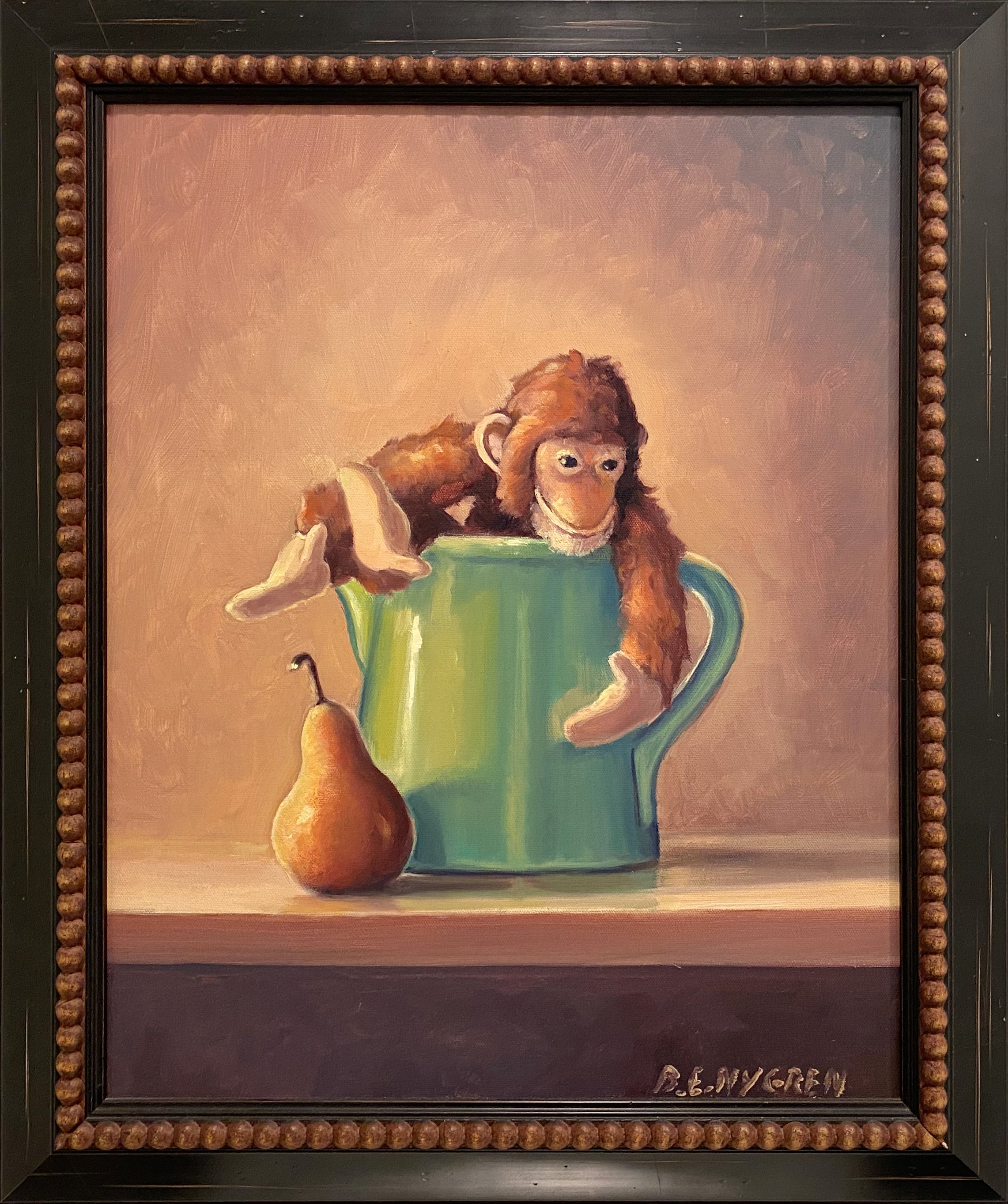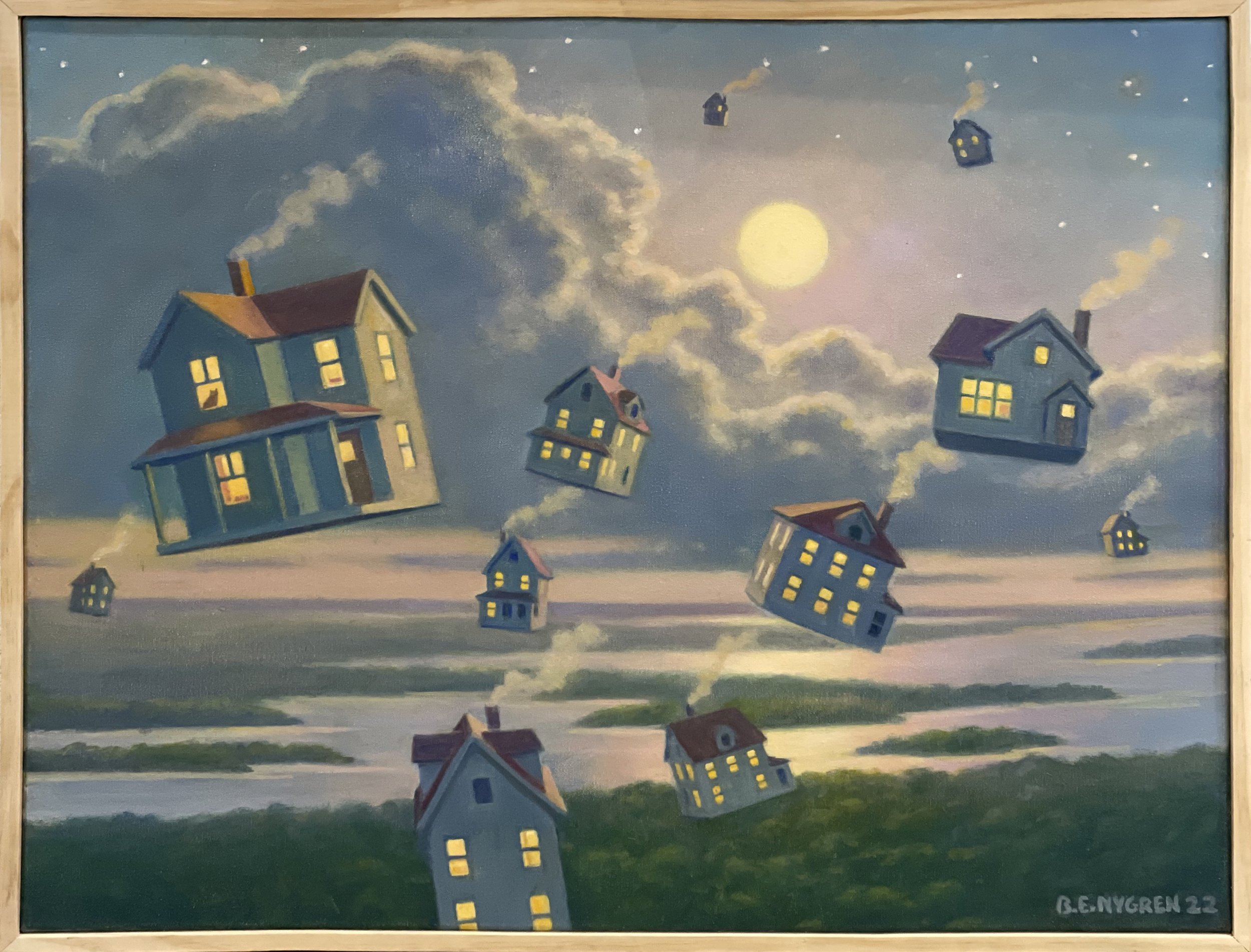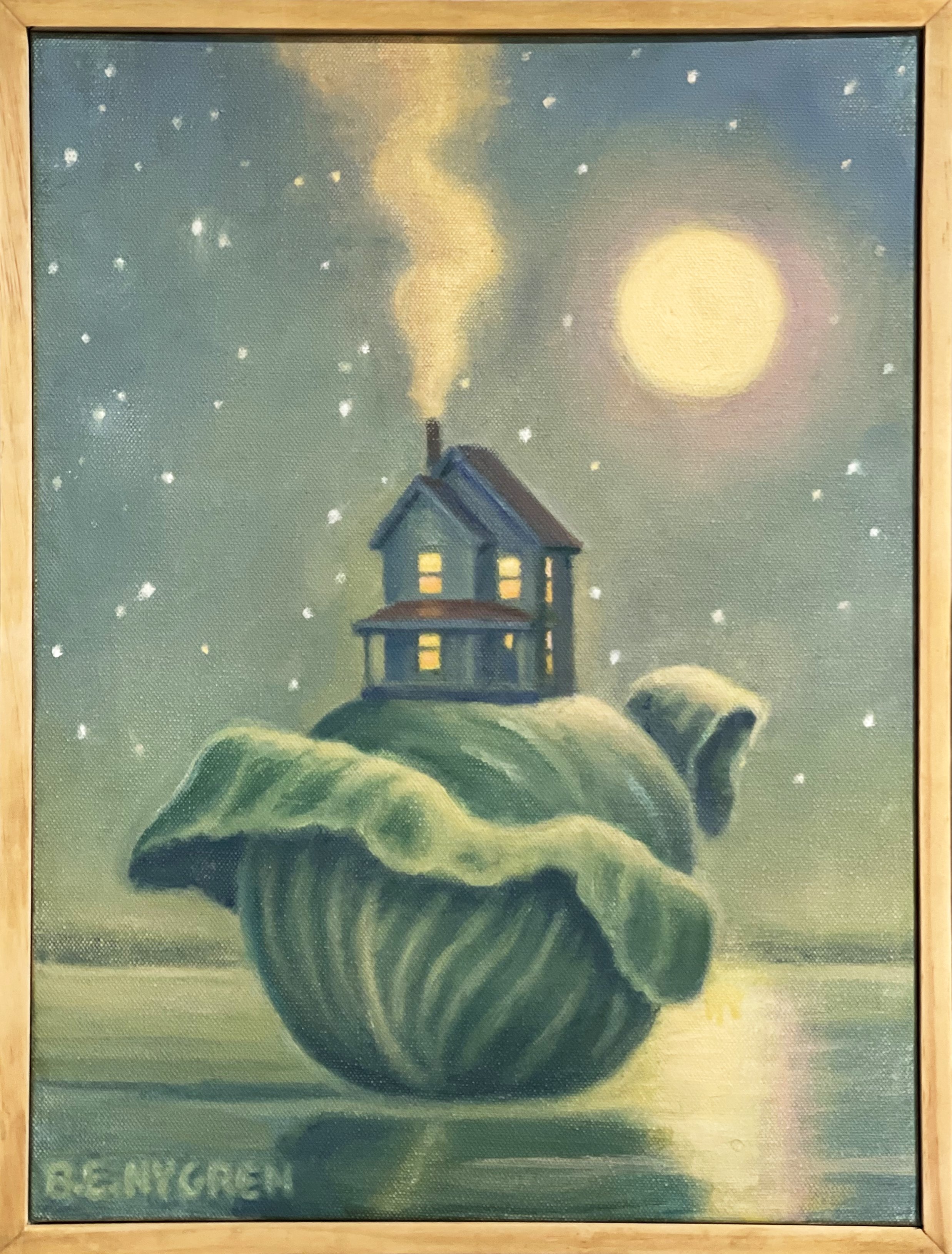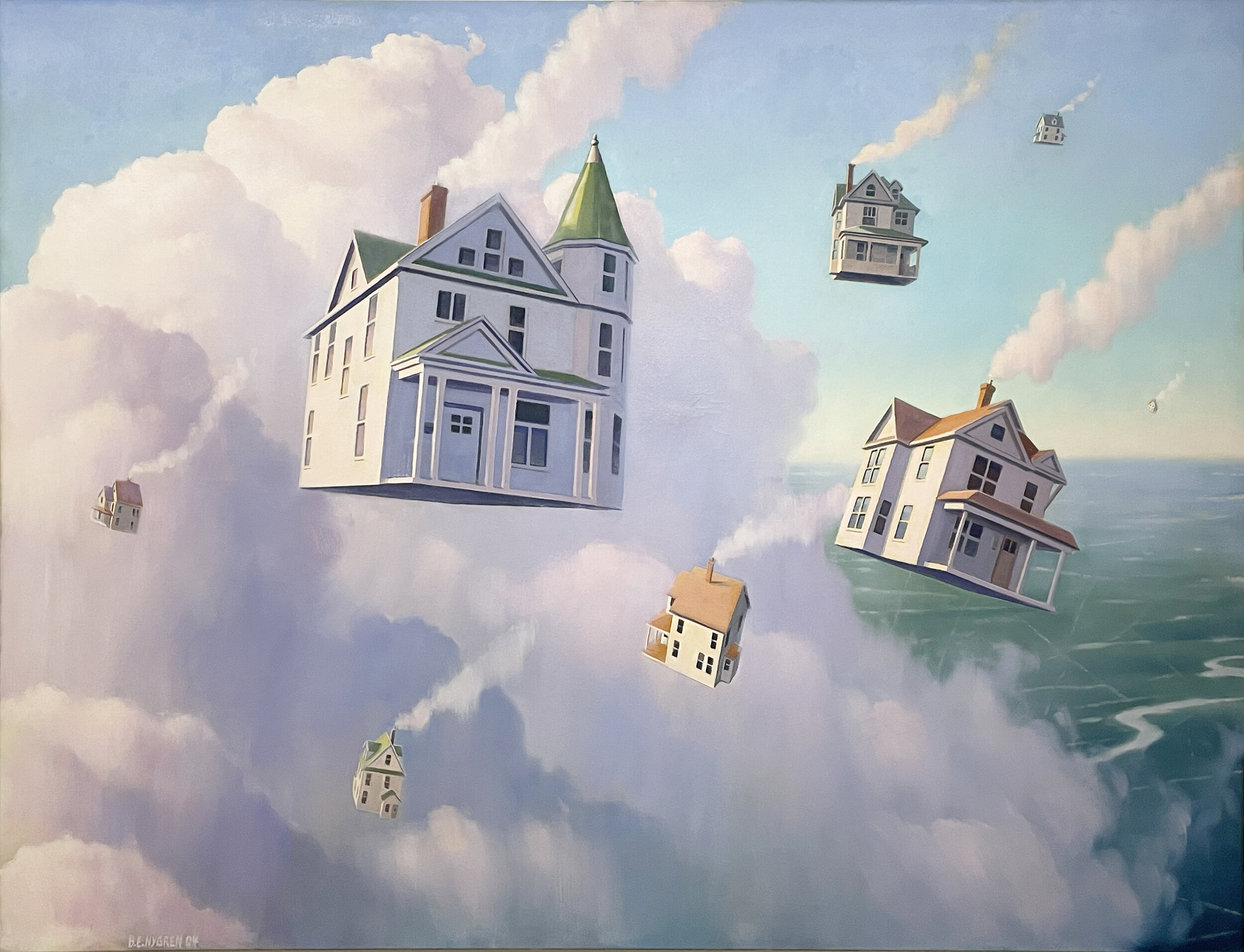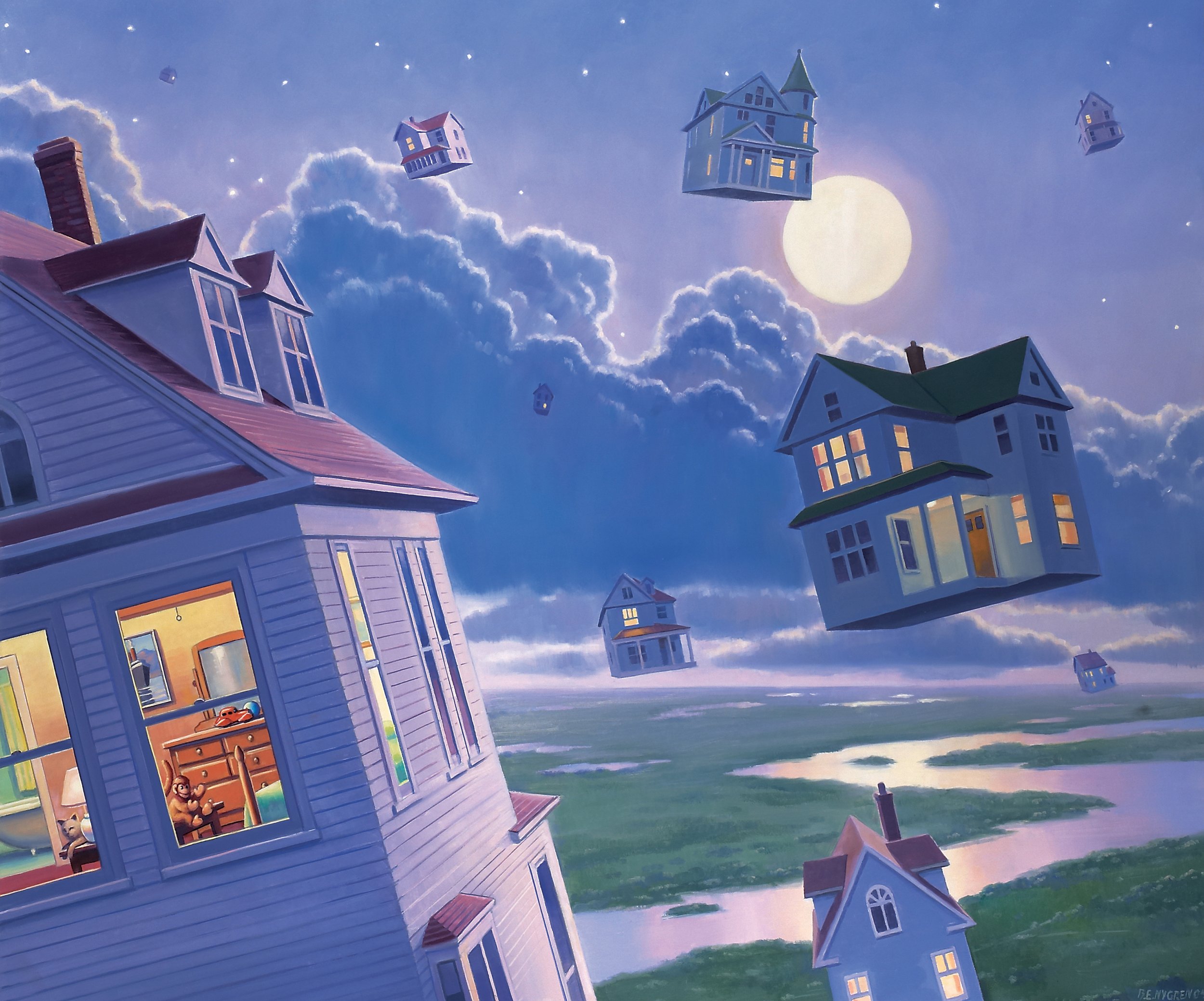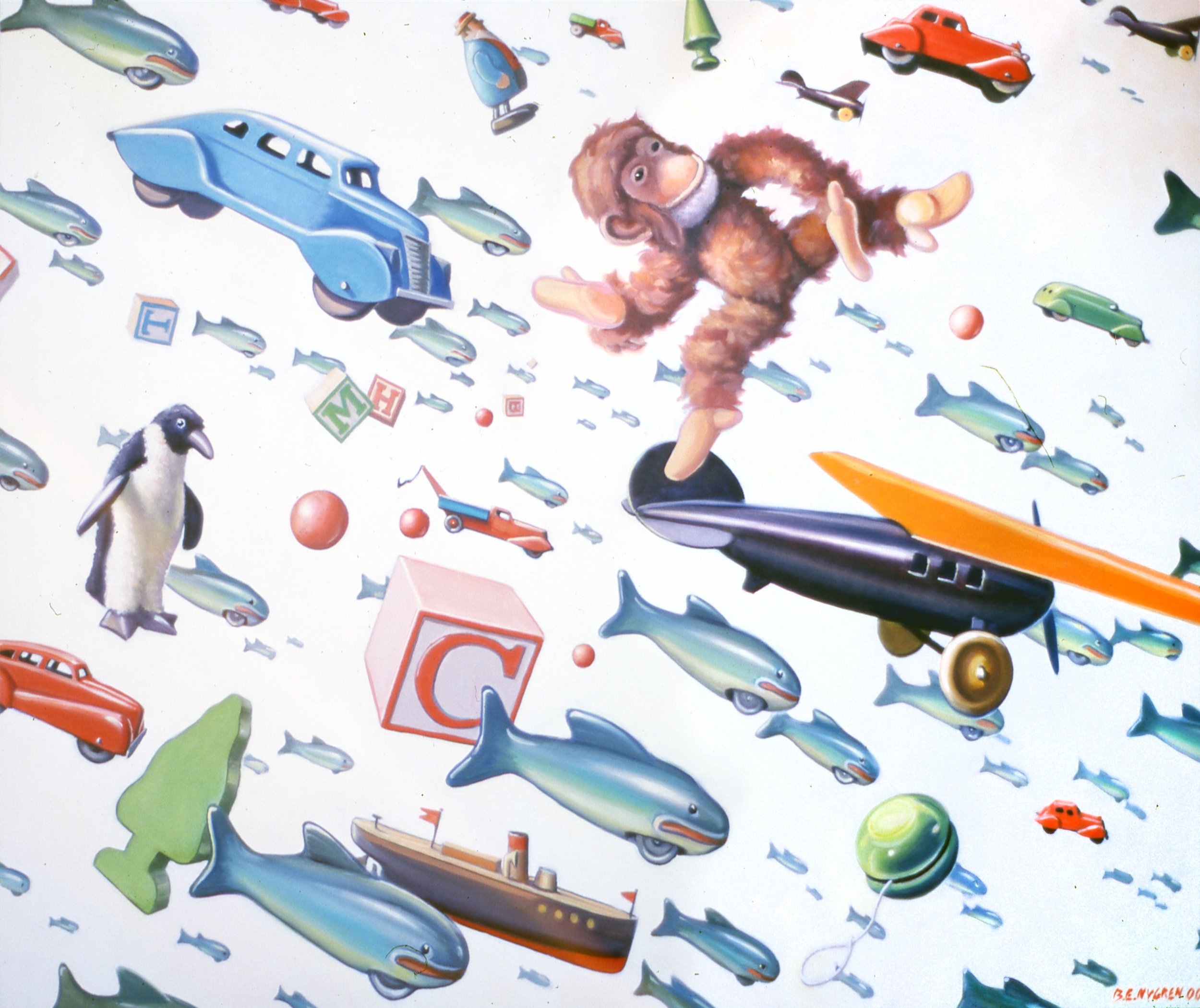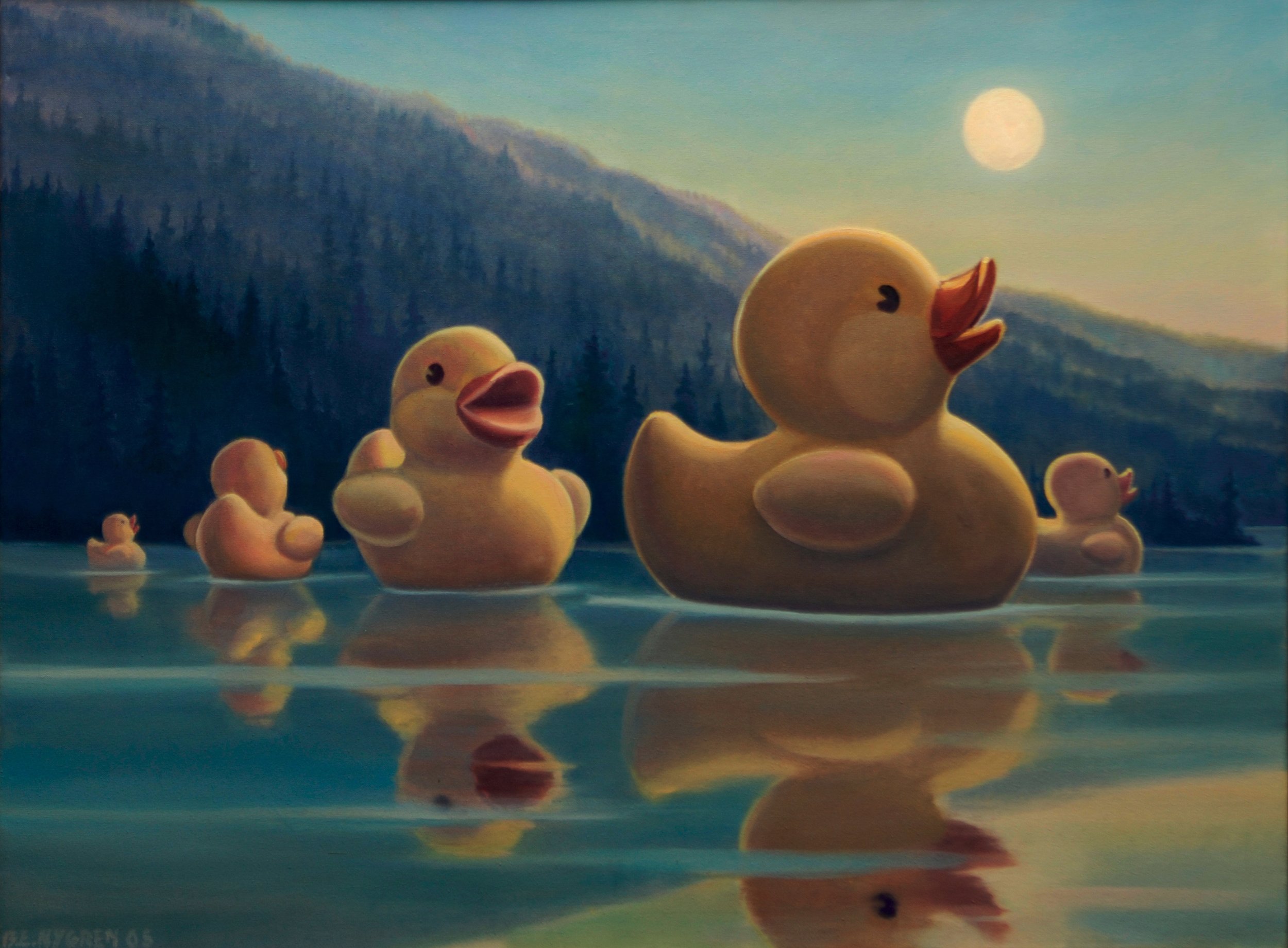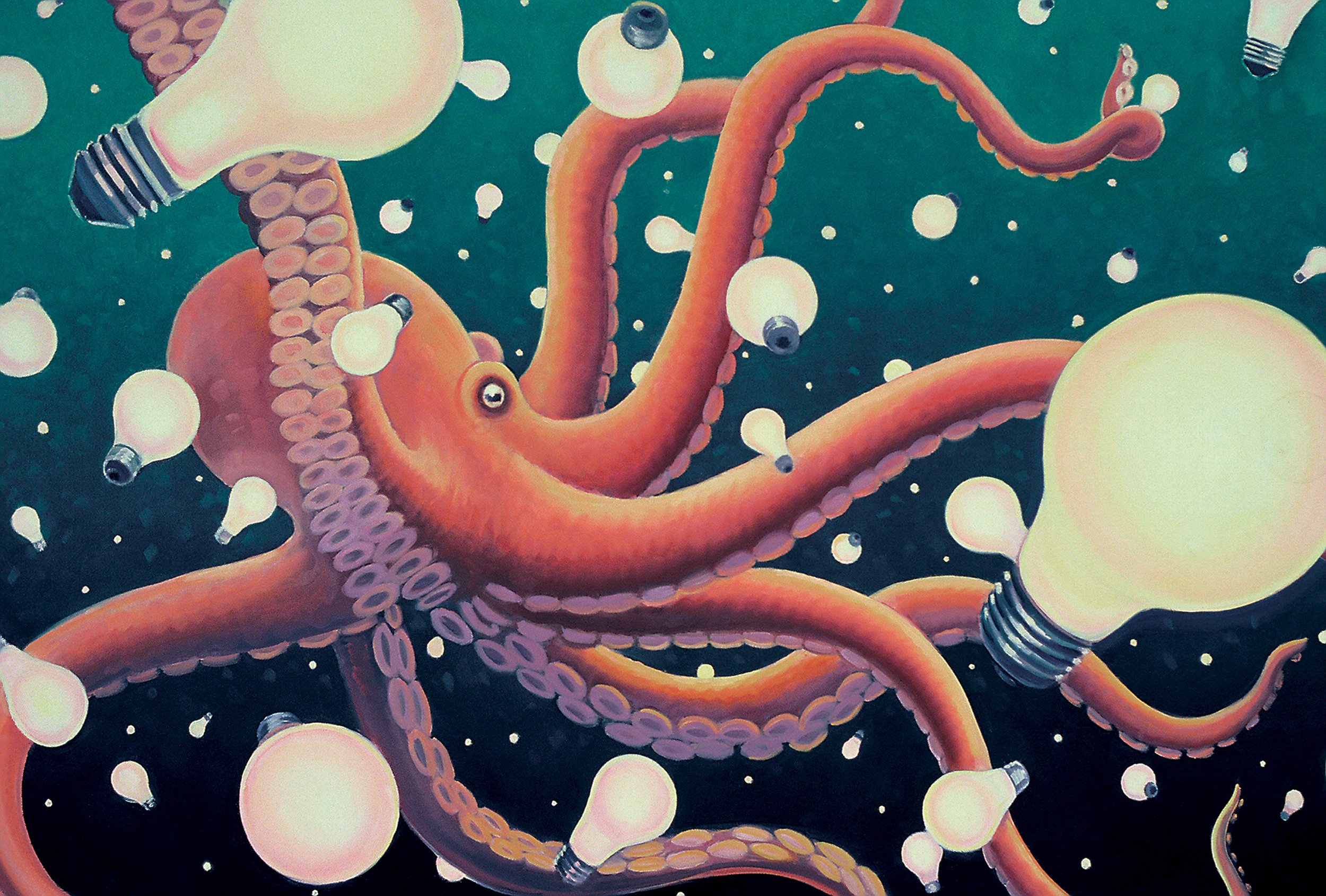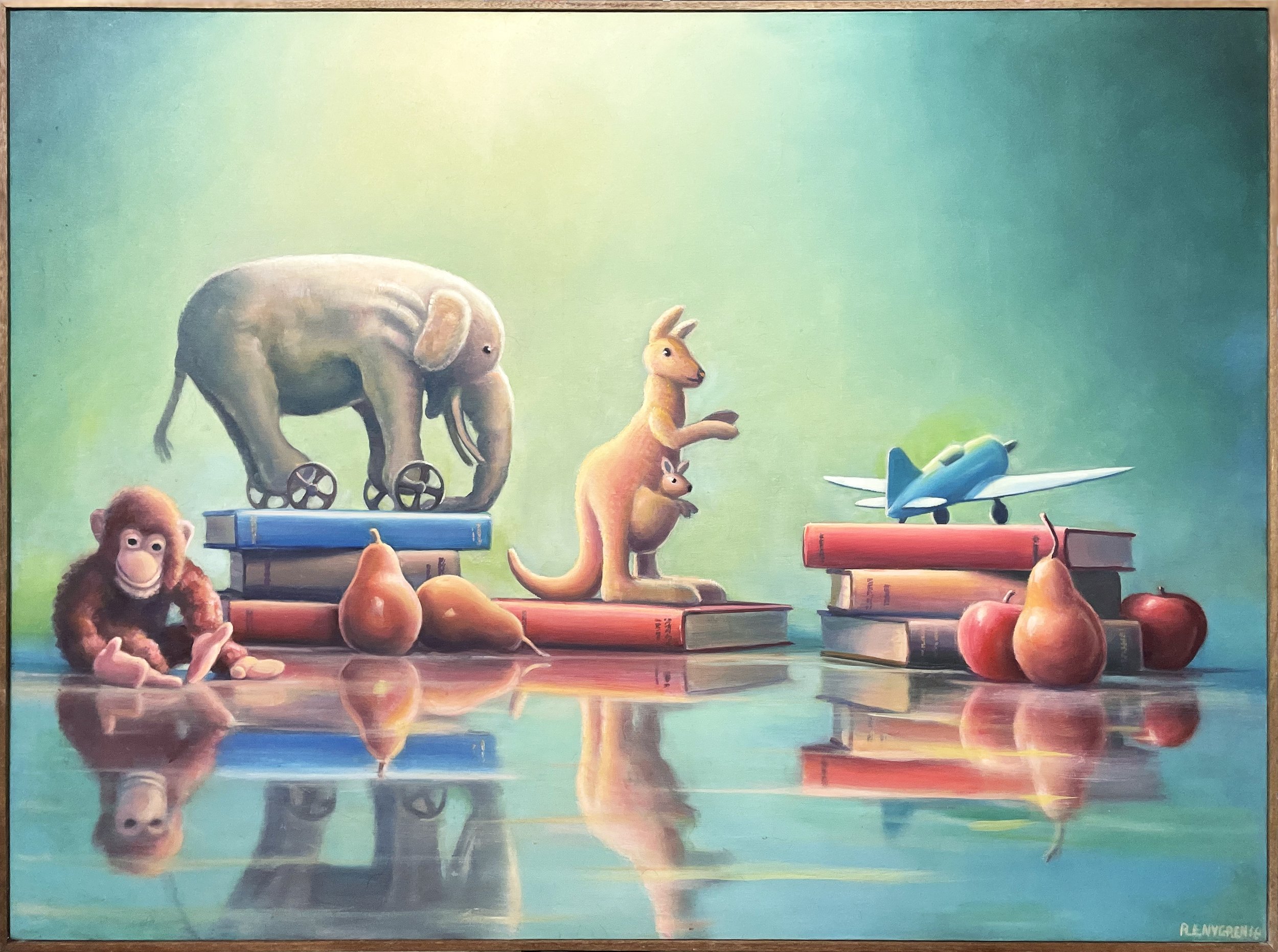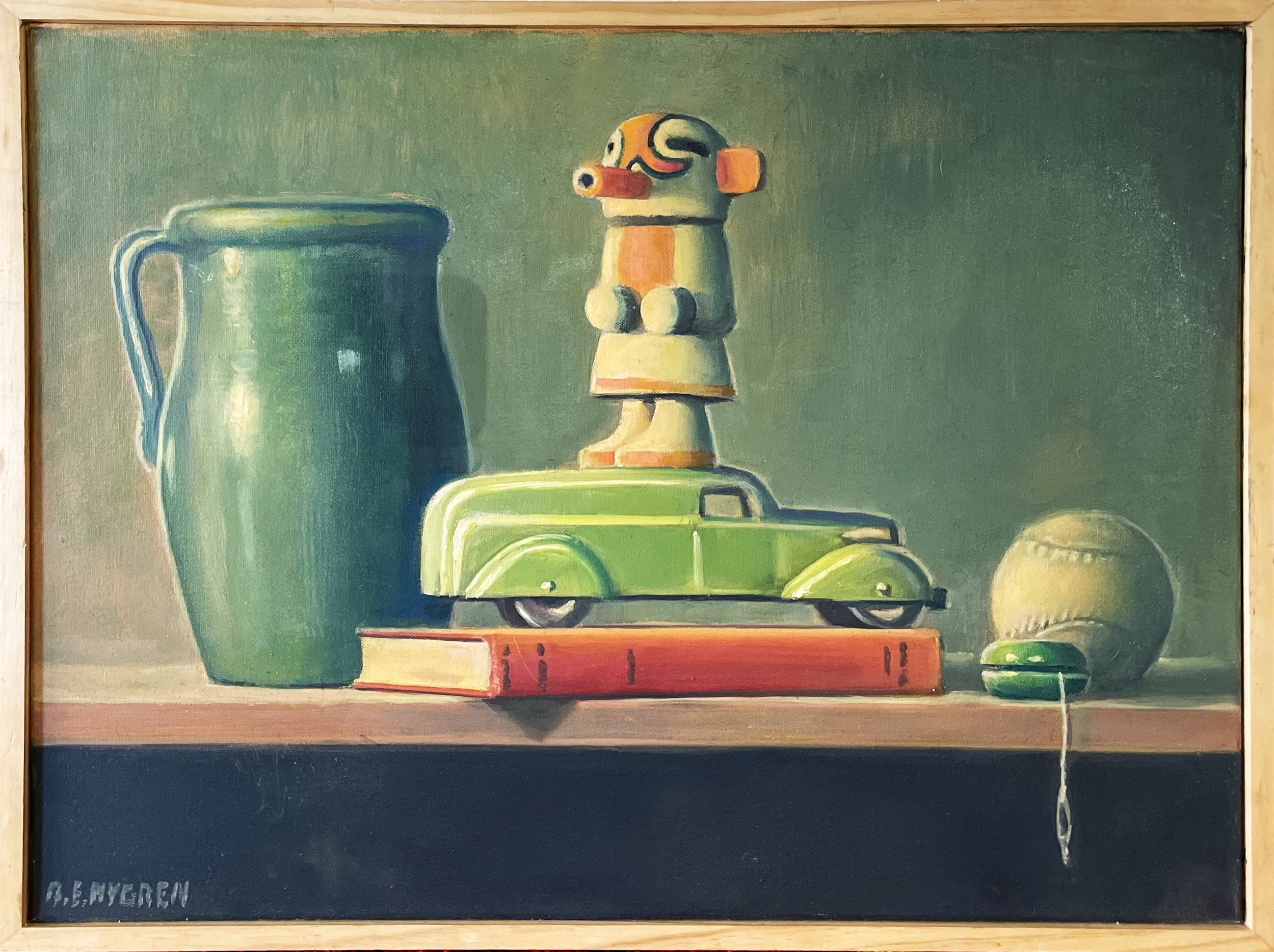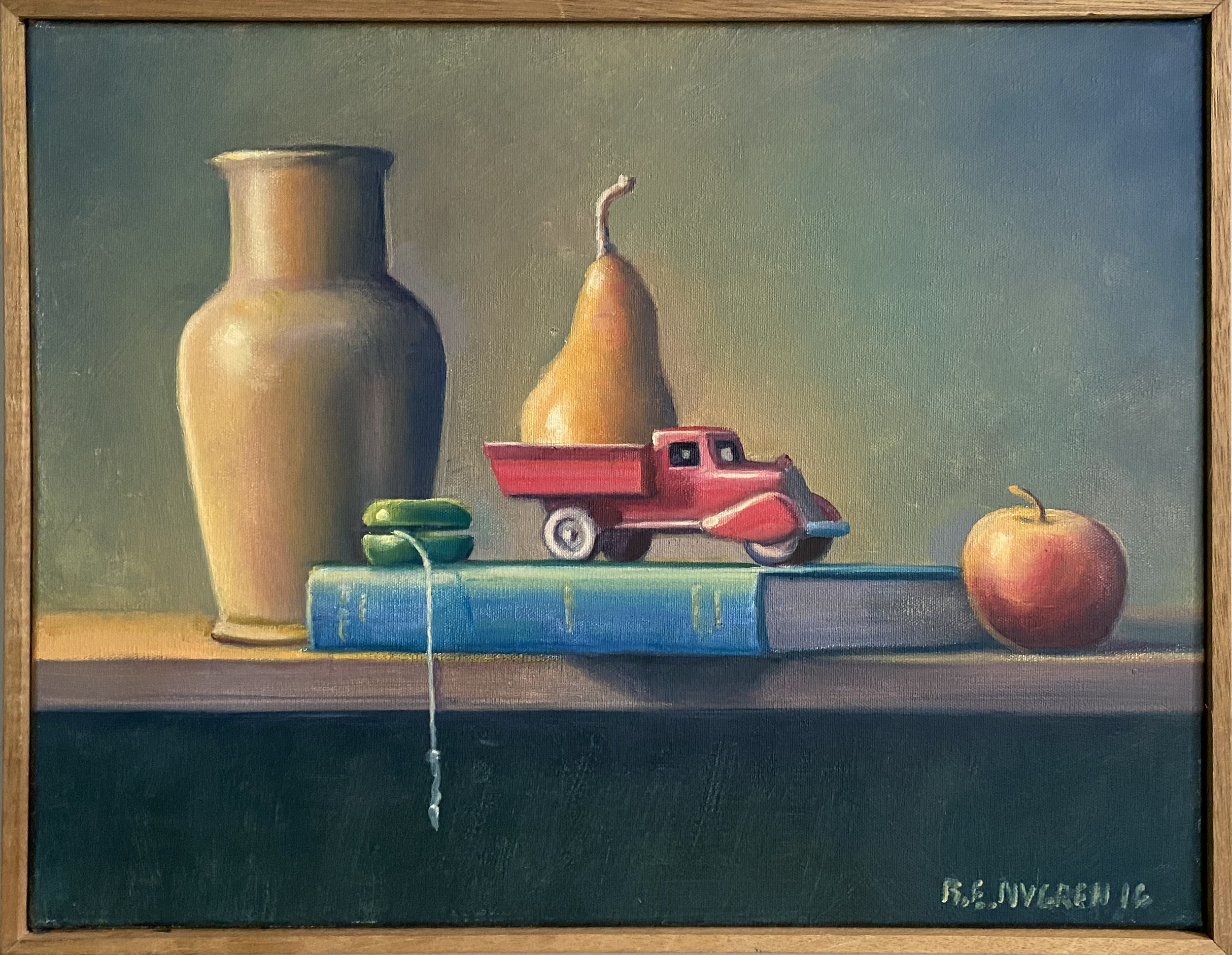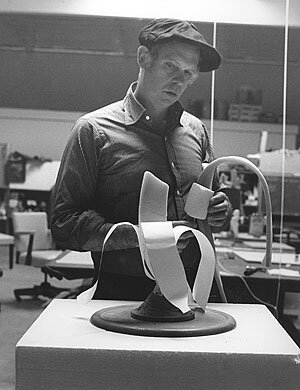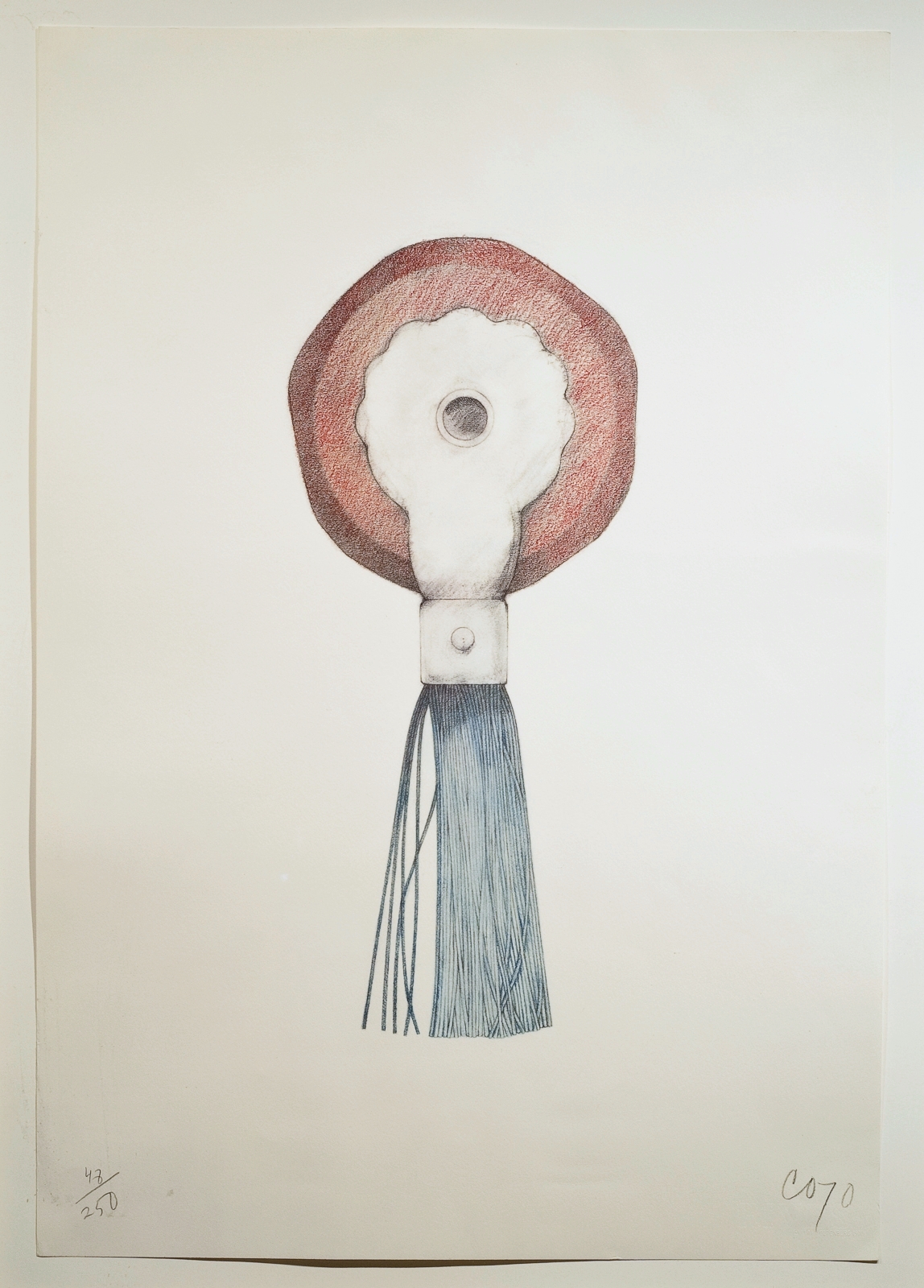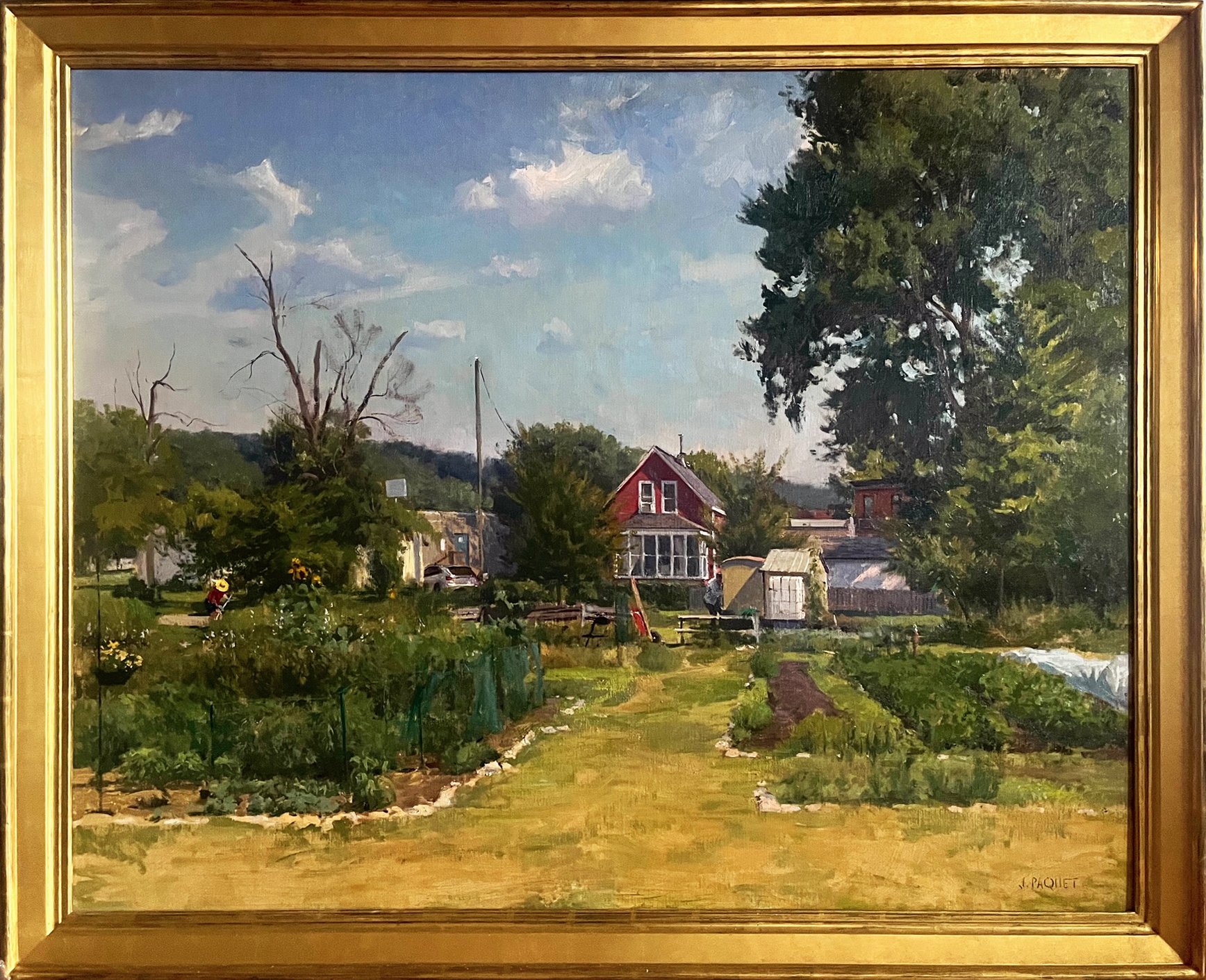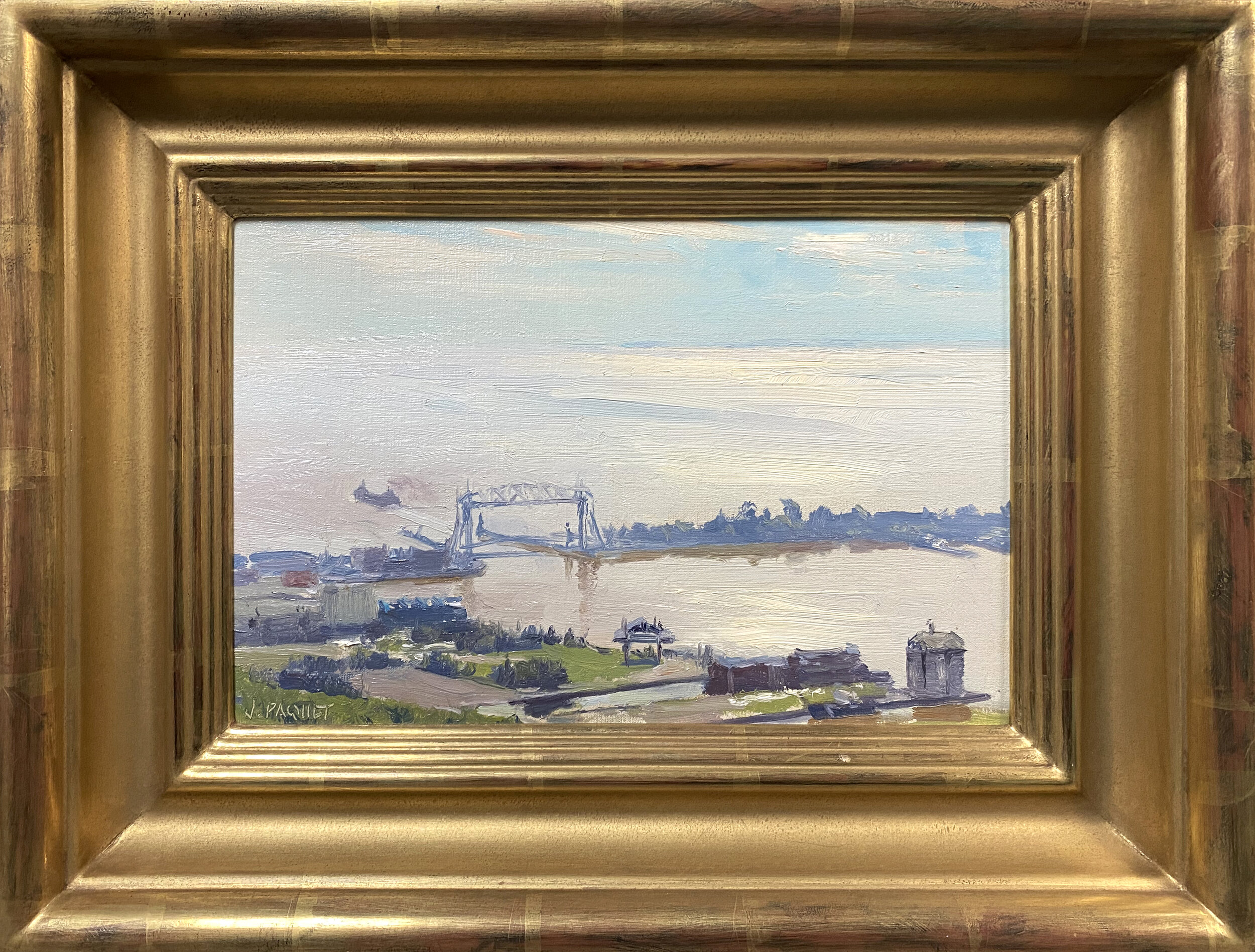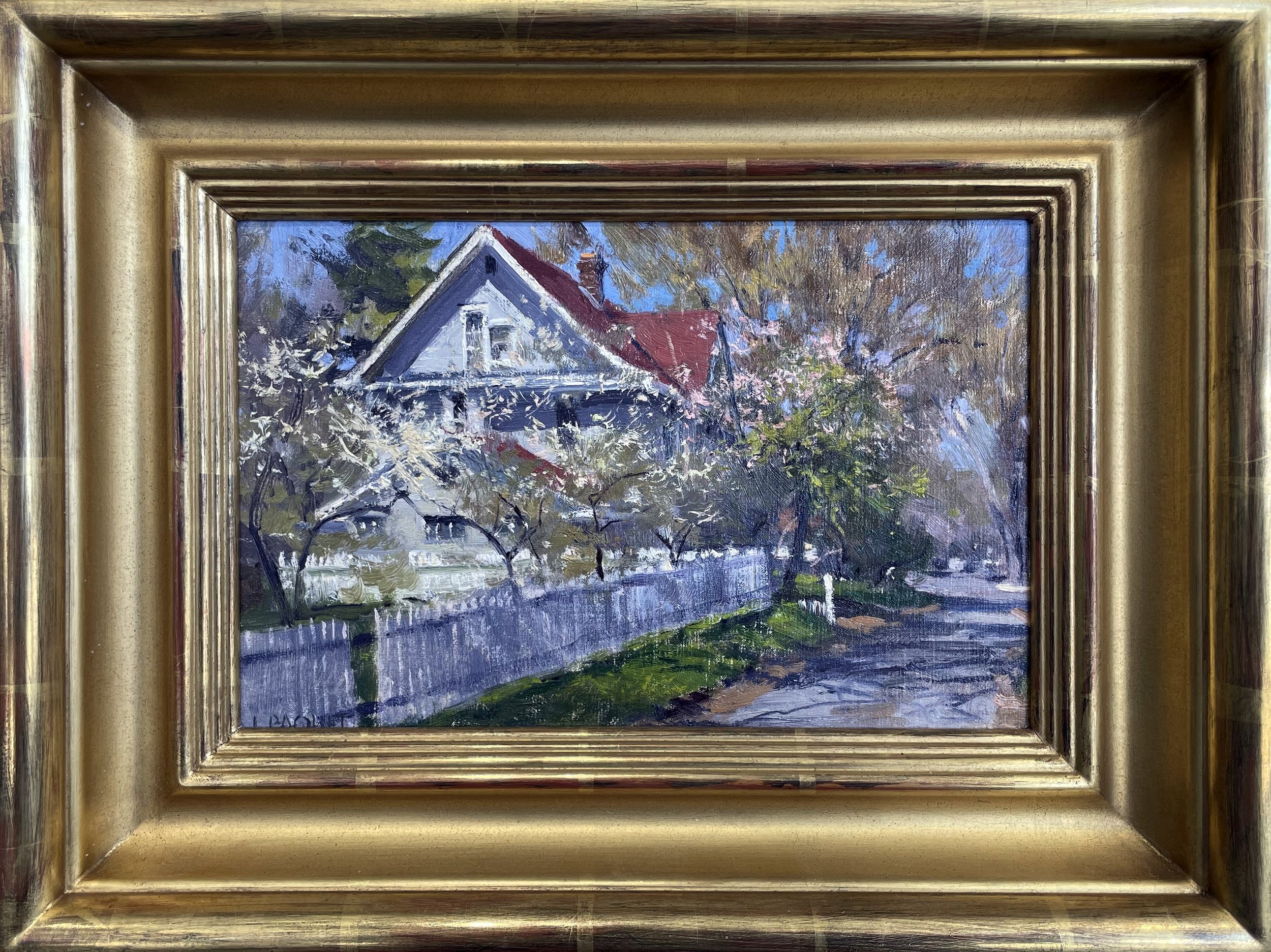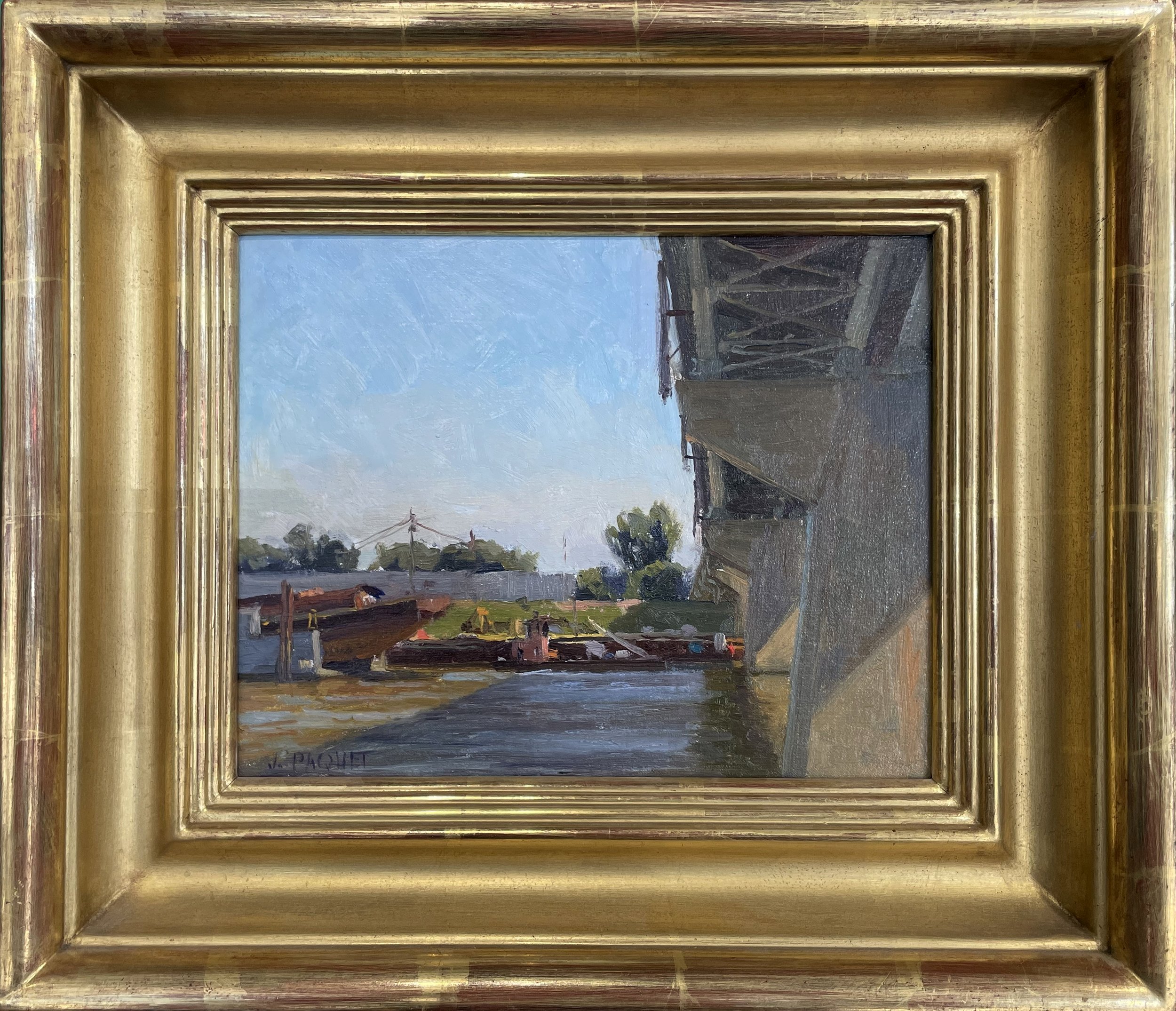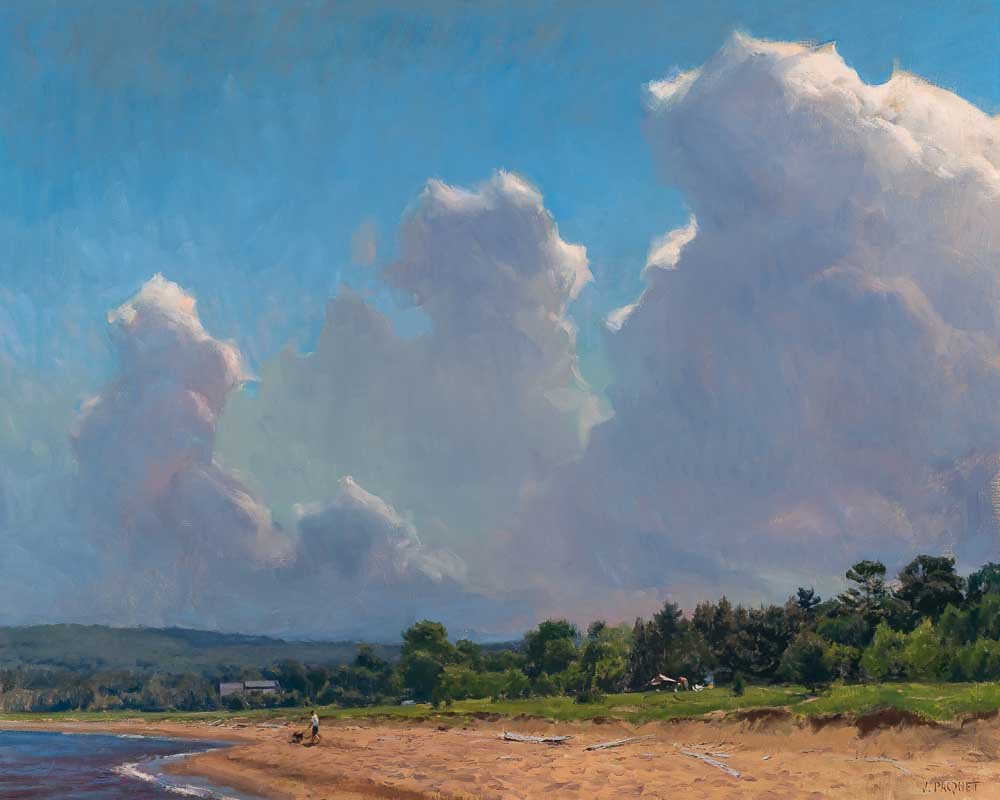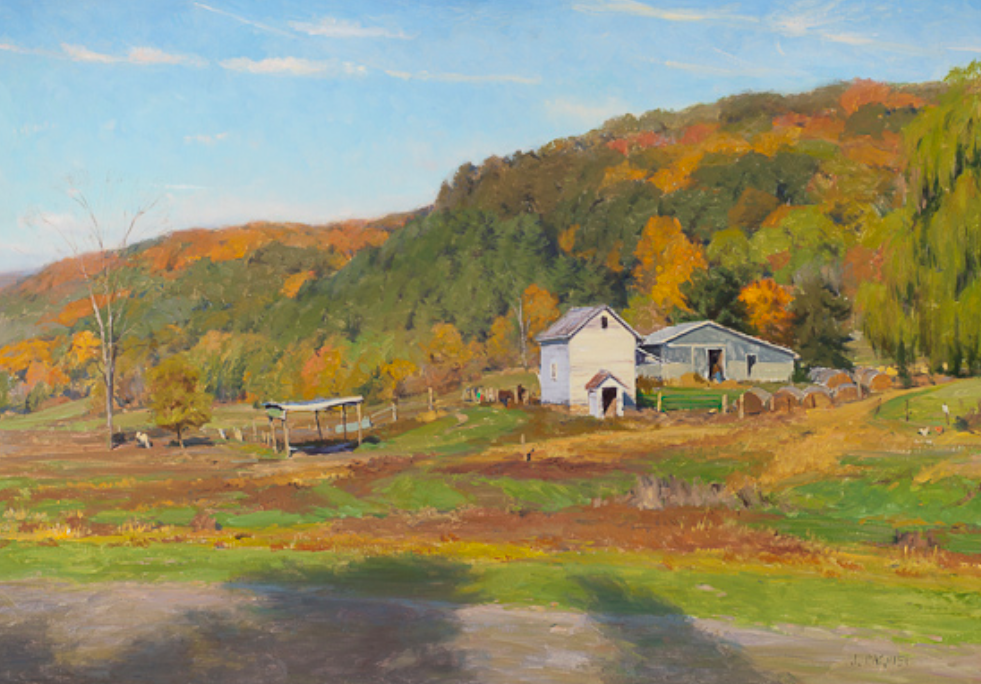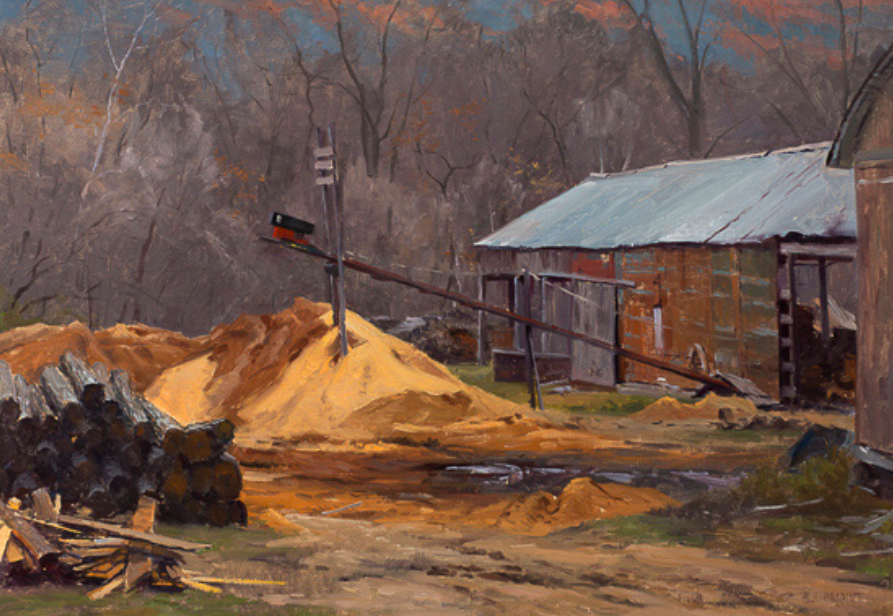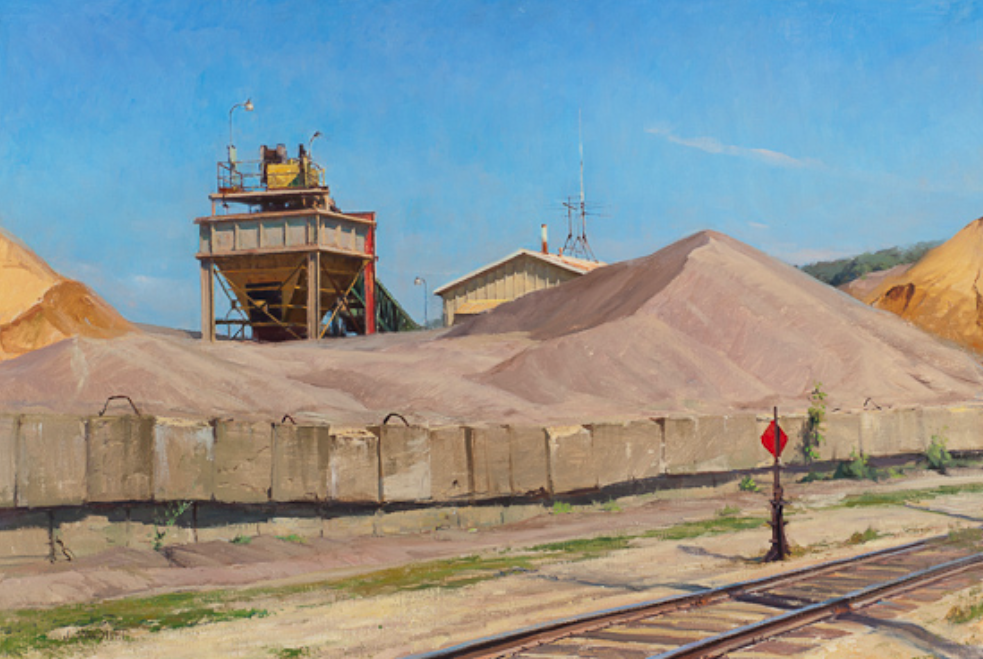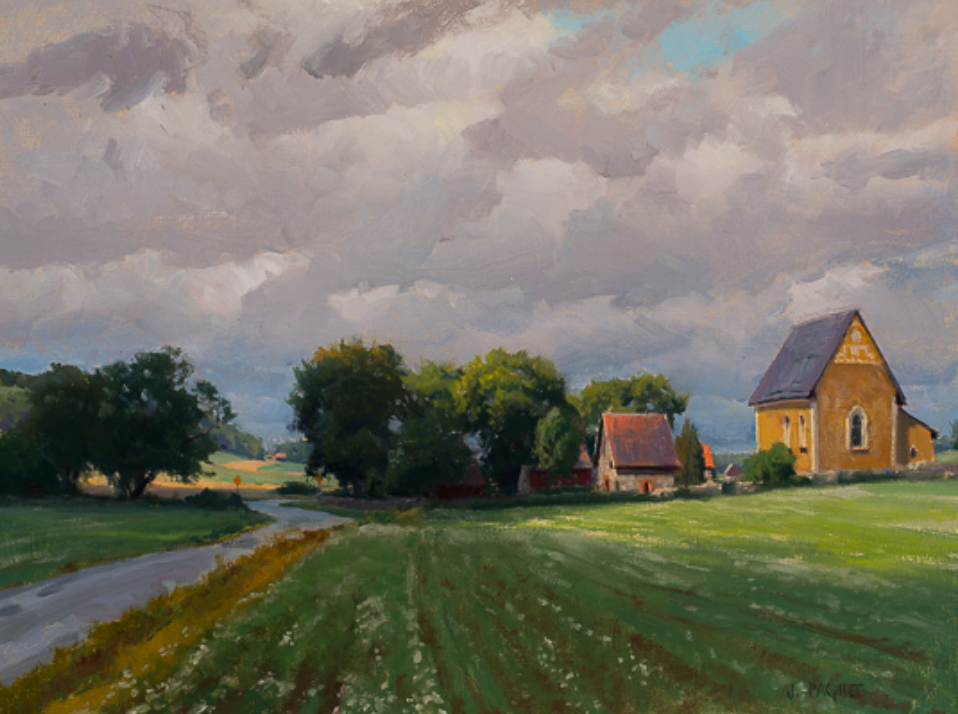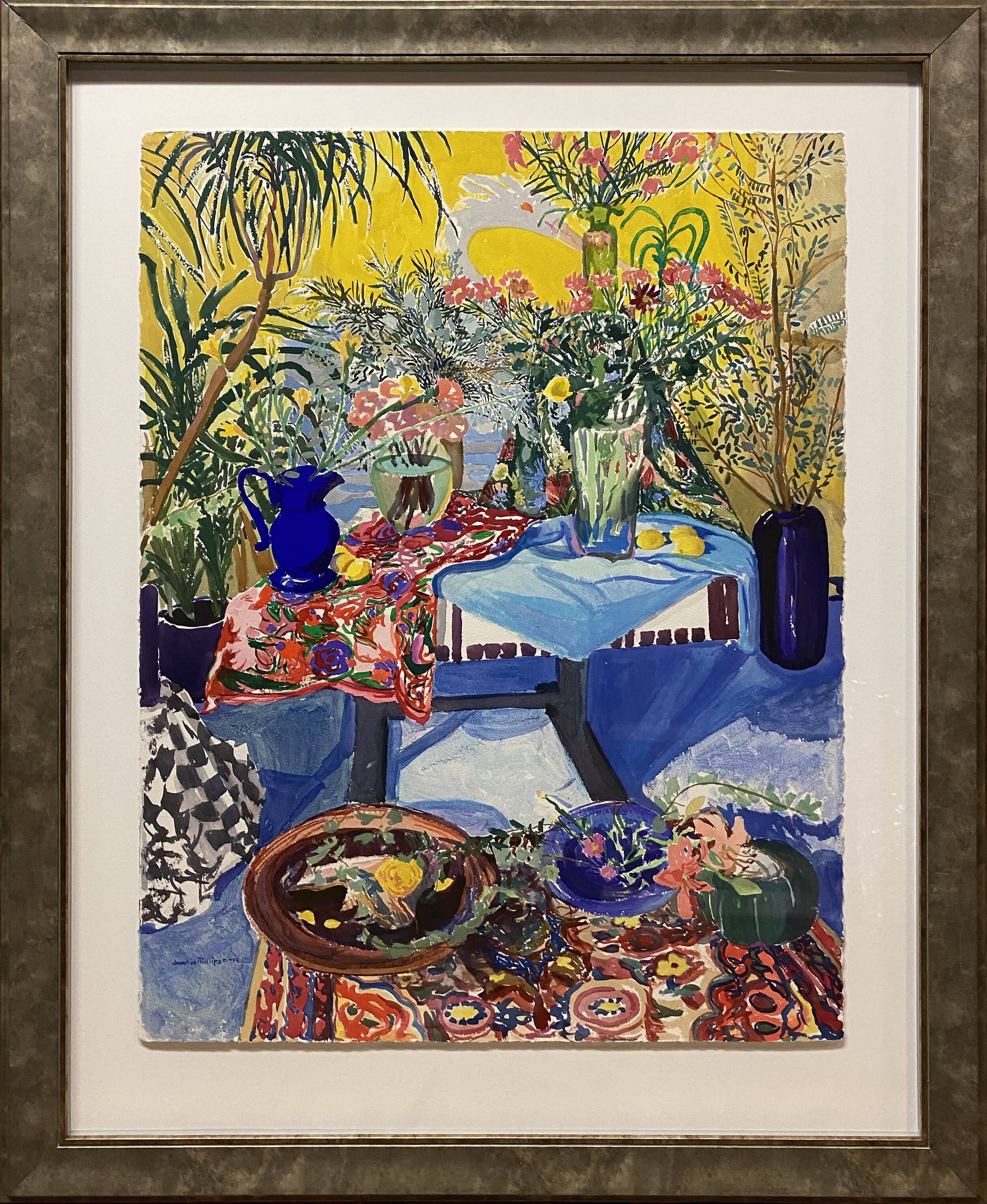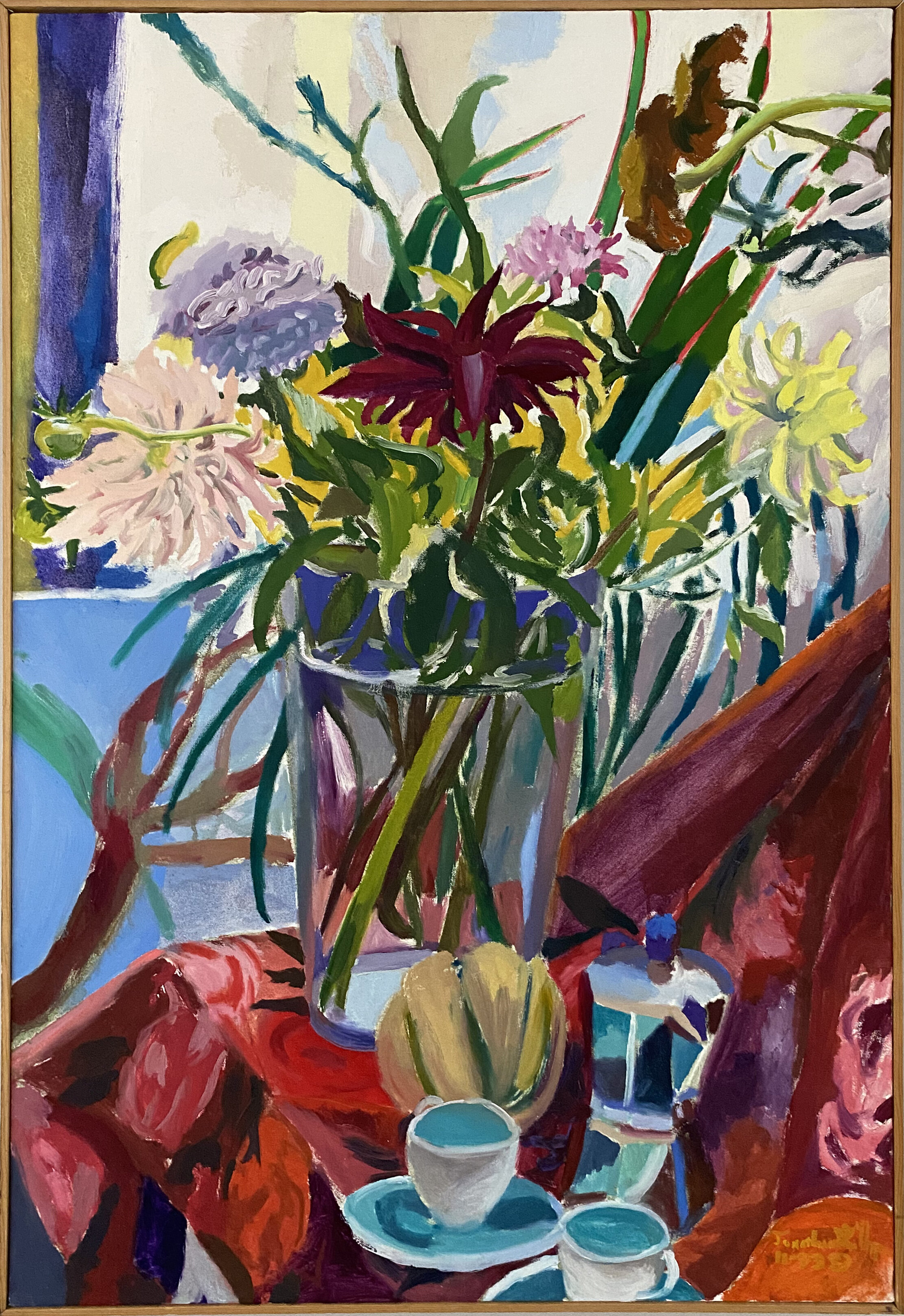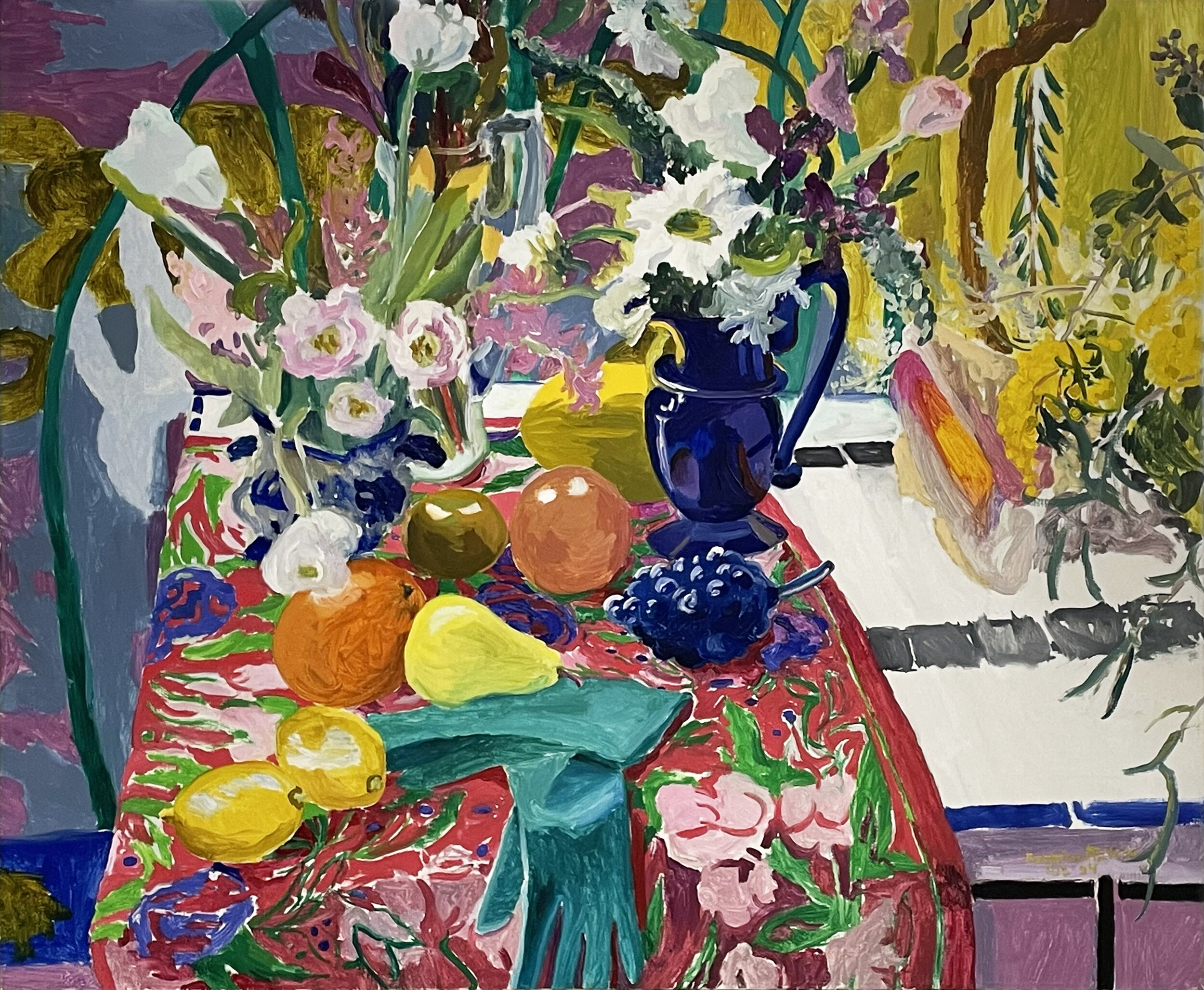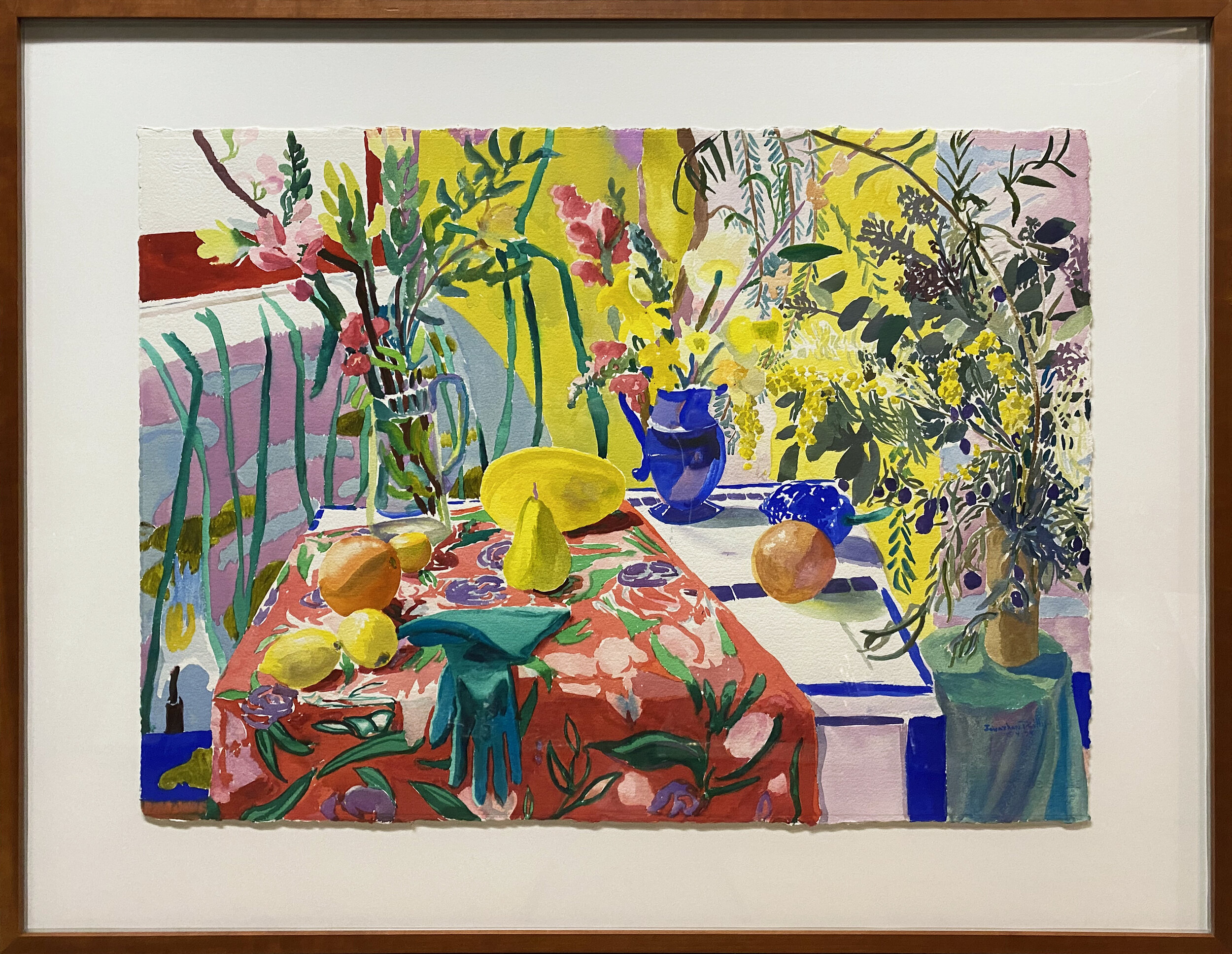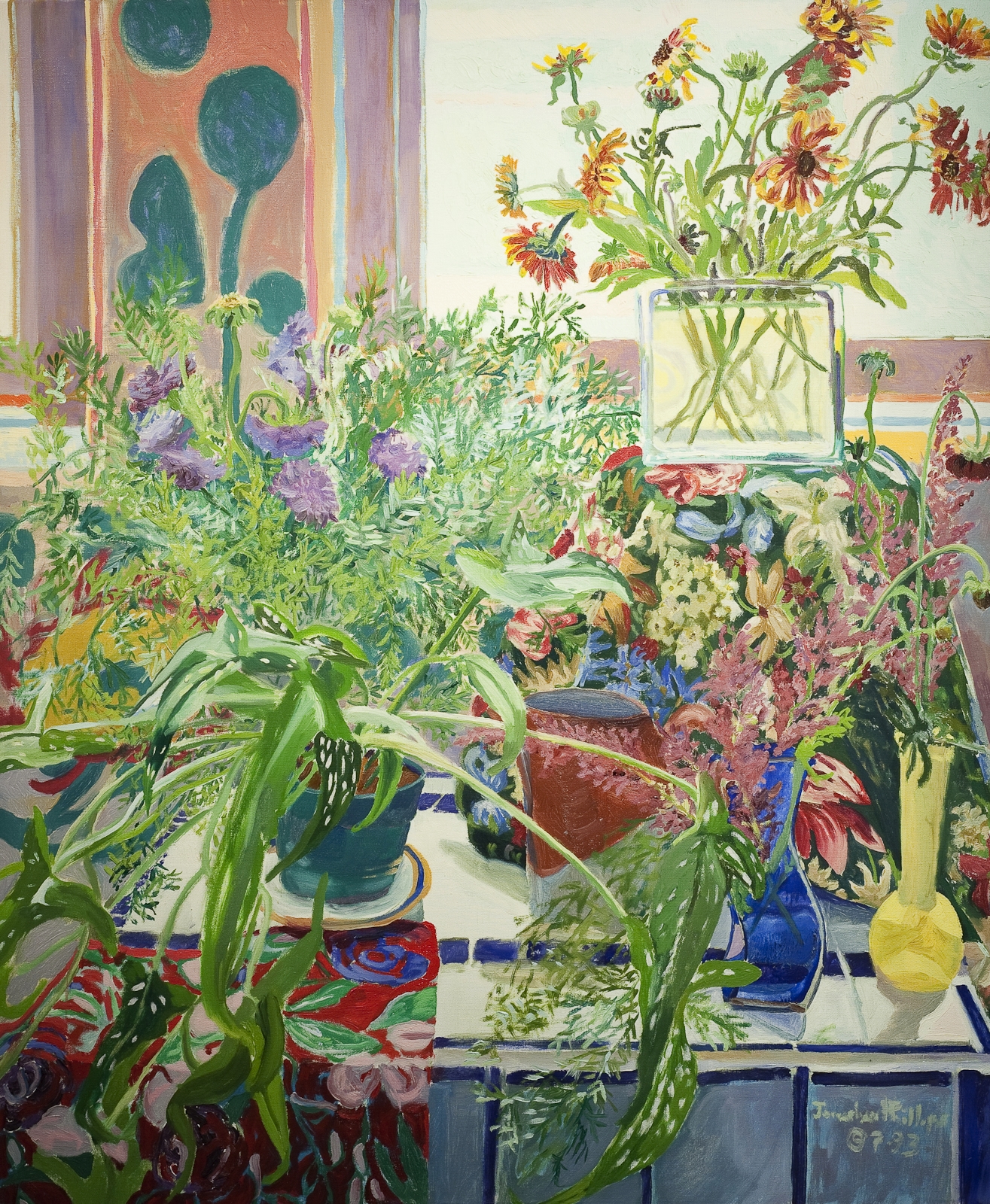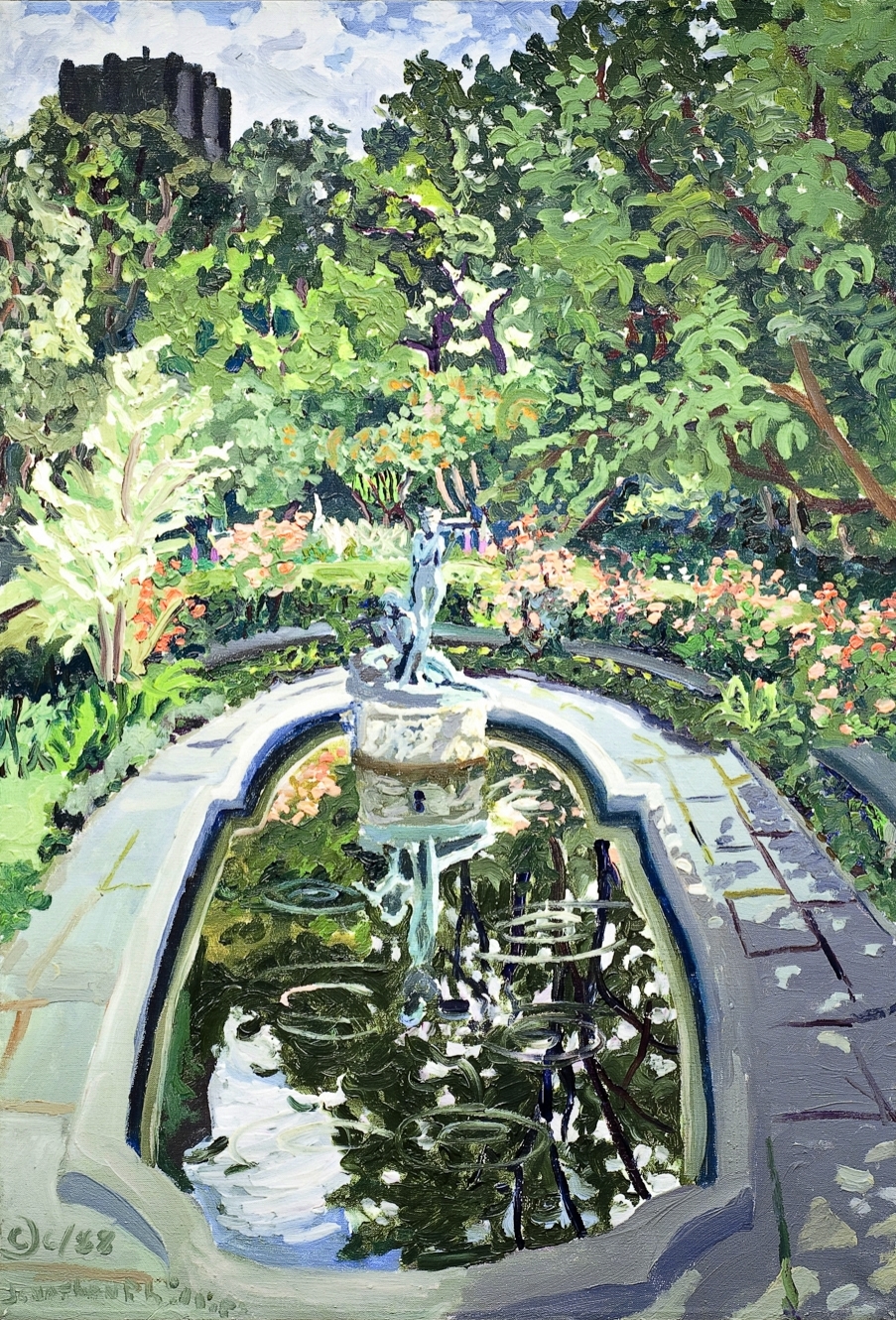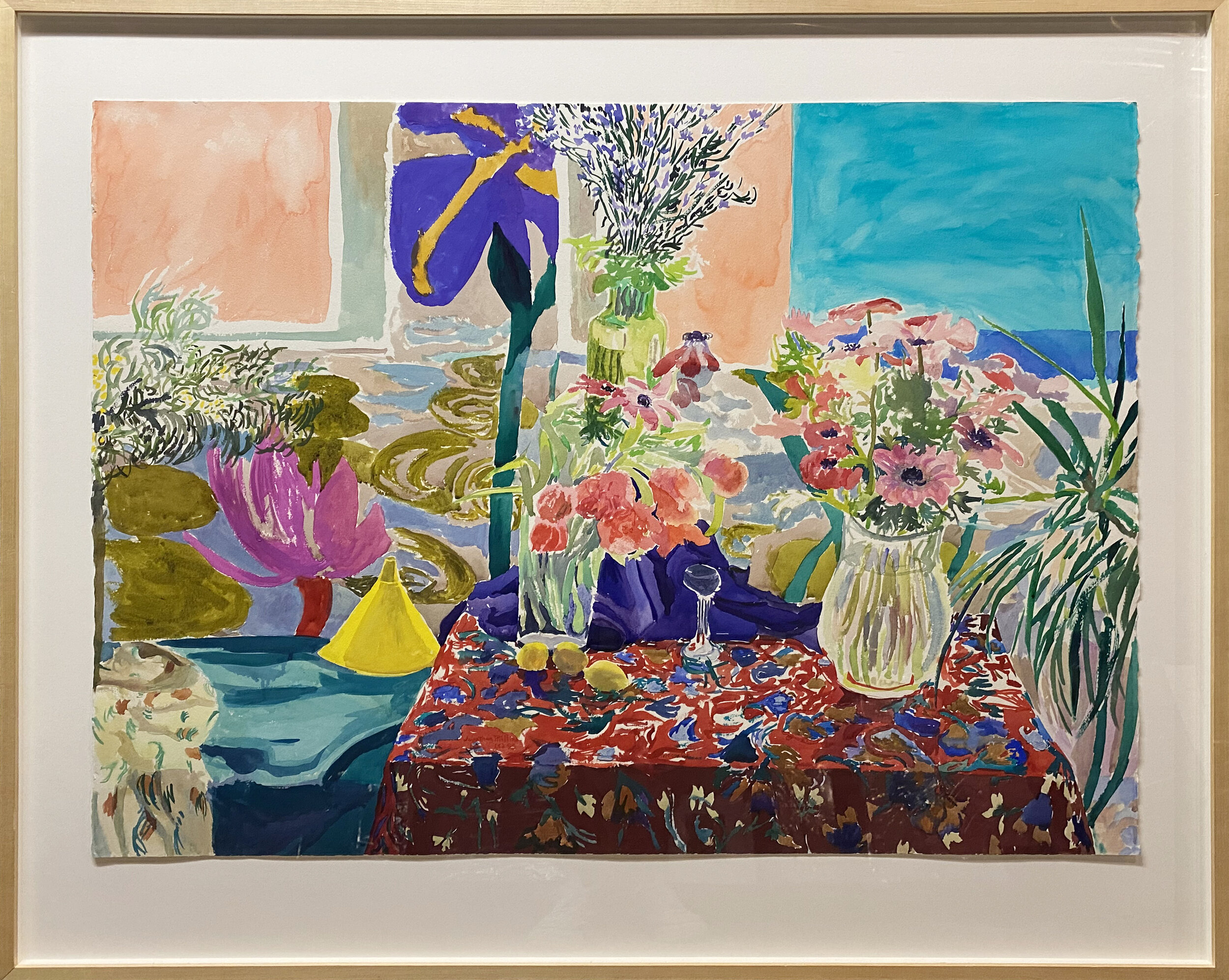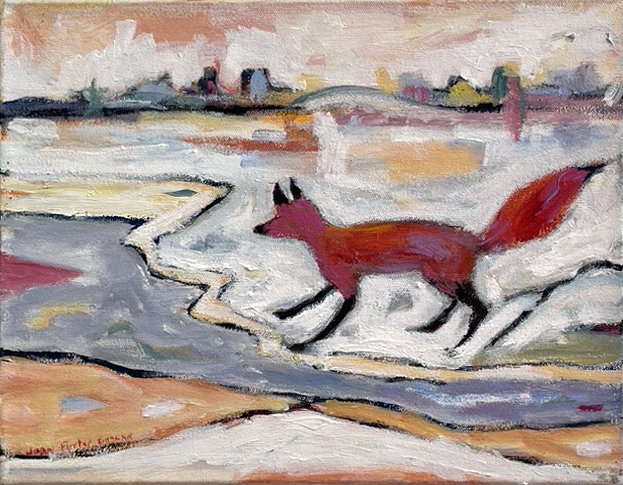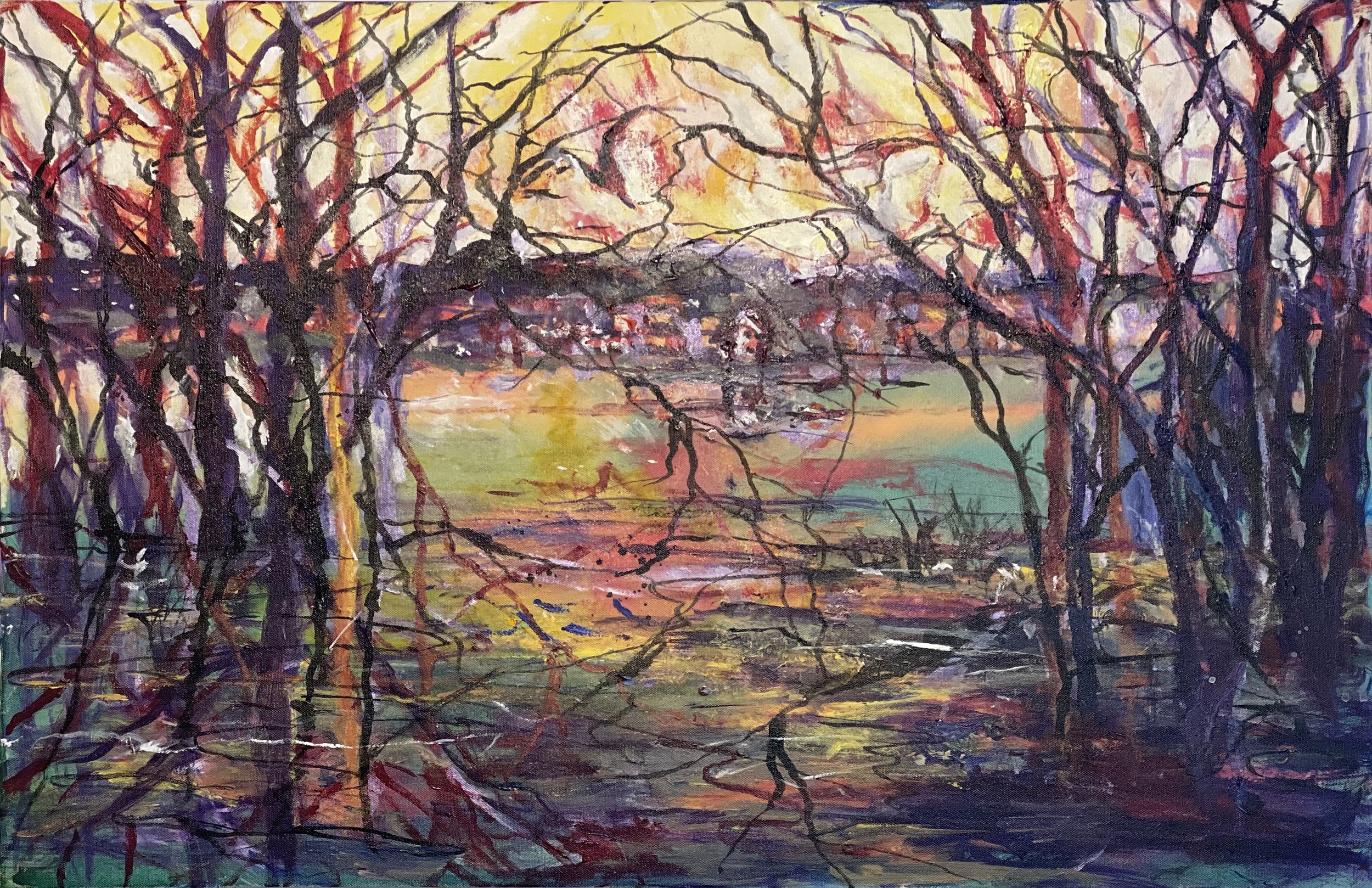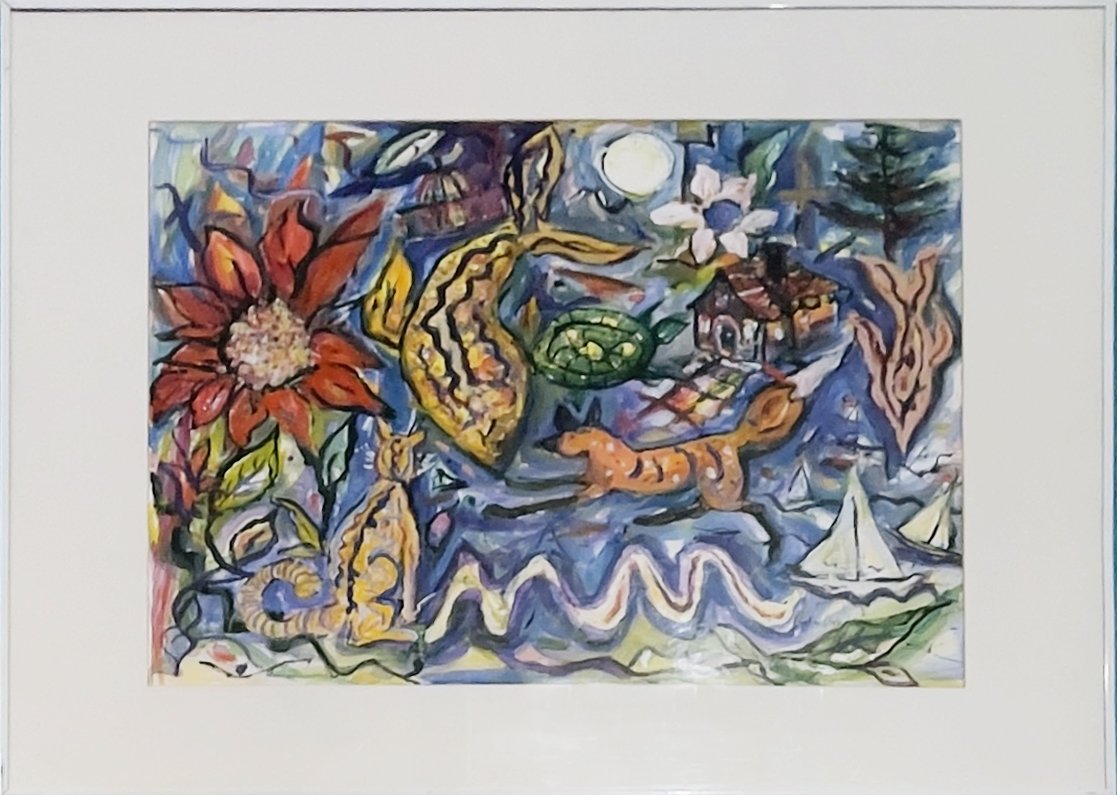Vietnamese and French, b. 1921 — d. 2015
“An artist’s true wealth comes from the diversity of his creation”
– Lebadang
1921
Lê Bá Đảng (Lê, his surname, Bá, his middle name and Đảng, his given name) was born on 27 June 1921 at Bích La Đông, (in Quang Tri near Huê, the former imperial capital of Vietnam), into a family of fairly rich peasants. From 1950, Lebadang connected the syllables of his name when signing. This became his signature for all his works.
1921 – 1939
It was at Bich La Dông, his own village near Quang Tri in central Vietnam, that he completed his primary studies. However, as soon as he grew into adolescence he felt an urgent need to escape and travel to France. Still under age, he signed up with “Indigenous Manpower” (Main d’œuvre indigène, M.O.I) a branch of the French Ministry of Labour. His father was unable to cancel his recruitment application and, with nowhere to turn, was forced to see his son leave.
1940 – 1941
Recruited at Quang Tri on 16 October 1939, he boarded the boat at Tourane (present-day Dà Nang) on 3 February 1940 and disembarked 47 days later at Marseille on 20 March 1940 after an uncomfortable and testing journey. As soon as he arrived he and his comrades were put in the new prison of Baumettes. He was to be part of the force of “Indochinese workers” most of whom were forcibly recruited by the French state at the beginning of the Second World War, mainly to work in arms and munitions factories, replacing the French workers mobilized into the army.
This period has been described in a book which came out in 2009 by Pierre Daum (published in 2009 by Éditions Actes Sud) “Immigrés de force : les travailleurs indochinois en France, 1939-1952” (Forced immigrants: the Indochinese workers in France, 1939-1952). The book also inspired a documentary film directed by Lam Lê (released on 30 January 2013) “Công Binh, la longue nuit indochinoise” (Công Binh, the Lost Fighters of Viêt Nam). Both works mention Lebadang.
1941
After his time in the prison of Baumettes, he was sent to an arms factory at Saint-Nazaire. He was to stay in the camps for 14 months, from 19 June 1940 to 28 August 1941. After two attempts to escape he succeeded in joining his company in Camargue, where he worked with the group reintroducing rice culti- vation there. He returned to the “M.O.I.” camp from Marseille, where he thought he’d be in the free zone (although it was under Vichy since 10 July 1940), but, after an altercation with a French officer, he was sent to Lannemezan disciplinary camp in the “Hautes-Pyrénées”. Once more he managed to escape and reached Toulouse in the free zone. The artist rarely speaks of this period which he described as horrific; the only exception being made for Pierre Daum while doing research for his book.
1942 – 1948
Alone and without resources he survived for a time in wartime France, and enrolled for a course in painting given by M. Espinasse and sculpture lessons given by M. Manin at the “École des beaux-arts” (School of Fine Arts) in Toulouse. In the sculpture studio he made a very lifelike bust of one of his fellow-students and a bare female foot which already showed a sureness of design and a control of volume. There, he was to find the real France, the warmth of friendship, the solidarity and that French culture which had always fascinated him. It was at the “Toulouse École des beaux-arts” that he met Thérèse de Longueval who was to marry Professor Jacques Ruffié whose Academician’s sword was to be designed by Lebadang in 1991. His situation improved, and he started designing the notices for the “Opéra de Toulouse” (“Britannicus”), and other cultural and sportive events.
1948 – 1950
In June 1948 he gained his diploma and won a competition for designing advertisements. With this money, he travelled to Paris. Lebadang left for Paris, attracted to the city by its cultural effervescence. Those post-war years were a Bohemian period, in the Latin Quarter, the rue du Chat-qui-Pêche and the rue Mouffard which were the subjects of many paintings. He had a studio in the rue de la Montagne-Sainte-Geneviève where he painted one of his first self-portraits in oil, using a range of grey and blues on raw linen.
1950 – 1951
During the fifties Lebadang held his first exhibitions, in Paris and in the provinces, which were well received in the press.
Among the Vietnamese community in Paris he met Myshu, an Eurasian, born Micheline Nguyen Haï, on the 5 July 1929 in the Havre, who was to become his wife.
He drew from memory, in Indian ink, the portrait of his father who had died in Bich La Dông. After his departure in 1939, he never saw his father again. On 14 May the same year his son, Fabrice, nicknamed Touty, was born.
He completed some intimate paintings of women using a palette of browns and ochres over large flat coloured surfaces as in the work of the painter Nguyên Phan Chánh, but showing a greater dynamism and movement in the composition.
1952
The Galerie de l’Odéon in Paris held an exhibition with his work.
1953
In 1953, he completed a series of Indian ink drawings and washes, gathered in a booklet entitled “Parfums de tous temps” (Perfume of All Times) which evoked the nostalgia he felt for the countryside of his native land and for his childhood. From then on Lebadang was regularly showing his work at the Galerie de l’Odéon in Paris.
1954
From 1953 he began to draw cats using Indian ink illustrating the sonnet “Les chats” by Charles Baudelaire in his “Fleurs du Mal”.
During 1954 he used ink on paper to represent scenes from the Indochina War, in particular the battle of Diên Biên Phu which ended the war. This series was shown as an exhibition in 2014, in the Museum of Vietnamese History in Hànôi.
At this time, drawings in Indian ink, enhanced by watercolour, showed scenes of daily life in a fairly realistic style, something between a rough sketch and a life drawing, in particular they showed Paris, the quarter of Montagne-Sainte-Geneviève and the South of France, to Cannes, Cagnes-sur-Mer and Nice where he made regular visits.
1956
The “Galerie de l’Odéon” in Paris put on their third exhibition devoted to his work, which was also exhibited in the “Galerie Au Seuil Étroit” opposite Notre-Dame in Paris. This minuscule gallery, just next door to the bookshop Shakespeare and Company, founded by George Whitman, was lent him by Roger Maria at the time artistic director of the “Théâtre du Lucernaire”. He arranged it as an exhibition space. In particular, the gallery showed the paintings of the Viennese artist Hundertwasser. An embryo of collectors began to emerge around Roger Maria and become interested in the works of Lebadang.
M. Maestroni, at that time director of the “galerie Cézanne”, organized his first exhibition at Cannes. Fernand Dartigues, who followed the regional news for the weekly “Cannes-Nice-Midi” and the Parisian review “Arts” and who wrote several articles on Lebadang said that: “Le Ba Dang’s horses are born from movement and light”.
1957
The Galerie Cézanne at Cannes put on his second exhibition.
1958
In Paris, he discovered lithography in the Arts-Litho studio, and regularly attended the studios of Fernand Mourlot and Jacques Desjobert. He held his third exhibition at the Galerie Cézanne at Cannes, and gave an exhibition of his new works in the Galerie Au Seuil Étroit in Paris. In the same year, the Château de la Napoule near Cannes organized an exhibition of his works.
1960
In the following years, galleries in Paris and in the French provinces hosted numerous exhibitions (Galerie Pierre Hautot, rue du bac, Galerie Bonaparte, rue Bonaparte, Galerie Fontaine, avenue Victor Hugo, Galerie Minage in Montpellier). In the sixties, England (the Frost and Reed Gallery in London), Germany, Switzerland (Leandro Gallery at Lausanne) and Norway (Spektrum Gallery and the Lundt University at Bergen) welcomed his works, opening the way to the United States and interested collectors there. He had his last exhibition at the “Galerie Au Seuil Étroit” at Paris and new exhibition at the “Galerie Sources” at Aix-en-Provence. He published his first portfolio, “Lebadang”, with Éditions Au Seuil Étroit with text by Suzanne Tenand, including three colour lithographs on Velin Dambricourt and a copy with six gouaches and six coloured lithographs on pearly Japan paper. He had his last exhibition at the “Galerie Au Seuil Étroit” at Paris and new exhibition at the “Galerie Sources” at Aix-en-Provence.
1962
His work was shown for the first time in Germany at the Ina Fuchs Gallery of Düsseldorf.
1963
He held showings at the “Galerie Mignon-Massard” at Nantes and at the “Galerie Sources “at Aix-en-Provence.
1964
This was the year of “Huit chevaux” (Eight horses), his first portfolio done in relief, without colours nor ink, on the poems and calligraphy of Chou Ling who initiated his early research on the materials and techniques of printmaking. The portfolio was made on paper from the Richard-de-Bas mill with a sequel on pearly Japan paper. He also made oil paintings with « calligraphed » texts in Vietnamese, like signs fixed against an abstract and textured background. He would use the same form in the lithographs which he would make for “La nature prie sans paroles” (Nature Prays without Words) after a poem of Lao Tzu.
1965
Lebadang produced a large painting (120 x 700 cm) based on the Vietnam War, which is now housed permanently in the Collections of the Lebadang Foundation in Huê. It was the same year Lyndon Baines ordered aerial raids, unleashing operation “Rolling Thunder”, and authorized the use of Napalm.
1966
The Cincinnati Art Museum, in Ohio, produced the first exhibition dedicated to his work in the United States. In the same year he exhibited at the Newman Contemporary Art Gallery in Philadelphia in Pennsylvania. He brought out his first lithographs at Lublin Graphics, an editor in Greenwich in Connecticut.
The paintings of these years focus on Vietnamese legends, in particular the legend of Tào-Quân or Ông Tao, the kitchen god or hearth genie. He used a palette of reds and blues. He also began to paint boats and horses. The latter were to become one of his favorite themes which he would modulate using several kinds of media and different materials.
1967
He finished a portfolio of lithographs “La nature prie sans paroles” (Nature Prays without Words) on a poem of Lao Tzu. Altogether there were 16 lithographs in colour published by Weston Publishing, with text by Madeleine Petit and printed on Arches paper by Guillard and Gourdon in Paris. Each lithograph was immediately preceded by a page of callichromy. The two pages were linked and related one to another in a ceaseless exchange.
Lebadang finished two paintings which were like a foundation or matrix of his future work. The background was divided into several surfaces or facets, clear or dark, a point or a line, a luminous point which seems to lead the gaze to a connection which separates and structures the picture. The background is textured with something fluid, then rubbed and wiped with a cloth. Above, the forms, drawn with light touches, look as though they are intertwined and appear to come out of the background. The first painting shows a tree under an orange moon, the second is a horse galloping through a twilit landscape. The palette is orange and red enhanced with white and yellow for the light colors and browns and black, with blue, for the dark colours.
For the first time, in the bottom right hand corner of the picture and above the signature, the artist placed a little colored rectangle, like the seal of an oriental print.
1970
This year was under the sign of the print. Lebadang brought out several portfolios of prints with some new and innovative techniques: relief engravings, embossing, etching on an embossed background, lithographs on doubled Japanese paper, lithographs and reliefs etc.
The print workshop of Bernard Rémusat in Mougins near Cannes became the experimental site for Lebadang’s prints. With patience, talent and an understanding of the results Lebadang sought, Bernard Rémusat did test after test on the old hand press. The dies for the relief engravings were often too hard and tore the paper. The work had to be recommenced until both men were satisfied, as mutual agreement between artist and printer was essential. The lithographs took up the artist’s themes: horses, flowers and boats, landscapes. Relief engravings were abstract landscapes which anticipated his important series “Espaces” (Spaces) in 1985.
Between 1970 and 1973, he completed a series of paintings “Paysage indomptable” (Indomitable Landscape) on the theme of the Vietnam War. The paintings are in black and white in the style of Chu Ta, but in a more heightened style, with the movements of the brush appearing like calligraphic signs, combining image and language with flashes of light, displacements of material, flows of colour, projections, with the paint erased representing abstract landscapes where the Hô Chi Minh trail is shown as a red line. War landscapes.
The artist sometimes arranges the landscapes as polyptyques with a predilection for a four-panel form. In these monochrome paintings, with the motif, the painted and empty areas, the seal and the signature contribute to the equilibrium of the composition.
1972
An exhibition at the Galerie Fontaine in Paris and a second exhibition devoted to his work at the Frost and Reed Gallery in London.
The monochrome black and white paintings of the “Paysage indomptable” series are sometimes traversed by ochre or yellow spots in large “sweeps” or by a red dot, a sharp point, a blue mark like a scratch and the red line, continuous or dotted, representing the Hô Chi Minh trail. In 1972, “Operation Linebacker II” had aimed at the destruction of the North Vietnamese infrastructure so as to force North Vietnam to negotiate and sign the Paris Peace Accord which took place on 27 January 1973.
The same year he completed a lithograph (56th notebook) on a poem of Paul Eluard “L’extase” (Ecstasy) for the book “Hommage à toi, France”, a collective work including 62 French-language poets from Charles d’Orléans to Pierre Emmanuel with illustrations by artists and a preface by the historian and art critic René Huyghe. Lebadang’s illustration is a “female landscape” between Odilon Redon and Hans Bellmer.
1973
During the negotiations on the Paris Peace Accord, he asked M. Lê Duc Tho, the chief negotiator with Henry Kissinger, to bring him back some debris from the B52s so that he could make painted sculptures, heads of horses, human profiles, hands, birds, symbols of peace.
The last paintings, in black and white, of the series “Paysage indomptable” (Indomitable Landscape) are accompanied by “calligraphed” texts in Vietnamese, as in his paintings of 1964. He started working on a new series of horses in armour with the bard of neckline and the breastplate as decorative elements. The palette is dominated by reds and black, with a very accentued drawing that gives a lot of volume. They are sculptures-paintings.
1974
In 1974, at the “ArtExpo” in New York, he met John “Jack” Solomon, the president of Circle Fine Art Corporation, who, at that time, directed several art galleries throughout the United States. Jack Solomon founded Circle Fine Art Corporation in 1964, which notably represented Victor Vasarely, Erté, Norman Rockwell and Yaacov Agam. For Lebadang, this led to a series of exceptional exhibitions all over the United States.
The Circle of Fine Arts has at its disposal two large print workshops in New York and Chicago, and one jewellery workshop at Scottdale in Arizona where Lebadang produced his artworks. To these sites he brought Bernard Rémusat, his faithful print expert with whom he ran all his print-making experiments.
He received a commission from the glassmaker Daum for three molten glass sculptures, one of which, “Le repos de l’étalon” (The resting stallion) was to be shown at the French Embassy in New York in 1980 as part of the exhibition “Pâte de verre – Sculpture”, with works by Paloma Picasso, Salvatore Dali, André Lhote and César. He completed “Ten Horses”, a portfolio of lithographs in quarto super royal. All the plates are engraved on stone, lithographed and embossed by the artist himself.
The writer, Georges Conchon, wrote a text on Lebadang which appeared in the Éditions d’Art G.R.G. In this he spoke of that special light in Lebadang’s paintings calling it “metamorphosis of the naked” referring to François-René de Chateaubriand and Louis de Fontanes where the subject itself, the boats, the horses, the suspended water, tropical nature, are like a “metamorphosis of light”.
“The junks and horses which fill the paintings of Lebadang make me think of “the little figures floating in air” which Chateaubriand described on a Greek vase showing the corpse of Hector dragged by the chariot of Achilles in which Fontanes taught him to recognize “a metamorphosis of the naked, through which the ancient Greeks liked to see the soul” (Georges Conchon).
He held showings at the Düsseldorf Art Fair in Germany and started a series of exhibitions with Circle Gallery throughout the United States, in New-York, Chicago, San Francisco, Los Angeles and San Diego.
1975
He exhibited at the Art Fair in Cologne in Germany.
The fall of Saigon on 30 April 1975 marked the end of the Vietnam War. He departed immediately in search of his family which had been scattered in the camps. There, he provided financial assistance to the reconstruction of his village and planted trees in the area which had been ravaged by chemical weapons.
1976
He composed the portfolio “Fantaisies Suite” (Suite of Fantasies).
The end of the Vietnam War allowed him to return to a country that was still devastated.
He created a large abstract painting (220 x 800 cm) representing a large landcape between the mountains and the sky, in black and white, with a dominant of blue, to which he added three spots of red colour (a dot, a line, the seal) which with the signature underline the horizontal composition. This work, characterized by its tendency to abstraction and a greater freedom, may be considered the completion of the series “Paysage indomptable” (Indomitable Landscape), the format requiring large strokes and a fluidity of the medium.
In the same year, a large painting (114 x 648 cm), composed of four separated panels, continued the series of the portfolio “La Nature prie sans paroles” (Nature prays without words). Those four panels represent calligraphies against a background of mountainous landscapes which illustrates the history of Vietnam. The palette is predominantly red-orange with earthen colours and ochres, counterbalanced by yellows and blue.
1977
He worked on the portfolio “Fleurs Série” (Series of Flowers) and exhibited at the Galerie Pierre Hautot in Paris, large oil paintings representing sexualized orchids in strange-looking shapes displayed in a range of blue and purple. The subject of the vase and the twig appears in blue compositions.
1978
He designed the set and costumes of the opera “My Châu – Trong Thuy” by the Vietnamese composer Nguyên Thiên Dao under the musical direction of Marius Constant at the Opéra de Paris (Salle Favard), whose general director at that time was Rolf Liebermann. For Lebadang “a piece of scenery is not necessarily a static illustration of an opera sequence”. He seeks the mobility and the illusion of life on the stage in a minimalist set where the colours create a touch of life. The libretto recounts the Vietnamese legend of the Citadel of Cô Loa in the kingdom of Âu Lac and of Princess Trong Thuy’s tragic destiny.
“As in my painting, I search first for a general tone, to which is added a layer of colour, a layer of light. For “My Châu – Trong Thuy”, I wanted, above all, to create a unity between the music, the legend and the scene.” (Lebadang)
In the same year, he performed “Lebadangraphy”, a set of serigraphs using a “technique of gilding” that he developed in the studios of Circle Fine Art. He also achieved screens. In these serigraphs, the superimposing of the layers produces a unique silken material in which the thickness of the inking and the transparency and the opacity of the colours have been worked upon.
“I tried to achieve a sumptuousness of harmonies over the total surface of the plate by the optical vibration and the superimposing of the colors, not by their accumulation.” (Lebadang)
The paintings return to the same subjects with variations : flowers and twigs in a vase, moonscapes, landscapes with rowboats seen from above, trees in the storm with a limited palette and a more fluid material close to a wash. When he exhibited at the Contemporary Art Fair in Basel in Switzerland, from 14 to 19 June 1978, his friend Marcel Salinas, a painter and lithographer, wrote in the catalogue “A propos de fleurs” (About Flowers) :
“The recent series of prints reveal a new dimension of the lithographic texture and this invention is the result of the active research that Lebadang incessantly undertakes. In this way he developed a new technique of printing using two sheets of paper, one of them being transparent, whose open texture interacts with the printing of the sheet below and conveying to each the appearance of a piece of coloured embroidery.” (Marcel Salinas)
1979
Many personal exhibitions are organized by Circle Gallery in New-York, Los Angeles, San Diego, San Francisco and Denver. Paintings about the same subjects become increasingly abstract with a very dark palette dominated by blues and black.
1980
The death of his son deeply affected him and left him in a deep crisis. He created a grave of stainless steel whose surface reflects the surrounding nature, the trees and the sky. A mobile displaying the Yin and Yang symbol moves with the wind and flutes allow the air to pass through it. On the surface of the grave the artist has sculptured scenes from daily life. The grave is to be found at the Cimetière du Montparnasse (Montparnasse Cemetery) in Paris.
“By creating his grave, I let his soul hover in reflection where the sky and the clouds, the birds and the trees are brought to life, moving with the figurines that represent his life and making it perpetual like the Yin and Yang, the Void and the Full.” (Lebadang)
“shadows and reflections”, poem by Mireille Gansel :
on the grave of purest steel
the trees and all their seasons
the skies and all their variations
and on the moveless waters of the absence
the shades cut out in a dance of clarity
tears of rain in drops of light
white flowers
and grey ashes of the incense sticks
in the early morning
on the way to his studio
the old painter comes to the grave of his child
shadows and reflections
soul of his art
He exhibited at the Circle Gallery in Chicago and at the Clayton Art Gallery in Saint Louis, Missouri. In Germany, the Genner Gallery at Duisburg and the Wonderbank Gallery in Frankfort held exhibitions of his recent works. After having lived in France for more than forty years, he acquired French nationality.
1981
Lebadang started working on “La comédie humaine” (The Human Comedy) referring to the work of Honoré de Balzac and representing his own view of the human condition. This considerable group of works consists of drawings, watercolours, paintings, etchings, lithographs, collages and sculptures. It is made up of dreams and recollections, of images inspired by nature and landscapes of his country in which Lebadang places human figures and scenes of daily life. According to his writings, he narrates in his work the past, the present and the future, joy and sadness, the innocence of childhood, the ardor of youth and old age, a combination of serenity and anguish.
A series of exhibitions with Circle Gallery in Dallas, Los Angeles and Houston, at The Owl Gallery in San Francisco, at the Walton Street Gallery in Chicago and at the Gallery in the Square in Boston
The seal, at first a coloured square or rectangle, becomes a red square with three figures within it representing the family and from now on it appears in all of his works.
He realized wooden sculptures representing figures, the couple or the family (the father, the mother and the child). The sculptures have little depth and are performed in direct cut technique with hollows, holes and borings, full and void. They resemble paper cut outs, but in three dimensions. They are not meant to represent human anatomy or shape. They are silhouettes.
1982
Several exhibitions held by Circle Gallery in New York, Pittsburg, San Diego, San Jose and at Northbrook, Illinois. In the same year, Lebadang exhibited at the Carolyn Summers Gallery in New-Orleans, the Cherry Creek Gallery of Fine Art in Denver, the Old Olive Tree Gallery in Scottsdale, Arizona, the Pavilion Gallery in Portland, the Ludeke Gallery in Cincinnati and the Pioneer Square Gallery in Seattle.
1983
A series of exhibitions at the Circle Gallery in Chicago, San Diego and New-York. The Promenade Gallery of Woodland Hills in Los Angeles exhibited his recents works.
1984
In the studios of Circle Fine Art in Arizona he started creating his artist’s jewels, which he named “Art to Wear”, golden pieces of jewellery with pearls and precious stones that prefigure, in miniature, the “Espaces” (Spaces).
Another series of exhibitions with Circle Gallery in Houston, Northbrook (Illinois), San Francisco, San Jose and Miami as well as at the Pionner Square Gallery in Seattle, the Congress Square Gallery in Portland and the Gallery in the Square in Boston.
1985
He started on what was undoubtedly to be his major work, the series of “Espaces” (Spaces). There are works on paper combining various techniques by using collage and superimposition, mid way between sculptures and bas-relief, like a synthesis reaching beyond these two forms of expression. Lebadang uses paper made especially for him at the Moulin de Larroque (the Laroque Mill) at Couze, in Dordogne, a pure handmade rag paper extremely thick, which he tears up by hand and joins together in superimposed layers so as to obtain a landscape with “relief”, a landscape seen from the sky. The “Espaces” (Spaces) are monochrome, white or black. At that time he is interested in the aerial views of the geoglyphs of Nazca by the American photographer Marilyn Bridges. He sees in them a bond between man and the cosmos.
“And, looking closely at it, Lebadang’s work seems moon-like, silently lunar. Open spaces that one observes from height, where the hills and hollows of the terrain reminds us the « Terra Incognita » of the first explorers. As if this where the kingdom of spirits, the refuge of the memory of the dead. Upon first glance, a work where the eye sweeps across glacial and desert landscapes, where only an expanse of blue makes us suspect the presence of a lake or a glacier. Between the serenity and the silence before the storm Lebadang is becoming the architect of nature.” (François Nédellec, curator, museum of La Castre, Cannes)
“Lebadang is a wise man, and one who knows what is not made with time is neither retained by it. And so he makes, or rather reconstructs, landscapes and continents in the image of the models he assembles.” (François Nédellec)
Exhibitions with Circle Gallery in New-York, Chicago, New-Orleans, Pittsburg and Los Angeles, at the Cherry Creek Gallery of Fine Art of Denver and the Promenade Gallery of Woodland Hills in Los Angeles.
In the same year he began working on an extensive series of watercolours representing nudes in a landscape where the landscape becomes the body and the body, the landscape. The palette is blue with touches of red.
He created another large painting (100 x 1060), an abstract composition, a vast landscape seen from above which is crossed by a horizontal line that seems to link four entities resembling immersed territories with three dominant of colours : ochre-yellow for the left side, blue-green for the center and purple for the right side.
1986
A series of exhibitions with Circle Gallery in New-York, Northbrook, Chicago and San Francisco.
1987
A series of exhibitions with Circle Gallery in New-York, Chicago, Los Angeles, San Diego, Saint Louis, New-Orleans and Seattle.
During the opening of an exhibition at New York’s Circle Gallery, Lebedang made the acquaintance of Marc Squarciafichi who was then living in Japan and already owned many of his art works. Marc Squarciafichi became Lebadang’s agent and introduced him to Japan where he welcomed him to his studio in Izumano-Shi near Osaka.
Exhibitions in Osaka, Tokyo, Kyoto, Nagoya and Ashiya where he showcased an important set of relief engravings with embossed technique on paper, “Espaces” (Spaces) on paper with inserted relief engravings or etchings, which he included under the title “Au-delà du graphisme” (Beyond the Graphic).
1988
Exhibitions in the United States, Japan and Germany.
1989
In the United States he received the Prize of “The International Institute of Saint-Louis”, given by the city of Saint Louis. On 25 January 1989, it was awarded to him by Mrs Margie May, who, together with her husband, Mr Morton D. May, were the donors of the Max Beckmann collection of the Saint Louis Museum.
1990
He took part in the International “Art Fair of Tokyo” (International Tokyo Art Expo) and at the “Kyoto Art Expo”. A series of exhibitions took him to Yokohama, Nagoya, Osaka, Kobe and Ashiya.
1991
He was commissioned to release the academician’s sword for Professor Jacques Ruffié in collaboration with the smelter Pascal Arthus-Bertrand. “Meanwhile, Dang’s reputation does not cease to grow. Considering his talent and our old complicity defying time I suggested to him to sculpt this sword.” (Jacques Ruffié)
He was nominated Honorary Citizen of “The City of New Orleans” on 13 April 1991. He organized a rural exhibition in his native village at Bích La Đông in order to honour the memory of his father and his ancestors.
1992
He was nominated “International Man of the Year” in Cambridge in England. Lebadang travelled to India, where he met his friend Ruby Palchoudhuri who introduced him to the painter, Paritosh Sen in Calcutta. Later, Lebadang invited him and Ruby to Cannes where they took part in the Festival of Avignon for “the Year of India”. These meetings led to his first exhibition in India, in 1996, at the Birla Academy of Art and Culture in Calcutta.
1993
The works he created in this and the following year are further variations of the series “Espaces” (Spaces) composed of black paper which the artist repainted in blue and white.
1994
In Paris on 16 June 1994 Lebadang was appointed “Chevalier de l’ordre des Arts et des Lettres” (Knight of the Order of Arts and Literature) by the French Minister of Culture, Jacques Toubon.
1995
Many exhibitions are organized in Germany at the Herburger Gallery in Saarbrücken and at the Ostendoff Gallery in Heidelberg.
The painted “Espaces” (Spaces) became mobiles painted on both sides and hung up. Their basic material consists of paper made more compact by collage, superimposition and the addition of sand. The shapes are cut out and painted with figures or hollow shapes. The colours range from blue to black always including a red dot or line.
1996
The Birla Academy of Art and Culture of Calcutta organized his first personal exhibition in India. The exhibition presented painted “Spaces”, structured paintings and relief engravings with embossed technique on paper. His friend Ruby Palchoudhuri and the painter Paritosh Sen wrote the preface for the catalogue.1997
A regular spectator at the Festival of Avignon and Aix-en-Provence, Lebadang discovered, while on an excursion, the quarries of the mediaeval village of Baux-de-Province, where the works of artists are projected onto limestone walls.
On the request of Anne Plécy, the director and co-founder of the “Carrière de Lumières” (Quarry of Lights) in the medieval village of Baux-de-Provence (formerly called “Cathédrale d’Images” where Jean Cocteau filmed scenes of the “Testament d’Orphée” and which was used for giant image projection), Lebadang created a huge “Espace” (Space) of 300 m² by more than 10m high in this natural environment and in the immense galleries excavated in the rock stratum of the “Val d’Enfer” (Hell’s Valley). The exhibition intitled “Espace Lebadang” (Space Lebadang) was exceptionally open to the public until 2002.
“The material used to create the works was composed by the artist, he attempted to integrate it as closely as possible into the substance of the quarry walls in order to preserve the magic of this unique place.”(extract from the catalogue)
Myshu Lebadang inserted the following text by Roger Caillois in the catalogue of the exhibition reflecting the mineral environment made of limestone that served Lebadang’s works as a precious box : “Writings in stone: structures of the world. The vision captured by the eye is always poor and uncertain. Imagination enriches and completes it, with the treasures of memory and of knowing, with all that experience, culture and history let it discern, without taking into account what imagination itself invents or dreams, if necessary.” (Roger Caillois, “L’Écriture des pierres”. Skira, 1970)
2002
Period of the “Yeux” (Eyes). Interlacing of lines, swirls, planets or expanded galaxies or images of the cosmos, eyes are traversed by a red line. Sometimes, they are circumscribed in a box, the edges of the box are the edges of the canvas..
After a journey to Angkor Vat, he began the “Bouddha” (Buddha) series, large portraits where Buddha’s face, with the eyes closed, seems to emerge from a silken and flecked material made by « dripping » and projections in light passes merging into each other. The dominant colour of the paintings is blue. Some are sepia brown on a white background. He was to continue this series until the period of the “Cosmic Family” (Cosmic Family) in 2010.
2003
After an interval of more than 40 years without any exhibitions in Paris, the Parisian Gallery VRG showed his recent works. Continuation of the “Bouddha” (Buddha) series with figures calligraphed as characters in a poem, who adopt once more the attitudes of the fi es of “La Comédie humaine” (The Human Comedy).
2004
He held a one-man show at the Bijutsu Sekai Gallery in Tokyo Mai Courtot held a personal exhibition of Lebadang at the Galerie Hoa Mai in Paris. The works exhibited were “Espaces” (Spaces) in the form of mobiles, painted on both sides and hung, the paintings being highly structured and characterized by a mixture of materials and of painting techniques. Hybrid works combining several characteristics ranging between sculpture and painting.
2005
Second presentation of his works at the Bijutsu Sekaï Gallery in Tokyo.
2006
Inauguration, in the presence of the artist, of the Fondation d’Art Lebadang (Lebadang Art Foundation) in Huê, Vietnam. The Foundation was established with the support of the authorities of the city of Huê and of the province of Thùa Thiên-Huê. It permanently keeps and exhibits more than 400 works by the artist representing more than 70 years of creative work.
During his stay in Huê, he created several sculptures representing Buddhas and figures made from wood from Vietnam and stainless steel. The empty spaces and the holes correspond to hollow figures. Certain sculptures are steles of figures engraved and sculpted as bas reliefs.
Lebadang practiced the art of paper-cutting, between void and full, which allows light to shine through like a shadow theatre. He illustrated a song-legend of the Hmong people, “L’aimée de la rivière noire” (The Beloved One of the Black River), published by the Editions Alternatives and translated by Mireille Gansel. The illustrations consist of people and animals cut from paper that reproduces patterns of Hmong textiles and represents scenes of daily life in the mountains of the north of Vietnam.
2007
Third exhibition at the Bijutsu Sekaï Gallery in Tokyo.
2008
He participated once more at the Huê Festival.
2009
Exhibition at the “Fondation d’Art Lebadang” (Lebadang Art Foundation) in Huế. The “Cosmic Family” series contains his latest works. Mainly oil on canvas in dominant of blue as well as diptychs representing the family and birth, with the omnipresent figure of Buddha. During another stay in Huê he continued his sculptural work. Back in Paris, he created vases of erotic forms in terracotta. Others represent the grain of rice that he considered to be a form of habitat.
2010
He participated at the Huê Festival. He returned to the Buddha figure with eyes closed and to that of the child with exceedingly large eyes, wide open. Certain dreamlike paintings are among the “Espaces” (Spaces) with open eyes that seem to hover between earth and sky, and with the face of Buddha in filigree.
In his last painting (a triptych of 130 x 291 cm) of the “Cosmic Family” serie, in red and yellow ochre with shades of brown, he returned to his initial palette in a more purified style consisting of dripping, projections and rubbings in a light material that vibrates and breathes.
2011
The National Museum of Vietnamese History in Hànôi organized a major exhibition of his works.
2012
On the occasion of the publication of the book “L’art de la découpe” (The Art of Paper Cutting) published in the Editions Alternatives (Gallimard), in which the artist is mentioned, two large cut outs were exhibited at the “Librairie du Centre National d’Art et de Culture Georges Pompidou” (Library of the National Centre of Art and Culture Georges Pompidou) in Paris.
2014
A stele in memory of the 20 000 Vietnamese workers requisitioned by France during the Second World War was inaugurated on 5 October 2014 at Salin-de-Giraud in the Camargue. The association M.O.I. (Mémorial pour les Ouvriers Indochinois – Memorial for the Indochinese Workers) was the project supervisor. The work realized following an original model by Lebadang, which reproduces in wired form the posture of the Vietnamese farmer walking to the rice fields, with a hoe in his hand. By employing the technique chosen for the stele, made up of flattened parts, it is not possible to represent the initial volume and the wired appearance of the original model Mme Shimizu, director of the Cernuschi Museum (Museum of the city of Paris for the Arts of Asia) contacted Lebadang regarding a possible donation.
2015
Lebadang passes away on 7 March 2015 in Paris, at the age of 94. The funeral ceremony took place under the dome of the Père Lachaise Cemetery in Paris. Several ceremonies were to be held in Vietnam, in his native village Bich La Dông and at the Lebadang Art Foundation in Huế.
His wife Myshu Lebadang made a donation to the Cernuschi Museum notably an important set of works on paper reflecting the artist’s extensive research and technical innovations in the field of printmaking. The donation includes 33 prints, a portfolio of 17 lithographs, 2 watercolours and 2 paintings.
The documentary fi titled “Lê Bá Dang –Tù Bich La Dông dên Paris” (Lê Bá Dang – From Bich La Dông to Paris) directed by Dang Nhât Minh was screened in Huê and at the cinema “La Clef” in Paris on 19 September.
2016
The documentary film titled “Lê Bá Dang – Tù Bich La Dông dên Paris” (Lê Bá Dang – From Bich La Dông to Paris) directed by Dang Nhât Minh was screened at the Fukuoka International Film Festival 2016 in Japan. Myshu Lebedang returned to Hue for the Foundation’s tenth anniversary. From 2 November 2016 to 5 March 2017, twenty works by Lebadang were exhibited amongst the recent acquisitions of the Cernuschi Museum, highlighting the donation made by Myshu Lebadang to the museum’s collection.
2018
Publication of the book “Genesis”, a set of 46 drawings made in Indian ink in the 1960s represents the evolution of species according to Lebadang. In the 1960s, Lebadang made a set of 46 drawings in Indian ink, which he called “Genesis”. The assembly is a fold-out book (leporello). The format is almost square. There is no text. The front cover is lined in black cardboard and for the back stitched in silk. On the production of the book, 46 drawings have been reproduced. The assembly is faithful to the original. A bilingual text has been added. The cover and a sleeve have been redesigned. Book printed on white offset paper of 170 gr, limited to 200 copies and numbered from 1 to 200.
Genesis
This set of 46 drawings made in Indian ink in the 1960s represents the evolution of species according to Lebadang. We start from the protozoan form. It is followed by suspended amoebae, ordered like a Mendeleyev periodic classification table recalling certain “mental landscapes” by Henri Michaux or the “musical scores” by Pierrette Bloch who sublimates the contrast between black and white.
This evolution is neither linear nor progressive. It moves from the embryonic state of the first semi-animal and semi-organic forms towards more elaborate forms and, at times, returns to the molecular world or to earlier stages. Some drawings show animal metamorphoses as if there had been a shift from animal to human.
A hybridization of bodies.
This organic “phylogeny” which passes through dance and movement — swirls of shapeless matter crossed by strong winds or shakings ; bacchanals, an orgiastic space where bodies mingle and burst — marks the different stages of procreation or sexuality.
The drawings of “Genesis” prefigure “La comédie humaine” (1981) in reference to the eponymous work of Honoré de Balzac, which represents the human condition according to Lebadang.
2019
On April 21, Myshu Lebadang inaugurated the “Lebadang Memory Space” at Kim Son near Huê in Vietnam. It is housed in a contemporary style building and was designed and built by the architect, Hô Viêt Vinh. Its shape evokes Lebadang’s “Espace”, and its multi-levelled terraced roof forms a stage where cultural activities and shows can take place before a superb panorama. The park is decorated with sculptures, the whole effect responding to Lebedang’s desire to reunite nature, humanity and art.





